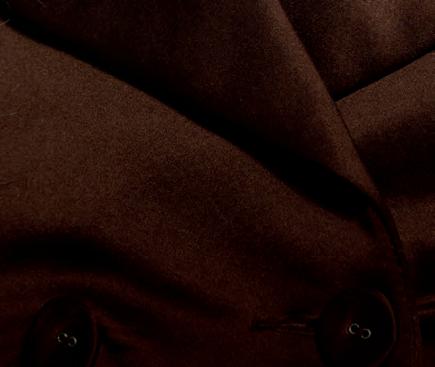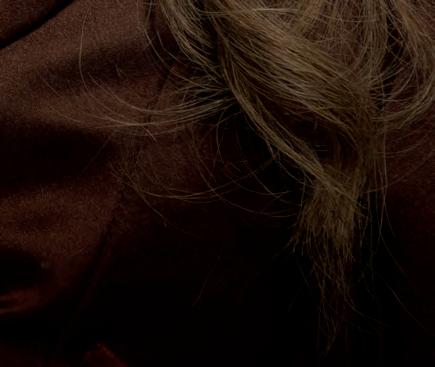


















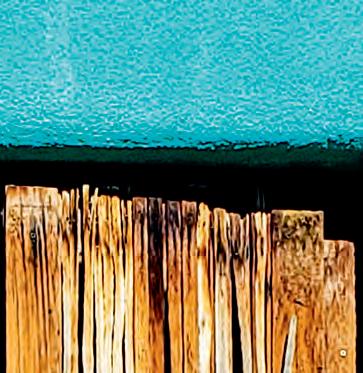
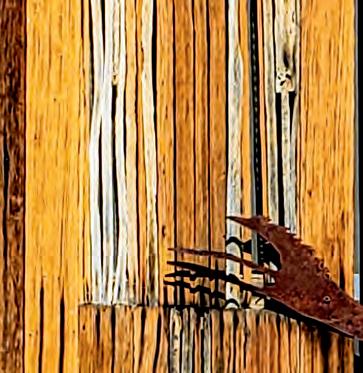





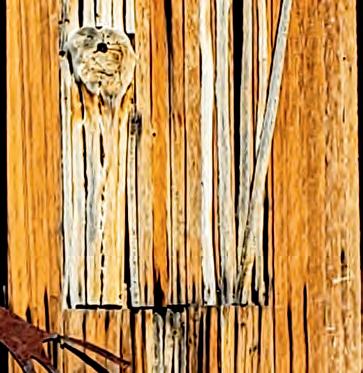
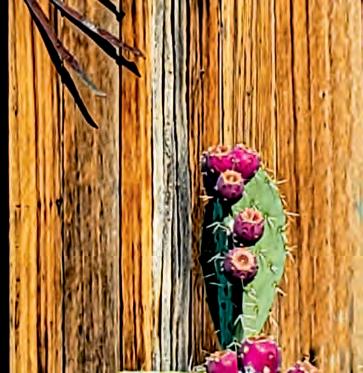



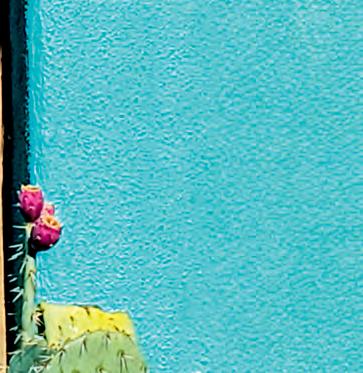





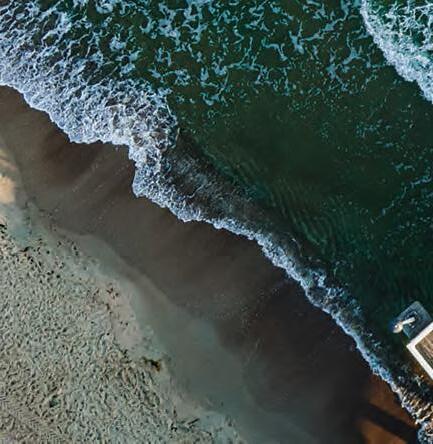
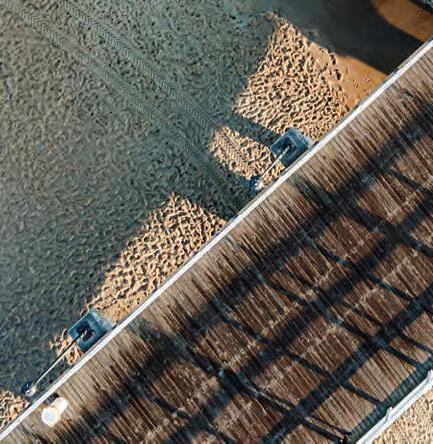
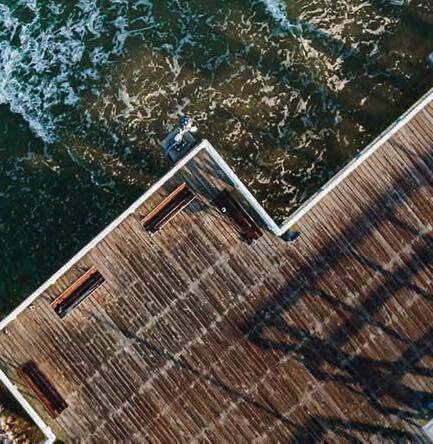
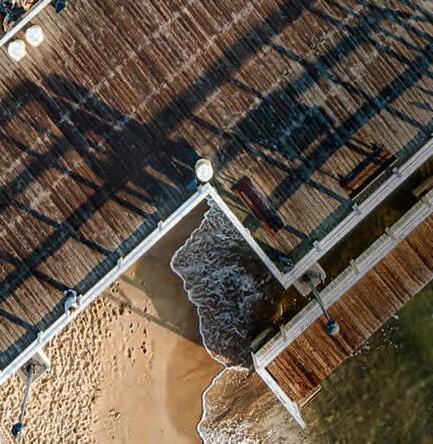
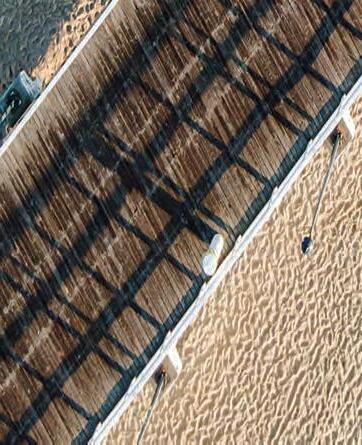
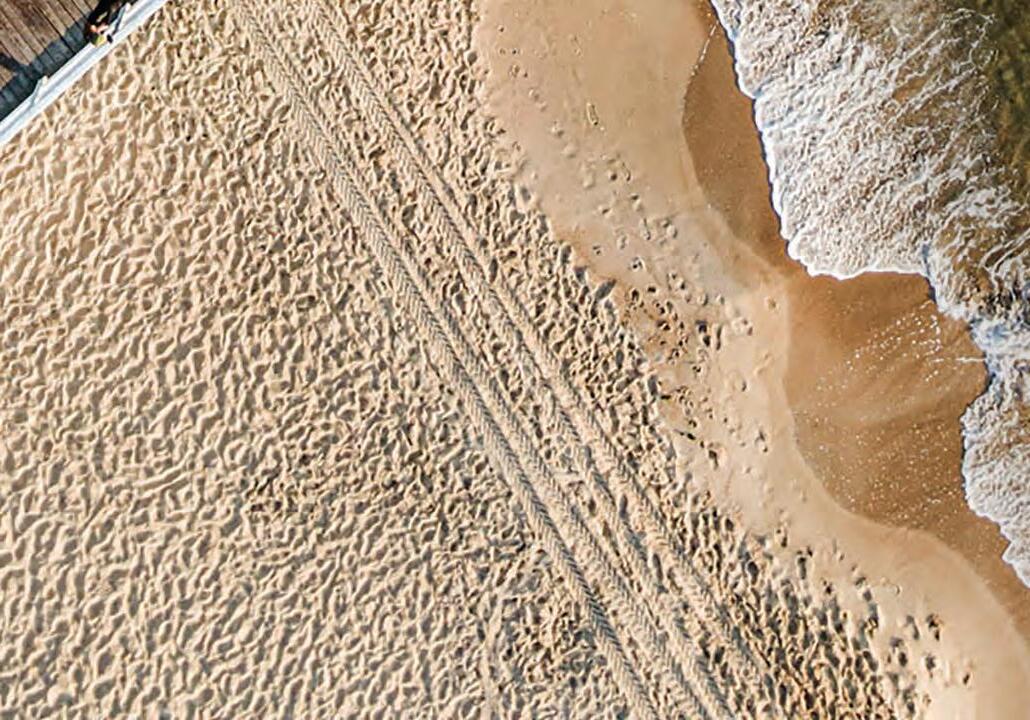
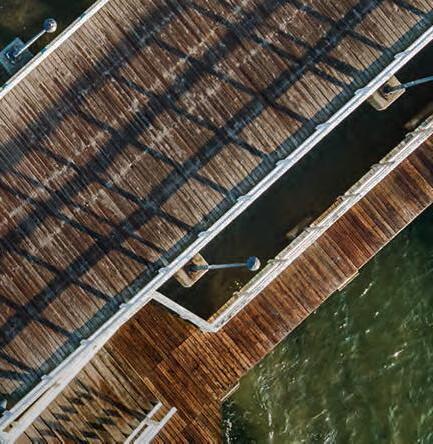
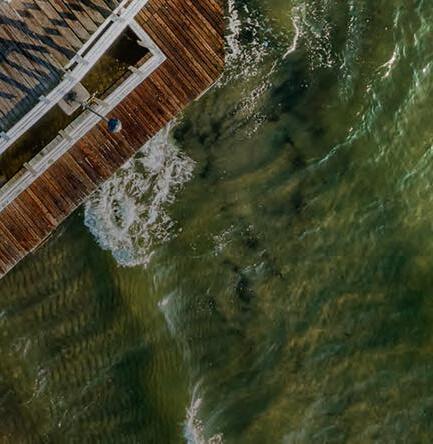


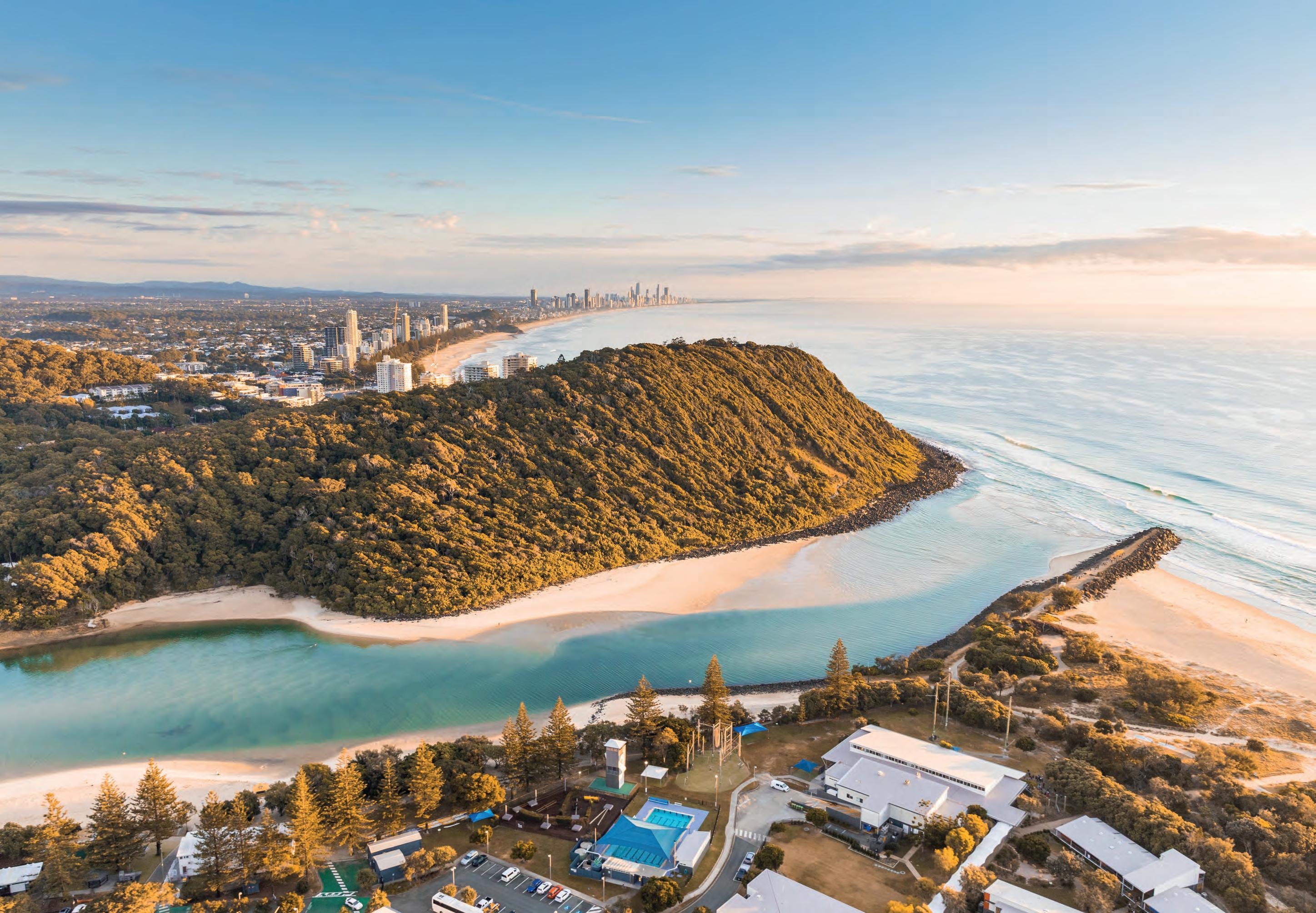



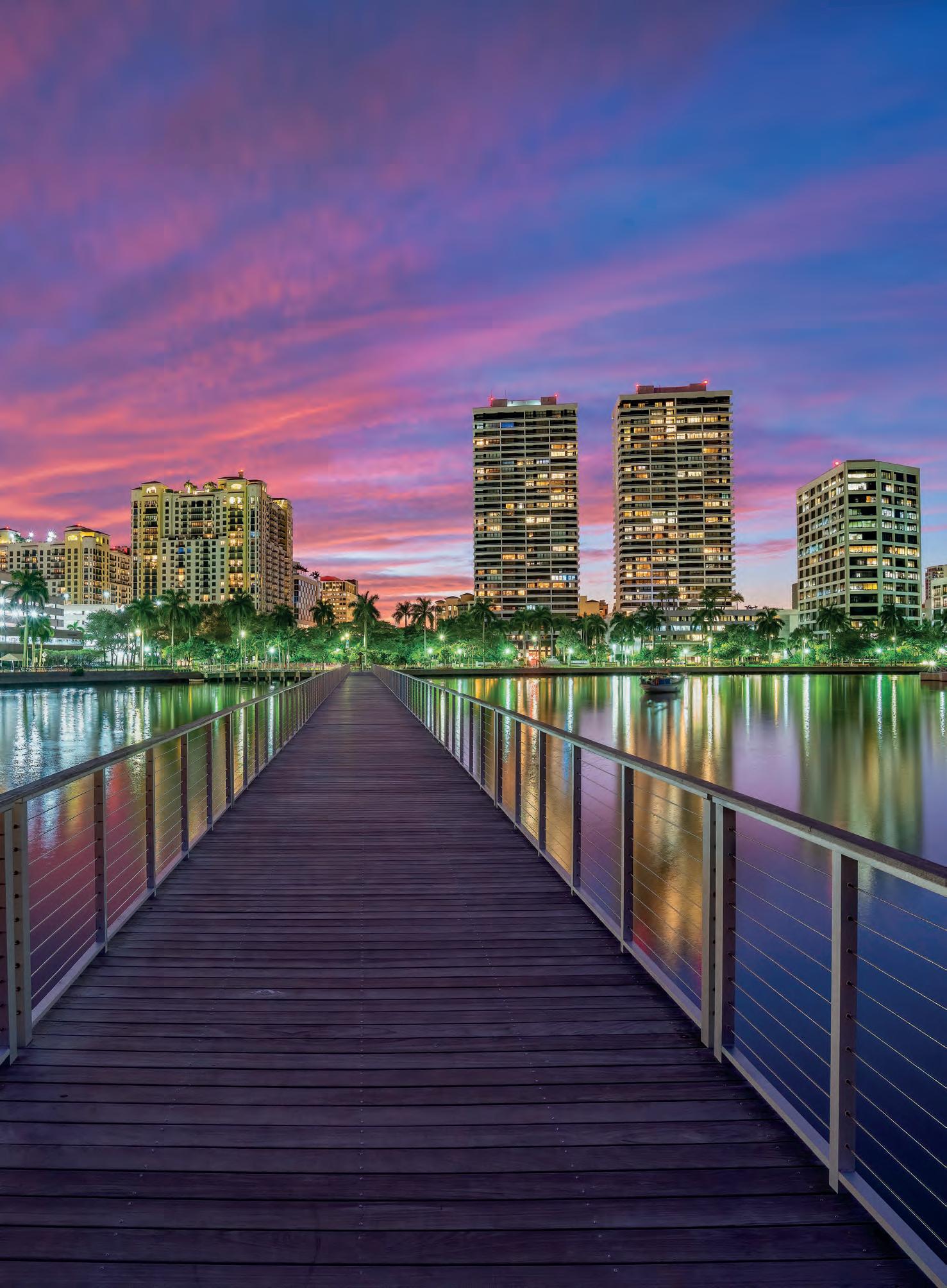
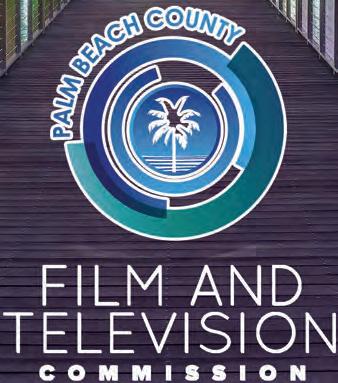
Downtown hustle, uptown charm or even an out-of-town adventure - whatever your project craves, The Palm Beaches, Florida in the USA serves it up with a side of sunshine and a dash of ‘wow.’ With 47 miles of coastal cool, there is a backdrop for every vibe. And our colors? Think Mother Nature with a VIP flter because magic hour isn’t just a moment, it’s a lifestyle.
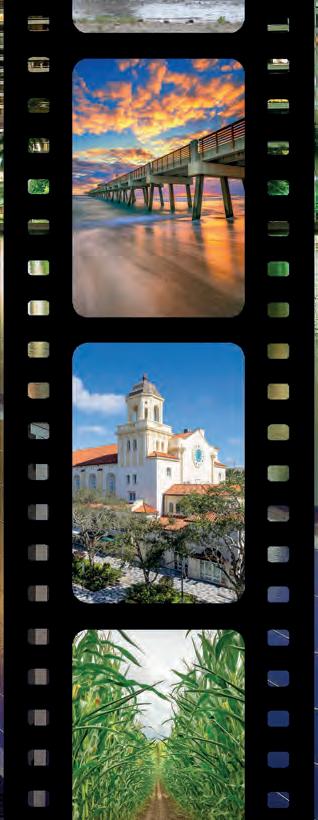
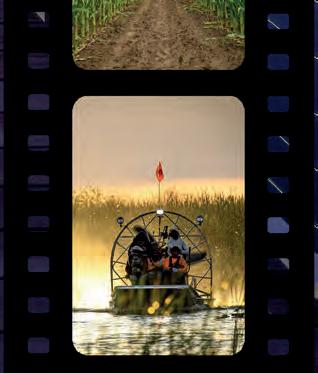








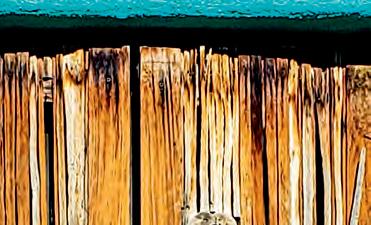

This historic neighbourhood is one of the oldest in Tucson and is known for the largest collection of Sonoran Row houses in the US — typically at roofed with no setback from the street. The colours and textures of these historic houses are extremely cinematic. This locality, like many in Tucson, has long been underused for lming, yet provides a great double for period Mexico circa 1800s. Feature lms shot here include Boys On the Side (1995) and Goats (2012), and it has been used by fashion catalogues and magazines for clients including J Crew, The Sundance Catalog and Vogue.






















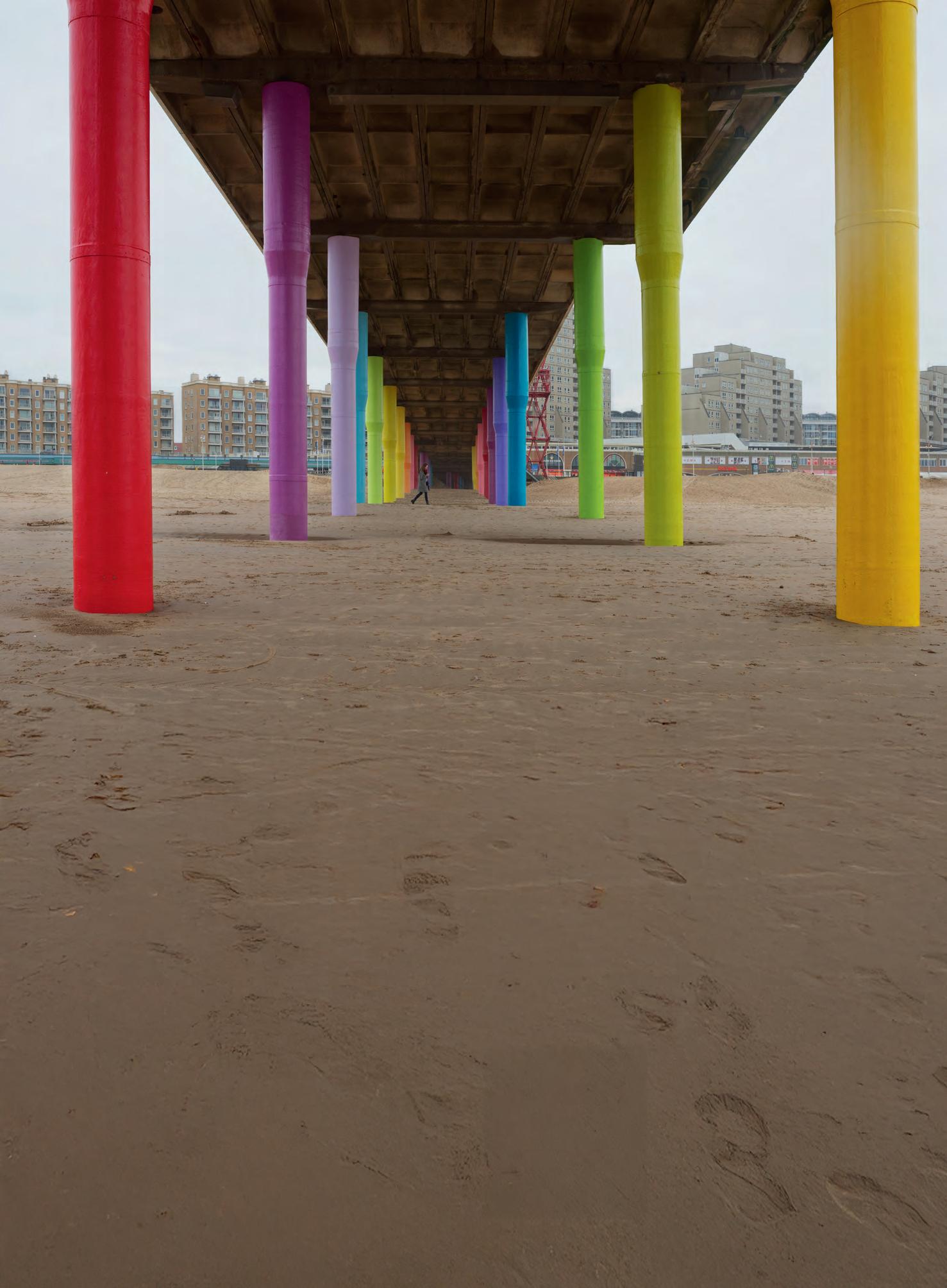


















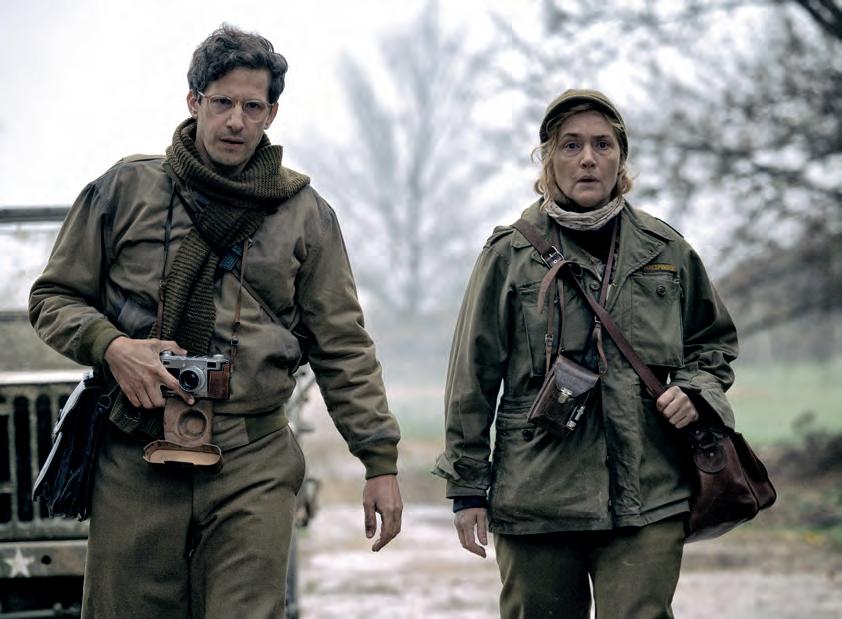
Croatia and Hungary provide many locations for Ellen Kuras' directorial debut, starring Kate Winslet
Despite well-documented disruption over recent years, in the Golden State the movie action never stopped
A tour of Europe reveals every type of landscape, architecture and weather — and a vast network of studios and talent
The year 2024 was when the UK production business drew on its resilience and infrastructure to get back on track
Exploring spectacular locations from around the world
The big three states of California, Georgia and New York continue to dominate, but there are 47 others with unique attractions for the production industry
We follow writer and documentary presenter Betthany Hughes to ancient locations for her new series
Major producers and streamers, as well as indies, are choosing Spain as their production base. We fnd out why
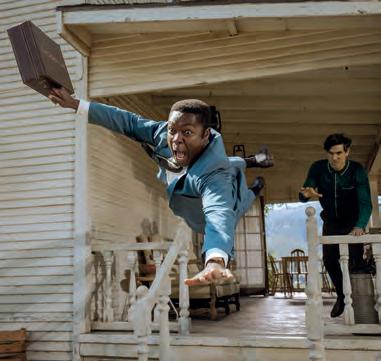
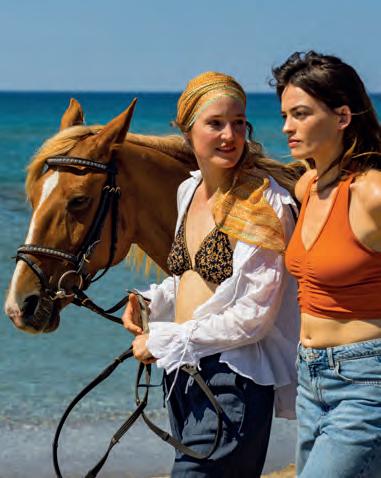

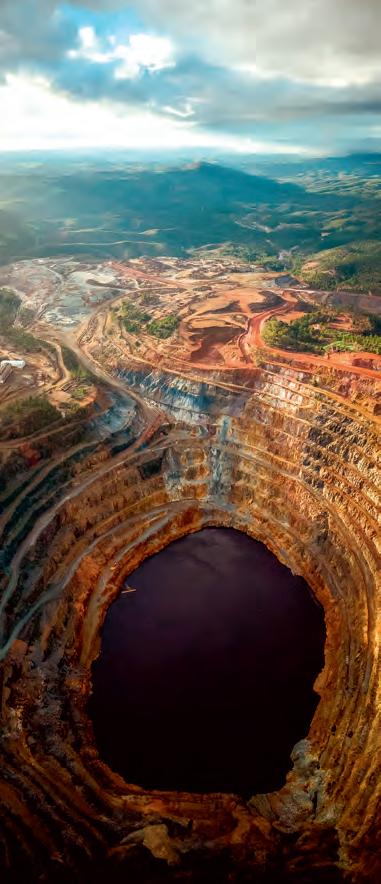























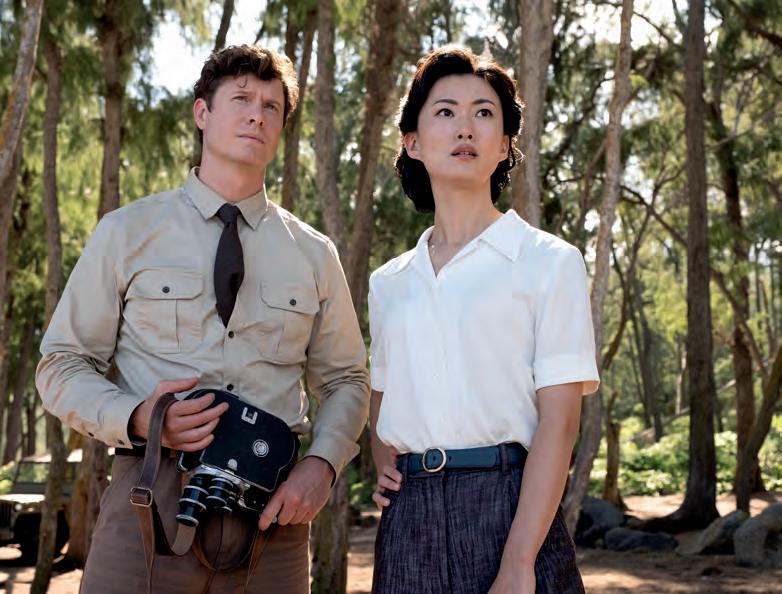
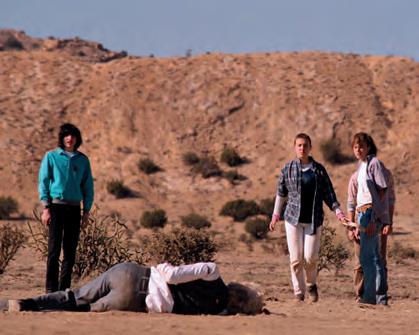
The Asia-Pacifc region is growing in popularity among international producers on the hunt for the next great location
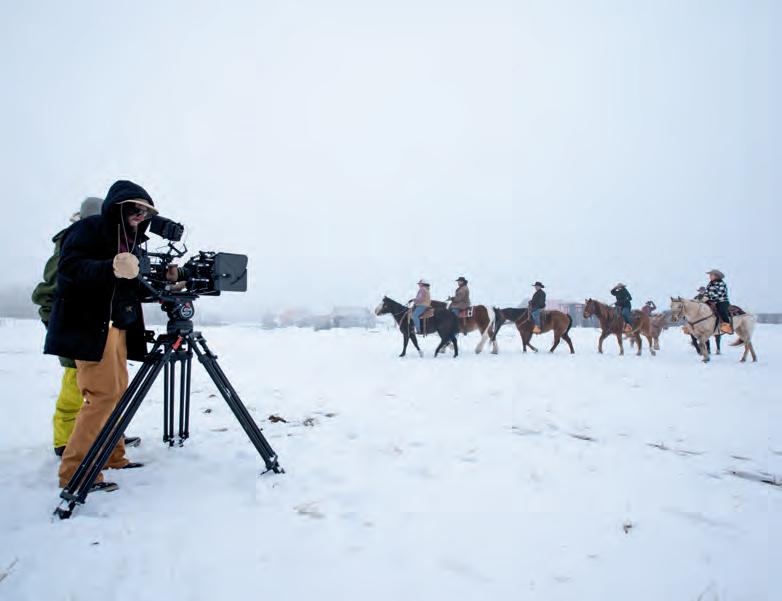
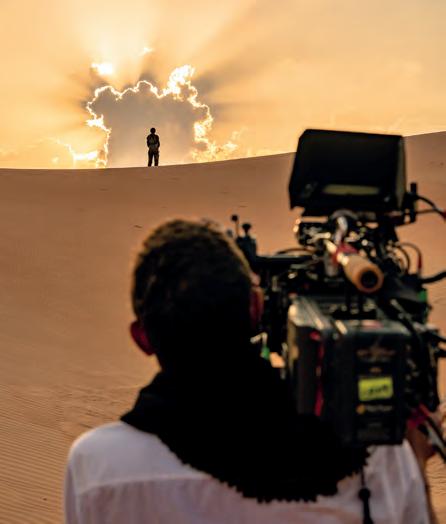
Canada has long been a coveted destination for flmmakers in search of landscapes and cityscapes that can double for anywhere
The production industry in the state of Georgia attracted a remarkable $2.6bn in the year to June 2024
The Middle East and North Africa are hosting and facilitating a growing number of shoots for all kinds of storytelling
Australia is proving to be an increasingly popular production hub for home-grown as well as international projects
128 ADVERTISERS
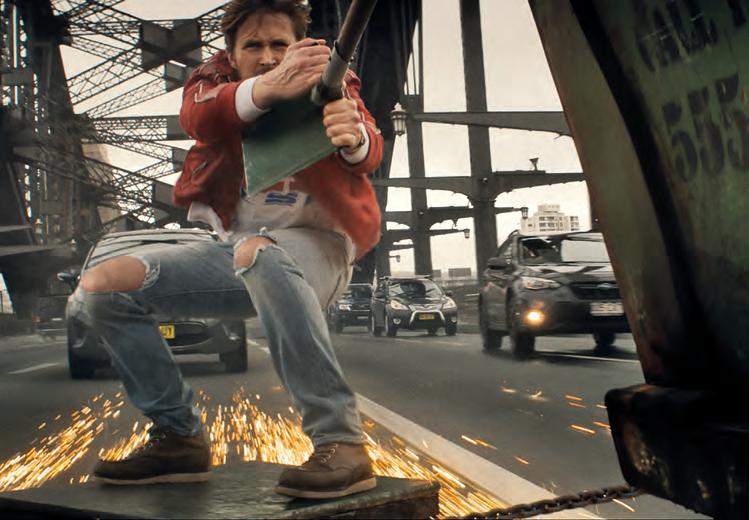

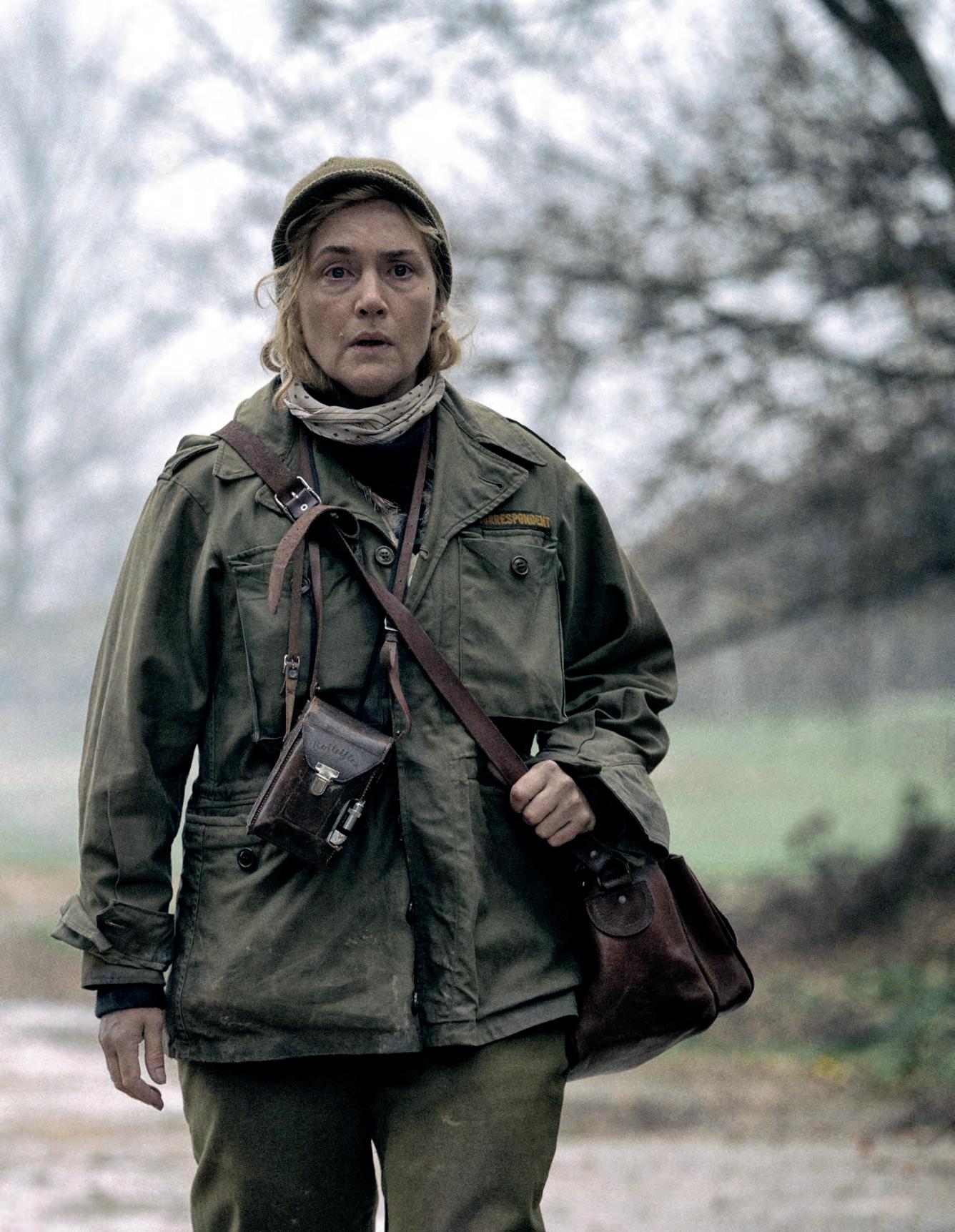
In the flm Lee, the directorial debut feature from award-winning cinematographer Ellen Kuras, Kate Winslet plays American war correspondent and photographer Lee Miller. The flm explores how Miller’s passionate and urgent pursuit of truth took its toll on her personal life. Julian Newby reports
THE WORK of Lee Miller ofers some of the 20th century's most striking images of war, including the iconic photo of Miller herself, posing defantly in Hitler's private bathtub. On the same day that photo was taken, she had become one of the frst people to enter the newly liberated Dachau. Later, at Hitler’s residence, before climbing into the tub, she set up her camera and her partner at the time, the Life photographer David Scherman, took a shot as she bathed. On the same day, nearly 600km across Germany in a Berlin bunker, Hitler and his new wife, Eva Braun, took their own lives.
Born in 1907 in Poughkeepsie, New York, Miller became a model for Vogue and Vanity Fair magazines before moving to Paris to study photography with Man Ray. She set up photographic studios in Paris and New York before relocating to Cairo. A chance meeting with English artist, historian and poet Sir Roland Penrose led to her move to London at the start of the Second World War; the couple later married. From London Miller
traveled to mainland Europe to report from the frontline for British Vogue, her photographs earning her a place in history as a key fgure of 20th-century photography. The flm’s producer and star Kate Winslet came to the project through an unlikely connection with Penrose. “Eight years ago, a really good friend of mine who lives in Cornwall and works as a researcher for an auction house, phoned me and said, ‘There’s an amazing table in an auction that’s coming up and you just have to get it, it’s incredible’,” Winslet says. “I love cooking and hosting big meals, I love old tables, so I bought it.”
It turned out that the table was formerly owned by Annie Penrose, the sister-inlaw of Roland Penrose. It had been the centrepiece to the house where Miller had spent time with fellow artists including Max Ernst, Paul Éluard, Man Ray, Pablo Picasso and Penrose. Miller and her eminent friends and acquaintances would prepare meals, discuss ideas and create at the table. Now in her own home, the table inspired Winslet to tell Miller’s story in flm. But why, thus far, had nobody else made a flm about her? Winslet contacted Lee Miller and Roland Penrose’s son, Tony Penrose, who told her: “Many people have

Kate Winslet
‘I slipped and injured my back, I COULD BARELY WALK. I couldn’t believe it and thought, why has that happened?’
tried to make flms about Lee, we have a whole box of screenplays in the attic that have never been made.” When Winslet asked why, he replied: “They just didn’t quite get her.”
Working together to develop a concept for the flm, Winslet and Tony Penrose soon agreed that the period of Miller’s life that best summed her up was when she worked as a war correspondent for British Vogue. “That period is the 10 years which take her from the pre-war sunlit days of the south of France — where she spent time with her artistic friends — through to the heart of darkness of Dachau,” says actor Josh O’Connor who plays Tony, the young journalist who interviews Miller, taking her back to her time on the front line. It was decided early on that the flm’s director would be a woman. Winslet had worked with Ellen Kuras when she was a cinematographer on Eternal Sunshine of the Spotless Mind (2004) and A Little Chaos (2014) and was keen to ofer her the opportunity to direct her frst feature. “We wanted to be with her, hear her breathe, see what she was seeing, go through these events with her and understand vicariously and viscerally what she was going through so we could better understand her as a person,” Kuras says. “Being able to see Lee’s photos as well as her contact sheets gave us an insight into what she saw and what she was thinking when she took those photos. They were a map to what she was experiencing taking photographs and allowed us to see behind the scenes of some of her most iconic images.”
To create Miller’s world, the production design team began the search for the wide range of locations needed. Traveling through Croatia and Budapest, they found the settings for scenes as varied as Dachau, Hitler’s apartment, the ofces of Vogue, a fshing village, Miller’s villa in the southern French village of Mougins, a feld hospital and many more.
The number of locations the flm required
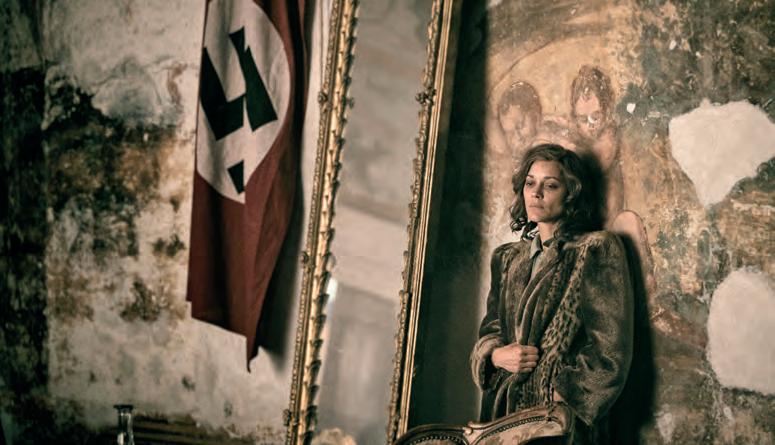
was ambitious for a nine-week shoot, which was made worse by an accident that happened on the day before shooting started: “I slipped and injured my back,” Winslet says. “I could barely walk. I couldn’t believe it and thought, ‘Why has that happened? I then thought it was a timely reminder of the fact that Lee spent most of the time during the war dealing with chronic back pain. I had injured myself and it was really hard for me to even stand up for long periods of time, let alone take good pictures on the Rolleifex camera. It made me really understand what she was made of, to do that for real.” So in true Lee Miller style, Winslet worked through the pain and flming began in Kupari and Dubrovnik in Croatia, September 2022. The flm’s opening sequence featured the siege of SaintMalo in France in 1944. As Kuras recalls: “It was a very challenging schedule from the very beginning. In the frst two days, we had war scenes, explosions, VFX and everything you can imagine.”
As a backdrop to these scenes the production team chose one of the buildings in the bay of abandoned hotels in Kupari. “The location, which was originally a hotel, had been destroyed during the [Yugoslavian] war in the 1990s,” art director Nic Pallace says. “The team had to cut back a jungle of weeds that stood over 15-feet high,”
The team spent weeks carefully recreating the scenes of Saint-Malo shown in Miller’s original photographs. “Kate wanted realism,” producer Kate Solomon says. “She didn’t want pretty or anything that felt too manicured, and this sequence really needed to set the tone for the flm.” With this in mind cinematographer Pawel Edelman used handheld cameras to flm the action, giving the scenes a realistic newsreel feel. From war-torn Saint-Malo, the crew moved to a small seaside settlement situated 20km north of Dubrovnik, where they shot the backdrops to the fun — and sometimes somewhat self-indulgent — pre-war days Miller and her artist friends spent in the south of France. Kuras and the team talked about there being “more colour, more light” in the south of France. “There’s a lightness of being. And we wanted to get that sensibility and that feeling through the cinematography,
Marion Cotillard
‘It feels France.like I WAS BLOWN AWAY by the location itself and by the light’

production designer Gemma Jackson adds. “Using diggers, they had to clear away huge amounts of concrete to allow them to lay down a foor of recreated cobble-set stones, which our very skilled team from Budapest had made by hand. Painting the set to get the colours correct, they then had to bring lorry loads of hard rubble, broken timbers, furniture and vehicles to dress it.”
the way the sets were designed, the way the wardrobe is designed. We wanted to capture the sense of these carefree days with just the hint of the underlying rumble of the rise of Hitler,” Kuras says. That Croatia served as a perfect double for the south of France is confrmed by French actor Marion Cotillard, who plays Solange d’Ayen, fashion editor of French Vogue and friend of Miller: “It feels like
France.” Cotillard says she “was blown away by the location itself and by the light”. For Alexander Skarsgard, who plays Roland Penrose: “It was absolutely delightful. My frst week of shooting was flming the whole sequence when Roland and Lee frst meet. It was a time of freedom and when they fell madly in love. They were in the sun with their friends, eating, drinking and having a great time and so were we!”
As Miller makes her way back to Paris in the midst of the war to revisit friends, Budapest served as the perfect double for the French capital, with its architecture from the Austro-Hungarian Empire, and the long, wide boulevards. Budapest also provided settings for the Vogue ofces, Hitler’s apartment and Dachau.
“The Vogue ofce set was exquisite,” actor Andrea Riseborough says. Riseborough plays Audrey Withers, an English journalist, a member of the Council of Industrial Design and editor of British Vogue between 1940 and 1960. Every detail “down to the tea service was enviable”, Riseborough says. “What was also wonderful about it was the way that Gemma had set out the original covers of Vogue, which were all mostly hand painted and drawn and sketched and one of them is of Lee. These relics of a bygone era were evidence of Vogue’s achievements. It was a beautiful set and so wonderful to be in.”
A moving scene of the flm is where Miller discovers Solange in her war-ravaged mansion. “This is when Lee makes her way back to Paris during the war and tries to track down her friends. She, of course, goes to where Solange and Jean used to live in a very opulent Parisian mansion, and walking through the door sees the Nazi fag as well as the destruction they have left behind,” Solomon says. “Here in this room, she stumbles across a woman sweeping the foor. She looks tortured, thin, broken. Lee realises it is Solange. It’s a heartbreaking scene, and you really do feel that it’s the beginning of the end of what was once a beautiful friendship.”
The team looked all over Croatia for the mansion, but “it was hard to fnd buildings with the right architectural embellishments”, Jackson says. Eventually she remembered a location she had visited on a previous scout in Croatia:
“It had beautiful painted walls and the strength of it gave a special magical quality to it. It was rather elegant.”
“Gemma and her team had done an incredible job creating the set, and Pawel’s lighting was breathtaking,” Solomon says. “Watching the scene play out between Marion as Solange and Kate as Lee was like witnessing a masterclass in acting. It was a real privilege to watch these two incredible actresses work together to create one of the most moving and compelling scenes of the flm.”


It’s been a tough few years for the state of California. And as the birthplace of the modern movie industry, what happens there will always affect the production sector, even beyond the Golden State. But as Andy Fry discovers, the action never stopped
TTHERE’s no question that the recent spate of wildfires in southern California has devastated communities. With reconstruction expected to cost $250-$275bn, it will require a monumental effort by public and private stakeholders to re-establish normality for businesses and residents in Greater Los Angeles.
Nevertheless, the people of the Golden State are known for their resilience and are already getting back to business. Governor Gavin Newsom launched a new initiative to “rebuild and reimagine” LA areas devastated by the fires while media giants pledged more than $80m to relief efforts. Through it all, the home of Hollywood continues to embrace wave after wave of production. Recent arrivals include Michael Jackson biopic Michael (2025) and Amazon series Fallout (2024), which relocated to California from New York for its second season.
Explaining the state’s core appeal, California Film Commission (CFC) director Colleen Bell says that producers are “drawn to the state because of the sense of freedom that exists here. There is a spirit of creativity and diversity that is alive and growing.”
In terms of the practical benefits of filming in the state, she adds: “We have a continent's worth of landscapes in
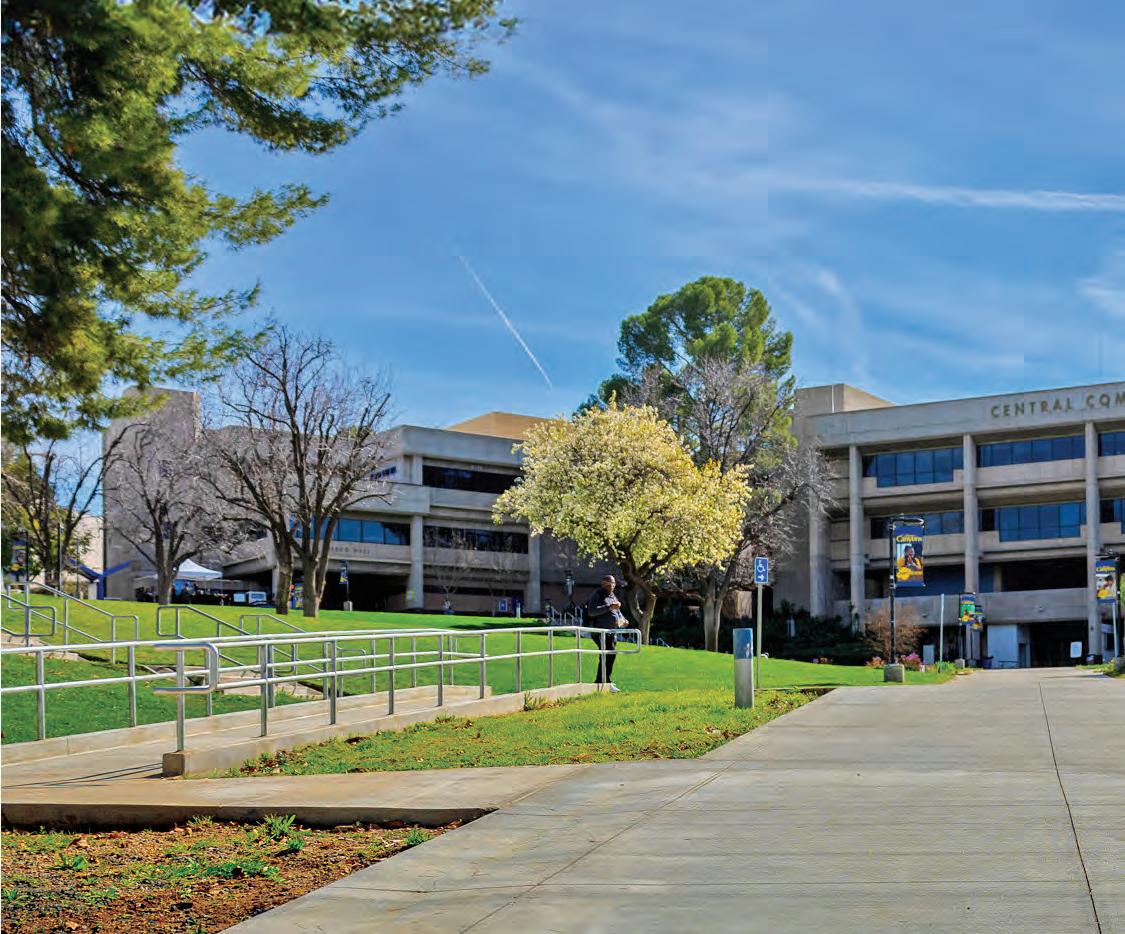

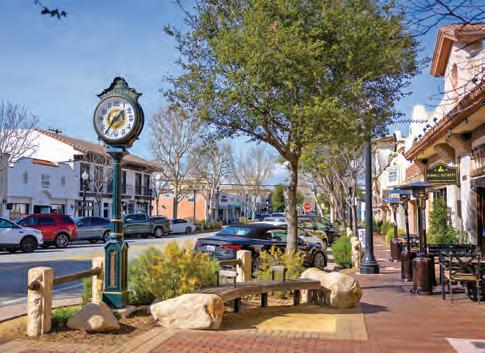
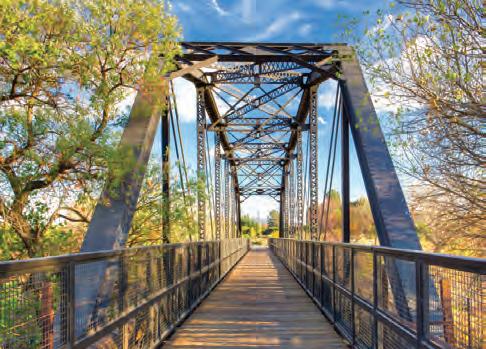

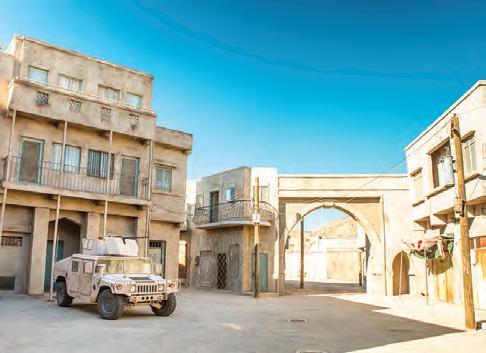
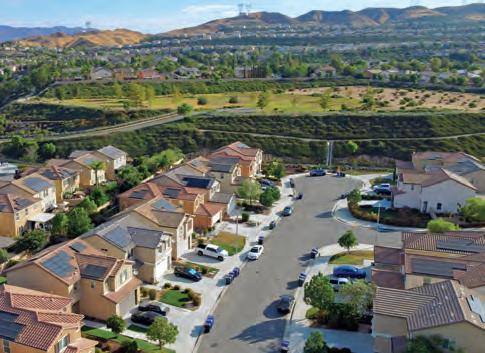



California. There are small ‘Anytown-America’ towns, large cities, deserts, mountains, rivers and the Redwoods in the north.”
One upcoming film that will showcase the range of California’s locations is Paul Anderson Thomas’ hotly anticipated One Battle After Another, which stars Leonardo DiCaprio and Sean Penn, among others. Winner of the Location Team of the Year – Studio Feature at the 2024 California On Location Awards, the flm shot around Los Angeles, San Diego, Sacramento and numerous other counties, including Humbolt, Imperial and San Joaquin. Discussing the project, supervising location manager Michael Glaser said: “10 counties lodging, nine flming. We stayed in Riverside. We were in Lake Tahoe and San Juan Bautista.… The palette of California is so vast. There’s not a lot of locations you can’t get from the north to the southern border.”
Bell adds that the state is great at doubling for other parts of the US, as it proved recently with Apple TV+ series Presumed Innocent (2024), which replicated Chicago in Pasadena. She also says it benefits from state-of-the-art infrastructure.
“The crews, vendors and studios are extraordinary. I loved Netfix series The Residence (2025), a whodunnit based in
Colleen Bell “Producers are drawn to the state because of the sense of freedom that exists here”
Episode 101 of The Residence, (2025) with Isiah Whitlock Jr (left) as Larry Dokes; Dan Perrault as Colin Trask; Uzo Aduba as Cordelia Cupp; Randall Park as Edwin Park; Andrew Friedman as Irv Samuelson; Ken Marino as Harry Hollinger; and Molly Griggs as Lilly Schumacher. Raleigh Studios in Hollywood served as the flming location to replicate the iconic 1600 Pennsylvania Avenue building.
Photo: courtesy Erin Simkin/ Netfix
The White House. In my former position with the US State Department, I spent a lot of time in The White House and the set was incredibly authentic.”
Bell has no hesitation in calling California “the home of entertainment”, though she stresses that no one is resting on their laurels. “There’s a lot of global competition, so we are always analysing how we can maintain our edge.”
The key tool for doing this has been the state’s Film and TV Tax Credit Program, launched in 2009 and expanded over the years to keep pace with demand. As of Q4 2024, it has generated $26bn in economic activity and supported 197,000 jobs. Recent projects to have been backed by the programme include Suits LA, HBO’s Latitude and 20th Century’s All Fair. Another recipient, Lucasflm’s The Mandalorian & Grogu (2026), is expected to inject $166m into California’s economy. Coming right up to date, the CFC recently rewarded 51 independent and non-independent flms, the most projects ever approved in one application window. Collectively, these productions are expected to generate $577.8m in expenditure. Among them is a project for NBCUniversal from Academy Award-winning flmmakers Daniel Kwan and Daniel Scheinert, and producer Jonathan Wang. They say: “On Everything Everywhere All At Once [their 2022 movie], we received the tax credit, and had we not, it would have been utterly impossible to make that flm.”
Other projects that have just secured support from the CFC include Apple TV+’s Imperfect Women, which stars Elisabeth Moss and Kerry Washington. Based on Araminta Hall’s dark novel, the series delves into the decades-long friendship of three women who meet in college. The project will flm for 85 days in California, spending more than $61m in qualifed expenditures and employing over 375 cast and crew. Ironically, the biggest problem with the tax incentive
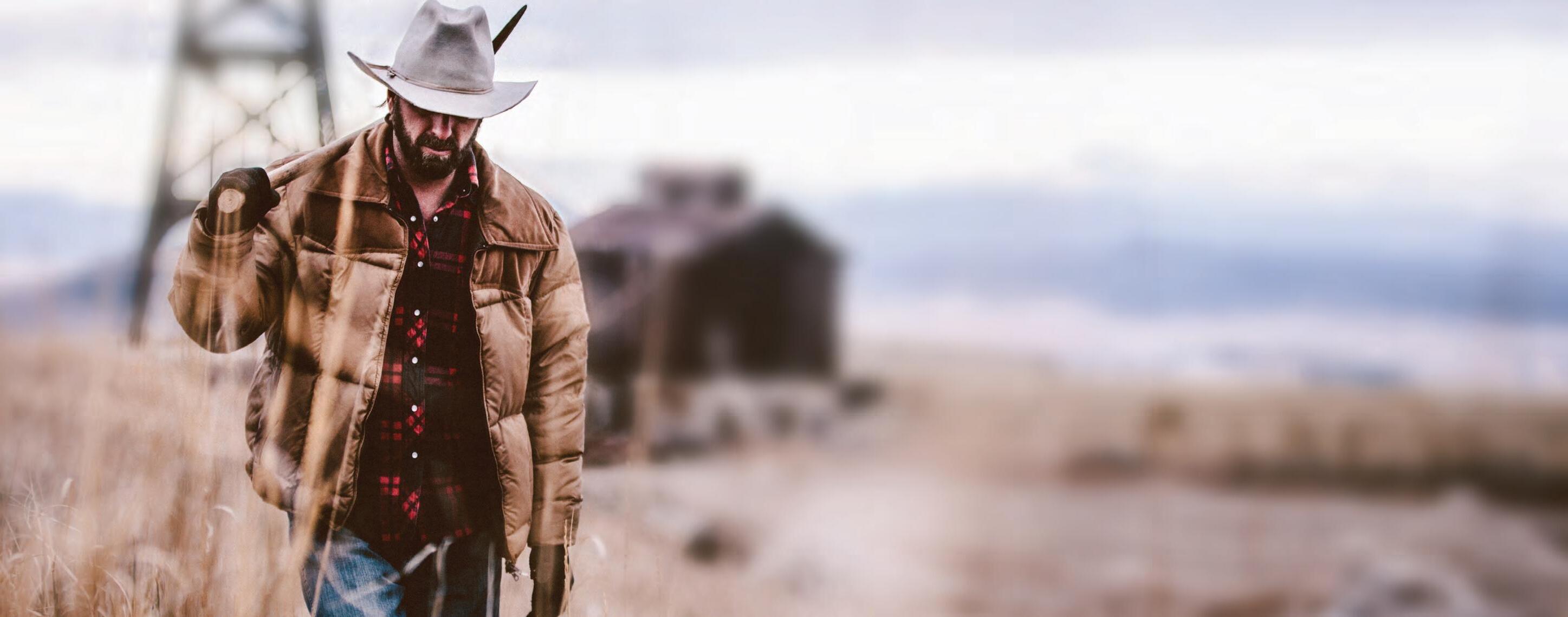

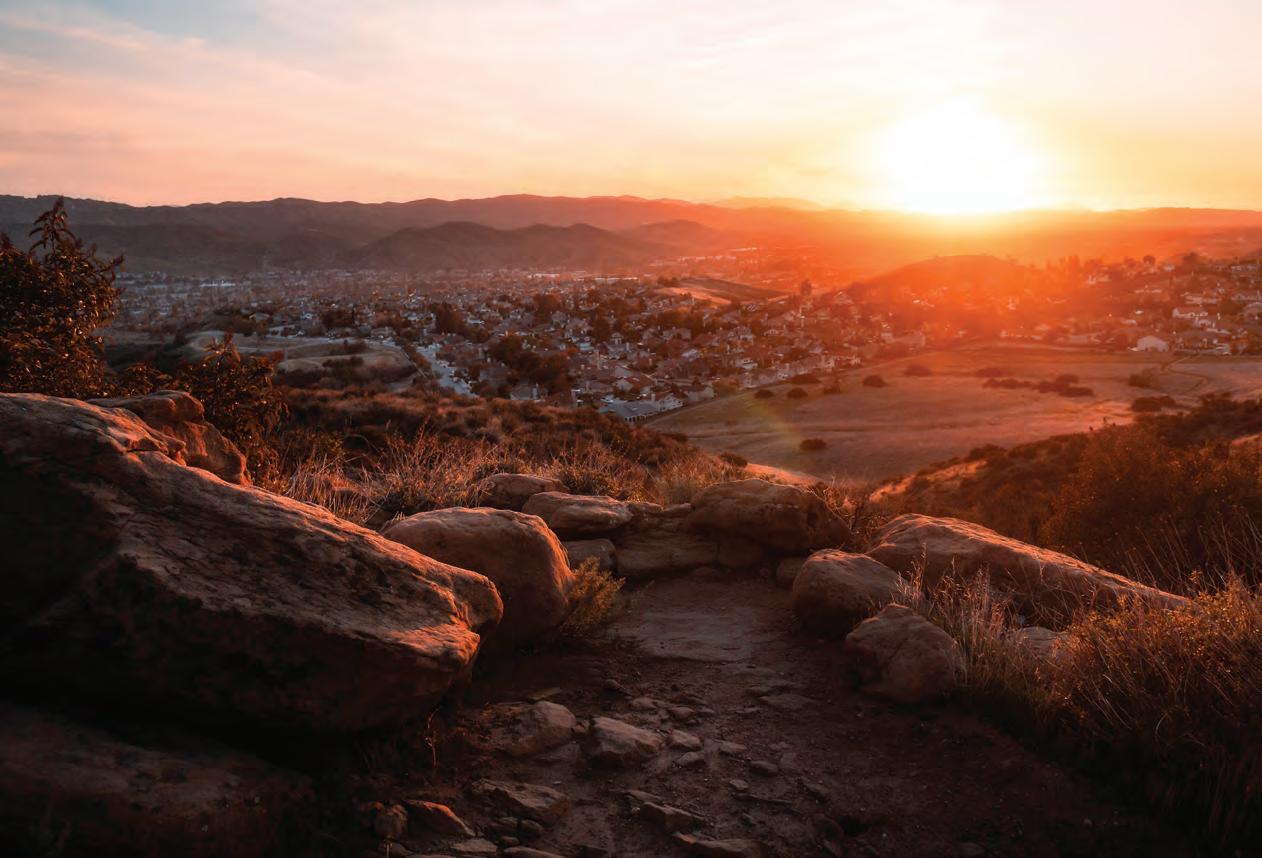
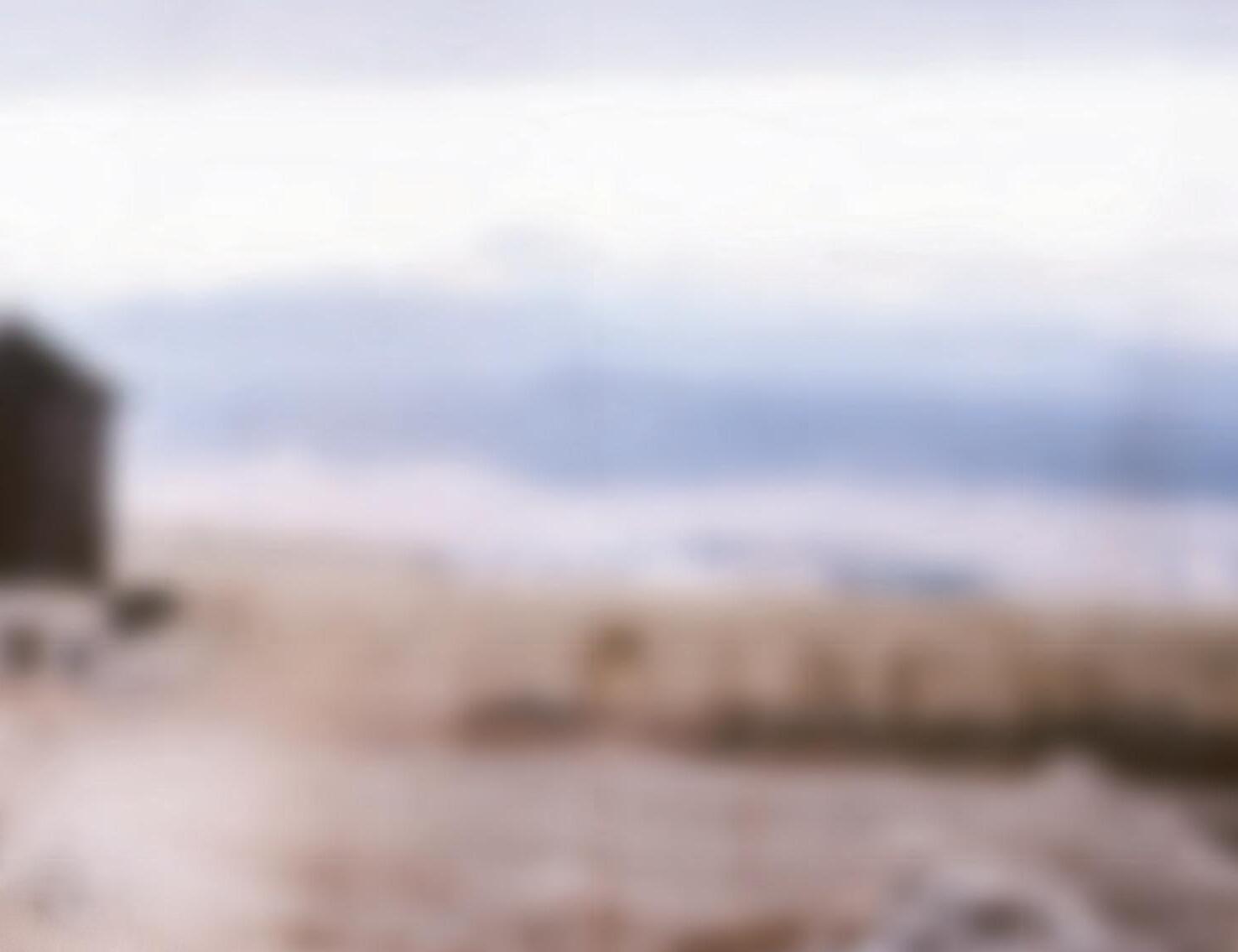


















Jamie Crosbie “Over the last year we have completed two new buildings. This was another step in the deep investment in the Universal lot over the last decade”
is that it is too popular. Its $330m annual budget ceiling means many productions that want to shoot in the state are turned away. To put this in perspective, between 2020 and 2024, California lost an estimated $1.6bn in spending due to the tax credit cap. Governor Newsom is, however, hoping to address this by expanding the annual budget from $330m to $750m. Bell says such an increase would allow California to lure more projects back to the Golden State. Most production in California happens within L.A.’s Thirty Mile Zone. Some of this takes place on the streets of the city itself, while there is also a constant fow of work through the major studio lots. Complementing this are bustling hubs on the outskirts of Los Angeles — notably Santa Clarita and Simi Valley. As with most global production hubs, 2024 was a relatively quiet year, but FilmLA still reported 23,480 on-location shooting days across the year in Los Angeles. The major studios also got back into gear after the impact of budget cuts and industry strikes. Jamie Crosbie, senior vice-president studio services, at Universal Production Services, says the Universal Studios Lot “continues to host a dynamic mix of streaming, television, commercial projects — both in-house and third-party. Recent productions include Happy’s Place (2024), Suits LA (2025), Hacks (2021-), Loot (2022) and Ted (2024).”
The Universal Studios Lot currently consists of 33 sound stages, extensive production and post services, and more than 30 backlots such as a fve-acre New York Street. This is being developed all the time to meet producers’ needs,
Crosbie says. “Over the last year, we have completed two new buildings, the three-storey Employee Commons and the 11-storey One Universal ofce building. This was another step in the deep investment in the lot over the last decade, which has included 14 new sound stages, the Hitchcock Mixing Stage, remodels of ofce buildings and many other projects.”
Still within the Thirty Mile Zone, Simi Valley has a long tradition of hosting iconic productions, including Little House On The Prairie (1974-83) and The Lone Ranger (194957), which flmed at the Corriganville Ranch. Today, Simi offers producers ranches, backlots, standing sets, postproduction facilities, 70,000 sq ft of sound stages and a variety of locations. One popular haunt is Hummingbird Nest Ranch which has hosted major series including naval crime drama franchise NCIS. Speaking to local media outlet VC Star, Simi Valley mayor Dee Dee Cavanaugh said: “Simi Valley’s appeal extends well beyond its Western roots. The city has welcomed productions from Captain America: The First Avenger [2011] to the acclaimed Everything Everywhere All at Once. This versatility underscores Simi Valley’s status as a premier destination for flmmakers.”
The numbers back her case. In 2024, Simi Valley saw 426 production days, equating to $11.1m in terms of economic impact. Among 286 visiting productions were 9-1-1: Lone Star, The Rookie and The Last Thing He Told Me, starring Jennifer Garner. Cavanaugh says the Valley’s flm-friendly leadership and dedicated infrastructure have been key to its success. Simi-based Allied Studios, for example, is expanding its footprint, introducing new stages, offices and adaptable spaces that will enhance the area’s ability to accommodate filmmakers. Nearby Santa Clarita, also within the Thirty Mile Zone, is another frm favourite for flm and TV production. In 2024, the city secured 897 flming days resulting in $19.2m in economic impact, says Evan Thomason, economic development associate at the city of Santa Clarita: “Notable projects to have flmed here include Wolfs (2024)and MaXXXine (2024), while we also welcomed back TV series including NCIS (season 22) and SWAT (season 8). There were commercials, including T-Mobile, Walmart and Starbucks, and music videos for Charli xcx, Billie Eilish and Doja Cat.”
Thomason says Santa Clarita’s impressive line-up of stateof-the-art studios and movie ranches is the cornerstone of the city’s thriving production business: “We have about 60 sound stages and 10 movie ranches all in close proximity.





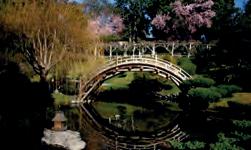
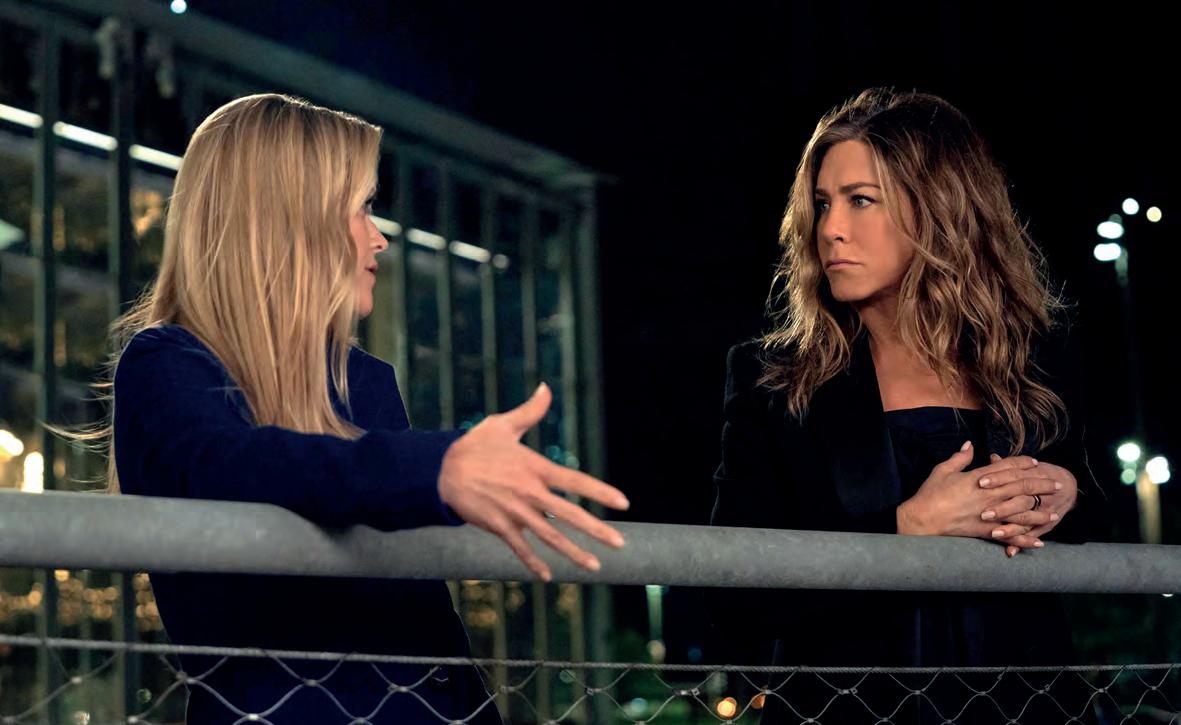
The ranches have wide-open spaces and open-air backlots that can double for Western towns, the war-torn Middle East or Central America. One of the bigger ranches, Disney’s Golden Oak, is situated on about 900 acres and has a wide variety of geographical looks, residential streets and a business district.”
California’s movie ranches are undoubtedly one of the state’s USPs. Explaining why, Thomason says: “Aside from the built locations and natural topography, what flmmakers really love about ranches is the privacy. They are controlled spaces, so you don’t have to worry about people coming in and out.”
Six of Santa Clarita’s ranches are in a so-called “overlay zone”. This, Thomason says, “is a planning designation that means these movie ranches can flm by right”.
Santa Clarita isn’t just about studios and ranches either, Thomason says. “There are old and new neighbourhoods that can double for parts of the US. And we're also close to Vasquez Rocks, an amazing rock formation used in a lot of flms and TV.”
One of the key players in the Santa Clarita region is LA North Studios, which has grown consistently since it was founded in 2018 by Anthony Syracuse and John Prabhu. Syracuse, a feature-film construction manager by trade, says the company now owns or operates a total of seven complexes in the Greater Los Angeles area. This means its clients have access to a total of 26 sound stages, 15 owned by LA North and 11 by third-party outfts. Syracuse, whose studios can handle both films and high-end TV, sees evidence that productions are beginning to book into studios again. He is optimistic about the proposed increase in the incentive cap: “It levels the playing feld. It means every show that wants to be in California and qualifes can stay here, instead of going to New Mexico or Georgia.”
Syracuse also flags up another significant change in the incentive programme — the new transferable credit rules. “That is the most important thing. Currently a lot of California’s major media companies can't apply for the tax
credit because of their status, but that changes under the new programme.”
Syracuse has a lot of faith in the California proposition but says increased competition and recent changes in the geopolitical landscape mean zero room for complacency: “We’re in a global market, so it isn’t enough to say we are the birthplace of flm and TV. Every time we get the opportunity to work, we need to show clients we can work harder and faster than anyone else.”
This mindset seems to be paying of, with LA North having hosted projects as varied as HBO’s Euphoria (2019), feature film Michael (2025), Disney’s Wizards Of Waverly Place (2007-12) and Fallout (2024). “Fallout is a best-in-class Amazon project that has been shooting all over southern California including on our largest sound stage and a local movie ranch. It’s been really good for the industry that it relocated here from the east coast.”
Location manager Mandi Dillin agrees, having also worked on the second season of the show. A seasoned industry fgure, she continues to hold the line that “the absolute best crews are in California and the variety of landscapes cannot be beaten. In one day, I have started in a mountainous pine forest, crossed over a desert and ended up at the beach.”
Like many, Dillin was personally afected by the fres, but says the industry continues to make its magic. “I’ve been very busy in 2024 and 2025. Aside from Fallout, there has been season four of The Morning Show and Government Cheese for Apple.”
Government Cheese is a comedy set in 1969 San Fernando Valley that tells the story of the Chambers, a quirky family pursuing seemingly impossible dreams. Dillin says: “It’s another period piece for me, but the storyline is so fun and whimsical we were able to be creative with our locations.”
Dillin says she has been doing more “cold scouting” in recent times, which is “both intensive and satisfying. We’ve spent hours driving around looking for untouched locations and have found gems by talking to people in neighbourhoods.”















































Big-time landscapes ready made for the big screen.



Three hours from Hollywood, SLO CAL (San Luis Obispo County, California) offers 3,616 square miles of wide-open coast, classic beach towns, sprawling ranchlands and lush vineyards. Find the perfect backdrop for your next commercial, photo shoot, TV series or feature film. With 315 days of sunshine here, it’s always a beautiful day on set. Start scouting your perfect location at FilmSLOCAL.com



While greater Los Angeles is still her key stomping ground, Dillin has also been scouting more outside the Thirty Mile Zone. “Me and my team have become more familiar with a variety of desert ranches and were fortunate enough to flm in the Mojave National Preserve. We also spent a lot of time in San Bernardino.”
Increasingly, counties just outside the Zone have become popular filming destinations. In part, this is because productions are increasingly willing to go the extra mile to fnd the perfect location. But it also helps that there is a 5% bump to the tax incentive for flming outside the Zone. One particularly exciting development is a new $85m studio complex being built in Chula Vista, which could have a massive impact on the volume of jobs based in San Diego County. Riverside County, south of San Bernardino, is one place that has become a popular choice for filmmakers, ofering everything from a quaint mountain town to midcentury modern homes. With credits including A Star Is Born (2018), Don’t Worry Darling (2022) and Invasion (202125), the county has seen signifcant economic impact from flming. For H2 2024, it estimates permitted productions generated around $4.63m for the county.
The county hosts multiple fam tours each year and used 2024’s tours to introduce location managers to Ingalls
Mandi Dillin “We’ve spent hours driving around looking for untouched locations and have found gems by talking to people in neighbourhoods”
Riverside County, south of San Bernardino, is one place that has become a popular choice for flmmakers, with credits including Don’t Worry Darling, starring Florence Pugh (left) and Harry Styles.
Event Centre, LA Circus prop house, Flabob Airport and Indian Wells Tennis Garden. Other key locations include Lake Elsinore, which welcomed returning series Very Scary People (2019-). San Luis Obispo County (SLO CAL) is another diverse and film-friendly region that offers producers a cinematic playground within a compact and easily accessible footprint. “In SLO CAL, you can get more done in less time,” the county’s flm commissioner Matt Halvorson says. “With minimal trafc, supportive jurisdictions, and close proximity between vastly different locations, it's a shortcut to high production value.”
Halvorson says SLO CAL is “one of the most visually stunning and geographically diverse regions in California. In a single day, you can flm along dramatic coastlines, inside dense forests, across rolling vineyards and through charming small towns. Our most popular location, the Oceano Dunes, gives of the feeling of being in the Middle East or Sahara Desert.” It's also a flm-friendly location, he adds: “Our communities understand the value of flm and welcome productions with open arms. If you need to lock down a city block or shoot a car chase down a coastal highway, we can make that happen.” In fiscal year 2024, SLO CAL had 112 film days and 41 productions, with an estimated spend of $560,000. “In early March, an Audi car commercial flmed for four days in the City of SLO, Morro Bay and along Highway 1, from Morro Bay up to Ragged Point,” Halvorson says. “In November 2024, a flm starring Brad Pitt was flmed at the Oceano Dunes. Other notable productions to have visited include NBC’s This Is Us (2016-22), which flmed its season fnale in Paso Robles.” Away from Southern California, arguably the most signifcant production hub in the state is San Francisco. Flying the fag for the city, Film SF executive director Manijeh Fata says it offers “versatility with its iconic landmarks, sweeping cityscapes, architectural diversity and balance of nature and technology. The city has been the backdrop for classics like Vertigo (1958), Mrs. Doubtfre (1993) and Bullitt (1968), as well as indie flms including The Last Black Man in San Francisco (2019) and The Diary of a Teenage Girl (2015).”
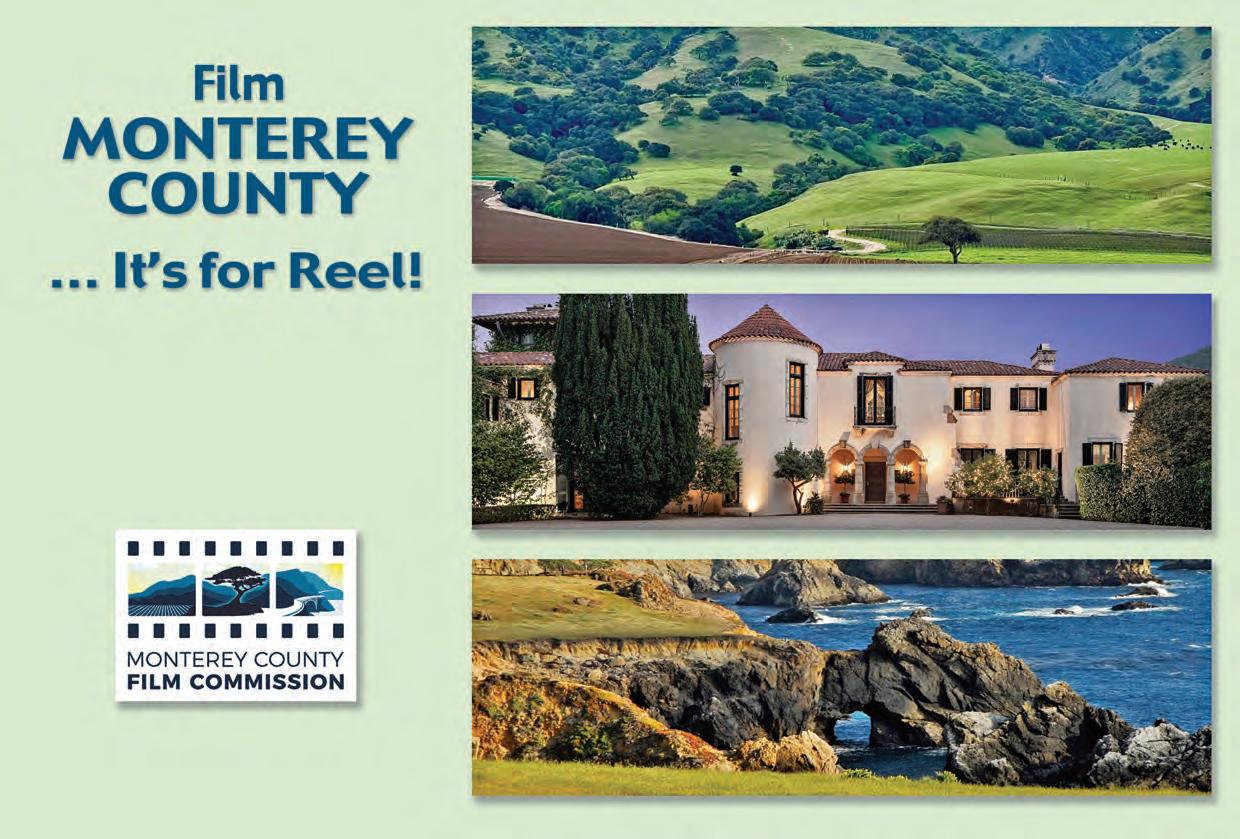

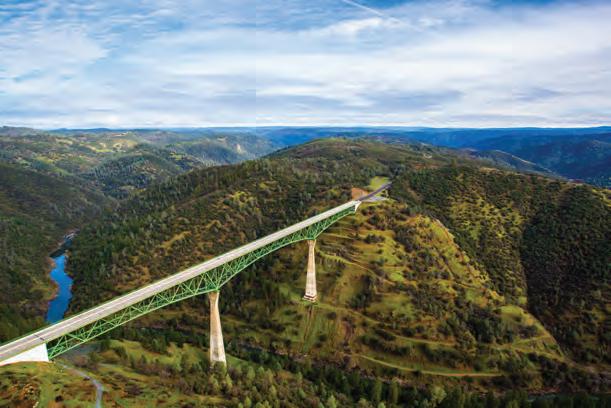


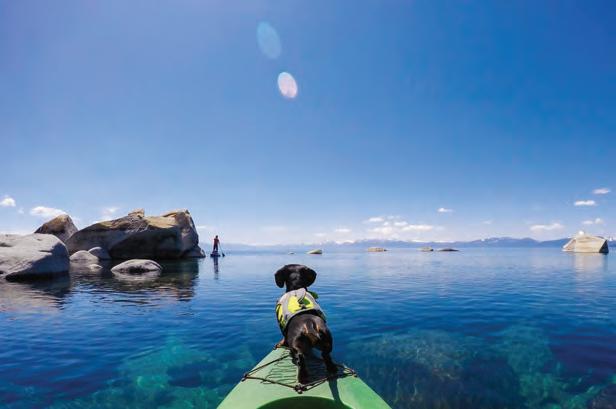

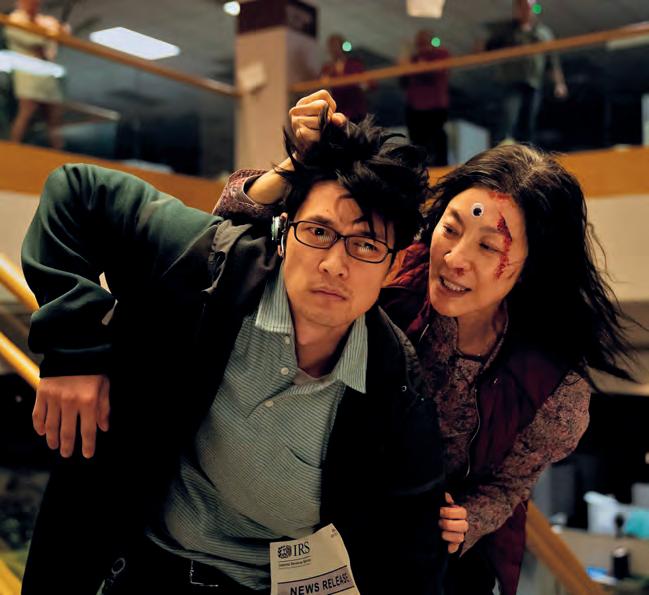
It's not just the city’s locations that capture producers’ attention, Fata adds. “With our skilled workforce, vibrant flm and media ecosystem and the Scene in San Francisco Incentive Program (offering up to $600,000 in city-fee reimbursements), San Francisco is a flm-friendly city for productions of all sizes.”
The city doesn’t have the scale of studio operations available in Los Angeles, but Fata says the city’s infrastructure is not to be underestimated: “We have sound stage options that Film SF can facilitate based on the productions’ needs and requirements. We are also home to an ecosystem of companies that support flmmakers, from Dolby, Lucasflm and Adobe to grant-making organisations like Catapult Film Fund and the Redford Center.”
For 2023-24, the most recent figures, Fata says Film SF facilitated 232 productions, with fve flms taking advantage of the local incentive — the highest number since 2011. “Notable productions included Michel Franco’s Dreams (2025), starring Jessica Chastain and Rupert Friend and Elena Oxman’s Outerlands (2025).”
Other productions to enjoy the city's diverse locations and production incentives have included NBC’s A Man on the Inside (2024) and upcoming independent features including Beth de Araújo’s Josephine, starring Channing Tatum and Gemma Chan. “Beyond feature flms, brands including The Gap, John Deere, Airbnb, Golden State Warriors and Honda have flmed campaigns here.”
Fata says there is “a real excitement about being part of San Francisco’s next chapter” with more projects, events and celebrities coming to the city. “It’s a dynamic time, and that enthusiasm is translating into more productions and more professionals making San Francisco their base.”
Manijeh Fata “There is a real excitement about being part of San Francisco’s next chapter”

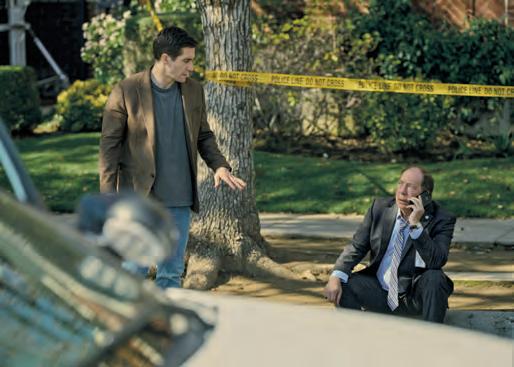
She adds that the city can also act as a jumping-of point for fabulous locations in north and central California. “Within one to two hours, flmmakers can access Redwood forests, vast mountains, deserts, hundreds of miles of ocean coast or vineyards in Napa wine country. There’s also diverse urban and suburban variety in Berkeley, Oakland and Silicon Valley, along with Gold Rush-era towns and desert landscapes near Sacramento.”
As a case in point, the beautiful county of Monterey is just 120 miles south. Monterey flm commissioner Karen Seppa Nordstrand says the county’s awe-inspiring coastline is well-known to producers — particular after the success of HBO’s Big Little Lies (2017-26) — but is only part of the attraction. “Because we're one of the largest counties in the state, we have a great deal of variety, from stunning coastlines to the rural Salinas Valley. There are ranches, farms and numerous lovely towns.”
Nordstrand says she gets a lot of requests for ultra-modern and mid-century architecture, both of which can be found across the county. “We have some great location scouts who know about the availability of individual homes for flming. It’s worth saying that we are very afordable in Monterey, which means you can fnd scene-stealing locations that look like a million bucks on screen — without having to pay a million bucks.”
Among high-profle projects to visit recently is upcoming feature Maintenance Required which filmed in Pacific Grove, a popular tourist destination on the southern end of Monterey Bay. Numerous car commercials have also been shot on Monterey’s beautiful roads — and the county is very accommodating when it comes to the necessary road closures. “We also have private ranches with dirt roads, which is great for producers because it is a more private and controllable environment for flming.”
While the coastline is a big attraction as a backdrop to series and commercials, Nordstrand says that “a lot of underwater shoots come for the pristine ocean. The BBC came to Monterey to shoot documentaries about whales.”
One point that Nordstand makes about the counties in California is that they are very collaborative: “Most of the local commissions are members of trade body FLICS, so we have regular interactions. We all want to keep work in California, so if we don't have a particular look, we can save time by referring them on to another location.”
Close collaboration is especially evident across the northern stretches of the state, where counties have sought strength through partnerships. Humboldt and Del-Norte have a joint flm commission while Shasta, Tehama, Yuba and Sutter have come together behind the Upstate Film Commission banner. Placer County Film Ofce liaison Juli Johnston says she co-operates closely with her neighbours in El Dorado County and also with the flm ofce in state capital Sacramento. “We have a lot of wide-open spaces, whereas Sacramento has cityscapes and a growing infrastructure. Between us, we have a very attractive ‘Hollywood North’ proposition to pitch producers.”
In terms of Placer’s USPs Johnston says: “We do ruggedness really well. There’s the lake, mountains, forests, rivers and snow. We have a great property called the Tunnel Chute, which has been used many times because of its whitewater rapids.”
Johnston says Placer is “popular with independent features
and commercials going for an outdoor look — automotive, clothing and so on. We get a lot of automotive because we ofer great driving roads and of-road locations where they can demonstrate their capabilities. We can also do all four seasons — which is not the case right across California.”
In addition to ruggedness, Placer also ofers large expanses of farmland and the town of Roseville, where the old town and courthouse have featured in several productions.
“Another highlight I’d pick out is our strong connection with the Gold-Rush era. Locations like Colfax and Dutch Flat provide a really evocative insight into that era and are open to flmmakers.”
Sacramento has been overshadowed by Los Angeles and San Francisco when it comes to flm production. Under film commissioner Jennifer West the city has started welcoming major productions including Michael Cera’s road-trip movie Sacramento (2024) and One Battle After Another. The latter, from Warner Bros., flmed for 16 days and generated $5.3m in local spend —“ a testament to our city’s growing reputation as a prime flming destination", West says. "Not only does it showcase our incredible locations, but it creates jobs and boosts businesses.”
Sacramento is planning to keep up momentum by launching its own pilot Film Rebate Program in July 2025. This isn’t just good news for the city, but for the whole of California, which will beneft from having a state capital that is culturally aligned with the production powerhouses around Los Angeles.

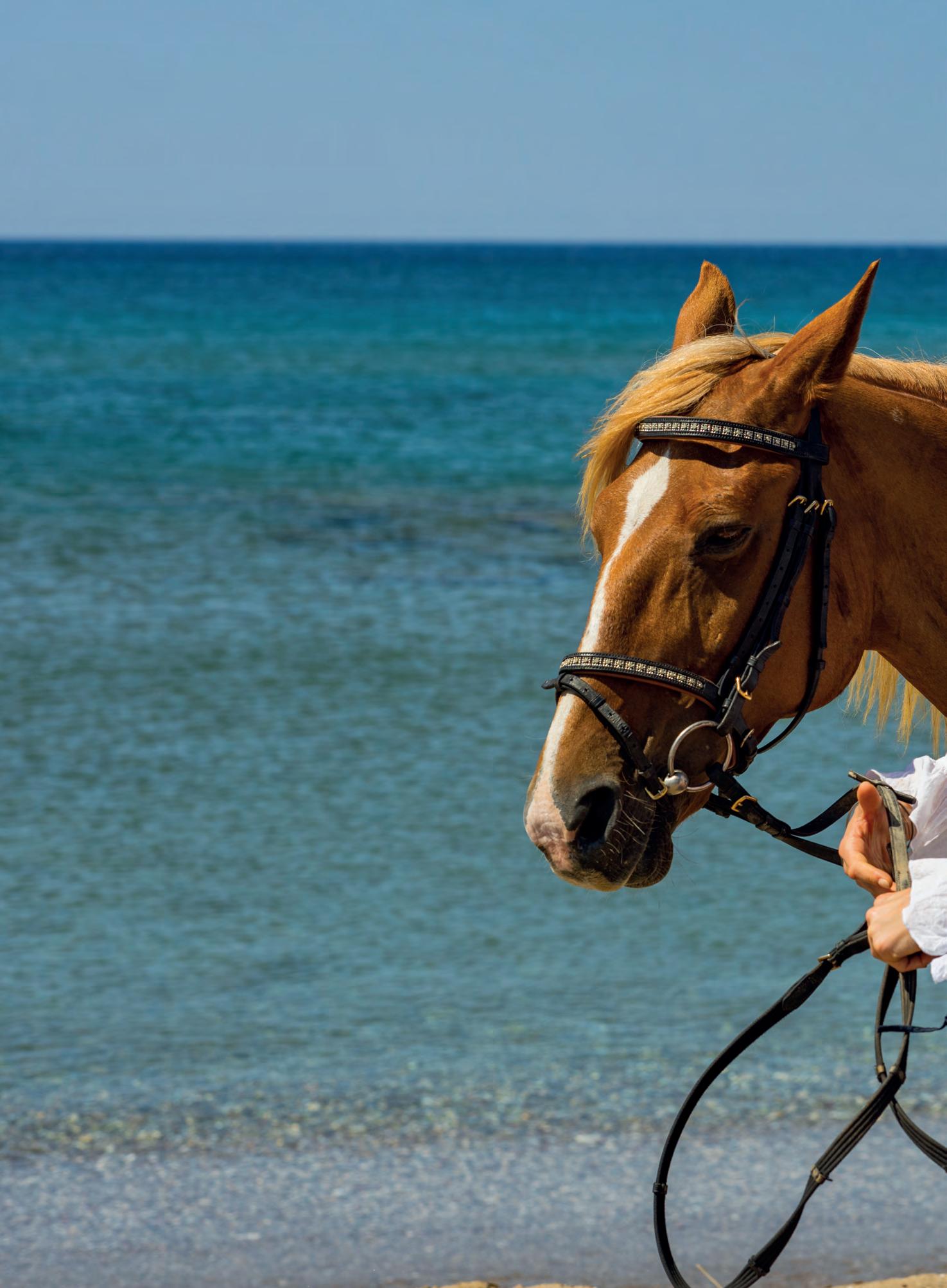
Where can you find every type of location – and weather – a vast network of studios and talent, and an infrastructure that puts all the major centres within three hours of each other? Andy Fry takes a tour of Europe




EUROPE continues to attract producers from all over the world — and it isn’t hard to see why. A combination of superb locations, world-class crew, cutting-edge technology and attractive incentives presents an unbeatable offer for film, TV and commercial projects, regardless of the scale of their ambition or intricacies of their imagination.



Volumes could be written about the continent’s coastline, mountains, forests, islands and idiosyncratic agricultural landscape. But 2025 is perhaps a good year to reflect on the mesmerising array of architectural gems to be found in Europe. 2,500 years of innovation have created a built environment unlike anywhere else in the world — and this has repeatedly informed recent films and TV series. The Brutalist (Hungary/2024), Nosferatu (Czech Republic/2024), A Real Pain (Poland/2024) and Conclave (Italy/2024) are just a few recent productions to showcase Europe’s remarkable bricks and mortar.
Locations only tell part of the story, however. Europe’s real pulling power is the proximity of its sumptuous locations to state-of-the-art studios and talented production teams.
Nosferatu was based at the Czech Republic’s Barrandov Studios while the Conclave team constructed sets at the fabled Cinecittà Studios in the vicinity of Rome. Robert Schwenkte's upcoming Berlin-based thriller Control shot at Potsdam’s magnificent Studio Babelsberg while Venom: Last Dance (2024) shot at Spain’s Ciudad de la Luz.
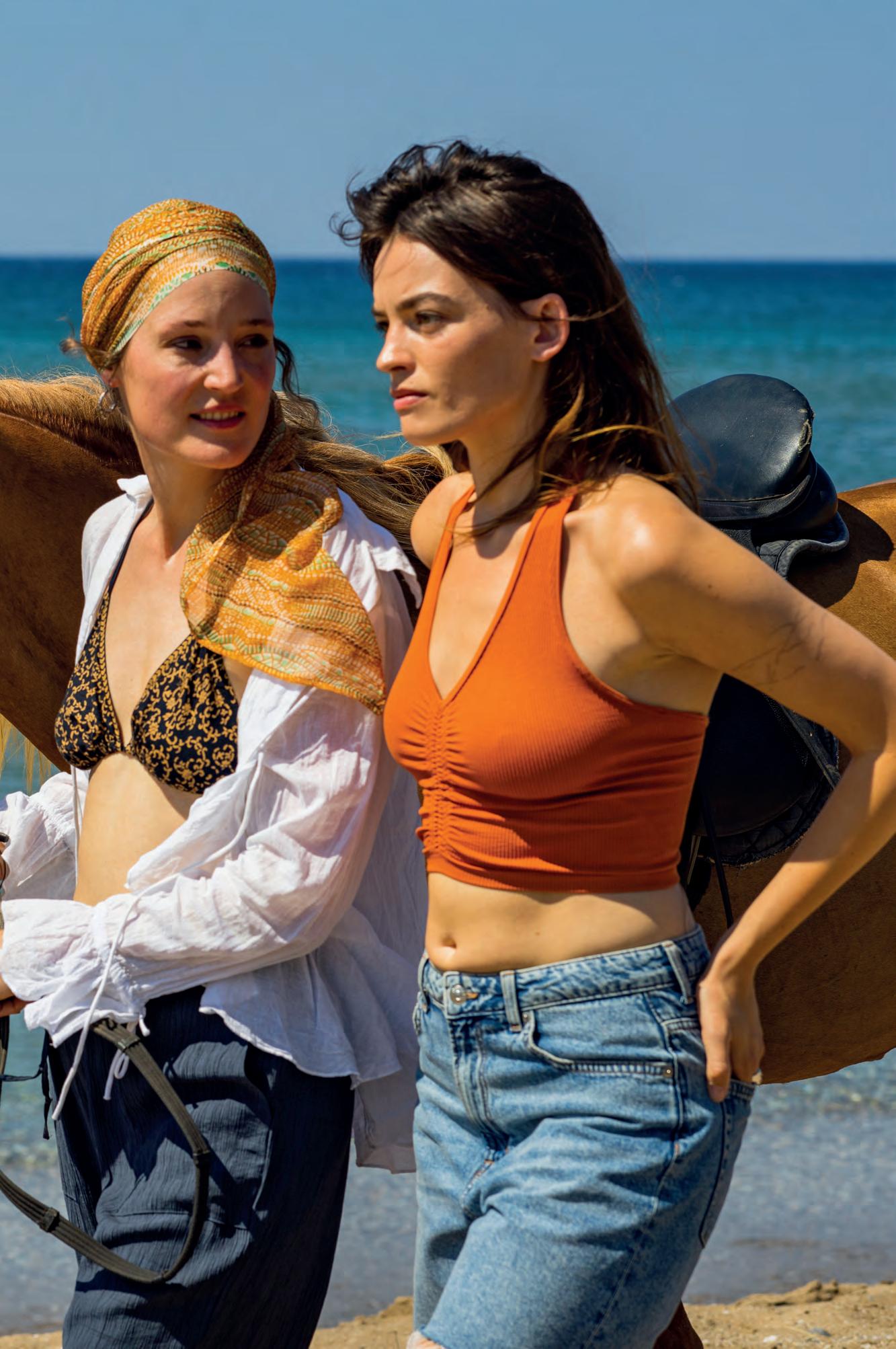
One country that neatly encapsulates the European success story is Hungary, which saw production spend close in on $1bn in 2024. Projects to have been attracted include the Dune franchise (2021/24), Poor Things (2023), Alien: Romulus (2024) and The Day of the Jackal (2024).
In terms of locations, you don’t need to look further than award-winning movie The Brutalist to see what Hungary has to ofer. The majority of the flm was shot in and around capital city Budapest, with locations including Andrássy Castle, the Teleki Square Synagogue and the Csepel Island docks area. Production designer Judy Becker explains:
“You get a lot more for your money in Eastern Europe. It’s the only place the movie could have been done.”
Although much of The Brutalist is based in the US, almost all the location flming took place in Hungary — with the industrial area of Budapest doubling for Philadelphia in the 1950s. Budapest is often called on to double for other parts of Europe — and Becker also used the city’s catacombs for a party scene that is set in Italy. At times, the venerable capital has stood in for Berlin, Rome, Paris, Moscow and much more.
Keen not to take his foot of the accelerator, Csaba Káel, government commissioner for film, announced at the end of last year that Hungary’s 30% tax incentive is being
Judy Becker “You get a lot more for your money in Eastern Europe. It’s the only place the movie could have been done”
extended for a further six years, until 2030. He also told local media that Hungary is expanding co-production partnerships with China, Turkey and Central Asia.
Hungary’s studio system is another notable strength that separates the country from other flm hubs in Europe. It is home to fve major complexes, including the National Film Institute’s new complex at Fót. Arguably the best-known complex is Korda Studios, which has seven sound stages, including one of the biggest in the business.
Korda Studios’ CEO László Horváth-Varga says the country’s popularity is due to a range of factors including its world-class studio infrastructure, predictable incentives, versatile flming locations, great crews, comprehensive infrastructure and growth in VFX and post-production.
“Budapest meets Western European and American standards in every respect, yet it is much more afordable, which is highly attractive for productions.”
Horváth-Varga says Korda offers “comprehensive solutions, from locations to technical support to postproduction. We understand the challenges of flmmaking and aim to make the process smoother, allowing creators to focus on their craft.”
Korda’s unique advantage, Horváth-Varga says, lies in offering “everything a production needs in one place.
Located half an hour’s drive from Budapest, our studio
features various sets — including a New York street set, a Renaissance set and a Medieval town set. Also, sound stages, including a 6,000 sq m super-stage and water tank, and workshops — all customisable to meet the demands of each production. Through innovation, our professional team and logistical support, we ensure every project runs seamlessly. Our philosophy centres around close collaboration — not just within our team but with our clients as well.”
Recently there has been a concerted effort to support sustainable film production. “Korda has allocated significant resources in energy efficiency for many years. Last year we applied for the BAFTA albert Studio Sustainability Standard. This is an environmental certification scheme that assesses the sustainability of organisations involved in film production. Achieving certification and its evaluation demonstrates a commitment to the environment and our ability to meet sustainability requirements.”
Examples of projects that have come to Korda include Hellboy II: The Golden Army (2008), The Borgias (2011-13), The Martian (2015) and Halo (2022-24).
“Poor Things was flmed here recently. Its Lisbon set was built in our super-stage. The Netfix mini-series Eric (2024), with Benedict Cumberbatch; and Slingshot (2024), with Casey Afeck and Laurence Fishburne, also shot here. In addition, well-known musicians including Dua Lipa, Kylie Minogue and Jimin have flmed music videos with us.”
Looking ahead, Horváth-Varga is optimistic about the outlook for 2025: “This is already evident from our current occupancy and request for quotes. The US strikes are over, COVID is behind us, and flm production is beginning to recover. We already have one major tenant, and we are expecting several additional productions.”
Hungary is one of several Eastern European countries that have emerged as centres of production excellence. The Czech Republic has also attracted a wide range of productions with its combination of highly skilled Englishspeaking crews, excellent studios and exquisite locations. Furthermore, it has just announced plans to increase its incentive for live-action projects from 20% to 25%. At the same time, the amount that can be claimed per project has been increased substantially to $19m.
Recent arrivals in the country have included epic TV series The Wheel of Time (2021-) and Netfix comedy espionage series FUBAR (2023) which stars Arnold Schwarzenegger. Season two of the series saw Schwarzenegger filming scenes in Prague's Old Town.
The most intriguing project, however, was Nosferatu , which constructed the fictitious town of Wisberg at Barrandov Studios. It also used historic Prague buildings including Invalidovna, previously seen in Amadeus (1984) and Hellboy (2004).
To the north, Poland has always had a strong domestic production scene, but now it is recognised as an signifcant hub for international productions. The country introduced a 30% rebate in 2019 and has seen a steady

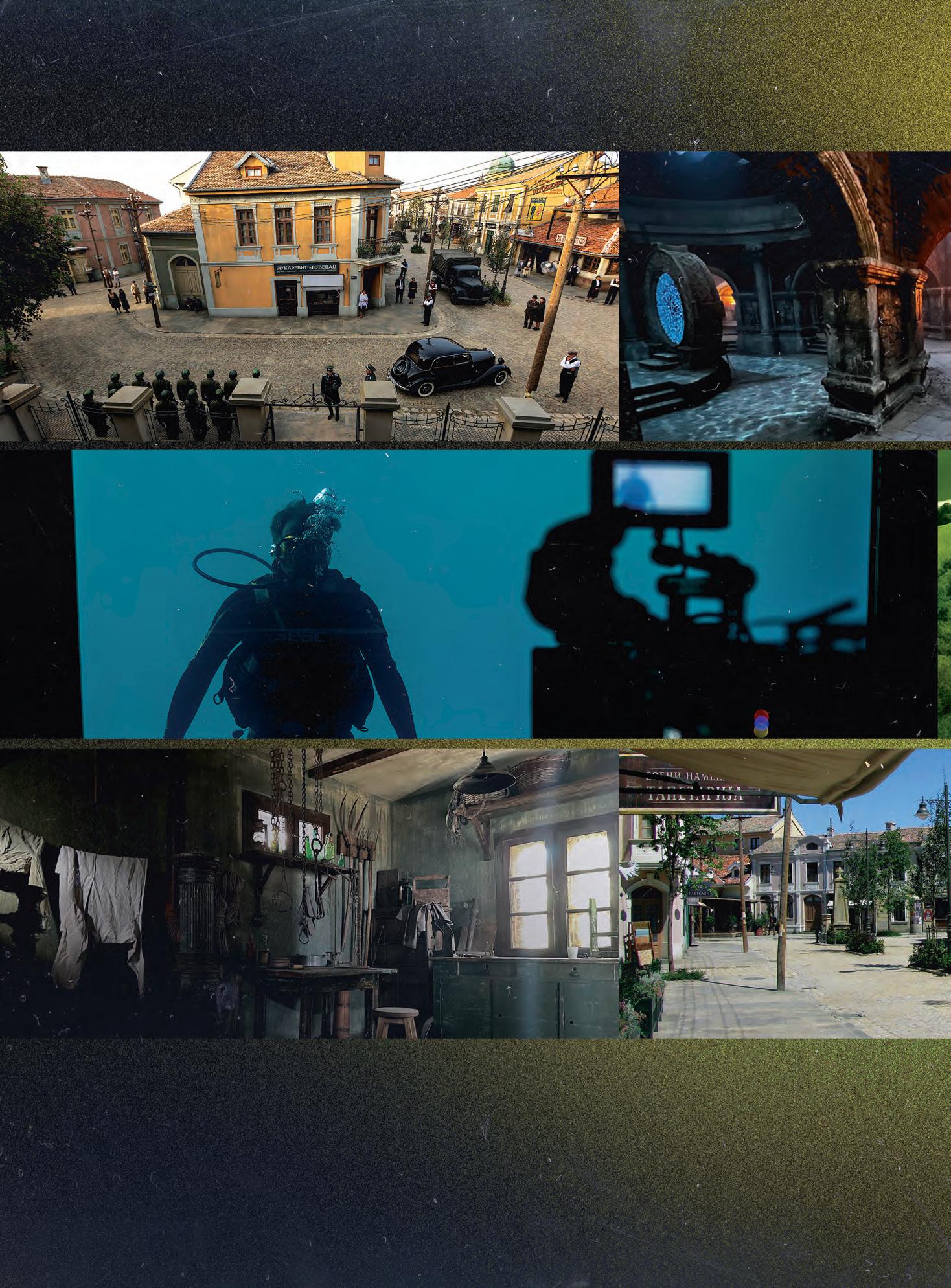


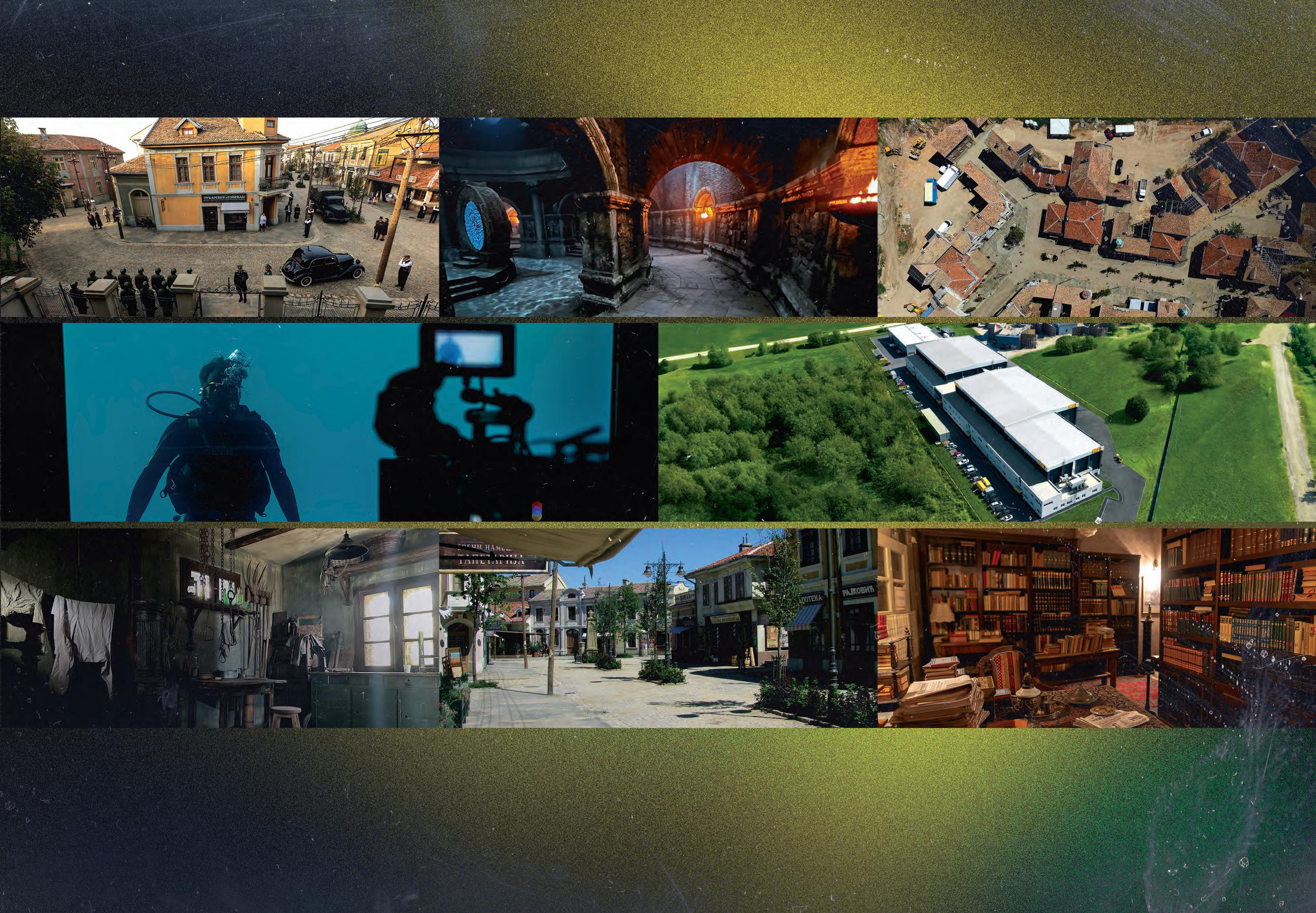
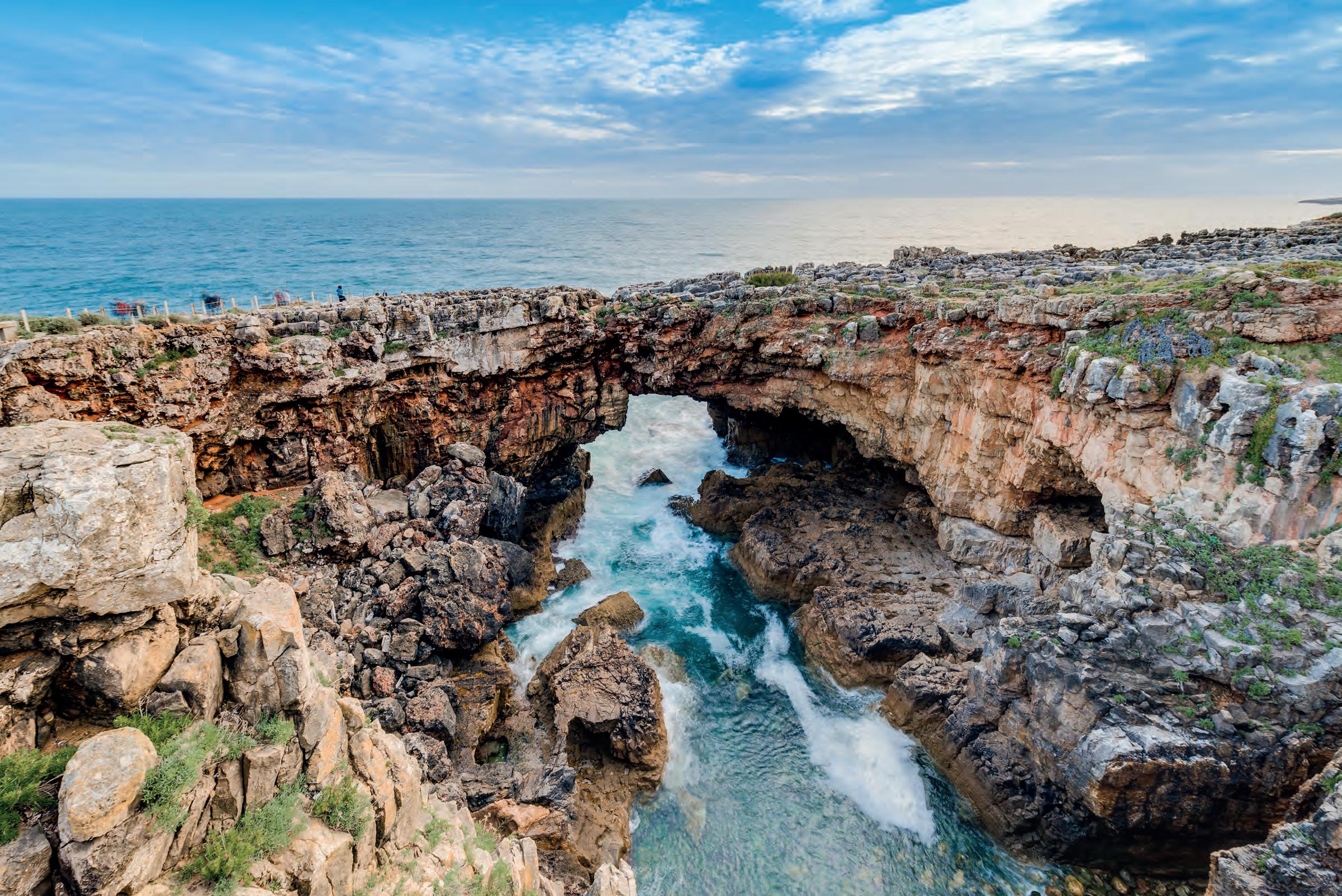
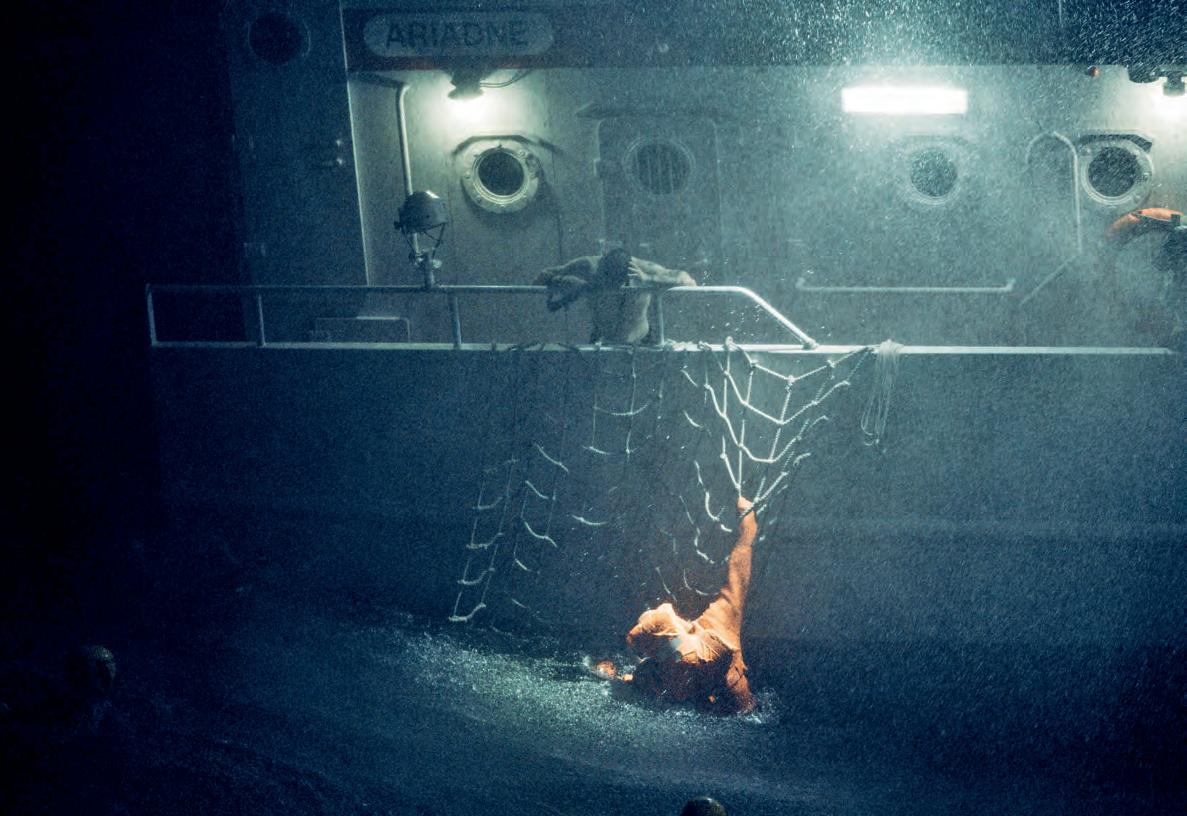
influx of projects since then, including Jesse Eisenberg’s A Real Pain , a 2024 movie filmed almost entirely in Poland. The film tells the story of two American cousins (played by Eisenberg and Kieran Culkin) who travel to Poland to learn about their Jewish heritage. It was filmed in multiple locations and described by Eisenberg as “a love letter to Poland”.
Speaking to Location International, the team at the Polish Film Institute (PFI) says Poland has been tweaking its incentive programme to make it more inclusive: “In 2024, we simplified the cultural test for eligibility. Additionally, we expanded the list of eligible costs to include expenses related to green filming. There were also changes to minimum thresholds for project eligibility. Since November 2024, fiction series with a minimum episode duration of 25 minutes are eligible. Eligibility thresholds for animated films and the minimum eligible spending for co-productions have also been reduced.”
The PFI team say Poland’s appeal lies “not only in its diverse landscapes — from historic cities and industrial spaces to picturesque scenery — but also in its skilled film crews, which have gained international recognition. We also have a well-developed infrastructure, featuring state-of-the-art studios and advanced post-production facilities, which makes Poland a competitive location for global productions.”
Along with Eisenberg, filmmakers to have fallen in love with Poland include Steven Spielberg, who came here for Schindler’s List (1993) and Bridge of Spies (2015), with Wrocław doubling as 1950s Berlin. “Poland’s architecture often serves as the perfect backdrop for both historical films and modern thrillers,” the PFI says.
Other productions hosted include The Hunger Games: The Ballad of Songbirds and Snakes (2023), which filmed in
Wrocław’s Centennial Hall. “Projects like this demonstrate that Polish locations can serve as settings for even the most demanding cinematic visions. The country offers a variety of environments — historic landmarks, industrial sites, and contemporary architecture — making it a versatile backdrop for productions of all kinds, from epic historical dramas to futuristic sci-fi narratives. Both Netflix and Apple TV+ have shot high-budget productions here.”
Regarding A Real Pain, the PFI says the project showcased both Polish locations and its talent base: “In Warsaw, filming took place in locations including Krasiński Square, the POLIN Museum of the History of Polish Jews on Mordechaja Anielewicza Street and the Warszawa Olszynka Grochowska station in Praga Południe, as well Grodzka Street and the State Museum at Majdanek in in Radom, the city of Lublin and the town of Krasnystaw. A significant aspect was the involvement of Polish filmmakers. Producer Ewa Puszczyńska played a key role, while a Polish cinematographer, production designer and costume designer contributed to the film’s artistic vision.”
Critically-acclaimed movie The Girl with the Needle (2024) was almost entirely shot in Poland, despite the film being set in Danish capital Copenhagen: “The Copenhagen bathhouse, where Karoline meets Dagmar, was recreated in one of Poland’s oldest indoor swimming pools, built in 1929 in Zgierz. In Łódź, a circus inspired by early 20th-century freak shows was specially constructed for the film. The industrial scenery around the sewing factory where the protagonist works was provided by the historic Księży Młyn complex. Copenhagen’s streets, which Karoline wanders, were portrayed by the scenic landscapes of Bystrzyca Kłodzka and Kłodzko. A miniature model of Copenhagen was also created specifically for the film.”

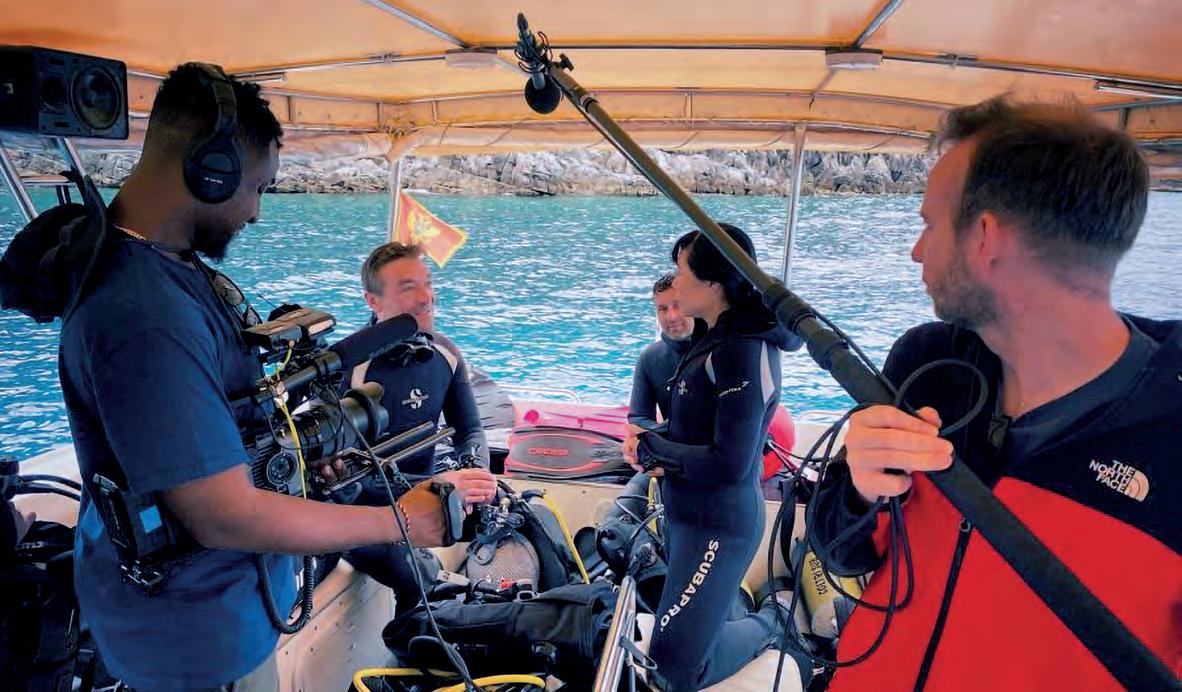
Croatia is another Eastern European country that has made its mark, with a combination of superb locations and a robust 25% tax incentive proving attractive to producers. There is an additional 5% incentive uplift for productions that film in regions with below average development. The Croatian Audiovisual Centre (HAVC) says 123 productions have benefited from the Filming In Croatia Incentive programme since 2012. These include Game Of Thrones (2011-19), The Ipcress File (2022) and Canary Black (2024)
Paul Ritchie, producer of The Ipcress File, has previously shot in Croatia — and says the country is great for doubling: “After our great experience with [BBC series] McMafia [2018], with James Watkins directing, we returned to Croatia for the production of The Ipcress File with the same director and our local partner MP Film production. We once more took advantage of Croatian locations, which stood for seven different countries and territories during the filming of The Ipcress File. In one day's car drive from Zagreb to Split, I found 14 different world cities as filming locations.”
Watkins was also the director of thriller Speak No Evil (2024), which starred James McAvoy. Supported once more by MP, the film used Istria to double for Italy. A
Paul Ritchie “In one day's car drive from Zagreb to Split, I found 14 different world cities as filming locations”
more unconventional example of doubling saw upcoming Amazon TV series The Terminal List: Dark Wolf use the Adriatic city of Zadar to replicate war-torn Mosul in Iraq.
Croatia’s Balkan neighbour Serbia has seen a boom in international production thanks to a combination of great locations, talented crews and investment in infrastructure. It also has a solid tax incentive programme that ladders up from 20% for TV commercials to 25% for film and TV to 30% for projects which spend €5m in-country. Q4 2024 was buoyant with Spanish-Serbian co-pro Cicatriz, Amazon Prime Video’s Citadel: Hunny Bunny and TNT’s The Librarian: The Next Chapter all filming in Serbia. Coming into 2025, filming began on Lionsgate TV/MGM+’s 10-part re-telling of the Robin Hood legend. Gornji Milanovac and the nearby village of Varnice were key filming locations, with additional work being handled at PFI Studios in Šimanovci. The series follows Rob, a Saxon forester’s son, and Marian, the daughter of a Norman lord, as they fight royal corruption and strive to bring peace to England in the wake of the Norman invasion. Underlining the country’s ability to double, Varnice was transformed into England’s Sherwood Forest — hosting over 200 cast and crew. Director Jonathan English said bringing Robin Hood back to life “has been a dream come true. Serbia’s landscapes offer a unique blend of natural beauty and versatility. These locations perfectly capture the rugged charm of medieval England.”
Ivana Mikovic, managing director of Firefly Studios (25 mins from Belgrade), says the recently constructed facility has been buzzing in its first year of operation. “Firefly has been doing a lot of work. In the past year, we have finished the first season of the series Constantine's Crossing for which we built a purpose-made set which spreads over 1.5 hectares of land. The set was designed by renowned production designer Miljen Kreka Kljakovic, who also contributed to the design of the Firefly complex. I am also proud that we contributed

to Martin Scorsese's production of docudrama series The Saints [2024-25], which was filmed at Firefly as well as on Serbian locations in 2024.”
Firefly is the most modern facility in the region, Mikovic says, with three stages and an indoor water tank. Looking back on the first year of operation, she says: “We have had lots of opportunities to test all the stages, and the water tank has proved to be an asset. Looking ahead, the plan is to open up a backlot set that we have built for a local project in summer 2025, since the show will be completed by that time. We are also planning to use other available parts of the compound for more backlot building.”
Mikovic stresses that Firefly is just one part of a rapidly expanding production ecosystem. “The crews here are great and we have a large pool of partner firms in equipment rental and post-production that can also service foreign productions.
The small nation of Montenegro also adds to the appeal of the Balkan region. Film commissioner Marko Erakovic says Montenegro offers “a unique combination of breathtaking natural landscapes and architectural diversity. From rugged mountain ranges to the pristine Adriatic coastline.”
The country’s appeal is further bolstered by its competitive cash-rebate programme, which offers up to 25% reimbursement on eligible expenses. “Additionally, the Film Centre of Montenegro has increased its support for the local film industry, allocating a record sum of €1.5m in 2024 through 12 funding categories,” Erakovic says. “This demonstrates our commitment to fostering a thriving production environment.”
In 2024, Erakovic says a US production availed itself of the cash-rebate scheme “for a feature film [tentatively titled Family Secrets] that was filmed largely in Portonovi Resort. They were drawn to Montenegro thanks to the incentives, but also because they were able to film for four weeks in the recently opened One&Only Hotel.”
The BBC also came to Montenegro to film a travel programme in 2024, Erakovic says. “The BBC team dove on shipwrecks near Herceg Novi in the Bay of Kotor and filmed scenic drives along the Kotor serpentine roads in traditional Yugo cars. Montenegro has also become a favourite destination for automotive TVC productions, thanks to its scenic road infrastructure, especially in the northern region. Last year, VW produced an advert for its ID4, filmed entirely in the Durmitor mountain range.”
The Baltic States — Latvia, Estonia and Lithuania — are also enticing international productions with robust tax incentives, rapidly-improving infrastructure and an intriguing mix of urban and rural locations. Estonia, for example, offers a 30% cash rebate and has recently hosted Paramount+ spy series The Agency (2024). An adaption of French series Le Bureau des Légendes, the series stars Michael Fassbender and Richard Gere, and tells the story of a department responsible for training and handling deep-cover agents. The series filmed in multiple locations including Tallinn, Nõmme, Lasnamäe and Narva on the
Russian border; some locations were used to double for Belarus city of Minsk. Edith Sepp of the Estonian Film Institute says: “If the first season goes well in Estonia, it could end up a long-term project.”
The Lithuanian Film Centre's head of film production Deimantas Saladžius says “stability” has been a big attraction. “Lithuania offers an easy-to-apply-for and stable Film Tax Incentive programme for foreign productions. Last year alone, productions benefited from €18.1m in funding, while the prior year this was €21m.”
The system is also very flexible, he adds: “The annual budget cap for the programme stands at €55m, leaving plenty of room for growth and ensuring we don’t face issues with funding running out. This is possible thanks to the way our incentive operates — as a Tax Shelter system. This creates a sustainable, demand-driven system where businesses gain tax advantages, while productions receive reliable funding.”
Productions Chernobyl (2019) and Stranger Things (2016-25) “have highlighted Lithuania’s versatility and showcased its unique locations”, Saladžius says. In the past few years, the country has seen a significant increase in productions from Germany, for example long-running series Sisi , which has returned to Lithuania for four consecutive seasons. “Additionally, projects such as the series Ronja and the science fiction film Paradise have been filmed here, further proving Lithuania’s appeal for diverse genres.”
Among the country’s varied locations, Saladžius says one interesting example came in Netflix series Clark (2022), “where the historic Lukiškės Prison played an incredible role, standing in for four different prisons. Once a closed and inaccessible space, Lukiškės has transformed into a vibrant part of Vilnius’ cultural life, hosting events, exhibitions and performances. Its evolution has made it a frequent filming location.”
As Lithuania’s film industry continues to grow, it attracts more young professionals. “A significant development has been the progress of our national film school, which has strengthened its programmes,” Saladžius says. “The school recently completed the construction of a new faculty building. It now offers enhanced facilities, including more equipment, dedicated soundstages and expanded training opportunities. While Eastern Europe provides a network of dynamic hubs for international production, Western Europe countries including France, Italy, Spain, Portugal, Germany, Austria, the Netherlands and Belgium, have also worked hard to attract foreign work, rolling out an enticing array of national and regional incentives.
“Productions like Chernobyl and Stranger Things have highlighted Lithuania’s versatility and showcased its unique locations”
Spain’s vibrant Iberian neighbour Portugal is also keen to position itself as “a country of excellence for international productions”, says Ana Marques, executive director of the Portugal Film Commission. To this end, the country has created “significant tools that are appealing to film and other audiovisual players”.
An example is Pic Portugal — a cash refund incentive tailored for projects that spend at least €2.5m in Portugal. “We opened this year’s call in February, and there's €20m to support these productions,” Marques says. “The incentive consists of a reimbursement of 30% on the first €2m and up to 25% on the excess." In parallel, Portugal offers a “Cash Rebate Incentive, with a support rate — depending on a cultural test — that can go up to 40%, in the islands of the Azores and Madeira, and in low-density territories. This scheme requires a lower minimum expenditure: €500,000 for fiction and animation projects, and €200,000 for documentary and post-production.”
Outside of its incentives and a wide range of co-production treaties, Marques says Portugal is appreciated for its “easy to reach” locations and 300 days a year of sun. “You can rapidly travel from a medieval castle to a beach on the Atlantic coast.”
Marques says “several international projects” arrived in 2024, though most are still subject to confidentiality agreements. One project that she can talk about is Netflix series Turn Of The Tide (2023-), which shot two seasons — mostly in the Azores. Also in 2024, “we witnessed the release of Star Wars: The Acolyte, which was partially shot on Madeira Island. One location, Ribeira da Janela, plays a key role in the series. The island’s diverse environments and scenic views provided the perfect tone for the series, enabling the creation of multiple worlds using the island’s range of landscapes.”
Marques says Portugal is building for the future — through schemes that support talent development and sustainability.
“Under the Cash Rebate Incentive, a project might get an enhancement of one point for the integration, in the artistic/ technical teams, of at least two remunerated trainees who are Portuguese. For both incentives, the inclusion of a [verified] environmental sustainability plan also means one point.”
France is also a magnet for high-end production, with its 30-40% tax rebate unlocking a wealth of locations ranging from Paris to the Cote d’Azur. If there is one particularly intriguing narrative strand in 2024, it is the ability of filmmakers to recreate stunning foreign backdrops with a mix of French locations and studios. The Substance (2024), which is set in Los Angeles, used Epinay Studios near Paris for interior shots while the Cote d’Azur was used to double for LA exteriors. Even more ambitious, director Jacques Audiard managed to make Mexico-based Emilia Pérez (2024) with just a few days of exterior filming in Mexico. For the most part the film was shot on the streets of Paris and on soundstages at Bry-sur-Marne studios. Production designer Emmanuelle Duplay said this decision allowed the production more creative freedom to build the world of Emilia Pérez from scratch, aided by the filmmakers’ extensive research. Filming in the controlled environment of a studio “allowed us to have both a very strong abstraction and something very realistic. In fact, it was in this mix where we wanted to work.”
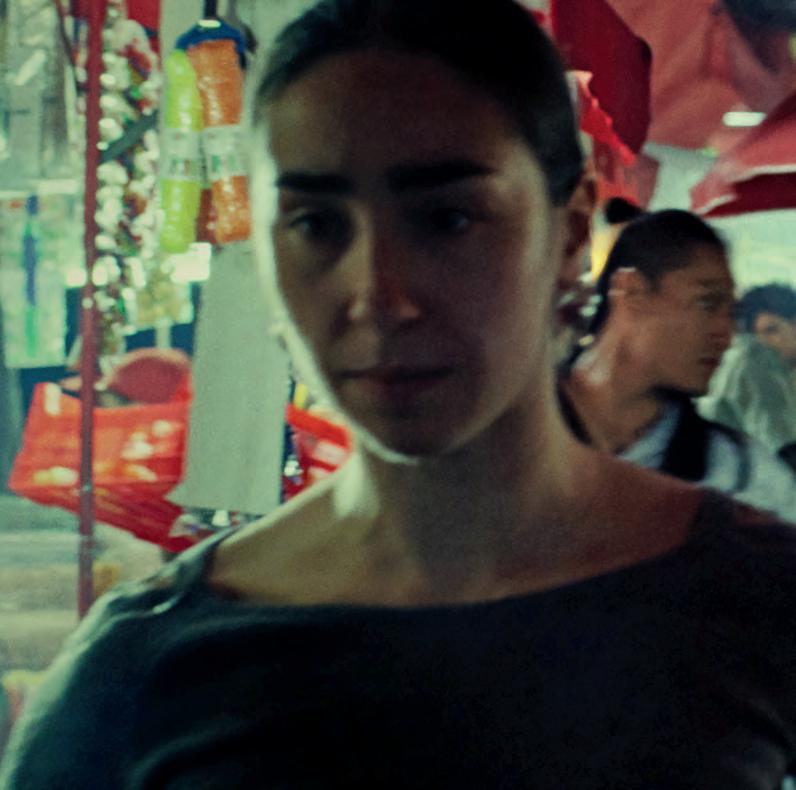
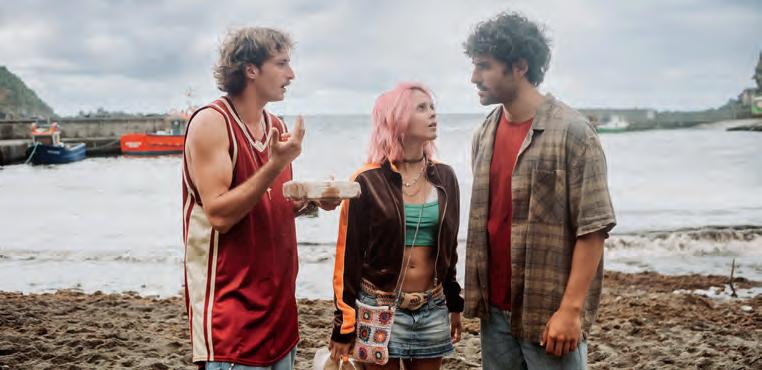
Some key builds were modelled closely on real-world locations that had been spotted during Mexico scouting trips. One key character’s home “was really inspired by a setting that existed,” Duplay says. “We drew from an apartment we had seen in Mexico, perched on a hill, with a cable car passing right outside the window.”
Like France and Spain, Italy offers a combination of superb locations, world-class infrastructure and an attractive incentive — 40% tax credit up to a maximum of €20m per year. The tax credit was renewed last year, though, with restrictions on the use of AI. Anyone wanting to get a feel for Italy’s locations need look no further than Netflix’s beautifully shot series Ripley (2024), based on Patricia Highsmith’s 1955 novel The Talented Mr. Ripley Across the series, Ripley takes in a mesmerising array of
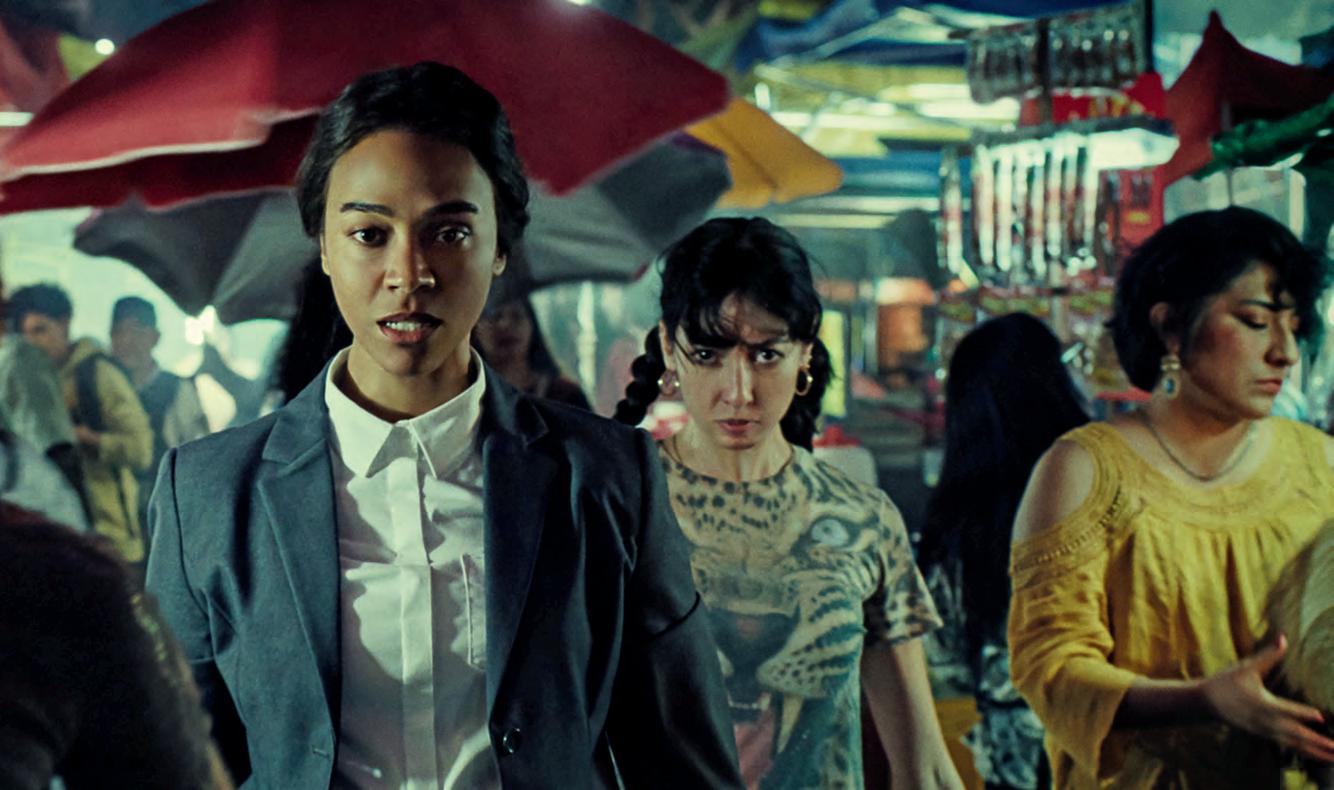
locations including Venice, Rome, Palermo, Naples and Positano. Several locations in the Campania region of Italy were used including the Amalfi Coast and Villa Torricella on the island of Capri. Some interior scenes were built at Cinecittà in Rome. The Amalfi location search was a particular important part of the process. Creator Steven Zaillian and production designer David Gropman drove the length of the coast, looking for the town they imagined Dickie Greenleaf (one of the story’s key characters) might have settled in with his girlfriend. Zaillian says: “Most have been too modernised or gentrified for a story taking place in 1960, but there was one we came upon, a village of about 800 people called Atrani, that was perfect.”
One useful point to note about Italy is that there are often regional incentives that can be used alongside the national incentive. Campania, Apulia and Tuscany are a few examples, as is Sicily, which introduced a €10.8m fund for film and TV production in 2022. Combined with its exquisite locations, this makes the Mediterranean island a major attraction for leading filmmakers. Christopher Nolan, for example, is reported to be shooting part of his epic The Odyssey in Sicily during 2025.
Germany also has a vibrant production base and some vibrant regional hubs, with Potsdam’s Studio Babelsberg among them. Loyal supporters of Babelsberg include filmmaker Wes Anderson, who returned in 2024 to shoot The Phoenician Scheme. While Germany continues to attract in-bound production, it has fallen down the pecking order in recent years because of rival incentives. That could be set to change, however, with a new filmfunding law that has raised incentives by 5% to 30%. The
total incentive pot remains at $374m, although this is still a live topic of debate. Drilling down into Germany’s regions, the Bavarian government has recently increased its support for film funding by €2m a year across 2024-2025. Recent productions to land include Hulu’s Nine Perfect Strangers (2021), starring Nicole Kidman.
Austria also offers a mesmerising array of rural and urban locations. The jewel in the crown is capital city Vienna, which sits proudly on the River Danube. “Vienna has it all,” says Vienna Film Commission CEO Marijana Stoisits, “historic, baroque, rural and imperial architecture, palaces and gardens next to modern areas with skyscrapers alongside the Danube. There’s also the Old Danube, a hybrid between a river and a lake, vineyards in the hills of the north and a huge green and hilly area called Vienna Forest.”
Adding to the appeal, Stoisits says, is the film-friendly nature of the city. “Vienna and its administration are very supportive, with shooting possible everywhere”. Then there is Austria’s excellent incentive framework. Currently, says
Marijana Stoisits “Vienna and its administration are very supportive, with shooting possible everywhere”

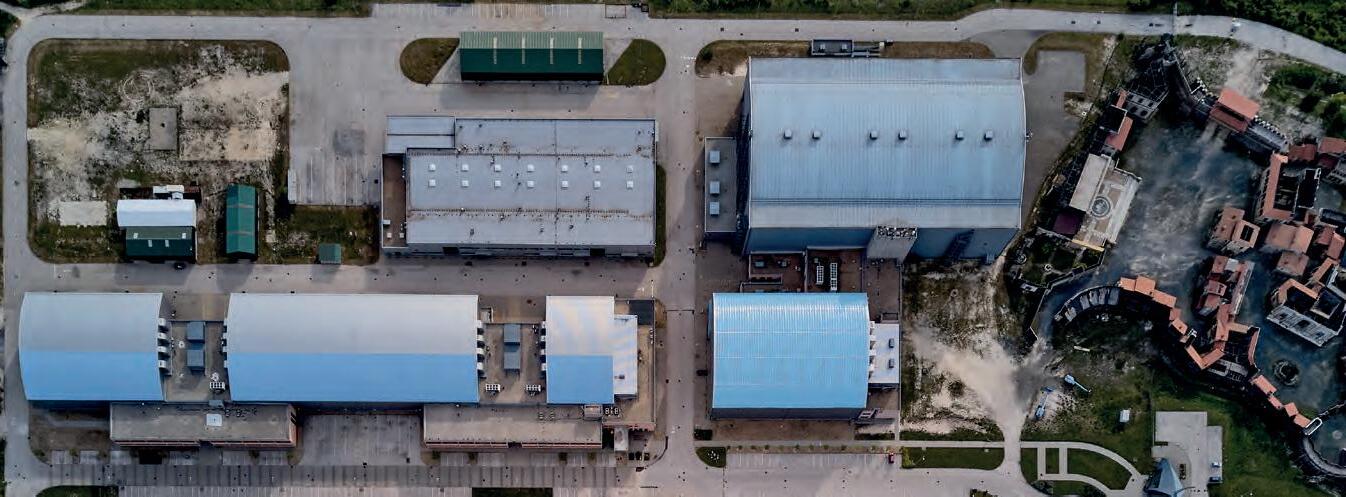



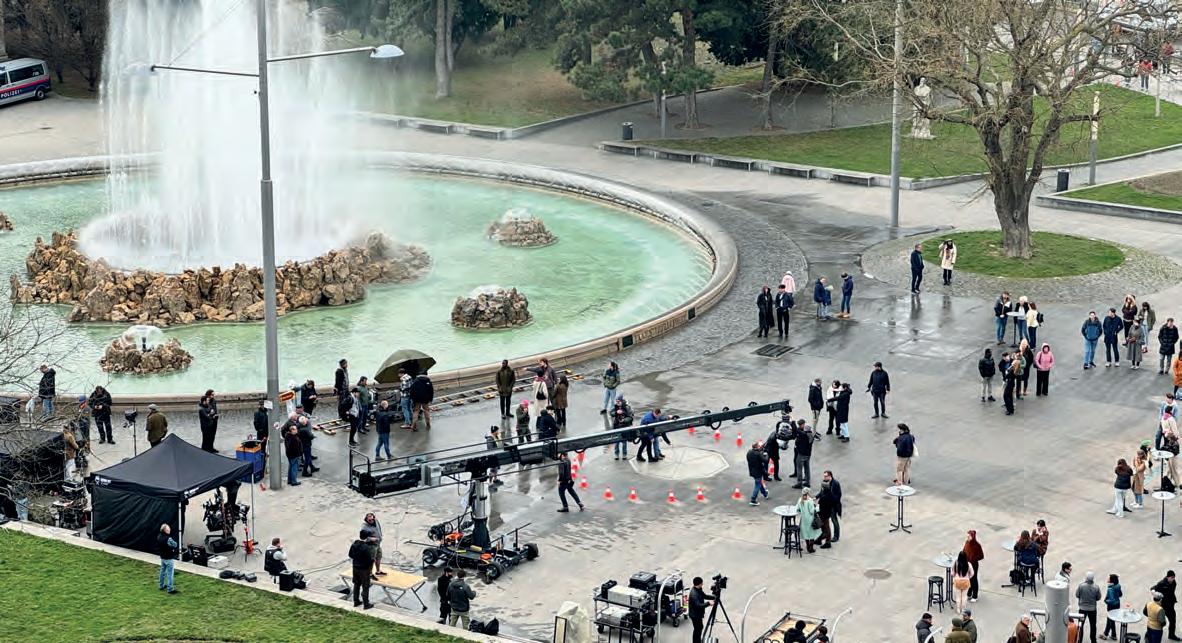
Stoisits, there is the Vienna Film Incentive (30%), which can be combined with Austria’s national incentives FISAplus and ÖFIplus, introduced by national government in 2023. There have also been developments in infrastructure. “The opening of HQ7 Studios in Simmering has attracted international interest. The complex complements the existing infrastructure in Vienna, such as the Vienna Synchronstage and other post facilities,” she says.
Stoisits adds that 2024 was “an exceptionally good year for Vienna as a location with more than 30 features and 16 series. The number of shooting days in Vienna recorded by production companies for 2024 also rose by 6.7%, totalling around 3,200 shooting days, of which 1,295 were for flm and series. Projects came from around 30 countries including the US, Canada, Brazil, UK, Germany, Switzerland and China.”
In terms of Vienna’s sweet spot, Stoisits says the city is best known for historic movies and has doubled for Budapest, Prague, Berlin, Frankfurt, Moscow and Paris. Recent projects include The Fountain of Youth (2025), from Apple Original Films, starring Natalie Portman and John Krasinski; Crooks (2024/Netflix); The Regime (2024/HBO) and numerous German series.
T he Netherlands has a long tradition of supporting domestic and international productions. In 2024, the Netherlands Film Fund invested €12.5m in 25 productions, including 16 feature films and five drama series. This is expected to generate around €48m in production expenses. Running in parallel, the country’s Film Production Incentive offers a 35% cash rebate for production costs incurred in the Netherlands. Explaining why the country continues to appeal to filmmakers, Netherlands Film Commissioner Roeland Oude Nijhuis says the country ofers “a unique combination of diverse cities, unique waterworks, historic charm and highly skilled professionals, making it an attractive choice for international productions. And the Netherlands Film Production Incentive continues to be a major draw.”
Recent productions that illustrate the country’s versatility include Jimpa (2025), a visually striking Australian feature, that shot in Amsterdam’s city centre. “Meanwhile, Famke Jansen's new Netflix crime drama Amsterdam Empire [2025] utilised the city’s blend of historic and modern architecture to create a dynamic urban backdrop,” Nijhuis says.
Beyond Amsterdam, he adds, “the Wadden Islands are becoming a sought-after filming location, offering beautiful coastlines and a very specific and beautiful natural landscape that provide an interesting contrast to the country’s urban centres. Additionally, Rotterdam’s contemporary skyline and innovative architecture have made it a popular choice for productions looking for a fresh European cityscape.”
The country has also made it a priority to keep investing in talent, Nijhuis says. “Programmes such as Film Forward are equipping emerging talent with the skills needed to work on large-scale international productions. These efforts ensure Dutch crews remain among the most experienced and adaptable in Europe.”
The Belgium region of Flanders is another vibrant production hub in Europe’s low countries. Katrien De Hauwere at flm commission Screen Flanders says the region offers “multiple attractive financing mechanisms which can easily be combined to optimise a project’s financing plan. Next to the Belgian Tax Shelter on a federal level, there is a regional economic fund that can add an additional investment.”
In addition, the Flanders region boasts highly skilled talent both in front and behind the camera, state-of-the-art studio complexes and post-production/VFX services. “We are also home to the most advanced water stage in the world — Lites in Vilvoorde. Le Comte de Monte Cristo (2024) shot here as well as Netfix mini-series Heweluisz, while La Nuit Se Traine (2024) shot in the AED Virtual Production Studio.”
As for locations, De Hauwere says: “From the seaside
promenades of Ostend to the authentic city-centre of Bruges, from the industrial port of Ghent to the metropolitan squares of Antwerp, the region ofers a wide variety of landscapes, architecture and settings. But there are also lesser-known gems such as Kortrijk, Leuven or Mechelen.”
Location highlights, she says, include: “The Booktower in Ghent, a modernistic masterpiece by Belgian architect Henry van de Velde, and The Nottebohm Room of the Hendrik Conscience Heritage Library in Antwerp.”
Among recent projects, De Hauwere says “visually stunning TV series This Is Not A Murder Mystery shot all over Flanders. As part of the European fction co-operation New8, the series will be shown on eight public broadcasters.”
The main location of Clement Virgo’s feature film Steal Away (2025) is in Flanders (Lozerkasteel), while upcoming Guy Ritchie series The Fixer shot in Antwerp, De Hauwere says. “Also, the second season of TV series The Golden Hour shot in Brussels, Antwerp's Deurne Airport and Ghent's VAC-building, while another series, Juliet [2024], shot in the beautiful Belle Epoque coastal town of De Haan.”
An astute approach to incentives, infrastructure and location-based marketing has seen countries as distinctive as Iceland, Ireland, Malta and Greece, emerge as vibrant production centres. Situated in the North Atlantic, Iceland has wowed producers with its spectacular locations, experienced crews and attractive 35% tax break. Productions of every scale have come to shoot against the backdrop of Iceland’s black-sand beaches, glaciers, snowcapped mountains, lava felds, waterfalls, lakes and lagoons. Recent productions have included CBS Studios drama series King and Conqueror (2025) — reckoned to be the second biggest production to visit after HBO’s True Detective Night Country (2024). Also shooting here in 2024 was Reykjavik, a historical drama that explores the 1986 Cold-War Reykjavik Summit between Ronald Reagan and Mikhail Gorbachev. The production flmed at Höfði House, the actual site of the summit, giving audiences a rare glimpse of Iceland’s capital city and primary urban conurbation. Iceland has led the way among Nordic countries when it comes to international production. But that may be about to change. In late 2024, Denmark approved a tax incentive that will come into efect in 2026. The rebate is likely to be 25% and the total value of the fund will be around $17.5m.
The Republic of Ireland combines stunning locations and excellent infrastructure, with a robust 32% tax break. High-profile projects to be based here in 2024 included acclaimed movie Small Things Like These and TV series Say Nothing — both of which show a bleak side of Irish history. Amore light-hearted and romantic production was the Lindsay Lohan flm Irish Wish (2024). Coming into 2025, filming began in Dublin and County Meath on Kung Fu Deadly, an Irish/Australian fantasy comedy co-production. Screen Ireland's 2025 production slate comprises 80 productions across feature film, TV drama, animation, documentary and short film. Recent research provides

fgures that underline how important production is to the country’s economy. Production spend generated by the Irish screen industry in 2024 was €430m, representing a 33% increase on 2023 fgures. In terms of employment, the industry supports 15,899 full-time equivalent jobs. Coming into 2025, Screen Ireland also announced plans to launch a range of new initiatives and funds. For example, it plans to ring-fence funding of €5.5m for nationwide development and Irish-language storytelling across all genres and formats.
Greece has recently reorganised the way it does business by merging the Greek Film Centre and National Centre of Audiovisual Media and Communication to create a body called Hellenic Film and Audiovisual Center – Creative Greece. Within this there is a flm body called Hellenic Film Commission (HFC) which acts as primary point of contact for international projects. The HFC has a new director, Neoklis Mantas, who says the body functions as “a compass, to ofer efective navigation of the diverse locations of the Greek landscape; a node, where an efcient connection with local professionals can be achieved; and a catalyst, for any production that wants to shoot in Greece.”
Mantas cites the attractions of Greece as including “the friendly light, the Mediterranean climate, breathtaking and diverse locations that encompass a wide range of landscapes and architectural styles, and a competitive cash rebate of 40%. At the same time, Greek crews speak perfect English and have the expertise to collaborate flawlessly with international productions. From drone operators and post-production facilities equipped with high-end industry

technologies to world-class VFX, the Greek industry provides dream teams of ‘dedicated maniacs’.”
The country has invested over €140m since 2019, and the result has been a steady stream of flm and TV productions. High-profle projects have included Uberto Pasolini’s The Return (2024) and Christopher Nolan’s The Odyssey. For The Odyssey, key locations in the Peloponnese include Nestor’s Cave, Voidokilia Beach, Almyrolaka Beach, Methoni Castle and Acrocorinth.
Both productions flmed at Chlemoutsi Castle, an impressive edifce built by the Franks in 1220 in the northern part of the Ilia region on the Peloponnese peninsula. For Mantas, the ability to ofer locations like Chlemoutsi is an indication of how Greece is willing to open up archaeological sites and World Heritage Monuments for flming, subject to strict preservation conditions that are in place to protect the sites. One of Greece’s most unique attributes is its combination of mainland and island locations. The capital Athens has worked hard to attract film and TV production and has welcomed 100 international and domestic productions since 2020. Among projects to head for the islands, Amazon Prime Video’s Malice shot on Paros in 2024, utilising locations including Parikia, Monastiri and the Holy Monastery of Agios Antonios. Other high-profle arrivals have included biblical drama House of David and Hot Milk, the directorial debut of screenwriter Rebecca Lenkiewicz. Based on Deborah Levy’s novel, Hot Milk follows a mother and daughter who travel to the Spanish seaside town of Almeria to consult a healer regarding the mother’s mysterious illness. The flm was entirely shot in Greece, with the region of Attica doubling for Almeria in Spain. Lenkiewicz says: “I could not imagine flming Hot Milk anywhere else but in Greece. It became absolutely intrinsic to the fabric of the
flm with its incredible sea, the clear waters and the fantastic shapes along the shore.”
Producer Christine Langan added: “We explored many territories and production companies before settling on [Greek production partner] Heretic and we absolutely made the best possible choice. It was easy to bond with the Greek crew, most of whom spoke excellent English. The commitment and creative passion was striking.”
With the backing of HFC, the production team scouted several times and was able to construct “a unique jigsaw puzzle of locations that gave the film its very special character” Langan says. “The range of possibilities from caves, desert, beaches and mountains — to varied architectural styles, worked brilliantly.”
Another Mediterranean powerhouse is Malta, which ofers a 40% tax incentive to flm and TV production projects that spend more than €100,000 in Malta and have a minimum budget of €200,000. The island has welcomed numerous major movie productions — including Ridley Scott’s Gladiator II, which flmed across 2023 and 2024.
Winston Azzopardi, flm producer and co-founder of Latina Pictures, alongside Rita Galea, has been involved with production for decades and set up the Malta Film Commission. He has serviced numerous productions including Gladiator II, Napoleon (2023), Yellowstone 1923 (2022-25) and Apple TV+ sci-f series Foundation (2021). He says there is no question that the 40% tax rebate has been key to the recent production boom: “It is one of the most generous cash incentives in the world,” he says.
Azzopardi acknowledges that it can be frustrating for flmmakers to work on projects where the location is decided by incentives. But he believes Maltese crews have raised their game in response to the infux of big-budget projects. “For high-end quality productions, we know that Malta has to work creatively. Our crews are working non-stop and our crew base is expanding. On each of my productions we take on more trainees than the obligatory number set by guidelines. On Gladiator II, we had over 30 new crew members who had never set foot on a flm set.”
Azzopardi says the proof of Malta’s capabilities is on screen: “Malta doubles for Paris in Napoleon. Jurassic World: Dominion [2022] shot Malta for Malta, primarily in Valletta which looked stunning on flm. Jurassic World: Rebirth (2025) was shot in water tanks and out at sea — another capability few countries can match. Gladiator II showcased our backlot and building skills in terms of construction, set dressing and props.” For the latter, Fort Ricasoli was reimagined as the Coliseum, with 200 workers involved in the job. An underappreciated fact, Azzopardi says, is that Malta has some incredible locations considering its size. “Ridley Scott has shot four movies here and publicly stated that Malta keeps giving him new locations. The most exciting part of my work is scouting with directors and designers to fnd locations that suit the script. After doing this for nearly 40 years, I can say with certainty that every production extends their shooting days in Malta due to discovering locations that they thought did not exist here.”
While Azzopardi’s primary objective is to bring production to Malta, this fnal observation is undoubtedly true for Europe as a whole, with every new wave of productions showcasing the rich flmmaking potential of this diverse continent.
After well-documented challenges facing the industry, 2024 was when the UK production business drew on its built-in resilience and vast infrastructure and started to get back on track. Andy Fry reports
FIGURES from the BFI for 2024 show that film and highend TV (HETV) production spend in the UK rose by 31% to £5.6bn. Tapping into the UK’s combination of superb locations, state-of-the-art studios and robust tax incentive, high-end-TV (HETV) shows spent £3.4bn, with feature-film production contributing just over £2.1bn. From blockbuster movie Wicked (2024) to Game of Thrones spin-off A Knight Of The Seven Kingdoms: The Hedge Knight (2025), the UK demonstrated that its world-class workforce can manage any scale of production.
Universal Pictures’ blockbuster Wicked, arguably the film of 2024, is the ideal advertisement for the UK’s production capabilities. The first movie to shoot at the new Sky Studios Elstree complex, it secured 10 Oscar nominations in 2025, including visual effects and production design — for which it won, along with costume design. Producer Marc Platt says: “We built huge, impressively detailed sets at Sky Studios Elstree. With over 3,000 roles employed behind the camera, it was fantastic that some of these could be filled by the freelance film community living within the local area.”
Director Jon M Chu said it was “mind-blowing” that the $145m project could have evolved out of “drawings and ideas and dreams. We knew we wanted Wicked to be immersive. What does it feel like to be in Oz, to feel it in your fingertips? If you want to be inside that world, you’ve got to build the Emerald City and Munchkinland.”
Adrian Wootton, chief executive of the British Film Commission and Film London, says the BFI’s latest data demonstrates two things. The first is “the buoyancy and continued growth of our inward investment film and HETV production sector in the UK”: inward investment and co-production films and HETV channelled £4.8bn into the UK in 2024, or 86% of the overall production spend
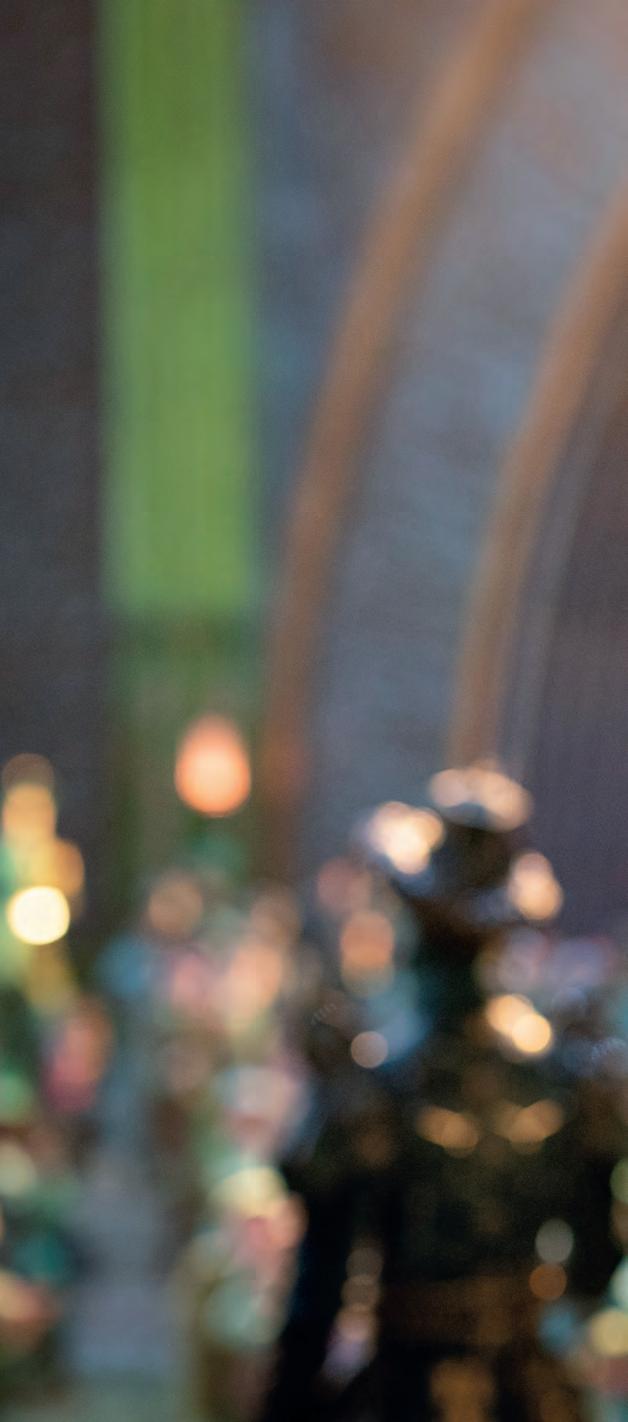
figure. The second is the UK’s uniquely democratised model, with virtually every nation and region attracting significant volumes of work. To illustrate this point, Northern Ireland hosted a live-action adaptation of How to Train Your Dragon (2025) and A Knight Of The Seven Kingdoms: The Hedge Knight while Scotland welcomed projects including upcoming Borges And Me and the eighth season of Outlander. Wales managed a range of projects including Young Sherlock, while Yorkshire and the North East saw 28 Years Later (2025) drop in. A Knives Out Mystery (East of England), a Peaky Blinders film (West Midlands), House of Guinness (North-West) and The Forsyte Saga (South West) drive home the point that the entire UK is once again buzzing with the sound of production generators. Of the capital city London, Wootton says: “It’s amazing that
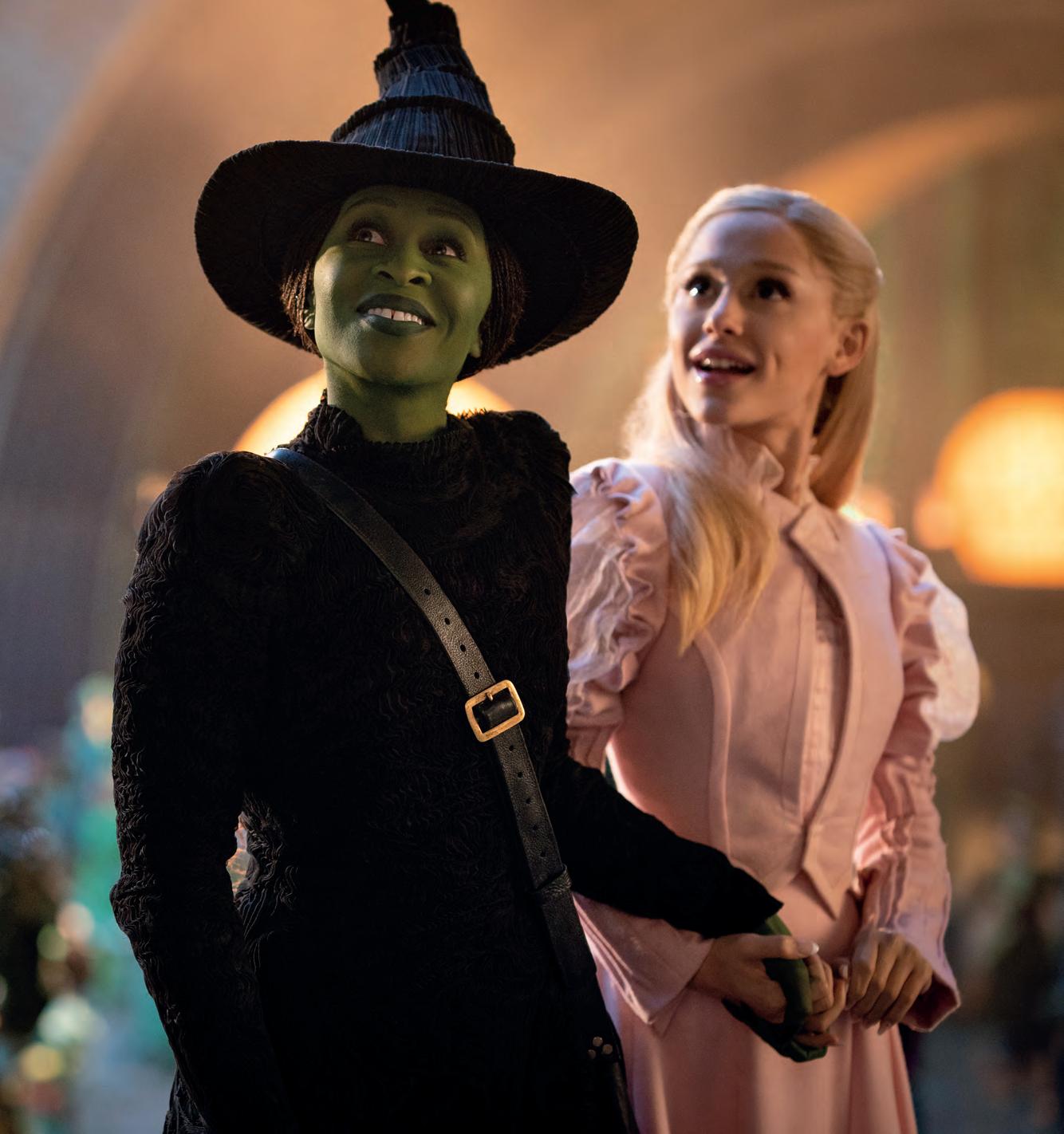
such a complicated city achieves so much. It indicates the city’s ambition, flexibility and willingness to embrace film and TV production.” London got off to a strong start in 2025 with MobLand, a new production from Guy Ritchie. Starring Tom Hardy, the project is a gangster series for Paramount+ that uses East London as its backdrop. Highlights of 2024 included Paddington in Peru, which featured locations including The Shard, Primrose Hill and Paddington Station. Elsewhere Steve McQueen’s Blitz recreated London during World War Two, with a hair-raising journey through London's Underground, war-torn streets, bomb shelters and seedy nightclubs. For supervising location manager Jonah Coombes: “There is no other place in the world that can offer filmmakers nearly a thousand years of locations all in one city — from the oldest early medieval towers
and churches to some of the world’s most cutting-edge architecture. Recreating wartime central London was a challenge and required getting countless stakeholders to all pledge their willingness and support. But it was also a great achievement in terms of the shop dressing and creating a length of period-correct exteriors for a bus journey.”
From London, it’s also possible to access sumptuous locations in nearby counties and regions, notably East Anglia, Oxfordshire and Kent. The latter, which has a dedicated Film Office, has been particularly busy with a mix of film and TV production. At the end of 2024, it hosted the movie Bird, directed by Andrea Arnold and starring Barry Keoghan. The film was shot almost entirely in Kent, which has a mix of historic and contemporary locations around Gravesend, Dartford and Ashford. Meanwhile Pinewood
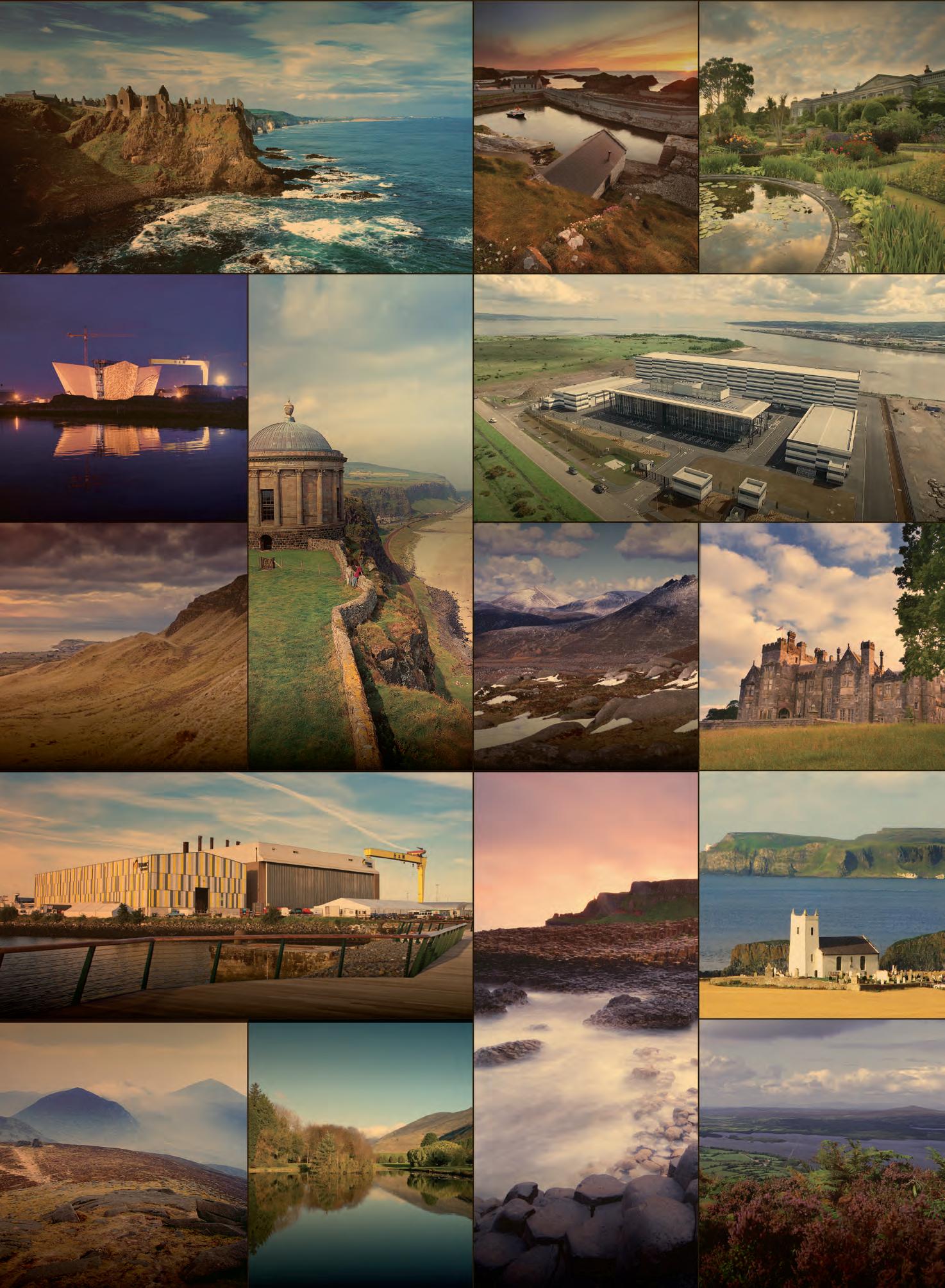


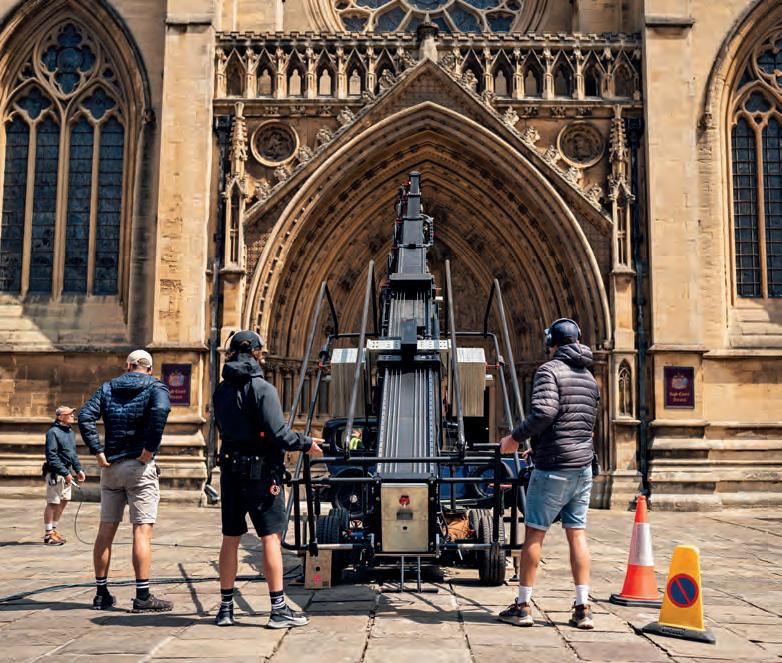
Shepperton, Sky Studios Elstree, Warner Bros. Studios Leavesden and the newly opened Eastbrook Studios in Dagenham are all on the capital’s doorstep. Just over an hour away is Shinfield Studios, a major new complex which has 18 stages, including two of the largest fully sound-proofed and air-conditioned stages in the UK. Among projects coming in 2025 is Amazon Prime Video’s latest season of The Lord Of The Rings: The Rings Of Power, filming at Pinewood Shepperton.
Another welcome development in 2025 is the re-opening of the iconic Ealing Studios after a two-year refurbishment.
The studio’s boss Barnaby Thompson, also a film producer, says: “I've been one of the owners the studio for about 25 years, and the dream was always to build a studio for the 21st century. With the redevelopment, we now have 38,000 sq ft of stage space, including a 14,000-sq ft studio. We've increased our volume by about 30%.” Post-refurb Ealing can claim to be “the oldest studio in the world, but also the most modern,” Thompson says. “Our new stage is the first carbon-net-zero stage built in this country.”
Straddling both a UK and London role, Wootton has no doubt that a diversified London production offering has helped create a strong UK. “London is complementary to the other hubs. It isn’t competing with Belfast or Glasgow or Manchester. If work comes into London, that work will often go out on location all over the UK.
Jonah Coombes “There is no other place in the world that can offer filmmakers nearly a thousand years of locations all in one city”
Among those other hubs, Northern Ireland has established itself as a major force on the global production stage. Northern Ireland Screen chief content officer Andrew Reid says that’s down to a combination of great home-grown talent, excellent studios, an attractive local incentive — which can offer up to $2m on top of the UK incentive — and easy-to-access locations. “Northern Ireland is very compact with a range of diverse locations that are easily accessible from Belfast,” he says. “So if a production needs to move from coast to mountain to forest the downtime is minimal.”
Away from Belfast, Reid says the northwest of the Province is increasingly in demand: “Home-grown comedy Derry Girls [2018-22] put Derry on the map, but now we’re seeing a lot more projects pitching up there. With improvements in the roads, the commuting time will make the entire region much more accessible from Belfast.”
The big news in 2025 is a major expansion in Belfast’s studio capacity. “Belfast Harbour Studios has expanded significantly,” Reid says, “with additional stages and offices coming online. Alongside that, we have the launch of Studio Ulster, a £75m investment in state-of-the-art digital content production. That brings us three virtual production stages, 3D and 4D scanning, and a motion-capture stage all under one roof within the Belfast Harbour campus.”
Northern Ireland Screen has astutely built an infrastructure that can handle a wide range of productions. Strategically, this has allowed it to create an ecosystem in which local talent can progress from relatively modest indigenous productions to HETV and feature films. But it is probably most closely associated with Warner Bros.’ HBO, which initially brought Game Of Thrones (2011-19) and then returned with A Knight Of The Seven Kingdoms — which Reid says “have revolutionised our world”.
An investment programme has also brought dividends to Scotland’s production industry — with Screen Scotland estimating that the local screen sector contributes £617.4m to the Scottish economy and employs 10,860 people.
In 2024, Screen Scotland launched a six-year plan designed to further develop the country as a centre of global production. Screen Scotland head of screen commission Cheryl Conway says Scotland remained “consistently busy” in 2024, with productions including Guillermo del Toro’s Frankenstein for Netflix, which shot in Edinburgh and rural Aberdeenshire. “The Undertow, also for Netflix, shot in rural and island locations on Scotland’s beautiful west coast. Starz’s behemoth Outlander shot its eighth and final series and the first series of its epic prequel Blood of My Blood, at various historic locations across the central belt of Scotland,” she says.
Glasgow, with its grid system, is particularly in demand as a stand-in for the US. In 2024, Edgar Wright’s remake of action movie The Running Man was spotted recreating a dystopian America across the city. James McAvoy also came to Glasgow to shoot his directorial debut California Schemin', the true story of two men from Dundee who duped the record industry into believing they were American rappers.





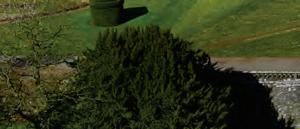





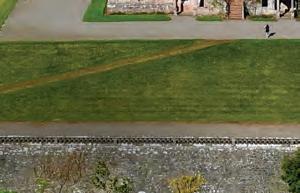





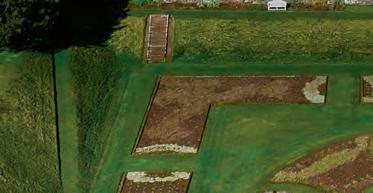
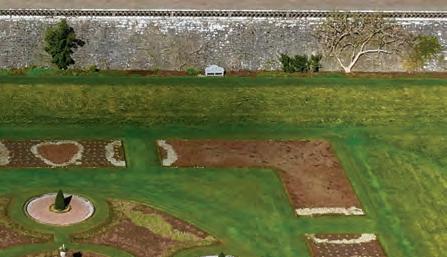
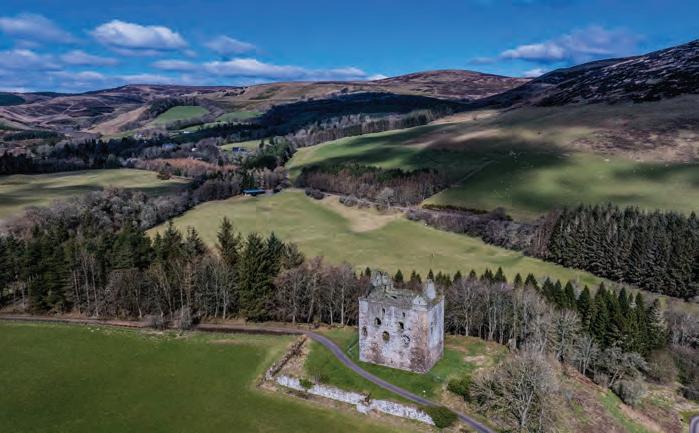
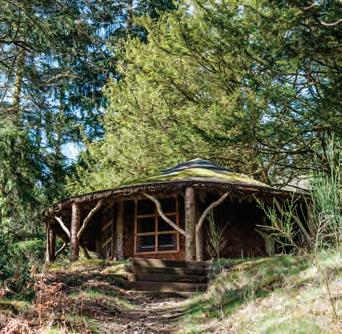

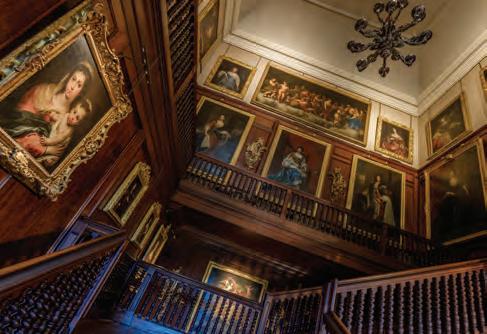



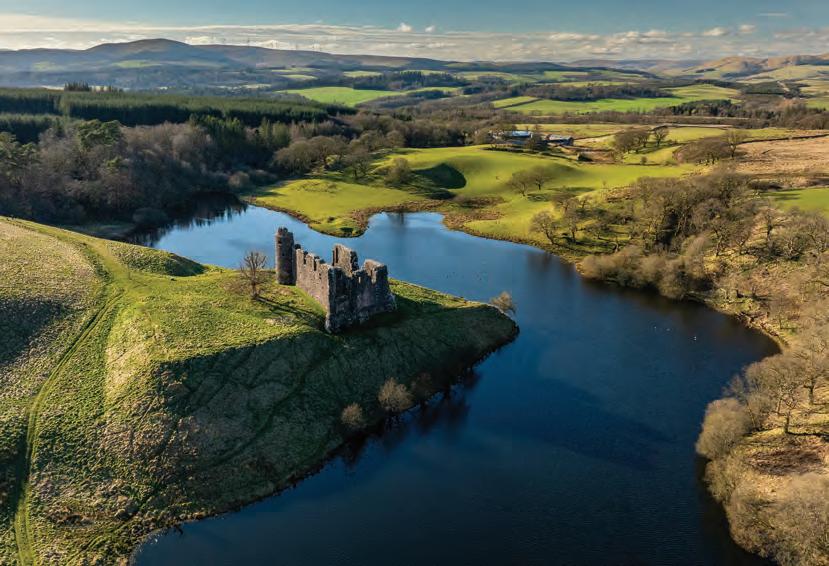

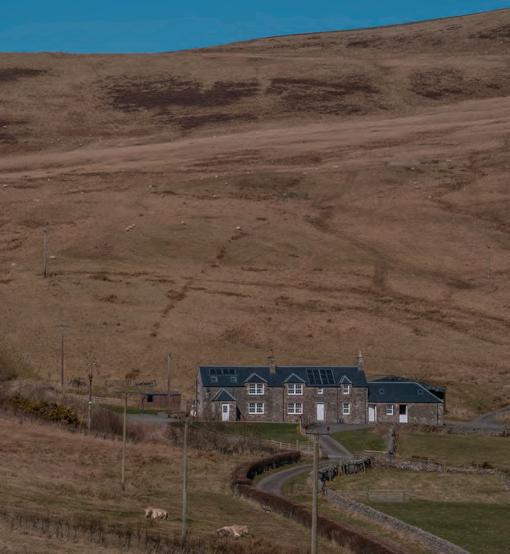
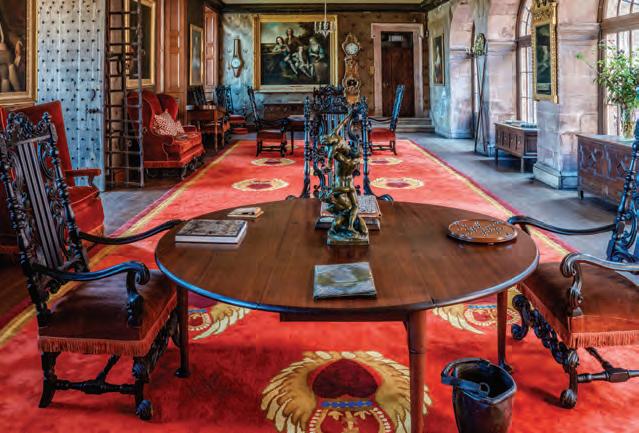
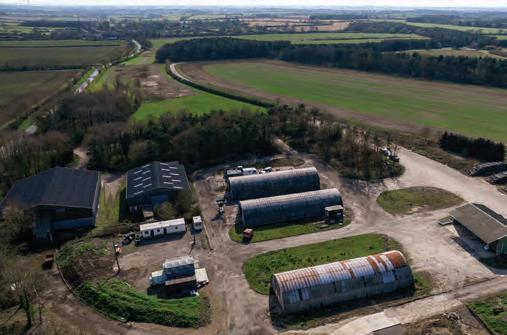

























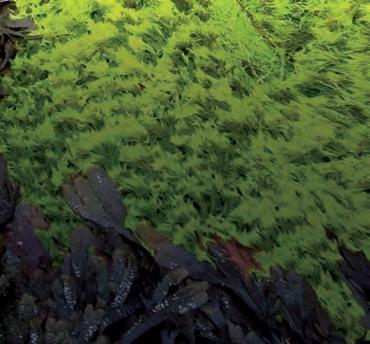
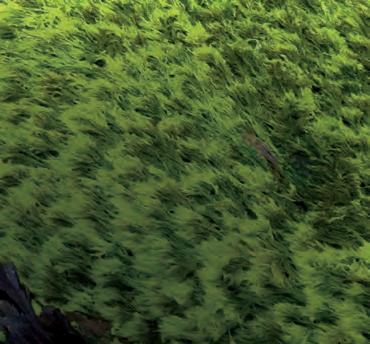
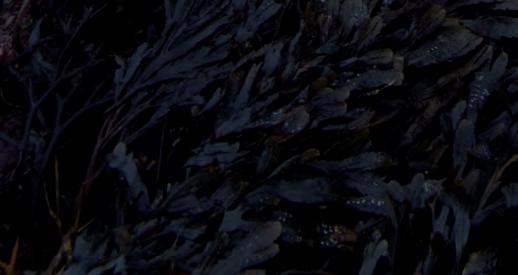
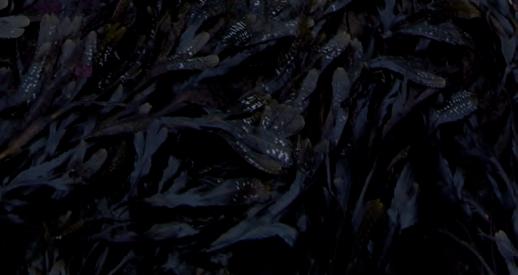
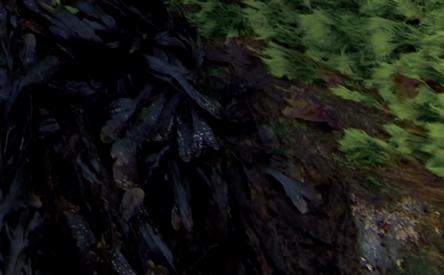
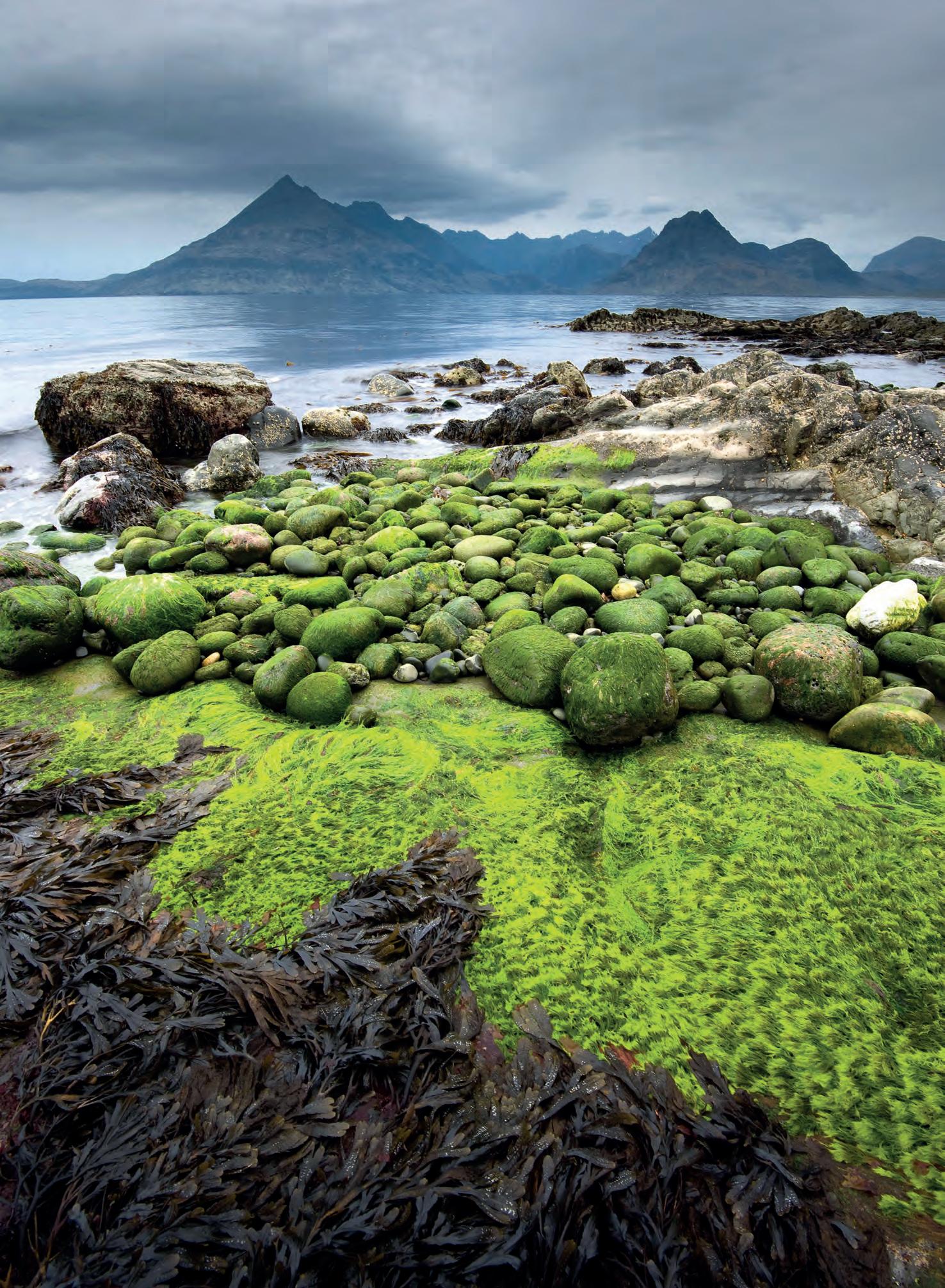
Other 2024 projects included Borges And Me , Son Of Sardaar 2, a second season of The Buccaneers and Sky Studios’ Lockerbie: A Search for Truth, which starred Colin Firth. Supported with £400,000 from Screen Scotland’s Production Growth Fund, the production filmed in the Friars Brae area of Linlithgow. Productions showcasing Scotland’s scenery included movie Tornado (2025), set against the backdrop of 1790s Britain.
Conway also notes “an uptake in interest in Aberdeenshire. Aberdeen City and the shire in general, is a beautiful and varied area. Frankenstein and Tetris [2023], both period pieces but with different needs, are brilliant examples of how the shire can attract and support large-scale productions.”
Andrew Reid
“If a production needs to move from coast to mountain to forest the downtime is minimal”
Key infrastructure developments include Stirling Studios. Located on former Ministry of Defence land at Forthside, an independent impact assessment has estimated the project will create around 4,000 jobs over 25 years. Conway says: “The site is undergoing refurbishment but has already housed Lockerbie: A Search for Truth. Stirling is the sixth dedicated studio space within our main crew-base area, on top of the various other build spaces.”
A concerted effort has also been made to support VFX and virtual production, with Screen Scotland’s pilot incentive programme, Project-Post, which has helped the post/VFX sector attract some notable work to Scotland. This adds to the virtual-production infrastructure already available from Coatbridge-based Nightsky Studios.
The situation in Wales is equally healthy, with state-ofthe-art studios complementing the country’s spectacular coastline, majestic mountains and diverse architecture. In February 2025, Creative Wales calculated that, in its first five years, the £28.6m it has invested in production has brought £342m of spend into the Welsh economy. From Netflix’s Sex Education (2019-23) and Amazon’s Young Sherlock to HBO’s
House Of The Dragon (2022), the country has become a go-to destination for streamer-backed HETV. House Of The Dragon, a Game Of Thrones spin-off, filmed across North Wales, with the area’s dramatic scenery standing in for the mythical Dragonstone. Netflix also came to North Wales for series three of The Witcher, which shot near the mountain region of Snowdon. This region has been further boosted by the launch of Aria Studios in Anglesey.
Like its counterparts, Wales has hosted a diverse range of projects, with the BBC’s Lost Boys and Fairies (2024) and ITV’s Until I Kill You (2024) shot within its borders. The latter, which starred Anna Maxwell Martin, was filmed in the South Wales city of Swansea because of its resemblance to 1990s North London, where the story is set. South Wales is the backbone of the country’s production industry, with Seren Studios, Dragon Studios and Wolf Studios all close to capital city Cardiff — itself a popular destination for producers, with the Doctor Who franchise a frequent visitor. In 2024, the city welcomed the upcoming The War Between the Land and the Sea, a five-part series within the Doctor Who franchise. Parts of the city centre were taken over to create an apocalyptic scene featuring crushed cars, rubble and actors covered with debris.
Still in South Wales, a lavish new adaptation of The Forsyte Saga filmed in Cardiff — as did Netflix’s new production of Agatha Christie's The Seven Dials Mystery Meanwhile the beautiful town of Monmouth was used as the picturesque backdrop for drama series Young Sherlock Period architecture, extras in Victorian costumes and a horse-drawn carriage were used to evoke a 19th-century atmosphere. Back over the border in England, Liverpool, Manchester, Yorkshire, Humberside and, more latterly, the regions around Newcastle and Birmingham, have all generated a steady influx of international and domestic productions over the last year.
Liverpool offers visiting producers a mix of excellent crews, period and contemporary architecture and The Depot, a studio complex with two purpose-built, 20,000 sq ft units. Another game-changer has been the launch of the Liverpool City Region Production Fund, which can offer up to £500,000 to projects. So far, the fund has invested in 10 series, the most recent being series two of ITVX comedy G’wed (2024). Filming on G’wed took place in Wirral and Liverpool across August 2024, following investment from the Liverpool Film Office, which administers the fund. Liverpool has carved out a reputation for servicing
everything from domestic TV series to blockbuster feature films including The Batman (2022). Explaining the city’s appeal, Liverpool Film Office head of production services Kevin Bell says it is partly about the historic architecture: “Historically it was the gateway to the new world, so it has a strong tradition as a port city. There's also an international feel to the architecture, which has helped attract projects like The Batman and Fantastic Beasts.”
The city is also very compact, which helps save time and money during production. “The Batman was here for two weeks and shot in six different locations. Location managers come to Liverpool and discover that they can get bread-andbutter locations like a police station, city hall, hospital and cemetery within five minutes of each other,” Bell says. Also important, he says, is the close collaboration between the Northern hubs: “We’ve formalised the relationship between ourselves, Screen Manchester, Screen Yorkshire and Northeast Screen to support production and skills development. So when we attract a large-scale production, we look at ways to work together. For Marvel’s Captain America [The First Avenger/2011], there was a main unit here, and a second unit in Manchester.”
Yorkshire continues to be one of the UK’s most prolific production hubs, benefiting from a solid crew base, spacious studios and a proactive film office — Screen Yorkshire. One of Screen Yorkshire’s secret weapons is a locations database which offers 1,200 locations, from the Yorkshire Dales to industrial backdrops. The Dales provide the backdrop for Channel 5 drama series All Creatures Great and Small (2020-), while ITV’s historical drama Victoria (2016-19) used Harewood House to replicate Buckingham Palace. The highly effective Yorkshire Content Fund (YCF) can invest up to £500,000 per project, and has helped generate £225m of production spend across more than 60 productions since 2012. Projects to have benefited in the last year include films The Choral, Nest and Good Boy, and fourpart TV drama Reunion The Choral takes place in Yorkshire in 1916 where the chorus master and most of the men of the local choral society have volunteered for the front. Locations in West and North Yorkshire provide the backdrop to the film which is written by Alan Bennett, directed by Nicholas Hytner and stars Ralph Fiennes. Reunion, by contrast, is a revenge thriller, written by Sheffield-born William Mager, and filmed around the city. Caroline Cooper Charles, chief executive of Screen Yorkshire, says: “These titles, along with the BBC series Virdee (2025), which is also supported by the Content Fund and recently concluded production in Bradford, emphasise the important positive economic impact we can bring to the Yorkshire economy.”
Two hours from London, the city of Bristol continues to be a popular hub for production. For the 2023/24
Kevin Bell
“There's an international feel to the architecture, which has helped attract projects like The Batman and Fantastic Beasts”
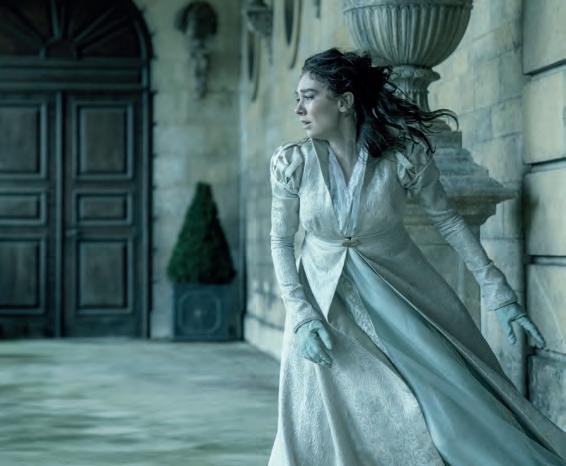
ONE OF the most compelling attractions of the UK as a lming hub is the diverse array of private and publicly-owned estates that have embraced the lm and TV production boom. A case in point is the expansive Buccleuch portfolio, which encompasses four estates: Dalkeith Palace and Country Park on the outskirts of Edinburgh; Borders Estate, spanning the Scottish Borders and Dumfries and Galloway; Queensberry Estate, nestled by the River Nith in Dumfries and Galloway; and Boughton Estate in Northamptonshire. As an added bonus, Buccleuch also manages 8,000 hectares near Barrow in Furness. This includes saltmarshes, estuaries and quarries heading up towards Lake Windermere. “Between them, these estates o er an extensive portfolio of stunning and dramatic backdrops for lmmakers,” says Emma Pattison, head of Buccleuch’s executive o ce. “There are exceptional mansion houses and castles — some lled with world-renowned art collections — as well as forests, cottages and ruins. Location teams can easily access everything from the rolling hills of Dumfries and Galloway and the Scottish Borders to the quiet countryside of rural Northamptonshire and the outskirts of Edinburgh.”
And Buccleuch’s o ers don’t end there: “The estates include unique gardens, glasshouses, lochs, rivers — and even a former WWII air eld. For example, the 75,000-acre Queensberry Estate has everything from a castle to traditional heather
huts [typically a shepherd's hut or cabin], to the almost lunar landscape of the opencast coalmine at Glenmuckloch.
Boughton House, meanwhile, is a 17th-century French Chateau in the middle of the English countryside from two sides — and a sprawling Tudor manor house from the third.”
The Buccleuch team is familiar with the needs of production, having welcomed complex projects across the years. Apple TV+ series Buccaneers(2023) and Starz epic Outlander(2008-) shot internally and externally at Queensberry Estate and Drumlanrig Castle, while LesMisérables(2012) and Ridley Scott’s Napoleon (2023) lmed extensively at Boughton House. Pattison says that Buccleuch is exible and lm-friendly when it comes to welcoming producers: “Working with the estate management teams, every area of the estates and mansion houses can be open for lming. Each lming enquiry is routed through a central hub and at each estate there is a dedicated contact appointed for each lming contract, with experience in managing shoots and team requirements.”
There is also room to accommodate cast and crews, and wired-up o ce spaces that can be used as production hubs. Pattison underlines the privacy that shooting at Buccleuch a ords — and notes that there are still untapped locations to discover.
“The portfolio is still relatively unknown and Bowhill in particular has never had a major production. That will certainly appeal to curious directors.”
financial year, film and TV productions shot on location in Bristol or at city’s The Bottle Yard Studios generated an estimated £30m towards Bristol’s economy. A total of 32 major productions were assisted by Bristol Film Office and/ or The Bottle Yard Studio, of which nine were feature films and 23 were HETV.
Paramount+ psychological thriller The Crow Girl (2025) filmed in and around Bristol in 2024, supported by the city’s Film Office. Adapted from Erik Axl Sund’s novel, the six-part drama effectively replaces Stockholm in the book with Bristol in the series. Tony Wood, co-CEO of production company Buccaneer, says: “When replacing Stockholm, Bristol was always such an obvious choice. Its maritime past, historical importance, strong local socio-political identity, and the brilliant aesthetic diversity all played brilliantly into our story. And shooting in the city was a delight. The largely local crew was exceptional, allowing us to produce a highend drama on a pretty tight budget.”
Bristol has also proved a useful jumping-off point for a variety of locations across the southwest of England and the South Midlands. BBC series A Good Girl’s Guide To Murder, based on the novel by Holly Jackson (2024), was based at The Bottle Yard but took in several key locations. Somerset Film Office, for example supported filming in the village of Axbridge, which doubled as the fictional town of Little Kilton. Director and executive producer Dolly Wells says: “We tried to find a version of Little Kilton which reflects the atmosphere in the book and screenplay. What
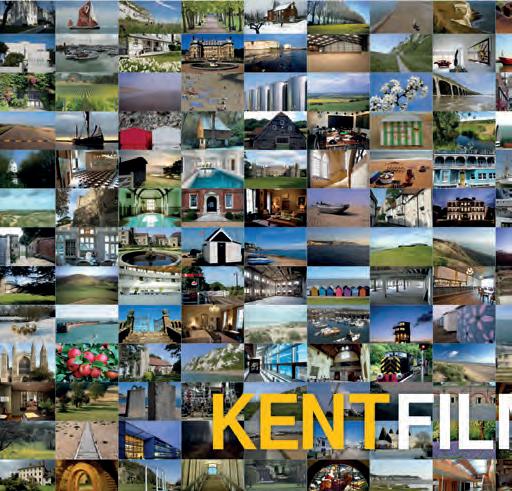
was important to us was a town that was the right size for the correct amount of suspects. We were also keen to have a sense of the woods that surround the town. Thematically that was important.”
A new BBC adaptation of Agatha Christie’s Towards Zero filmed in and around Bristol, the city’s Cathedral doubling for the exterior of Westminster’s Royal Courts of Justice and Frog Lane serving as a 1930s-London street. This production also took in the Devon coast. A spokesperson at producer Mammoth Screen says: “We had some particular challenges — recreating the Royal Courts of Justice, 1930’s Wimbledon Centre Court and a sparkling modern Art Deco hotel geographically opposing an old country pile on a Devon cliffside. The Devon landscape is so central to Christie’s Towards Zero, so it was special to film at Burgh Island Hotel and beaches in the Kingsbridge area, just down the path from Christie’s home, Greenway House.” With 2025 off to a flying start, Adrian Wootton is optimistic that the UK will also be further boosted by recent tweaks to the country’s tax incentives, which favour VFX and independent film. “I think the changes will incentivise many millions of pounds of VFX work to stay in the UK,” he told Location International. “And as for independent film, the volume of inquiries is going through the roof as producers and investors see an opportunity to get their projects over the line. If we see a spike in the volume of independent films, that will most likely benefit all the UK’s major production centres.”

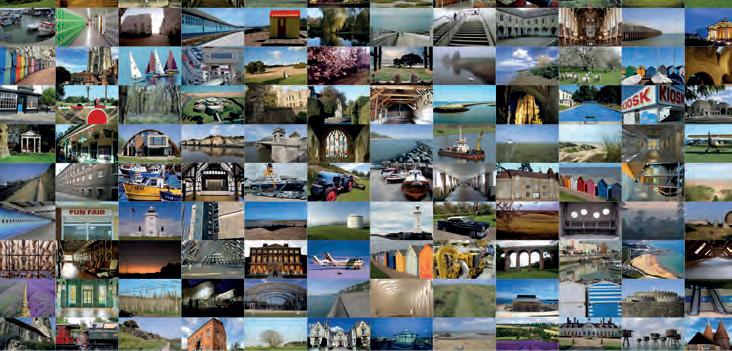
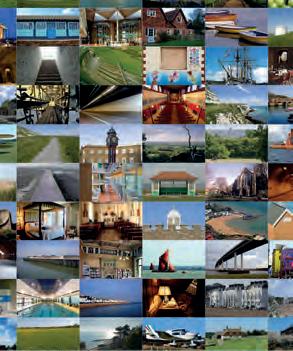


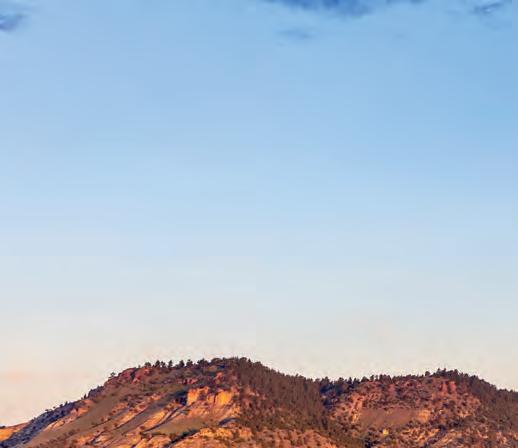
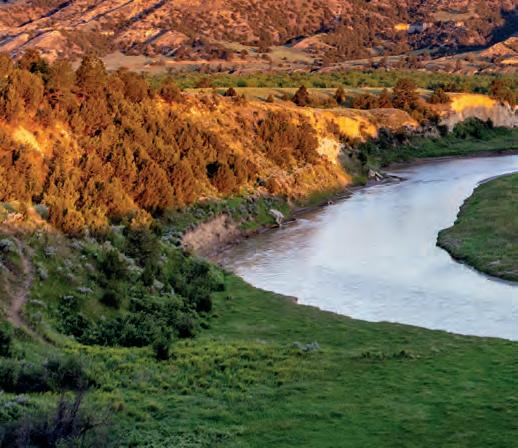
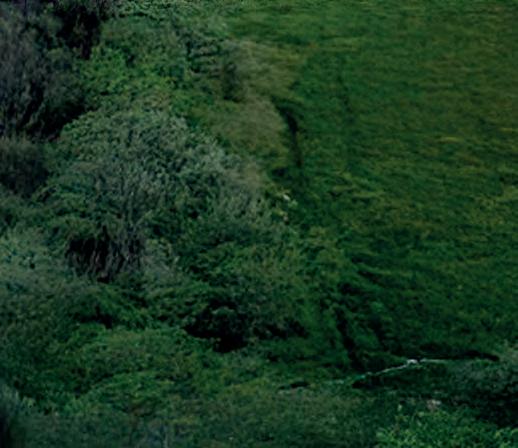
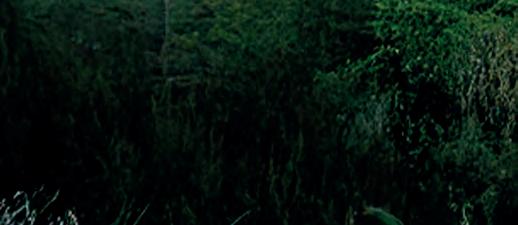
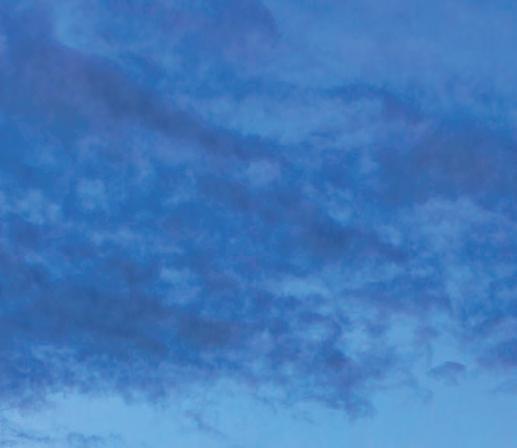
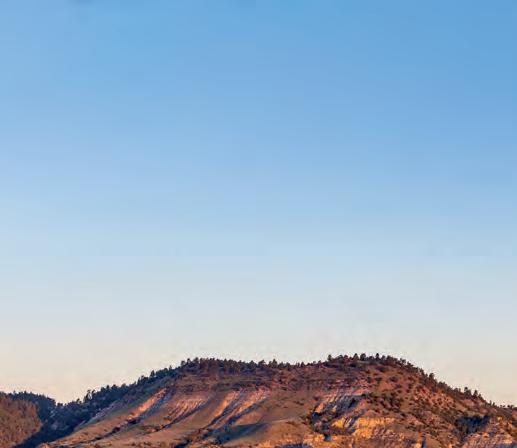
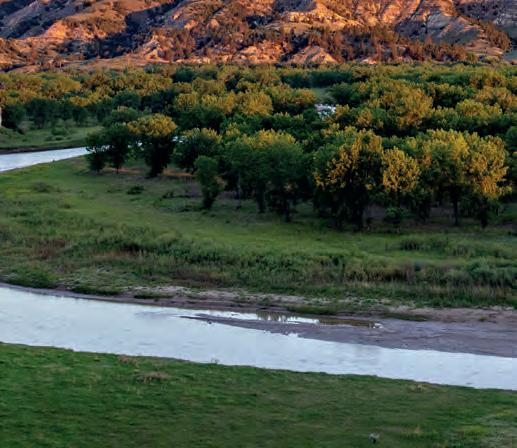
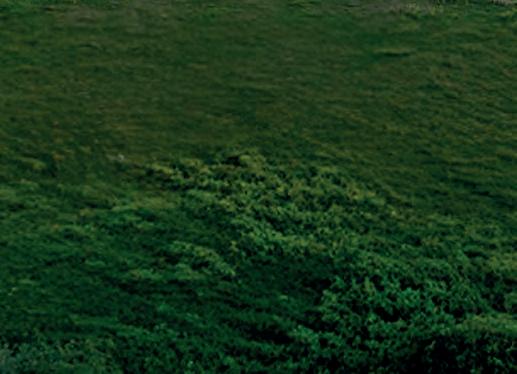



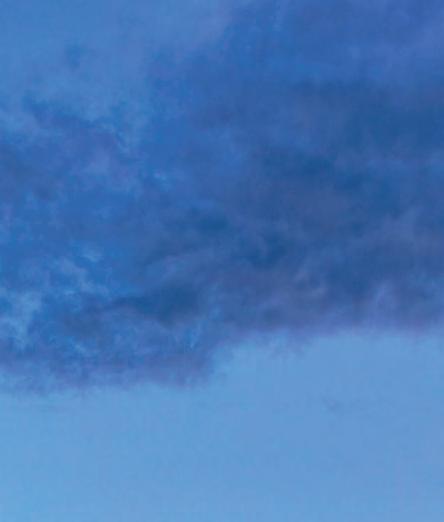
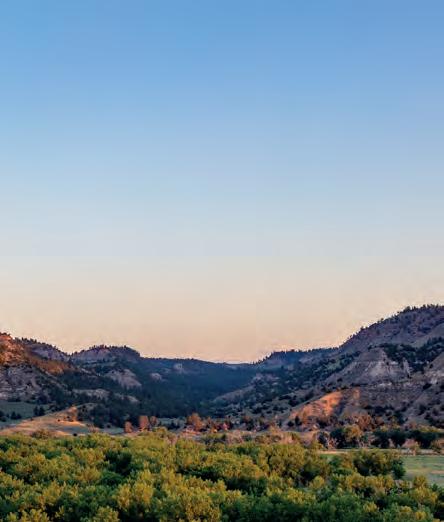



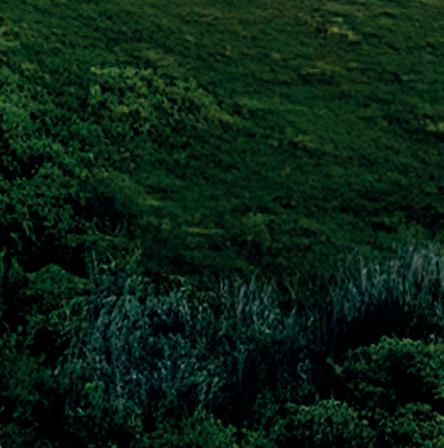
Corta Atalaya is the largest open-cast copper mine in Europe, located in Minas de Riotinto in the province of Huelva. The Rio Tinto Mining Park is a unique destination famous for its reddish-water river and orange soil, resembling Mars — so much so that NASA has carried out numerous studies in the region. The whole mining area features the magical contrast of colours and light, from the oranges and ochres of the mines to the green spaces of the surrounding mountains.
The location is widely used for commercials and photographic shoots as well as in countless nature documentaries. It was the main location for feature flms The Heart of the Earth (2007) and Before the Fall/Three Days (2008); and recently for the Spanish TV series Operación Barrio Inglés (2024).
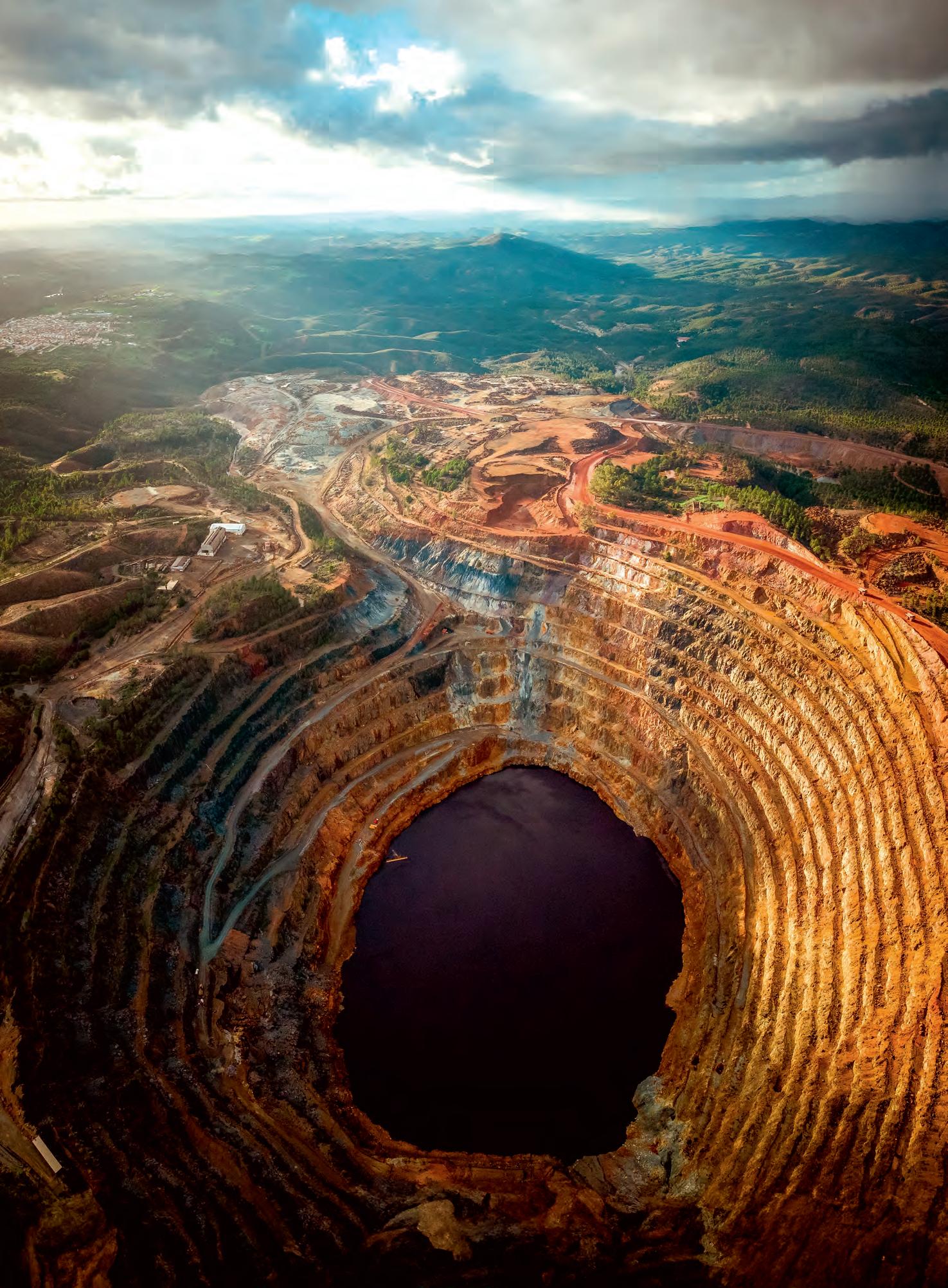
Location International has teamed up with flm commissions, location managers and photographers to bring images of stunning locations around the world. Some are welltrodden by flm crews, others are still to be made famous on the big and small screen
Located in the heart of the northern boreal forest, Elk Ridge Resort features a variety of accommodation from premium hotel rooms to rustic cottages and camping grounds. The resort is also a conference centre, useful for production meetings. Elk Ridge is close to the beach town of Waskesiu and Prince Albert National Park, ofering other viable location options. A four-season paradise, the venue becomes a winter wonderland during the colder months.
Productions that have shot here include feature flm Gifts of Christmas (2024) and TV episode Flat Out Food, Episode:Bison (2023).

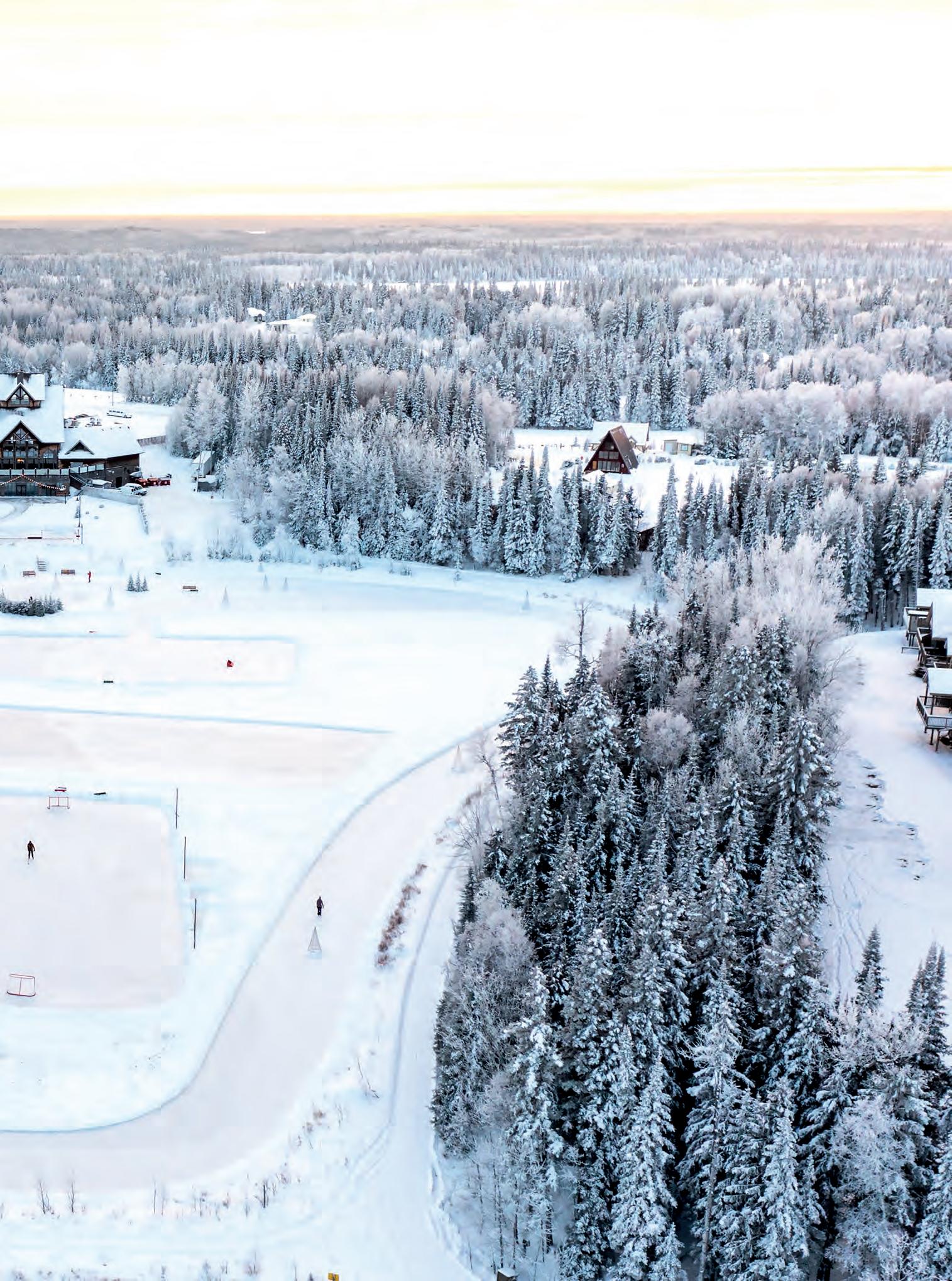
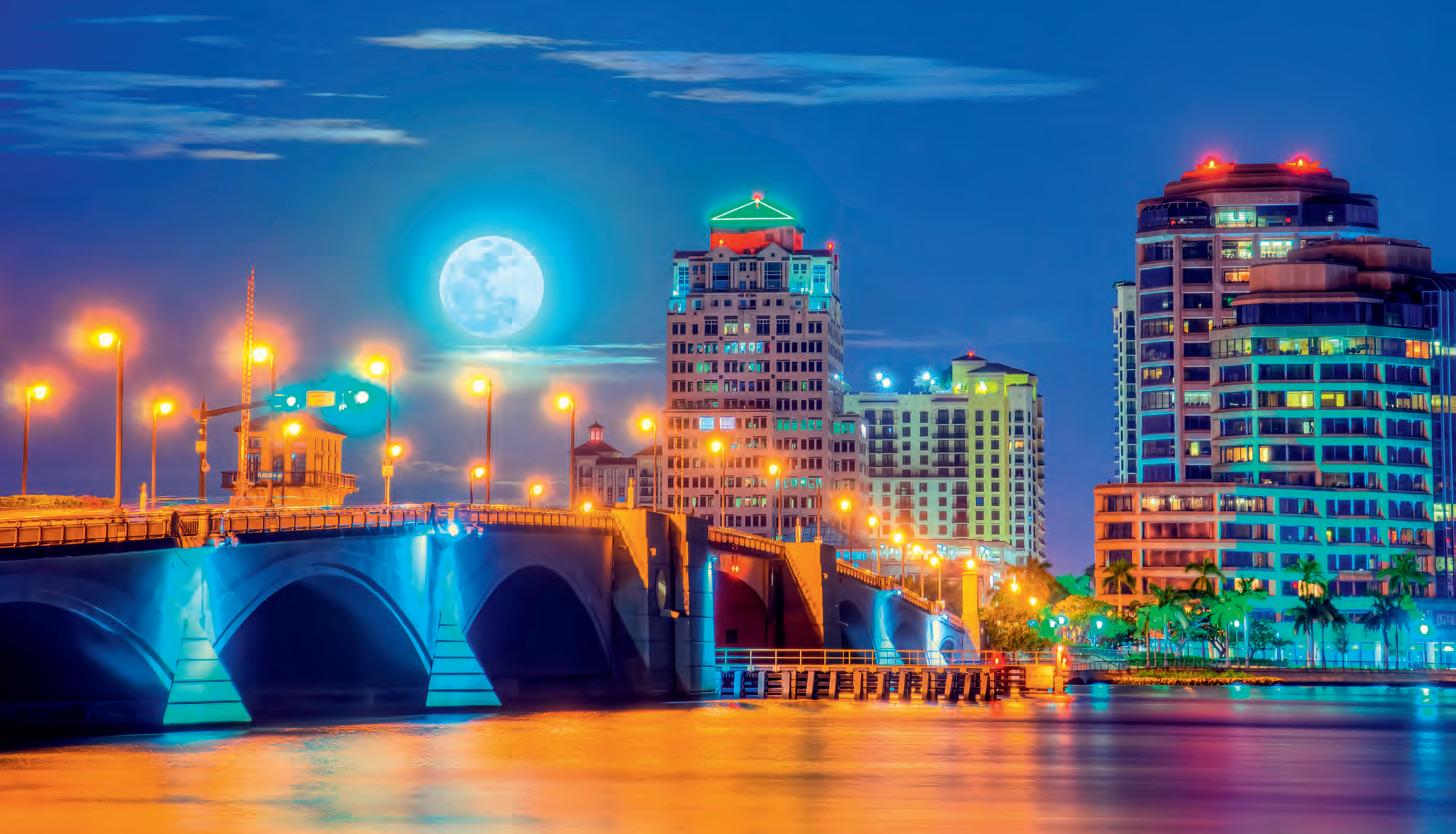
With its tropical elegance and urban energy, the Royal Palm Bridge connects the town of Palm Beach to West Palm Beach and ofers a variety of angles that change from day to night. Locations include the palm-lined waterway road with gentle curves along the shimmering Intracoastal Waterway with a bustling business and marina district, world-class shopping, parks, dockage and al fresco dining nearby.
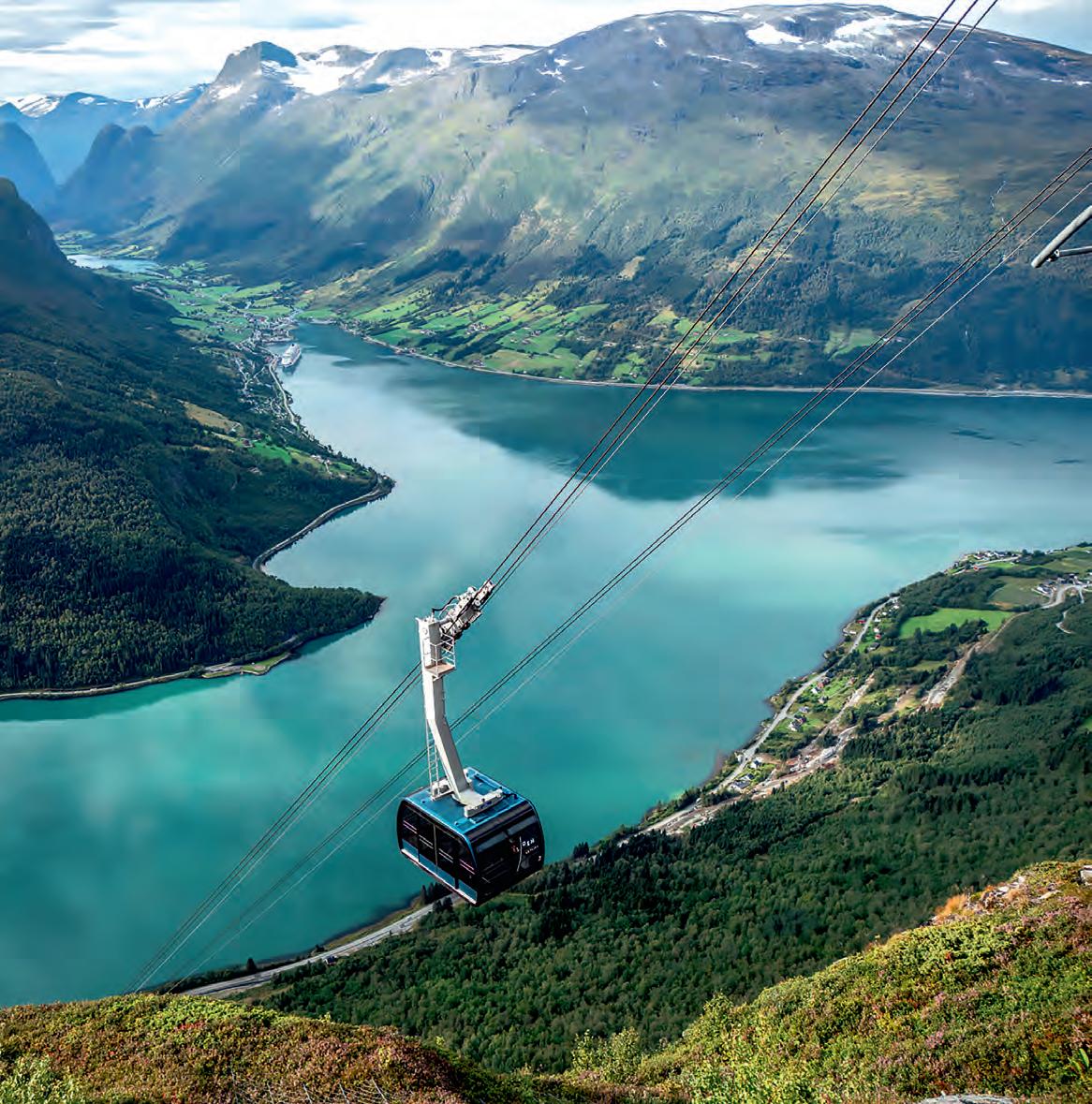
Many productions have used the downtown West Palm Beach area, including: feature flms Parker (2011) and Apples Never Fall (2023), TV series House Hunters International (2019) and numerous commercials.
PHOTO COURTESY CAPTAIN KIMO
Loen Skylift is one of the steepest cable cars in the world, and boasts the ability to transport guests ‘from ford to sky in 5’ — with jaw-dropping views. The panoramic views at the peak provide a tapestry of deep-blue fords and tourmaline forests, interspersed with dramatic clifs. Despite its lofty location, Mount Hoven is accessible via Loen Skylift, the climbing trail Via Ferrata and a paved road.
Tom Cruise and the Mission: Impossible team chose this stunning region to feature in one of the most grandiose stunts in cinema history — a clifside motorcycle launch ending in a base jump from nearby Helsetkopen mountain for Mission: Impossible – Dead Reckoning Part One (2023).
PHOTO COURTESY ‘ZIPPY’ DOWNING / COLABS
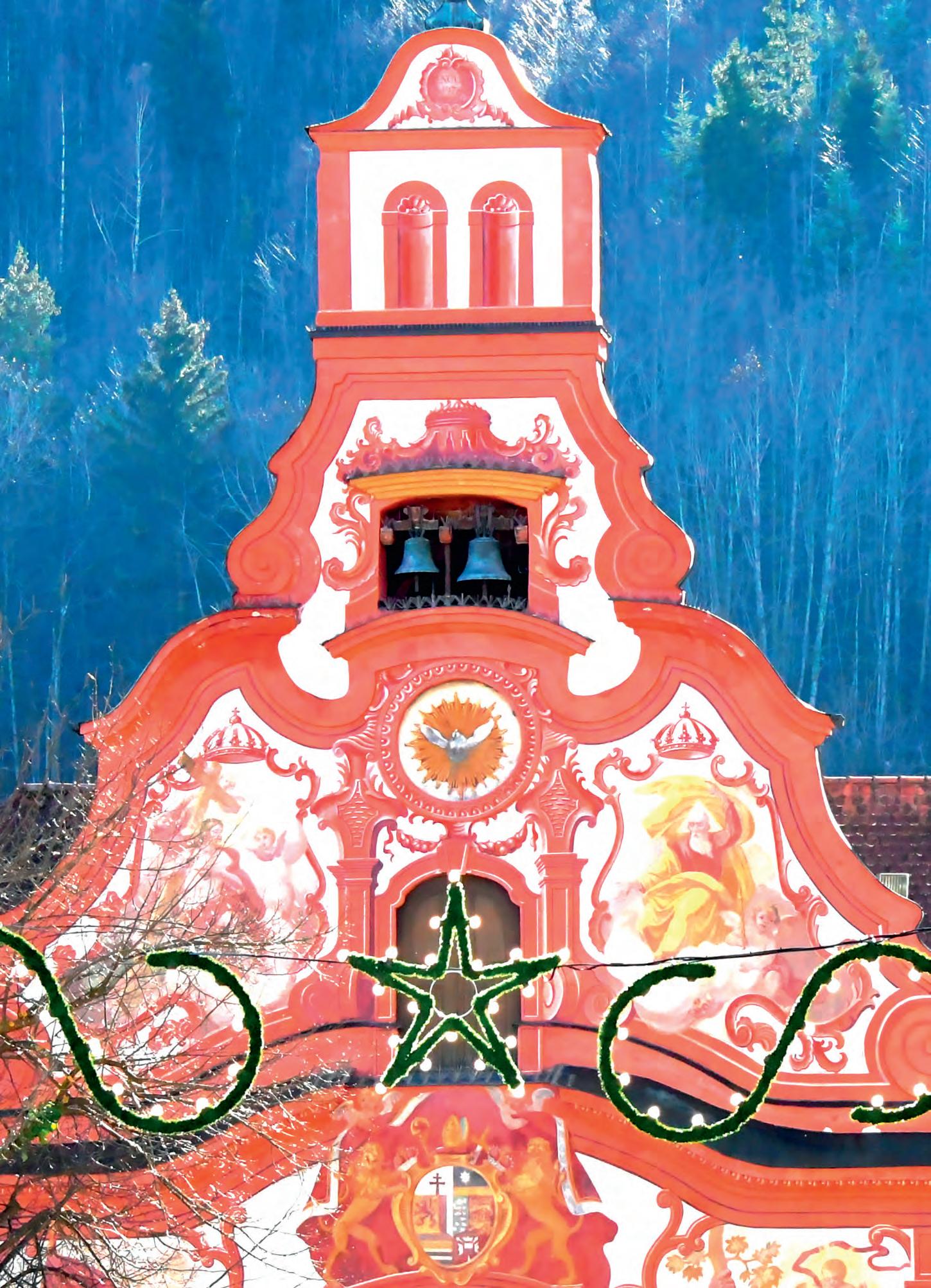
Designed by Johann Georg Fischer in 1749, the HeiligGeist-Spitalkirche is a charming church built over the site of an older Gothic church which was burned in 1743. Dedicated to the Holy Spirit, it has a stunning bright red Rococo facade and is famous for its frescoes and altar paintings.
This church stands on what was known as the bread market (brotmarkt) and a scene from The Great Escape (1963), starring Steve McQueen, was flmed here.
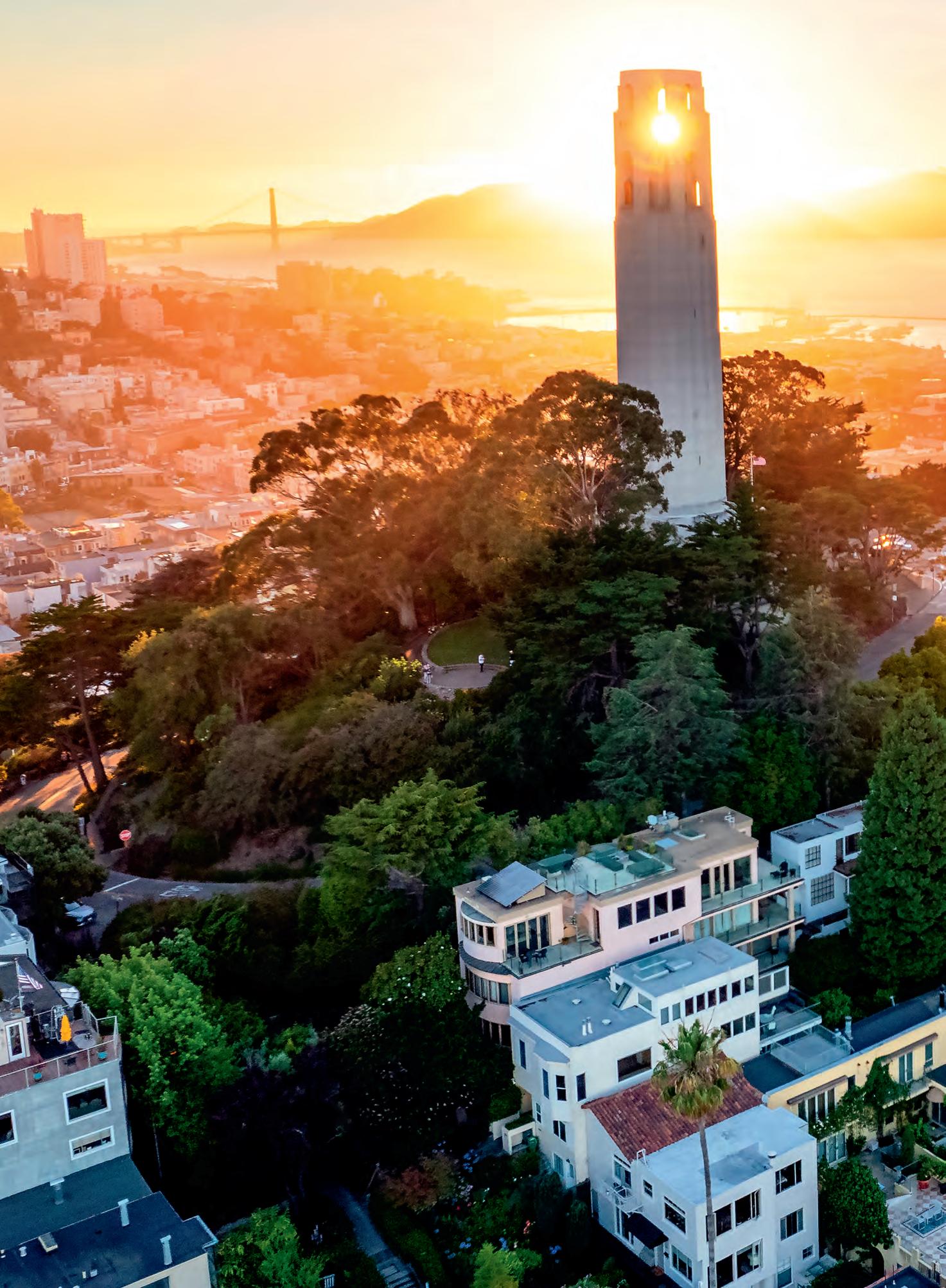
Built in 1933, Coit Tower is in the Telegraph Hill neighbourhood of San Francisco, overlooking the city and San Francisco Bay. Telegraph Hill is often acknowledged as the best 360-degree viewing point for the Bay and the fve surrounding counties. There are countless vantage points that have been well used for a variety of flm projects that feature this iconic backdrop.
Coit Tower is famously used in the feature flm Vertigo (1958).
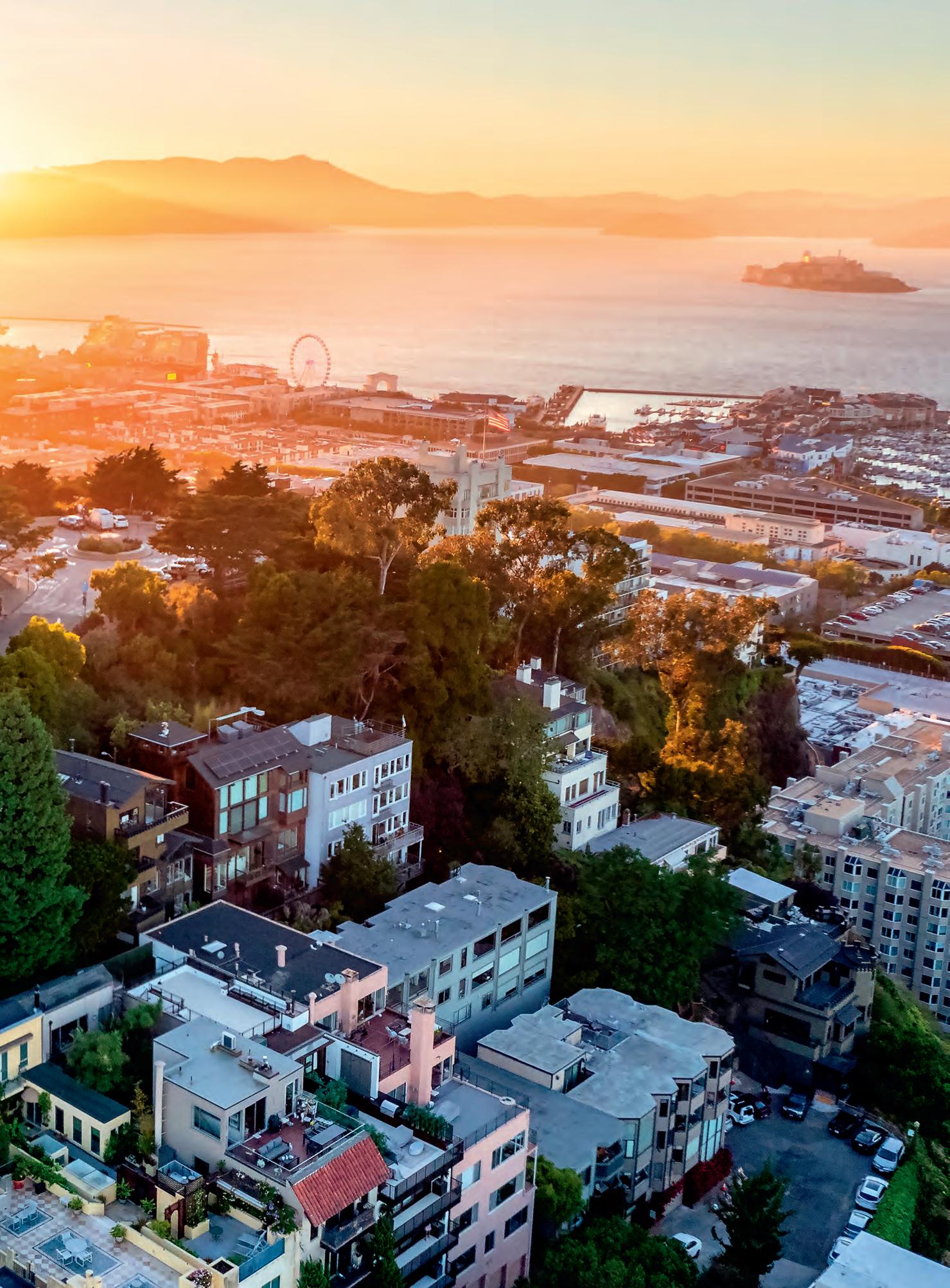
Hutchison Ports Gwangyang is a natural deep-water port terminal, serving as a hub for local and international container vessels. The port provides a large concrete lot ideal for constructing open sets, with reliable infrastructure. By stacking containers, utilising blue screens for VFX and capturing the surrounding maritime environment with ships in frame, production costs can be competitive.
There are many projects that have shot here, including: TV series Prison Playbook (20172018), Mr. Sunshine (2018), Crash Landing on You (20192020) and Pachinko (2022); and films The Admiral: Roaring Currents (2014), A Taxi Driver (2017), Extreme Job (2019) and 12.12: The Day (2023).
PHOTO COURTESY JOHN HUTCHINSON WWW.HUTCHINSONLOCATIONS.COM LMGI
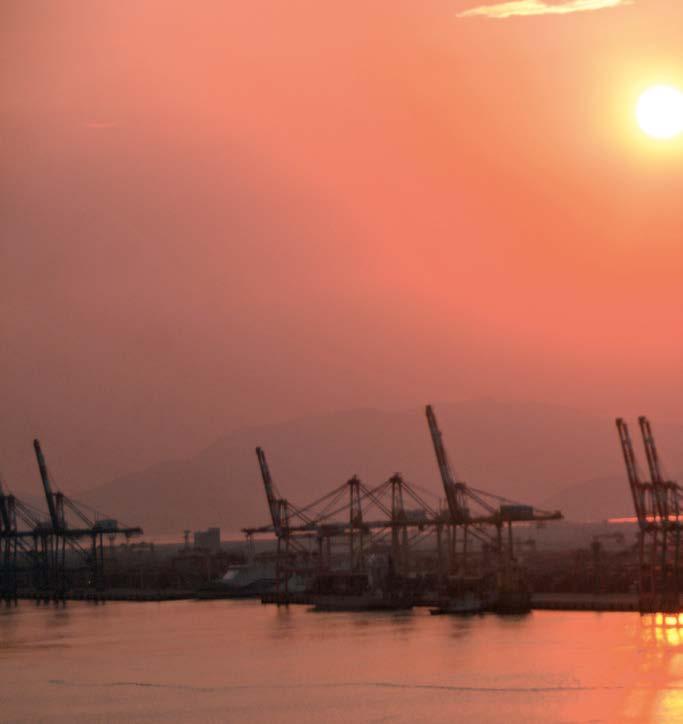
Lindisfarne, also known as Holy Island, is a tidal island off the northeast coast of England. Lindisfarne Castle was built in 1550 and is dramatically sited beyond the harbour on a cone of rock. One of the location’s special features is a tidal causeway for access to the island, and you have to make sure you travel at the right time or risk having to remain on the island. Northumberland is a spectacular English county which has an extremely supportive film office.
The film 28 Years Later (2025) recently shot on the island.
PHOTO COURTESY PETER GRAY, LMGI
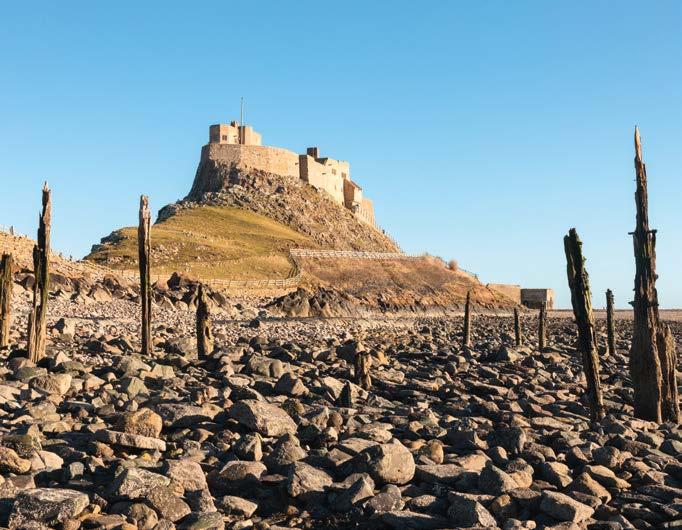
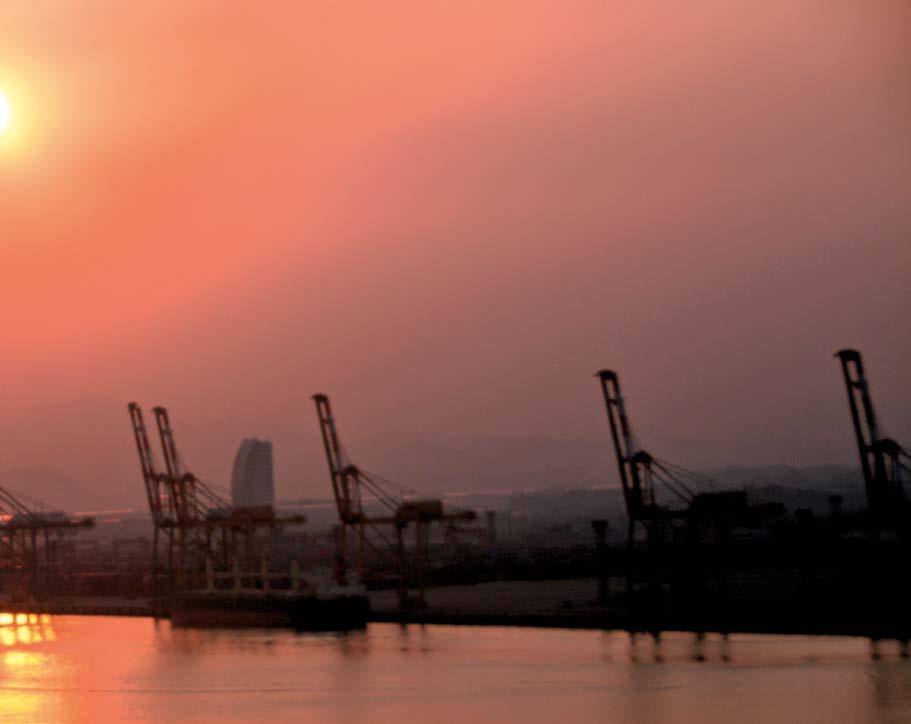
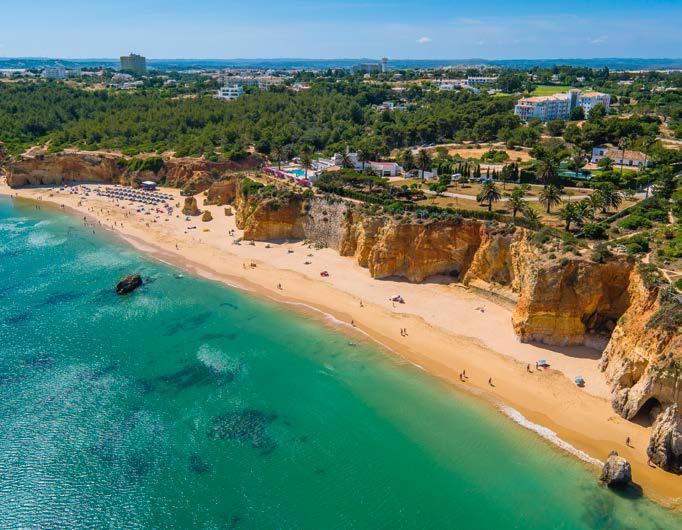
DO VAU BEACH, PORTIMÃO, ALGARVE, PORTUGAL Praia do Vau Beach, situated three kilometres from Portimão, stands out for its striking ochre-toned cliffs, golden sands and crystal-clear water. The rock formations create unique natural alcoves that add depth and character to the landscape. This picturesque beach offers a visually rich setting, ideal for productions seeking dramatic coastal scenery.
Although this region is very popular for all these types of production, this location is a largely undiscovered gem at present.
This panoramic view of Bilbao is taken from Mount Artxanda, a popular leisure and recreation area which can be reached from the city in five minutes aboard the funicular railway which has been operating since 1915.
Bilbao is a global hub for the audiovisual industry in northern Spain and has been a backdrop for many major international productions, including: feature films The World Is Not Enough (1999) and Jupiter Ascending (2015); and Netflix series Intimacy (2022).
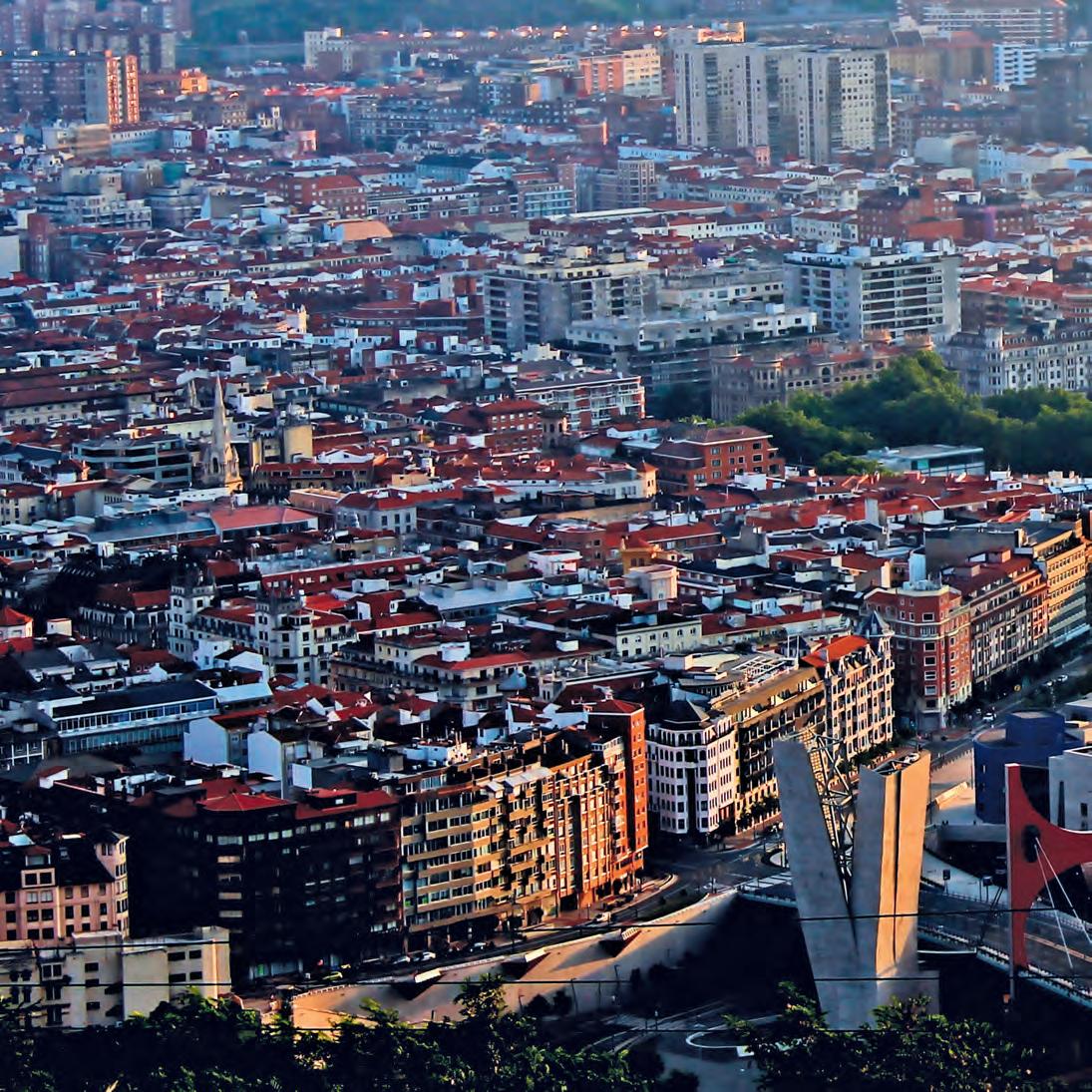
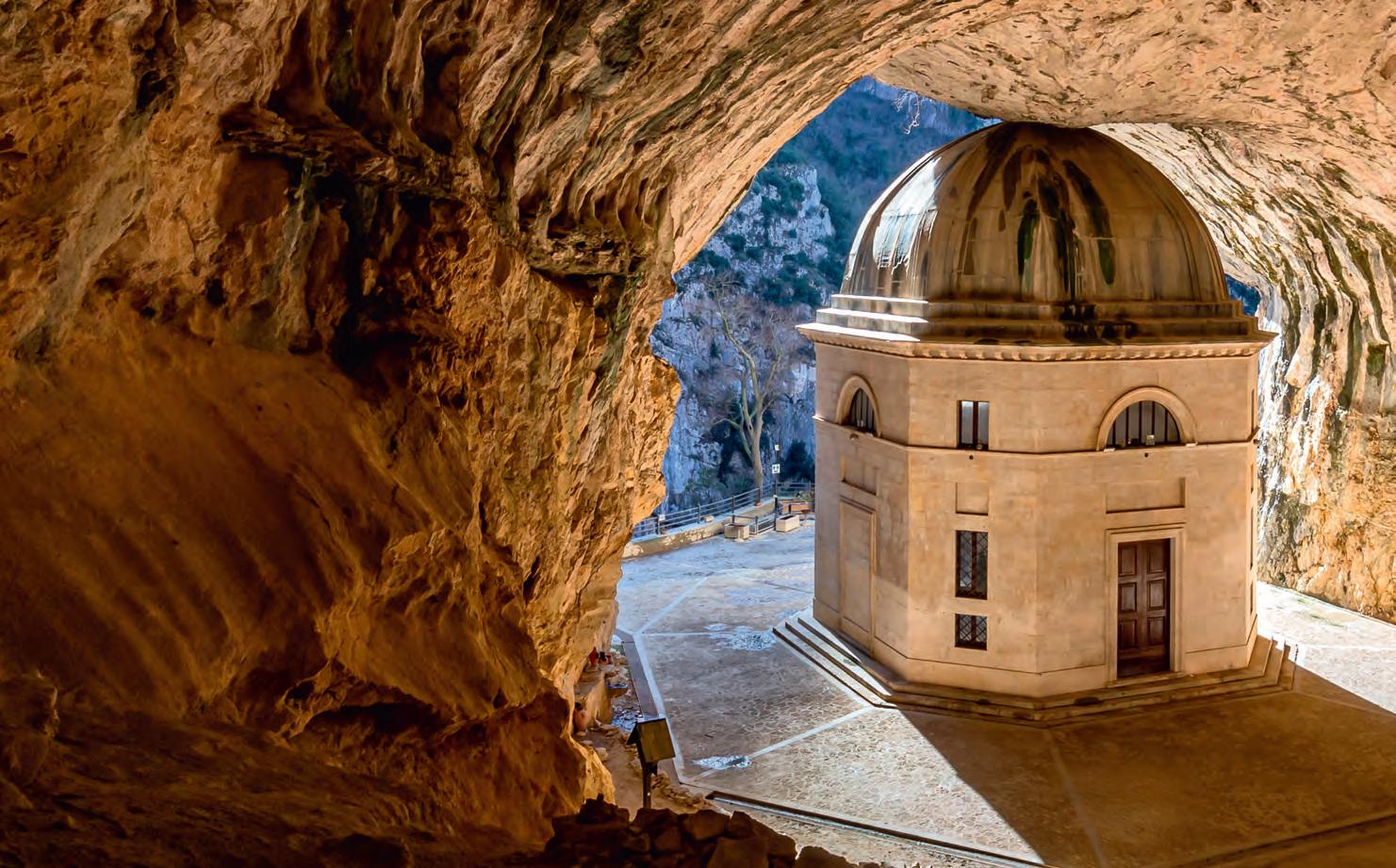
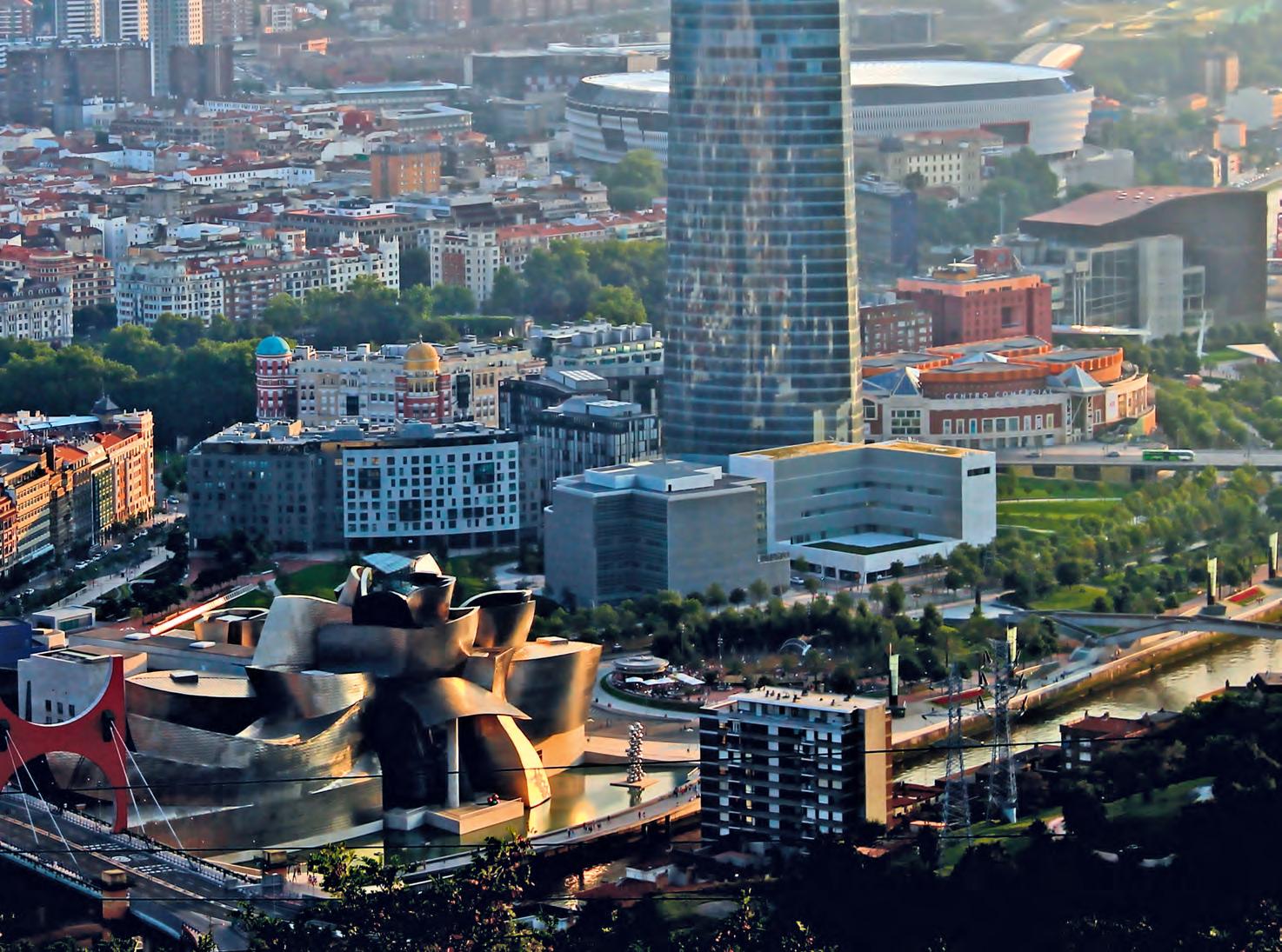

The Tempio di Valadier is a small octagonal temple located at the entrance of Frasassi Caves, a remarkable cave system in the Marche region on the east coast of Italy.
This domed marble temple was created in 1828 by Italian Neoclassic architect Giuseppe Valadier as a pilgrimage site. The Marche region is known for its rolling hills, scenic beaches and historic cities, as well as its rich cultural heritage, with influences from ancient civilisations and the Renaissance.
Many productions have filmed here including: Corsage (2022) and Kidnapped: The Abduction of Edgardo Mortara (2023).

Drumheller is a town on the Red Deer River in the Badlands of east central Alberta. An hour east of the cosmopolitan city of Calgary, the area has easy access to multiple properties with 360 degrees of uninterrupted views. The otherworldly scenery is a gift for filmmakers looking for locations that work for sci-fi, horror, ghost towns and Westerns.
Numerous film projects have utilised this area, including: Unforgiven (1992), Fargo (1996), Hold the Dark (2018) and Ghostbusters: Afterlife (2021.,
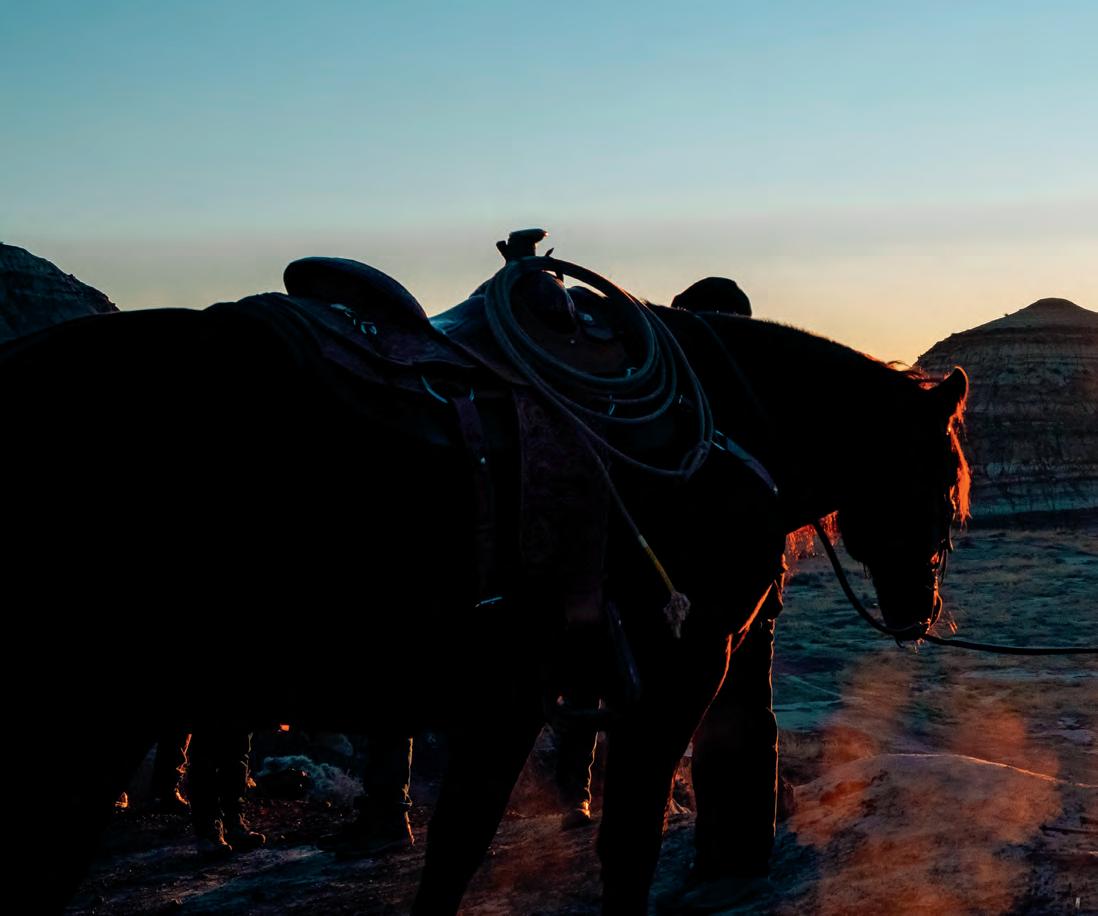
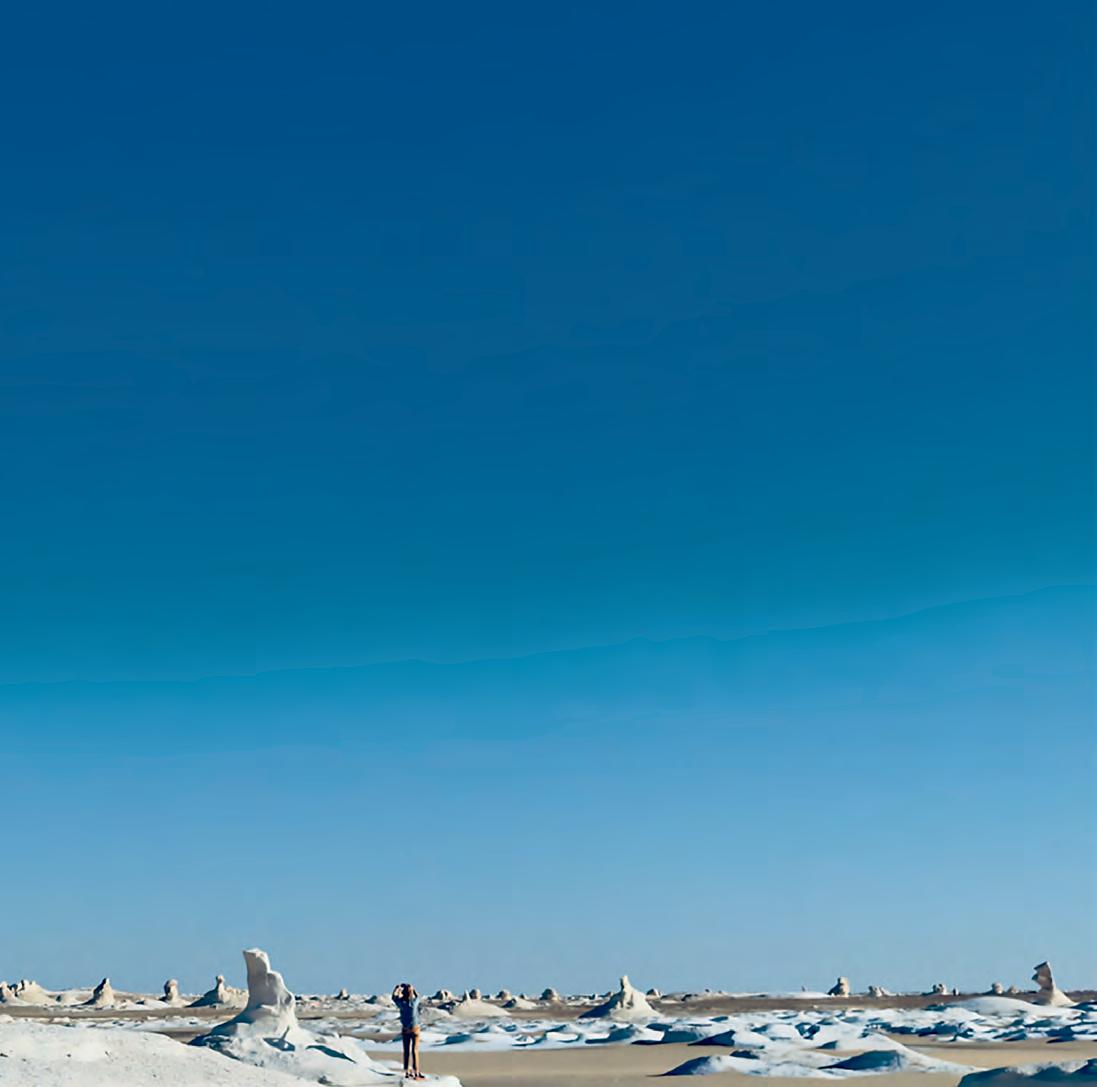
Sahara el Beyda, the White Desert Protected Area, is a national park located about 300 miles west of Cairo. A unique limestone desert shaped by wind and sand erosion over thousands of years, the White Desert has a surreal and otherworldly appearance. Some areas look like a frozen ocean and others feature rock shapes resembling ice cream or animals. The rock formation pictured can be found 30km north of the town of Farafra and is called Djaja wa Feter (Chicken and Mushroom) or just Al-Faragh (The Chicken).
Many productions have filmed here including Wicked: For Good (2025)
PHOTO COURTESY MARKUS BENSCH, LMGI
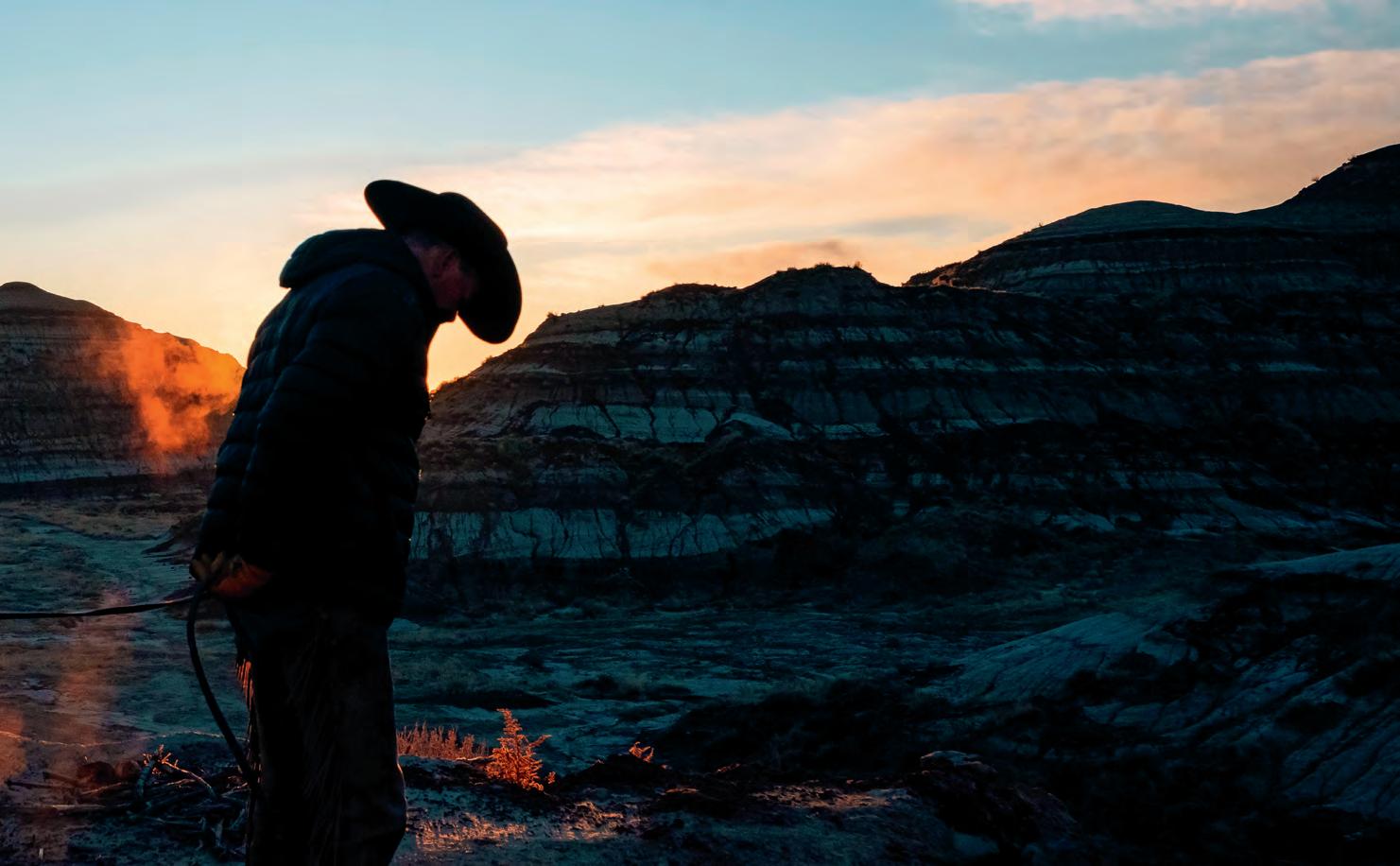
Punta del Hidalgo, located in the extreme northeast of Tenerife, is a small fishing village which looks out over the Atlantic. Often described as a surfers’ paradise, this spectacular spot combines an ocean view and volcanic mountains next to banana and avocado plantations. One of the most interesting locations in Punta del Hidalgo is the shining white futuristic looking lighthouse.

Birgu is a historic fortified city on the south side of the Grand Harbour in the south east of Malta. The city, along with the greater Valletta area, has an amazing mix of old and new with many locations that can double for other areas of the world. Malta has a long history of being used as a filming location.
Many big-budget and smaller independent films have shot here, including: Cutthroat Island (1995), Swept Away (2002) and Jurassic World: Dominion (2022), as well as numerous other productions and TV shows.

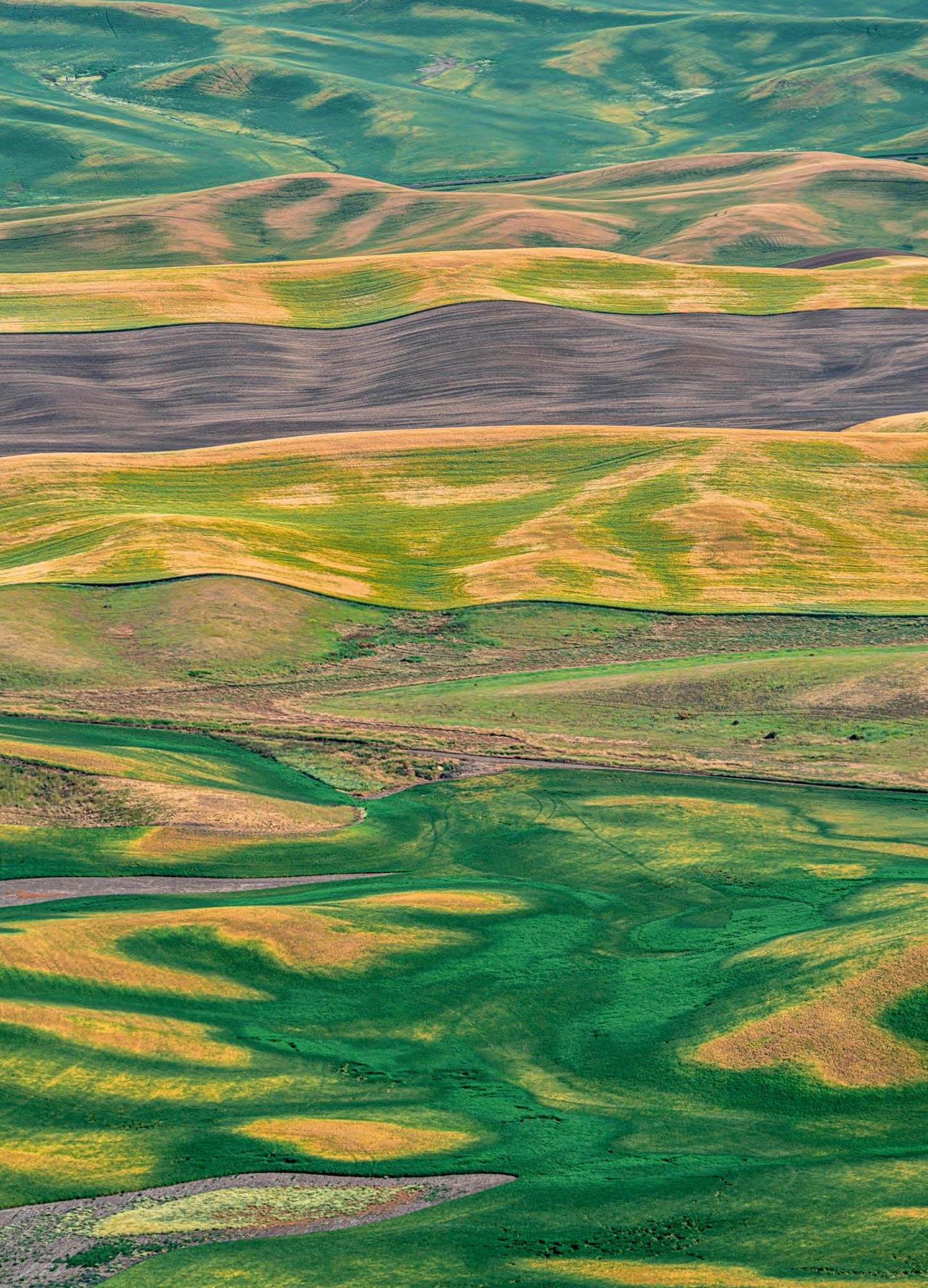
Steptoe Butte is a quartzite island jutting out of the gently rolling Palouse hills in Whitman County, Washington, in the north west of the US. The 3,612ft (1,101m) butte is preserved as Steptoe Butte State Park Heritage Site. The Palouse region offers endless vistas of undulating wheat fields sprinkled with historic barns and picture-perfect small towns, and has been compared with the landscape of Tuscany in Italy.
The area is a popular destination for still shoots as well as many film projects. Productions shot here include: Toys (1992), The Basket (1999), Dandelion (2004) and The Last Champion (2017).
Terschelling is an island in the northern Netherlands, one of the West Frisian Islands. The island offers a wild, untouched scenic beauty and is also home to the famous Brandaris Lighthouse, the oldest in the Netherlands. The location enjoys stunning natural landscapes, beaches, dunes, forest and vast open skies. Also, the low light pollution makes it ideal for night shots and astrophotography.
Terschelling’s diverse backdrops are perfect for adventure films, period dramas, nature documentaries and commercials and have been used in numerous Dutch films, commercials and TV series.
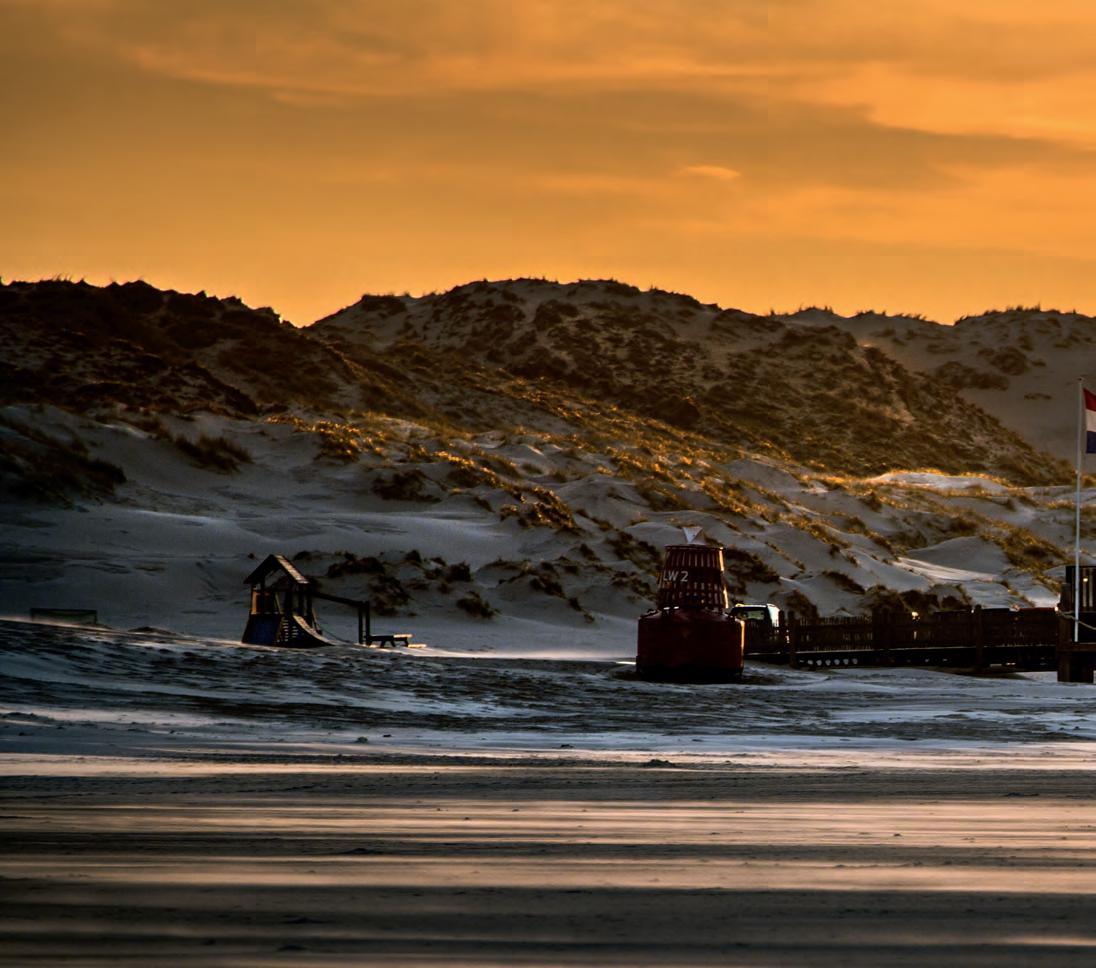
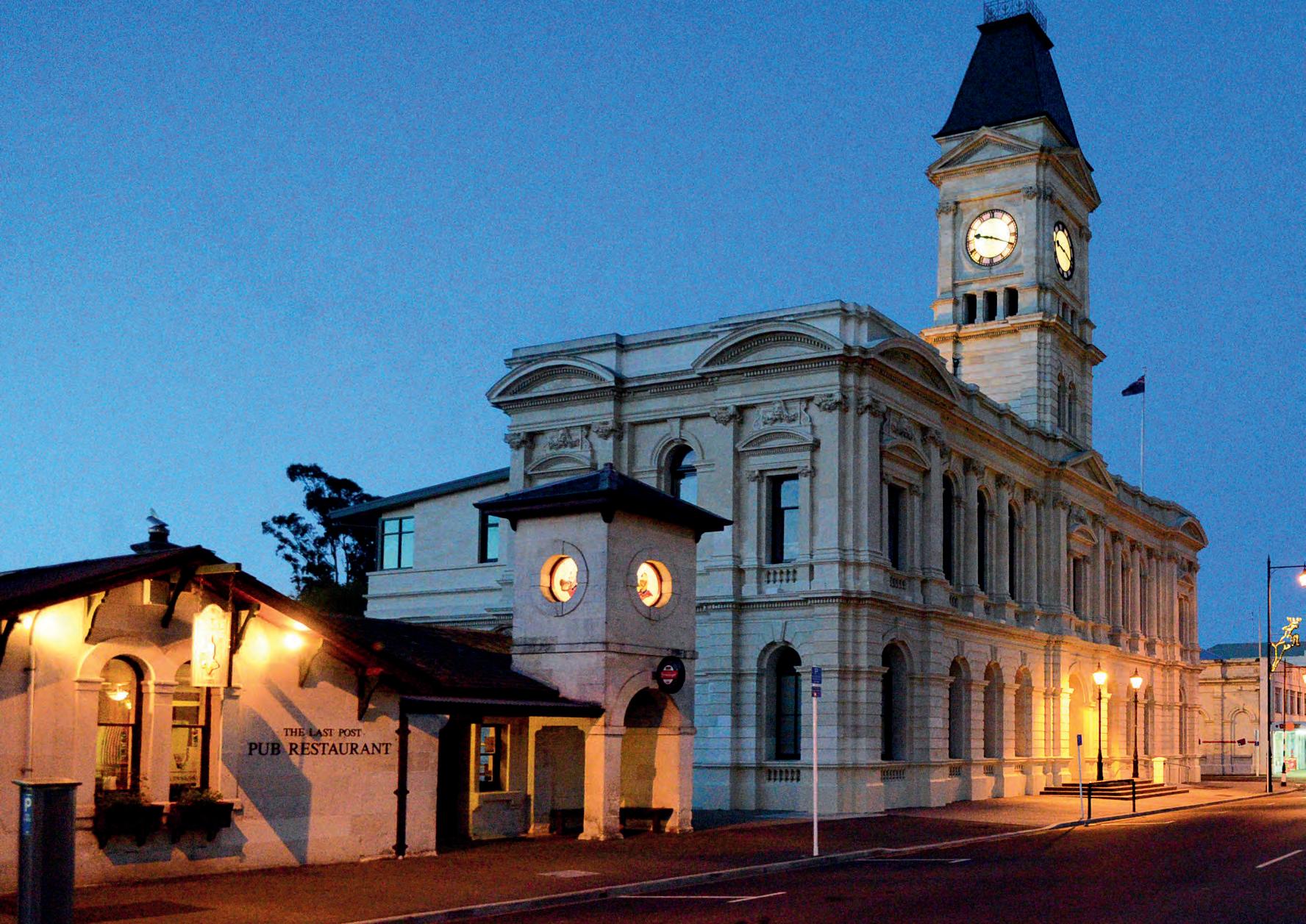
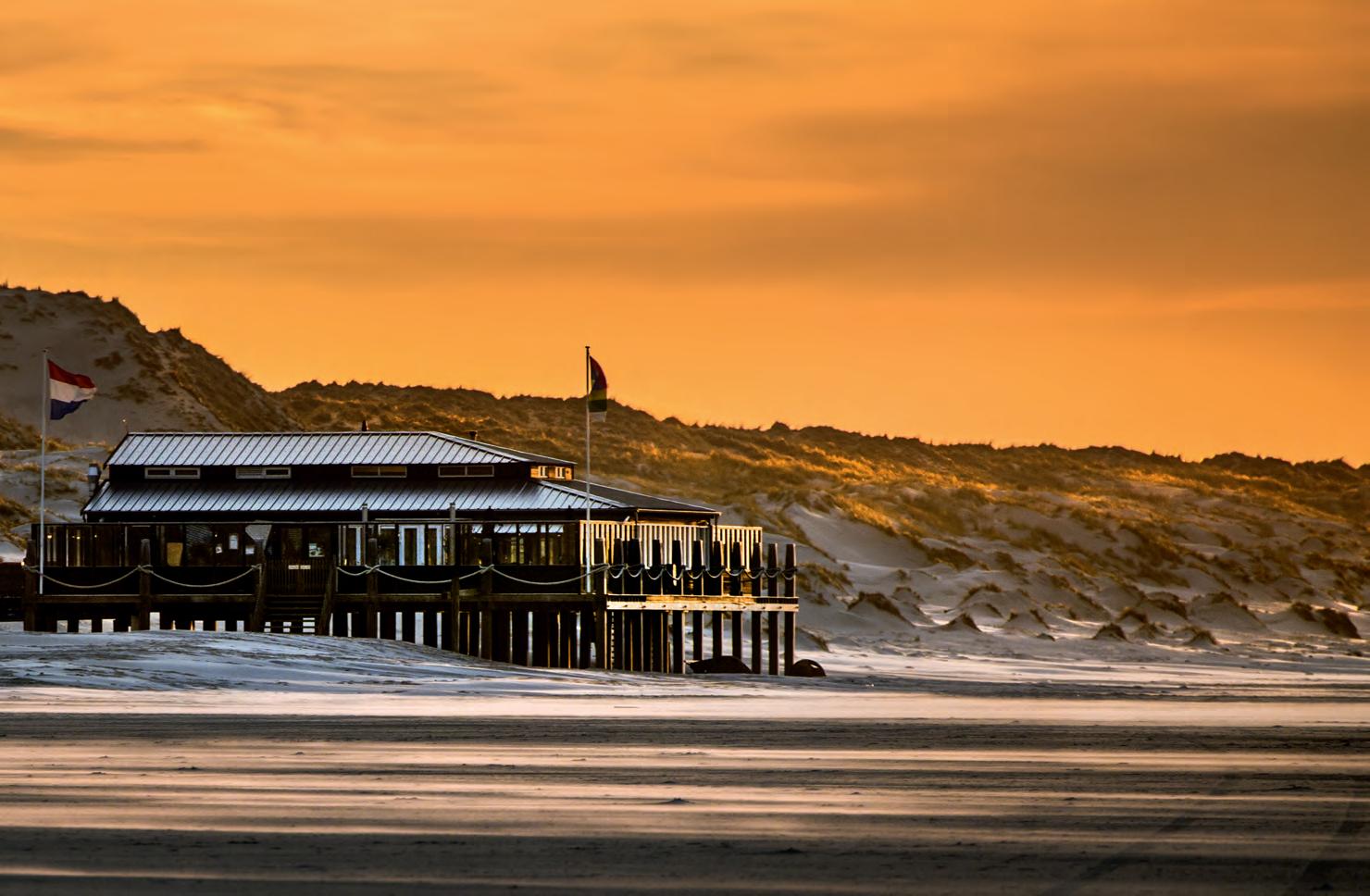
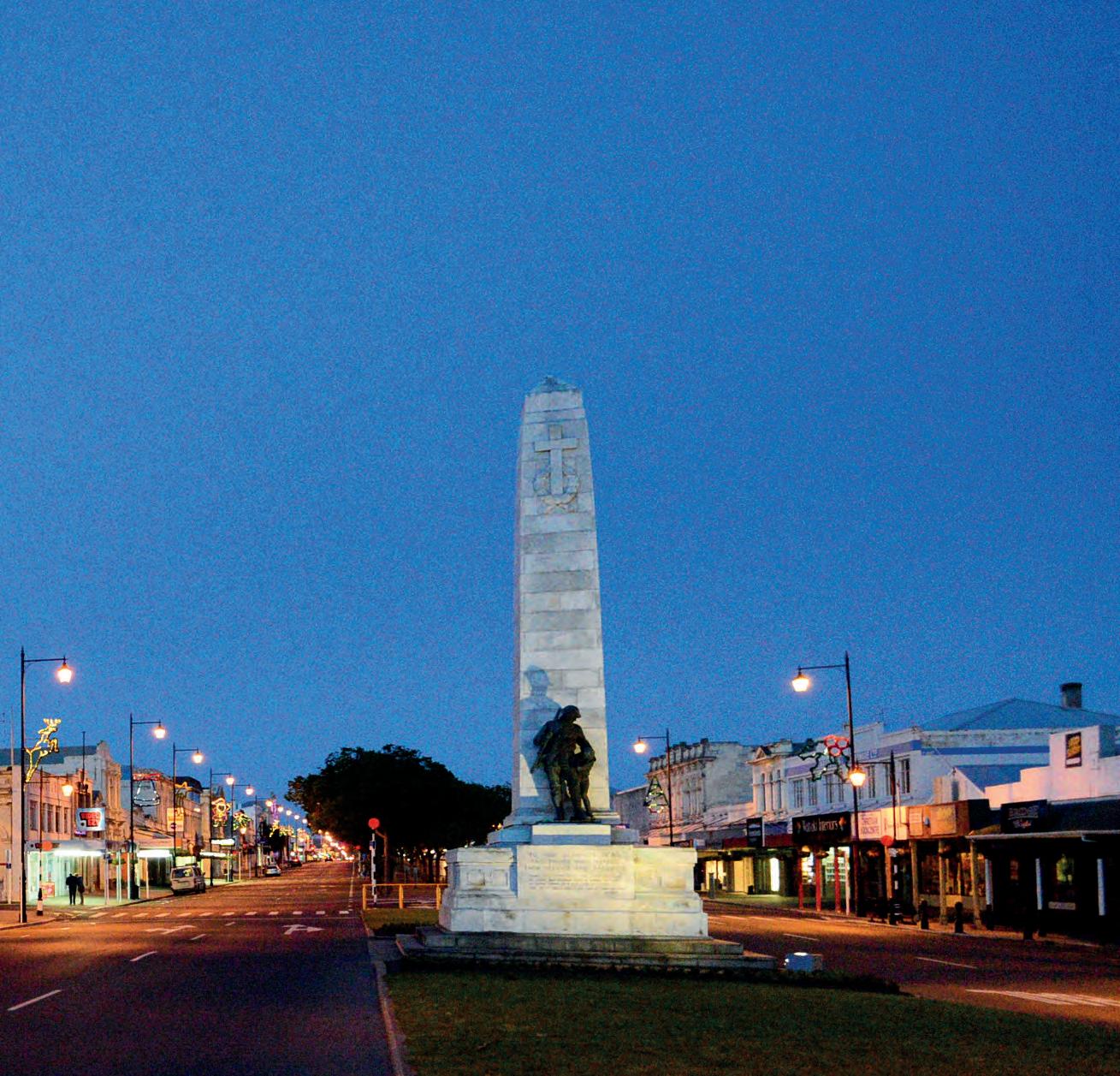
This South Island town boasts a Victorian precinct, white limestone buildings, coastal cliffs, a harbour with wooden jetties, river, broad streets and even a privately built castlelike home which is open to the public. Ōamaru also brands itself as the steampunk capital of the world, with a museum and art collaboration centre.
Recently the town doubled as Salinas Valley, California, for the Netflix adaptation of John Steinbeck's novel East of Eden (2026-). Other notable films using Ōamaru include The Power of the Dog (2021) and The Royal Treatment (2022). PHOTO COURTESY CAMERON WOOD
Situated at the foot of the Cuillin mountains in Glenbrittle on the Isle of Skye, the Fairy Pools comprise rock pools fed by a series of crystal-clear waterfalls. This awe-inspiring scenery is popular with filmmakers as well as tourists and wild swimmers. Aquamarine waters are towered over by the mighty Black Cuillin mountains, making an extraordinary setting.
The rugged beauty of this area has been showcased in numerous films, including Macbeth (2015).
PHOTO COURTESY APERTURE AUSTRALIS/ SHUTTERSTOCK.COM

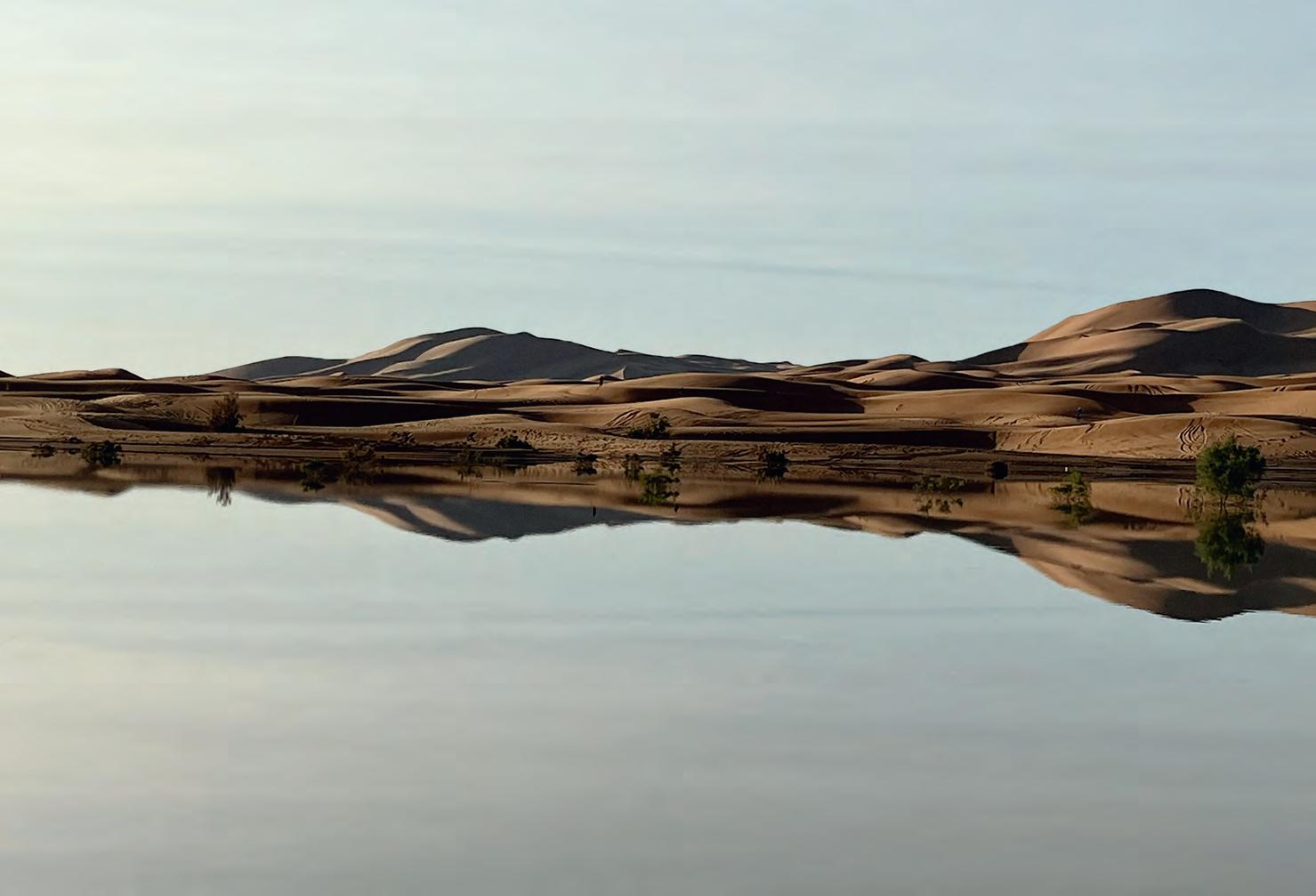
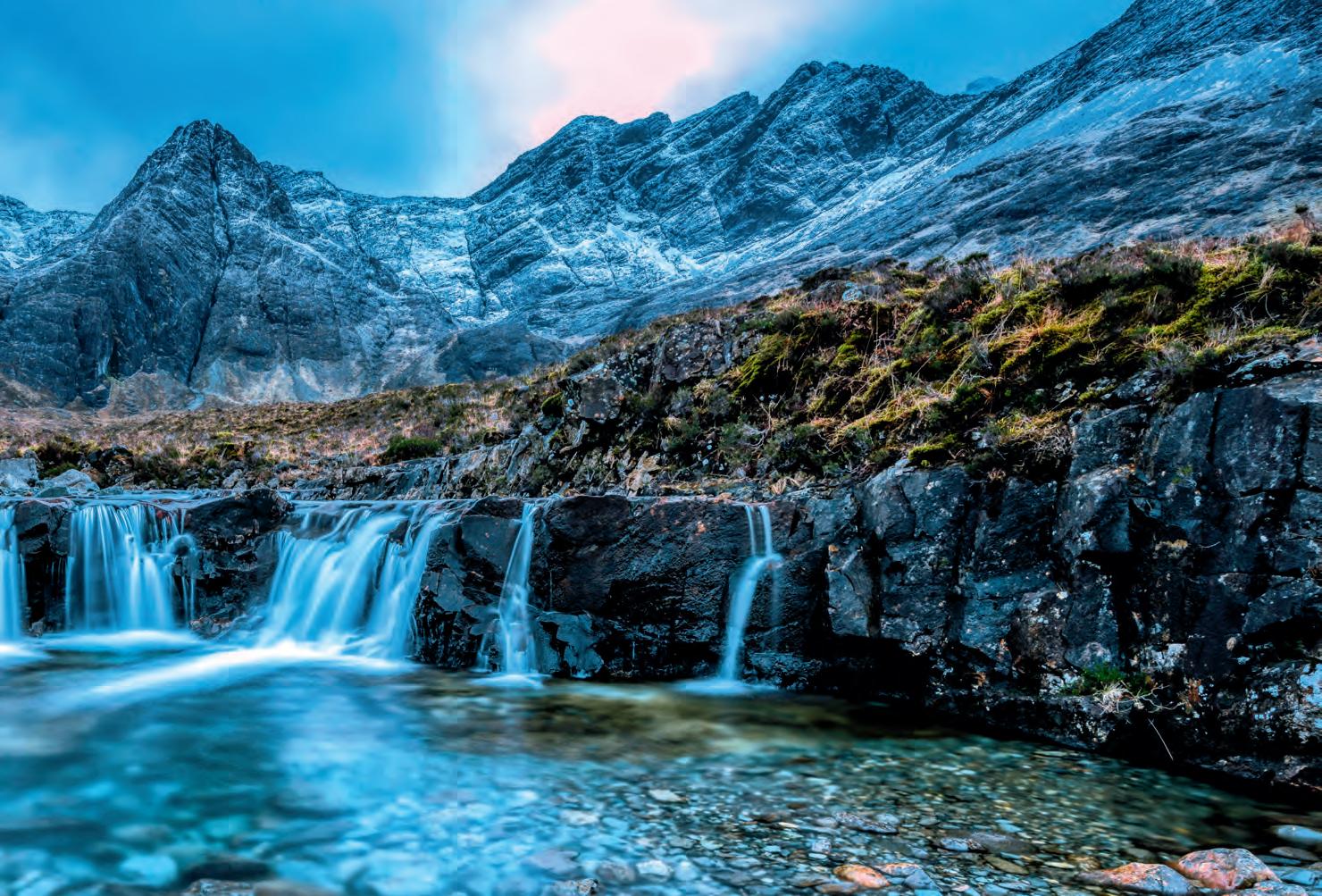

Merzouga is a small Moroccan town in the Sahara Desert, near the Algerian border. It is known as a gateway to Erg Chebbi, a huge expanse of sand dunes to the north of the town. West of Merzouga, Dayet Srji is a seasonal salt lake that is often dry in summer. When full, it attracts a wide range of migratory and desert birds and, occasionally, flamingos. It only rains very rarely in this part of the Moroccan desert, but when a film gets lucky, this mirror-image miracle appears.
Productions that have shot in Morocco include:
and

Most in the business would agree that the biggest film and TV production hubs in the US are the states of California, Georgia and New York. But, as Andy Fry reports, that leaves another 47 stars on the flag for producers in search of something distinctive to share with audiences

BETWEEN them, the 47 states that may be less high-profile on the moviemaking map, stretch more than 4,000 miles from Alaska and Hawaii in the west to Maine and Florida in the east — and offer producers and crews a mesmerising array of contemporary cityscapes, historical and architectural landmarks, dramatic coastlines, vertiginous mountains, deserts, forests, lakes and much more.
Some of these 47 have pushed their way to the front of the queue with competitive tax incentives, New Mexico being a high-profile example. Buoyed up by a 25-40% incentive programme, the state has become a go-to destination for Netflix, which has shot iconic series including Breaking Bad (2008-13) and its prequel Better Call Saul (2015-22) in the state. Last year, the global SVOD giant expanded its base there by adding four new sound stages. Ted Sarandos, co-chief executive of Netflix, says New Mexico “has proven to be an exceptional production hub for us. It offers a rich tapestry of landscapes, a talented workforce and a supportive community.”
While incentives are always important, the most compelling takeaway about New Mexico is that it has introduced audiences to a new visual grammar through productions including Breaking Bad and acclaimed movie No Country For Old Men (2007). This on-screen magic, more than tax breaks, is what stands the test of time and makes the US such a remarkable cinematic backdrop.
A brief reflection on the history of US filmmaking underlines the point. How much richer is film and TV for Nebraska (shot in Nebraska/2013) or There Will Be Blood (centred in Texas/2007)? From The Big Easy (Louisiana/1986) to Raising Arizona (Arizona/1987), Gone Girl (Missouri/2014)

to Rust Creek (Kentucky/2018), there is a grand tradition of filmmakers embracing the dazzling variety of cultures and locations available within the US.
Think of Gus Van Sant, who built his reputation as an auteur with films Drugstore Cowboy (1989) and My Own Private Idaho (1991), shot in Portland, Oregon. Or Michael Cimino’s elegiac The Deer Hunter (1978) which criss-crossed Pennsylvania, Ohio and West Virginia.
Among more recent production pioneers is director Mimi Cave, who took her psychological thriller, the Nicole Kidman starrer Holland (2025), to Tennessee, which doubled for Michigan. Kidman’s chosen home state, Tennessee, has ramped up its production roster in recent years, in part thanks to her presence there and, occasionally, her insistence that her films are shot there.
The Amazon MGM Studios movie explores the secrets that lurk just beneath the charming surface of wife and mother Nancy Vandergroot’s idyllic life in the reputedly calm and polite Midwest — taking us on a dark but often funny ride that sways from family drama to explosive thriller, set in the suburban paradise of Holland, Michigan.
“It all began with a simple question,” according to screenwriter Andrew Sodroski. “How well do we know the people we love?
And how well do we want to know them? I was newly married when I conceived of the film, and I was realising that part of what makes a good marriage is letting your spouse have his or her ‘secret self’. Part of loving someone is allowing them to be somewhat unknown, something of a mystery... and you disturb that at your own peril.”
“I would describe the story as dark, funny, suspenseful, but also thrilling and romantic and relatable and empowering,” Kidman says. “And that is the brilliance of Andrew’s writing. Andrew wrote a story that has an initial twist that cranks up the tension and intrigue. And then those twists and turns just keep coming.”
Cave adds: “Nicole and I had been looking for a thriller, something in the Hitchcock zone, when Andrew's script came our way — we thought it was a great narrative framework to explore a complex woman and complicated marriage.”
The movie shot on 35 locations in 48 days. Sodroski had

Minnesota offers stunning urban and natural locations, experienced crew, reliable production services and four distinct seasons, all in a state that is consistently ranked among the best for quality of life.
NOW OFFERING A 25% TRANSFERABLE TAX CREDIT
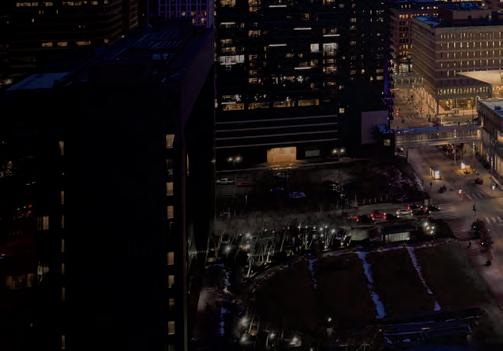
Explore Minnesota Film is here to help you navigate everything our state has to offer.


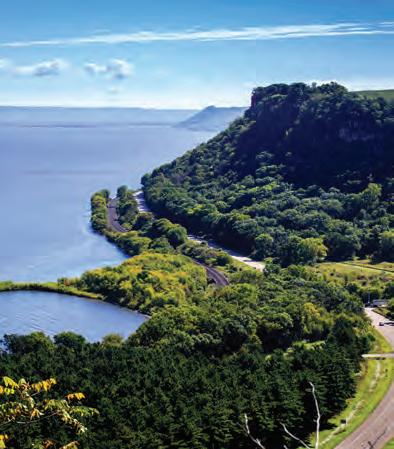
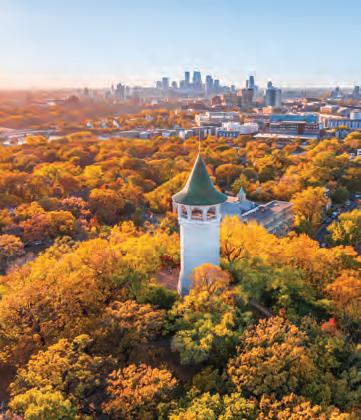

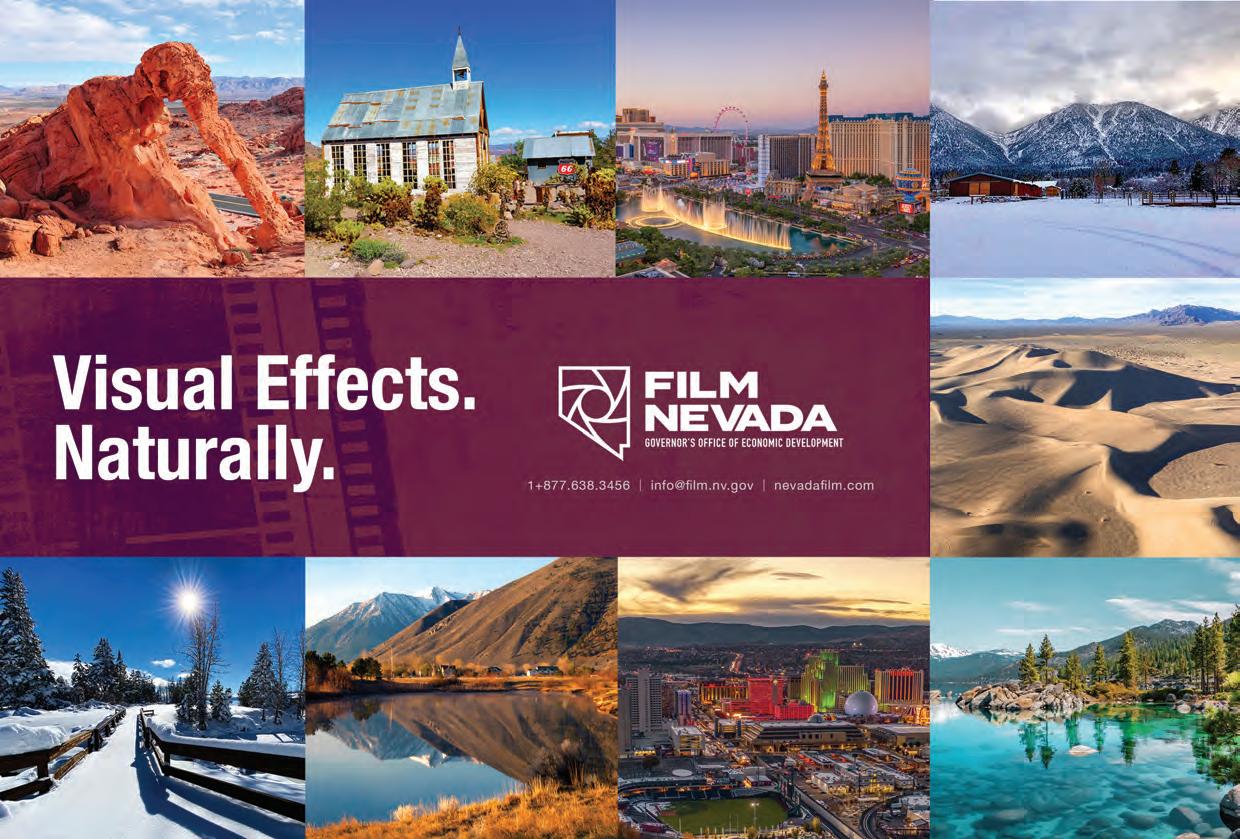
originally chosen Holland not only for its wholesome Midwestern vibe, but because “it is alluring and friendly, making it an interesting place to explore the intolerance, narrow-mindedness and conformity that can lie below the surface of any American town.” He adds: “What makes the Holland of our film beautiful is that everyone is exactly the same... and what makes our Holland so terrifying is that everyone is exactly the same. It’s the perfect setting for a story about a woman discovering that her perfect marriage conceals something very dark.”
Though much of the film was shot with Tennessee doubling for Michigan, Cave worked closely with the design team — led by cinematographer Pawel Pogorzelski, production designer JC Molina and costume designer Susan Lyall — to create a version of Holland that was both cutely American and also dark and disrupted by Nancy’s anxieties.
Molina and Cave made numerous trips to Michigan before production started, to study the local Holland architecture and the European influences. Cave’s childhood memories also informed the look of the movie. “We'd be scouting houses for references and Mimi would mention ‘Oh this was the wall colour of my living room’ and those memories became a big guide for how we stylised the Vandergroot’s home,” Molina says.
A big set-piece of the movie features Holland’s traditional springtime Tulip Time parade, where thousands of spectators line the town’s streets to watch flower-covered floats, marching bands and Dutch Dancers performing traditional folk dances.
“Making our version of Tulip Time was so much fun,” Molina says. “Thanks to the city of Holland, we were able to use reams of archival footage to pull out highlights that we liked from over the years. So, what you see is sort of a compilation of the best of all the parades.”
Other states to have quietly developed a grand filmic tradition over the years include Nevada, which has hosted a spectacular array of movies including Casino (1995), Con Air (1997), Ocean’s Eleven (2001) and Now You See Me (2013). Las Vegas is clearly a big part of the state’s attraction to filmmakers, but Kim Spurgeon, director of the Nevada Film Office, says there is much more to the state: “Whether you’re looking for vibrant neon lights, glittering cityscapes, eerie ghost towns, winding scenic roads, towering mountains, sweeping desert landscapes or crystal-clear lakes, the diversity of Nevada’s landscape offers the perfect backdrop for almost any production.”
Recent projects in Nevada include upcoming Apple TV+ limited series Lucky, starring Anya Taylor-Joy. “Crews filmed at Caesars Palace and captured the iconic neon of Las Vegas’ famous boulevard,” Spurgeon says.
Outside of Vegas, Mimics, another new project, is “an independent film shot entirely in Reno, the hometown of director Kristoffer Polaha. Several locations were highlighted in the film, including residential areas and local businesses such as a restaurant, bar and bookstore.”
Also of note is the feature film Flight Risk (2025), starring Mark Wahlberg. “Although set in the Alaskan wilderness, it filmed entirely on stage in Las Vegas,” Spurgeon says. “Thanks to LED volume technology, the project was able to utilise local crew and resources while producing a film about a flight over the snow-capped mountains of Alaska — filmed in the middle of the summer heat!”
Yet to be properly discovered is Carson City, Nevada’s capital. “Due to the recent success of several Christmas movies filmed in the area, the region has doubled down to attract

filmmakers,” Spurgeon says. “As a location with four seasons, small-town charm and the resources of a capital city, Carson City is perfect for any production looking for sprawling landscapes, quaint residences and small businesses.”
In terms of infrastructure, Spurgeon says most of the state’s production infrastructure can be found in the Las Vegas area, “while Northern Nevada — the Reno, Tahoe and Carson City areas — has a small but mighty crew base adept at handling any production”.
Texas is another state with a filmmaking tradition, dating back to 1910. Aside from There Will Be Blood, it has hosted productions including Giant (1956), Rio Bravo (1959) Paris, Texas (1984), JFK (1991) Selena (1997) and Dallas Buyers Club (2013). More recently, the state has been the backdrop for series including Landman (2024) and Yellowstone prequel 1923 (2022-25). The latter is reckoned to have generated around $50m for the city of Austin, while the city of Lockhart was transformed into 1920s Fort Worth. San Antonio and Alamo City were also key locations during the recent filming of the second season. Given its scale, it’s no surprise that Texas has
Nicole Kidman “I would describe the story as dark, funny, suspenseful, but also thrilling and romantic and relatable and empowering”
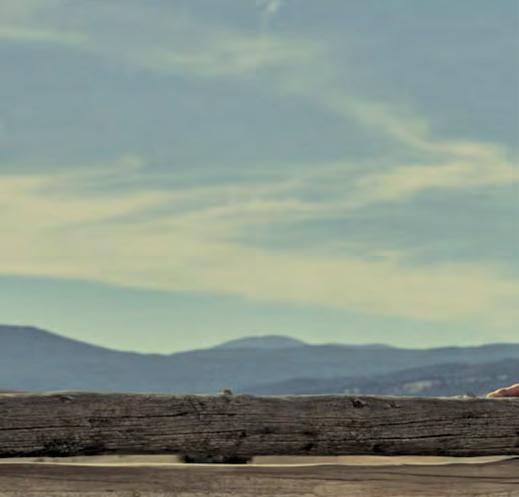


numerous major filming hubs. Dallas, for example, has just hosted two recent projects from Taylor Sheridan, creator of Yellowstone. These include The Madison (2026) and Landman, a Paramount+ series starring Billy Bob Thornton and Demi Moore. The city has also recently welcomed Hulu’s Cruel Summer (2021-23) and USA Networks’ Queen of the South (2016-21). Under new commissioner Katie Schuck, the Dallas Film Commission has been busy promoting the merits of both city and state. The year 2025 looks to be significant for Dallas and the wider Texas production community for a couple of reasons — firstly, because there are plans to expand the ambit of the state tax incentive. Currently, the Texas Moving Image Industry Incentive Program offers film and TV productions a 5-20% incentive, with an additional 2.5% for productions that are based in underutilised areas. This has been very effective in its 18-year existence, creating 182,000 jobs and yielding $2.52bn in-state spending, according to the Texas Film Commission. Now, there are discussions about increasing the initiative, which is currently capped at $200m. Also important is the recent re-opening of Dallas’ South Side Studios, under new owner Talon Entertainment Finance. Following major renovations, it now offers three sound stages ranging in size from 10,000-20,000 sq ft. Minnesota, ‘the land of 10,000 lakes’, is another state that can point to an illustrious track record as a film location. Movies including Purple Rain (1984), Grumpy Old Men (1993), Jingle All the Way (1996) and the iconic Coen Brothers production Fargo (1996) all shot here. Aside from its many lakes — including a section of the awe-inspiring Lake Superior — this expansive state offers a range of locations, from small rural towns and major urban conurbations to prairies, forests and rivers. It also boasts four seasons, meaning it can service a broad range of climate or landscape conditions.
Minnesota has an attractive 25% tax credit programme that is open to productions that spend at least $1m on a project in the state. As of 2023, there is a $25m cap, which provides scope to support several decent sized productions. Among projects meeting the minimum criteria is 2024 release Marmalade, a romantic heist movie which stars Joe Keery (Stranger Things/2016-25). The film shot across the state for four weeks at locations including Taylors Falls, Lake Elmo, Jordan, Henderson and Stillwater — all in close proximity to state capitol St Paul.
Another of the northernmost states, Montana, has also
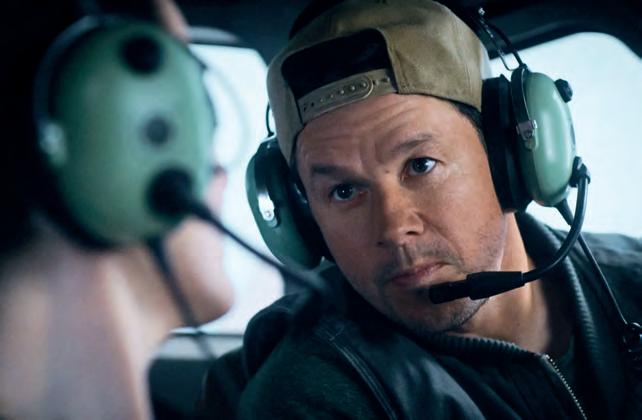
proved popular as a film and TV production hub. Known affectionately as the Big Sky State, producers have been drawn to Montana’s spectacular national parks, which include Yellowstone, as well as its powerful rivers, magnificent mountains and peaceful prairies. Alongside its memorable landscape, Montana is also home to a range of highly distinctive historic and contemporary built locations. Among these is Butte, which features as a location in Yellowstone prequel 1923, starring Harrison Ford and Helen Mirren. According to the Montana Film Office, productions can access grand mansions, Victorian architecture and ghost towns in proximity to the city. Also of interest are the city of Billings and the Yellowstone Film Ranch, a Western backlot that has five fully functioning sets and a main street that can be used for shootouts.
Montana has had a dedicated film office since 1974 and, since 2019, has offered a 20% transferable income tax credit on production expenditures — with potential for this to rise to 35% if specified criteria are met. Active until 2029, independently collated data suggests that the incentive has done a good job of attracting production. From mid-2022 to mid-2024, the state attracted 167 productions — with a local economic impact of $312.2m. Total employee compensation was $95.8m.
So far, our snapshot of the US has taken us from the Canadian to the Mexican border and from the West to the Central belt. To
round out the tour, it makes sense to drop in on sun-drenched Florida, which occupies the southeastern corner of the US, between the bustling state of Georgia and the island nation of the Bahamas. Despite lacking a state incentive, Florida is a compelling option for filmmakers in search of great locations, perfect filming conditions and well-qualified professionals. Across the state, filming hot spots like The Palm Beaches, Miami-Dade County, Sarasota and St Petersburg Clearwater all support production with forward-thinking film offices. Michelle Hillery, commissioner at the Palm Beach County Film and Television Commission (FTC), says her jurisdiction is coming off the back of “three consecutive years of recordbreaking spend, with the production industry generating an estimated $253m in 2024, a 3% increase over the previous year”.
According to Hillery, “nearly 600 productions from across the world chose to film in The Palm Beaches for its 1,000+ film-friendly locations, diverse landscapes, state-of-the-art studios and skilled crew base. This is all underpinned by a seamless, cost-free one-stop permitting process and an unmatched can-do attitude.”
Expanding on the appeal of The Palm Beaches area, Hillery says it encompasses “47 miles of pristine coastline in the east through to the untamed beauty of the Everglades in the west. The Palm Beaches effortlessly doubles as anything from a sun-soaked paradise to a bustling global metropolis, with backdrops that could double for Japan’s tranquil gardens, an African safari and Mediterranean architecture.”
Looking at the kind of projects that have come to The Palm Beaches, Hillery cites the Netflix docuseries Polo (2024) and Julia Stile’s directorial debut Wish You Were Here (2025). “Unscripted TV continues to choose The Palm Beaches with shows including House Hunters (HGTV/1999), Bar Rescue (Paramount+/2011), Military Makeover (Lifetime/2013) and 90 Day Fiancé (TLC/2014).”
Commercials productions are also a common sight in the county. “Lincoln Motor Company’s 2025 Mic Drop commercial with Palm Beach resident Serena Williams filmed in the heart of downtown West Palm Beach, which doubled as a New York-like metropolis. Brands including New Balance, Nike, UPS, Buick, Men’s Wearhouse and Sports Illustrated also filmed commercial campaigns throughout the county.”
Hillery says that the county has placed particular emphasis on nurturing and supporting its talent and infrastructure. “With more than 150 production-related companies; 18
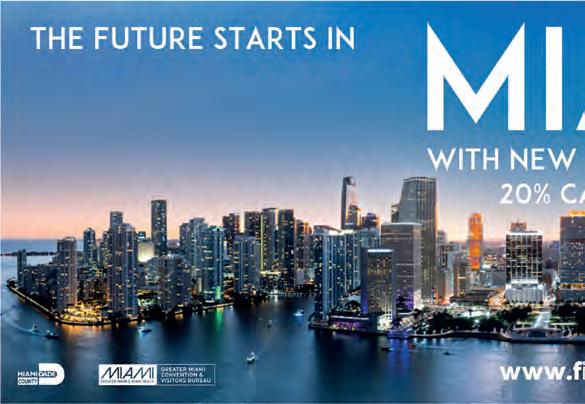
studios and sound stages; and cutting-edge facilities — including LED walls, insert stages and a 10,000-sq ft replica of a Warner Bros. sound stage — filmmakers have access to the very best resources. Meanwhile, the FTC ensures an efficient experience for productions. Its 24/7 streamlined permitting process, in collaboration with more than 50 municipalities and governmental agencies, eliminates red tape, allowing productions to focus on creativity rather than logistics.”
South of The Palm Beaches, Miami-Dade County incorporates the city of Miami. A bustling production hub, the county has a proud tradition of hosting features and high-end TV series. Key examples down the years include Bad Boys (1995), There’s Something About Mary (1998), Miami Vice (2006), Dexter (2006-13), Burn Notice (2007-13), Iron Man 3 (2013) and Ballers (2015-19).
As with The Palm Beaches, there is a proactive film office, the Miami-Dade Office of Film and Entertainment, branded as Film Miami. Charged with supporting the country’s creative economy, Film Miami estimates that production generates an economic impact of over $100m annually. Currently the county is home to 200 production companies, as well as multiple sound stages, recording studios and facilities. The big news in Miami-Dade is that the county has taken the initiative on the incentive issue by introducing its own. Launched in 2024, the High Impact Film Fund Program (HIFFP) will provide up to $50m over the next five years to bring productions back to Miami-Dade County through a cash rebate of up to 20% for qualifying productions. For MiamiDade film commissioner, Marco Giron: “Film-incentive programmes support economic development by creating jobs, stimulating local spending, attracting investment and promoting tourism. The main concern I always hear from producers to artists to crew personnel is the lack of a real incentive. The programme will begin to position MiamiDade as a global destination for major film and television production.”
Miami-Dade has a lot to offer in terms of climate, light and locations. South Beach is a popular backdrop for film and TV, while the landmark Fontainebleau Miami Beach hotel has appeared in high-profile movies including Scarface (1983) and The Bodyguard (1992). The Oscar-winning movie Moonlight (2016) was also filmed in Miami-Dade — which takes us back to the thread of this story: incentives are important, but America’s lasting imprint on global film culture is the rich diversity of its locations and the creative vision of its filmmaking community.
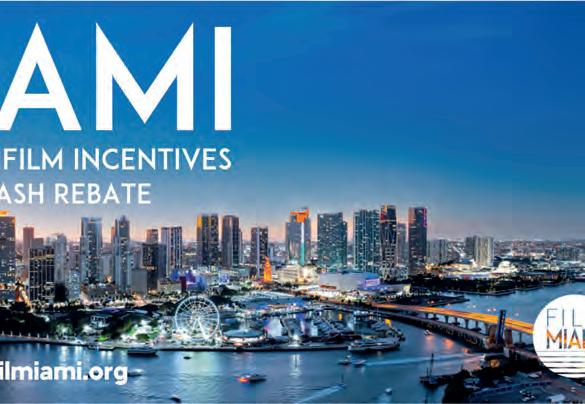

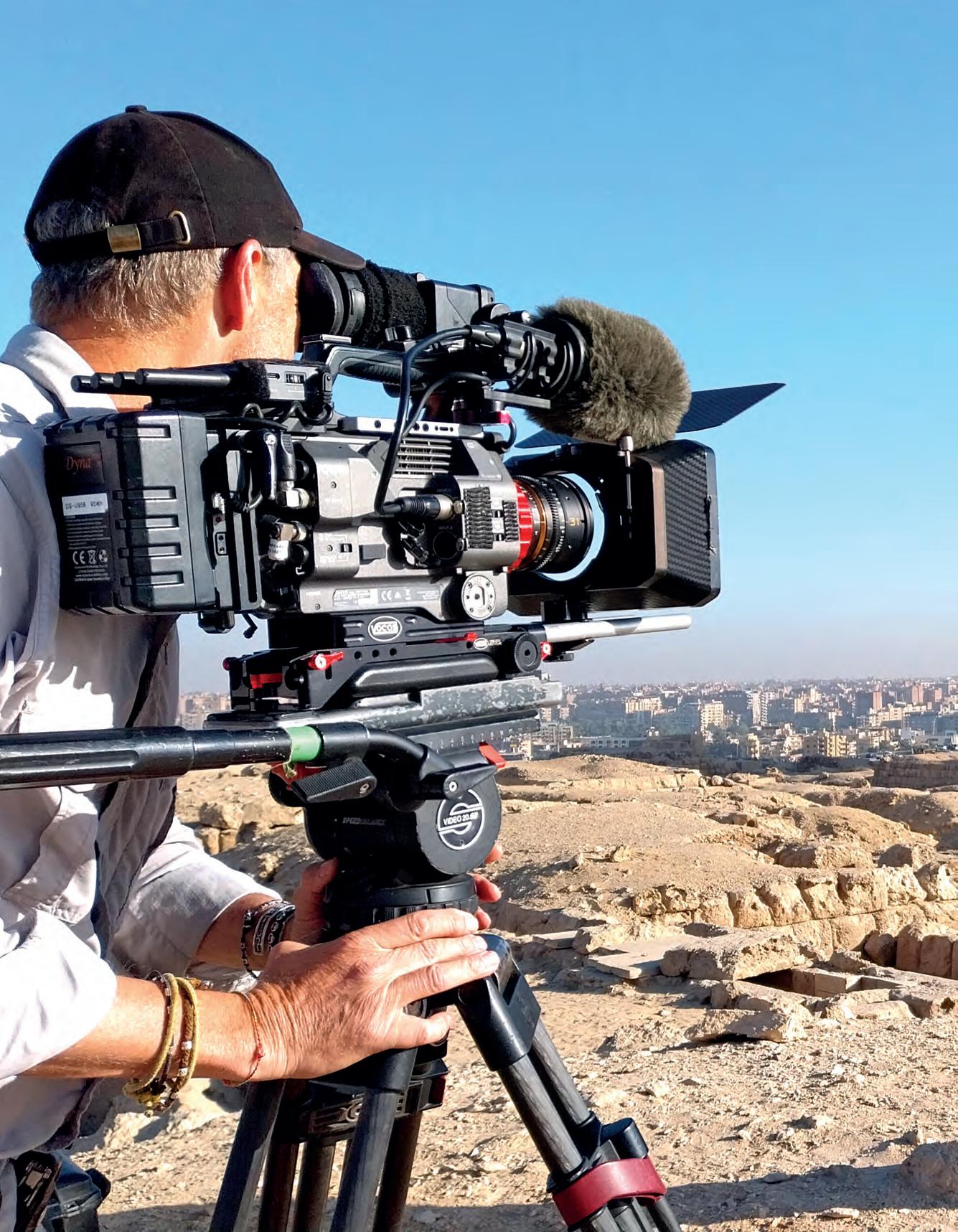

It was announced towards the end of 2024, that production had started on Seven Wonders of the Ancient World, a three-part premium history docuseries that goes on location to reveal to viewers these extraordinary historical landmarks. Julian Newby met the series’ presenter Professor Bettany Hughes and producer Shula Subramaniam
SEVEN Wonders of the Ancient World is a threepart documentary series from Israel/UK-based Keshet International (KI) and British production company SandStone Global, based on Professor Bettany Hughes’ 2024 book of the same name. In the series, flmed across three continents, Hughes follows in the footsteps of ancient warriors, pilgrims, emperors and tourists on her epic journey in which she travels between these seven ancient marvels of human ingenuity to show they still resonate with us today. All situated around the Mediterranean — the team traveled to Egypt, Greece and Turkey — the ancient sites featured are The Great Pyramid at Giza, the Hanging Gardens of Babylon, the Temple of Artemis, the statue of Zeus at Olympia, the Mausoleum at Halikarnassos, the Colossus at Rhodes and the Lighthouse of Alexandria.
“When you mention the Seven Wonders of the Ancient World, people often think that it's a kind of fantasy — that these are mythical places scattered across the world that may or may not have existed,” Hughes says. “But they are seven real places that people really did go to visit.”
Of the seven on the list, Hughes and the series’ producer Shula Subramaniam, visited six, “apart from Iraq, apart from the Hanging Gardens of Babylon, which was just too tricky”. The British and other governments advise their citizens not to travel to Iraq; flming certain buildings is illegal and such restrictions can be even more rigorous when applied to women.
And, on a historical note, the Hanging Gardens may not have existed exactly where some writings suggest — at the city of Babylon, around 90 km south of the Iraqi capital Bagdad on the Euphrates River in southern Mesopotamia. Some historians and archaeologists suggest they could have been situated several hundred kilometres away, near to the modern city of Mosul on the western bank of the Tigris River. There are also theories that the gardens were on more than one site and that the ‘Wonder’ was more a reference to the romantic ideal of an eastern garden in general, rather than something specifc. So, they visited six out of the seven. But who chose the seven? Where did the original list come from?
“There is an original list written down on a fragment of papyrus that was used to mummify a body that was buried on the banks of the Nile,” Hughes says. “It was probably written down in the city of Alexandria in northern Egypt, where one of the Wonders is — the Lighthouse of Alexandria. It was probably those scribes and thinkers in that city who drew up the list. And it's basically a ‘size matters’ list. It's ‘the bigger the better,’ basically. That’s
the requirement to get onto the list. We use a replica of that when we're talking about the start of this whole journey.”
In fact, it was “a list of lists”, she says. The original document named “the seven biggest mountains, the seven coolest generals, the seven fnest artists, the seven longest rivers, and so on. But this was the list of extraordinary monuments that would knock you speechless with awe. And you had to go and see them. It was essentially the frst travel guide.”
When it came to planning their shooting schedules, Hughes, Subramaniam and team faced something of a unique challenge: pretty much all of the
Hughes says. “It's the only one for which we don't have absolutely irrefutable evidence for where it was and exactly what it looked like. But we do have eyewitness accounts.”
Subramaniam adds: “Exactly, we do have descriptions of it. And for all the others we have archaeological records as well as written sources, so they’re all there. The Gardens defnitely did exist — it’s just the exact location that’s tricky to pin down.”
For the rest of the sites, it was “writings and sculptures and archaeology” that helped the team to build a picture of where they were and what they were like.
“If you go to Halikarnassos [in Turkey],
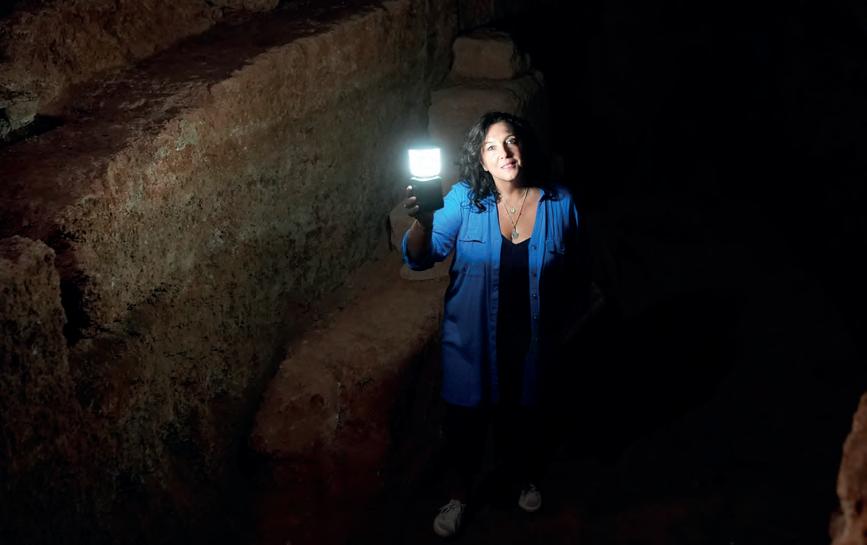
Professor Bettany Hughes “This was the list of extraordinary monuments THAT WOULD KNOCK YOU SPEECHLESS with awe. It was essentially the frst travel guide”
structures they wanted to focus on in the series no longer exist. Some of them disappeared comparatively quickly after their construction, some were destroyed or stolen, others fell to earthquakes. All of them existed at some time in past, but only The Great Pyramid at Giza remains standing.
“The only one there's a big question mark over is the Hanging Gardens of Babylon,”
you can see the footprint of where the Mausoleum was. We traveled to Olympia [in Greece], where the statue of Zeus was, and you can see the materials that they were using to build it. So there are tantalising clues and all of those locations that speak to what the Wonder would have been,” Subramaniam says. “We've got a really fantastic team who pulled together all the latest archaeological research and data, and from that it is really going to each of those places and trying to re-imagine what would have been there. The whole point of this series is to take all those little clues and build it back where they once stood, because we know where they stood. It's all about piecing those clues together; there are fragments and descriptions, so we can visualise them through graphics in a really wonderful way. So, rebuilding the Colossus and seeing that on screen and taking plate shots of these places and rebuilding them very clearly, is all possible. It's a challenge; they don't lend themselves to being visual spaces but bringing them to life is all part
of the joy of making the series.”
The series does dispel some myths. For example, we’ve all seen artists’ impressions of the Colossus of Rhodes astride the entrance to Rhodes’ Mandraki Harbour — but that’s not where it was. Subramaniam says it would have been a “physical impossibility” to place the gigantic brass statue there. “Yes I think we’re going to break a lot of people’s hearts,” Hughes adds, “Because sadly that was a medieval myth. It was an Italian lawyer who established that myth. Probably after four glasses of Rhodian wine — and he was so convincing because he was a lawyer. But the ancient sources don’t say that — and as Shula says, there was too much bronze to physically straddle that — it would have fallen over.
The Colossus of Rhodes is Helios, the Greek sun god, so we think it was right up on the top of the island, where you can see the rising and the setting sun, and where you have this view over the whole island.”
The key to the entire series, of course, is that Hughes, Subramaniam and their team actually visited — and flmed — the locations of the Seven Wonders. “It’s what we always do. You have to go on the road, you have to be in the right spaces — it's impossible to tell these stories without being there and feeling it,” Subramaniam
says. “I mean, the list was telling people how to travel, so how could we not get in boats and cross the Mediterranean?”
Hughes adds. “A huge impetus of the series was to live and travel in their footsteps and actually do what those early travelers would have done. To feel it is really important and it's almost us trying to pay our respects to those women and men 2,500 years ago — 4,500 years ago sometimes — for whom there was a lot of blood sweat and tears, as well as genius, as well as inspiration that went into their creations. So the very least you can do is go and stand where they stood.”
Once the locations are in the can, the question then is how to use the graphics in order to recreate these Wonders.
“Essentially we shot material on the site that would be used as what we call play shots, so they underpin where the graphic rebuild starts,” Subramaniam says.
“Bringing them to life is all part of the joy of making the series”

“One of the key elements is the scale of these things and if you don't incorporate the location into the graphics for that, I just don't think that people would be able to understand just how vast and monumental they were — because as we have said, that was how they got on the list in the frst place. And then we move away from the size into more detailed graphics, to actually then focus on materials and look and feel, and that's where we can do really interesting texturing with our graphics team, who are amazing at pulling those details together. But it's a long process of trial and error in the edit to make sure that, every single time, we're really giving the viewers a really clear visual experience of what all of this information can tell us, and how each one of the structures would have looked.”
Any production team that has ventured on to holy or ancient ground, in order to get the right backdrop for the story they’re telling, will know that hallowed places are often fraught with limitations, regulations and often outright bans on flming. So how did the Seven Wonders team deal with any such restrictions?
“You are often in a sacred space, and we do take a kind of moment,” Hughes says. “We’re all running around flming but, in fact, the DOP and I may do a little prayer if we're somewhere which has been a burial ground or something, just to tell whoever it is — the ancestors — that we are coming in a respectful way. It’s really, really important, because we're visitors in those countries and we're totally aware of that. We have pre-production meetings and always tell ourselves to pack scarves, for example, because you never know when you're going to end up in a place where you need to be covered for whatever reason. So it's just little practical tips like that — for the whole team as well, not just the women, but also the guys who are on location, too.”
And sometimes, of course, the going gets physically tough.
“Part of the fun is that you always come back from each one of these trips with 15 new stories and anecdote,” Hughes says.
“We did a series once where we retraced the journey of the ancient Greek hero Odysseus — so we visited an incredible number of islands in some pretty gnarly seas and there was one incident where we were genuinely lucky to come out alive.
We were sailing to Mykonos on a sea that even Homer describes as ‘raging like an angry mob’. We were there in the dark and it was an eight-hour journey and everybody was passing out, so the cameraman ended up crewing the ship — the fxer had passed out, people were being sick.” The team encountered earthquakes too, “so we flm all of that, because those are exactly the experiences that the ancients would have had in exactly that place.”
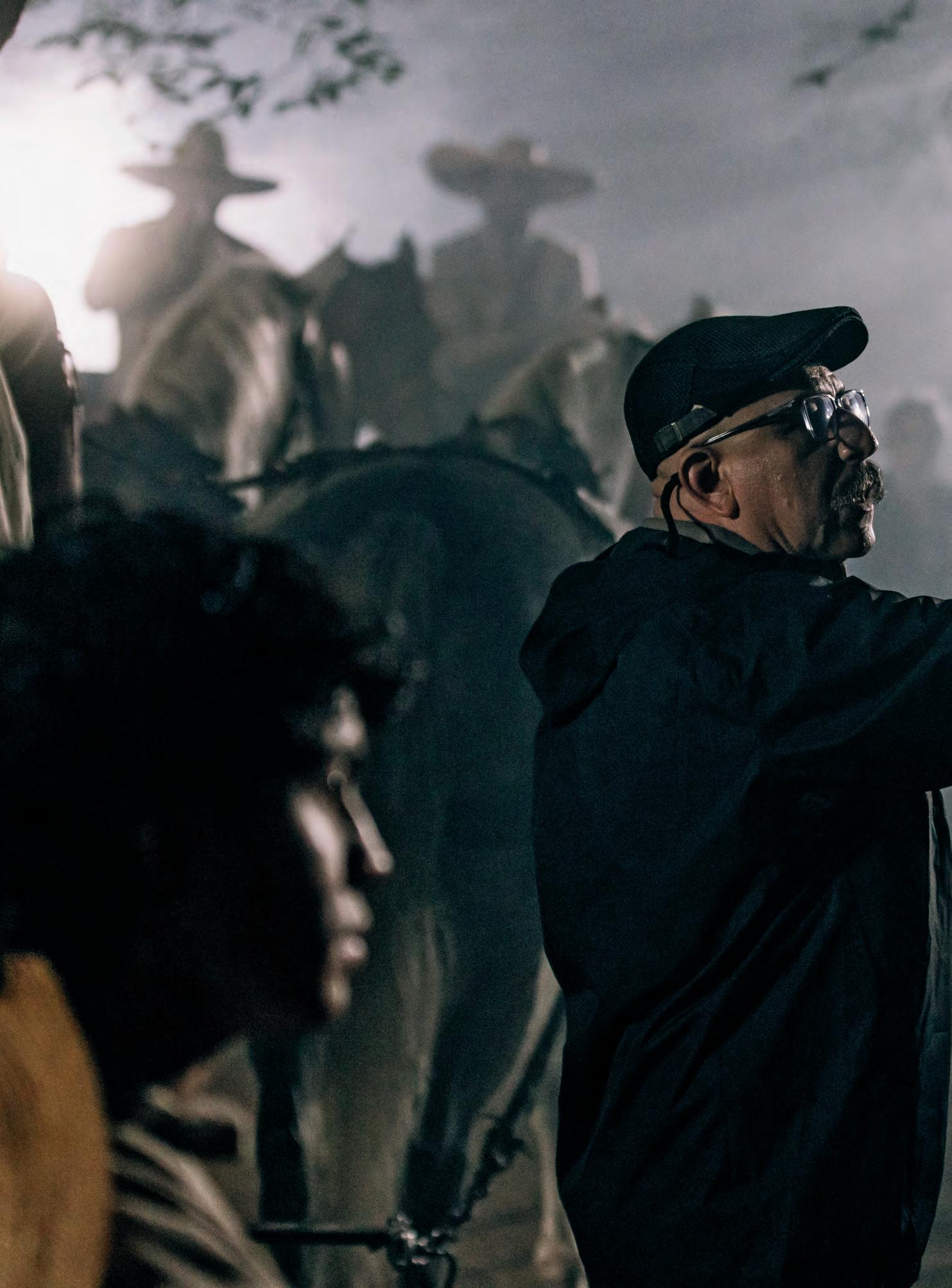
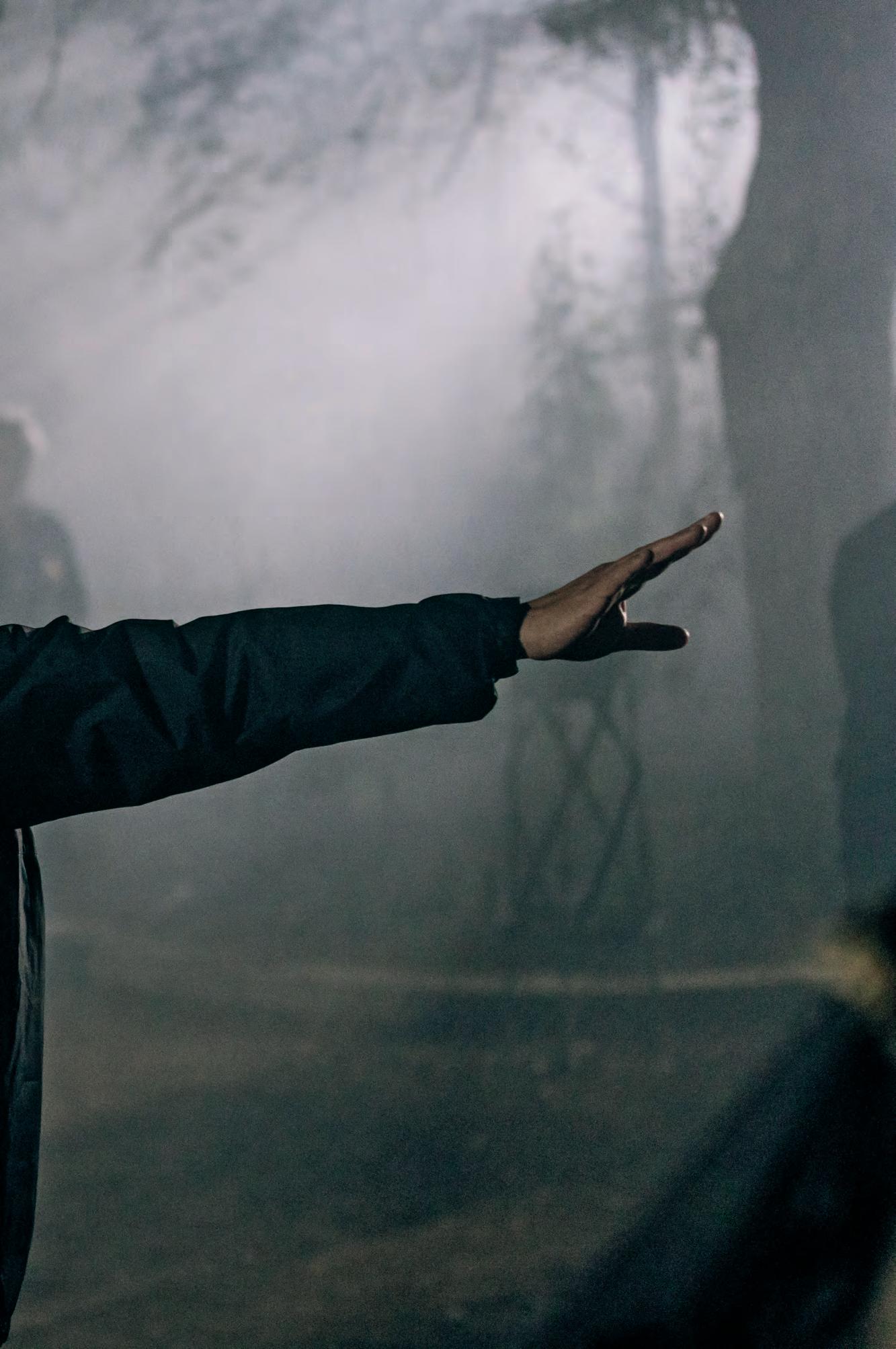
The last 12 months have seen major productions by Netflix, Disney, Amazon Prime, HBO and SkyShowtime choosing Spain, alongside a raft of independent producers filming in locations from the Basque Country on the Atlantic coast through to the Canary Islands in the far south. Gary Smith reports
BACK in March 2021, after much industry discussion, Spanish Prime Minister Pedro Sánchez unveiled a plan to grow the country’s audiovisual sector. Later that year, at a meeting with media heads in Los Angeles, he outlined his $1.6bn plan to make Spain “the Hollywood of Europe”. Today, after more than three years of focused efort by the country’s thriving audiovisual industry and its 47 regional flm commission ofces, supported by funds from central government, Spain can rightly claim the title.
“The work done over the last three years has been fantastic, and now is the time to consolidate that and build on what has been achieved,’ recently appointed Spain Film Commission president, Juan Manuel Guimeráns, says.
“In the last three years, general awareness across the global industry of what Spain has to ofer and what we are capable of has grown considerably. From an internal point of view, the government has seen how positive the economic impact of hosting shoots is on the services and hospitality industries, added to which there is real growth in jobs in the audiovisual sector.”
One current area of development is with Adif, the body that administers the country’s vast train network. “Spain’s fast train the AVE, and its stations, have become a location in themselves, and more generally Adif runs some very popular facilities that make great locations. Similarly with Aena, the body that runs our airports: we are deepening our
relationship in order to open up spaces in our airports as flm-friendly locations,” Guimeráns says. “But the one area that the industry outside Spain is perhaps less aware of is that this country ofers an enormous strength and depth in terms of its human resources. Alongside the astonishing wealth and variety of locations, we have so many highly experienced and skilled professionals across every area of the audiovisual sector.”
The Bilbao Bizkaia region hit a record high of 1,294 flming days last year, marking a 26% increase compared to 2023. “This remarkable growth underscores Bilbao Bizkaia’s emergence as a popular destination thanks to collaborations with countries such as the US, England, Ireland, France, Switzerland, Serbia and Argentina,” says Kontxi Claver Zurro, city councillor for Economic Development, Commerce, Tourism and Employment. “The series Querer [2024/Movistar+], directed by Alauda Ruiz de Azúa, stands out as a signifcant local production.” Ruiz de Azúa, one of Spain’s most promising directors following the success of her award-winning debut feature Cinco Lobitos (2022) — which won three Goyas — brings a unique vision to this powerful story. “On the international front, the series In Salt Water [En Haute Mer/2024], directed by Denis Rabaglia and produced by José Luis Escolar, is a standout example of cross-border collaboration,” Claver Zurro says. “Filmed in both Bilbao and Geneva, this ambitious project features the Port of Bilbao as one of its key settings. The production highlights a successful partnership between institutions, organisations and entities working together to attract and manage high-profile audiovisual works. Additionally, I’d like to mention La Tregua [2025], a feature film co-produced by Netflix, RTVE, and Plano a Plano. Directed by Miguel Ángel Vivas and starring Arón Piper and Miguel Herrán, the flm tells the compelling story of
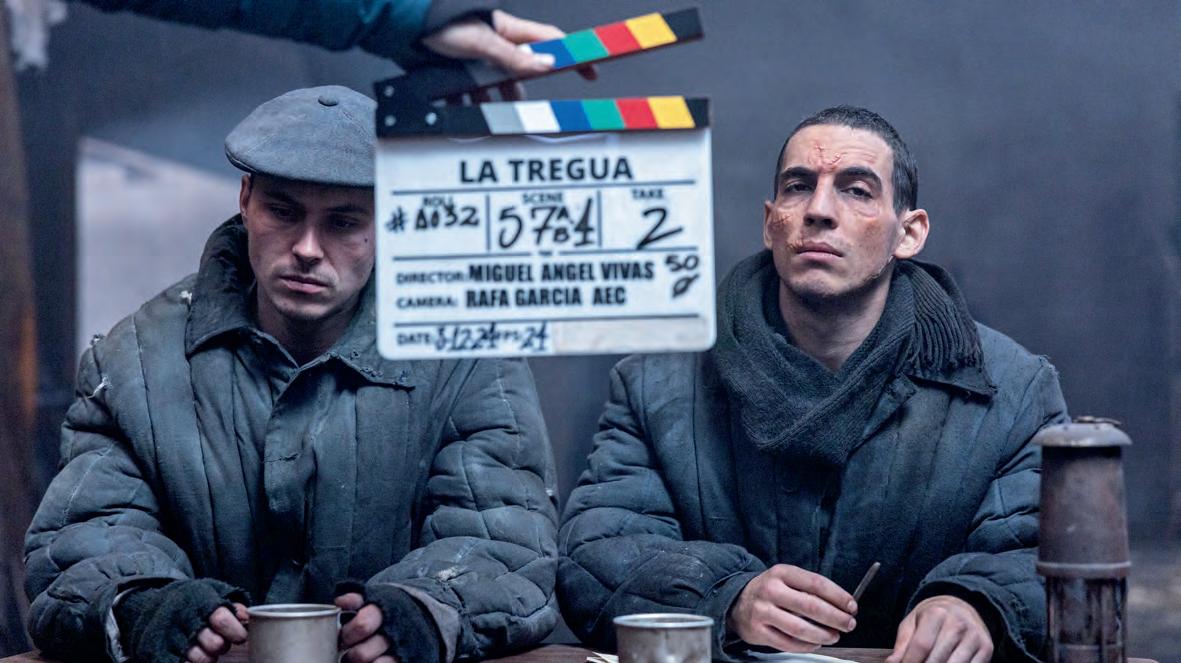


30% Tax Rebate
Qualified Industry
Unique Locations
Film Tourism
Film Cities Network

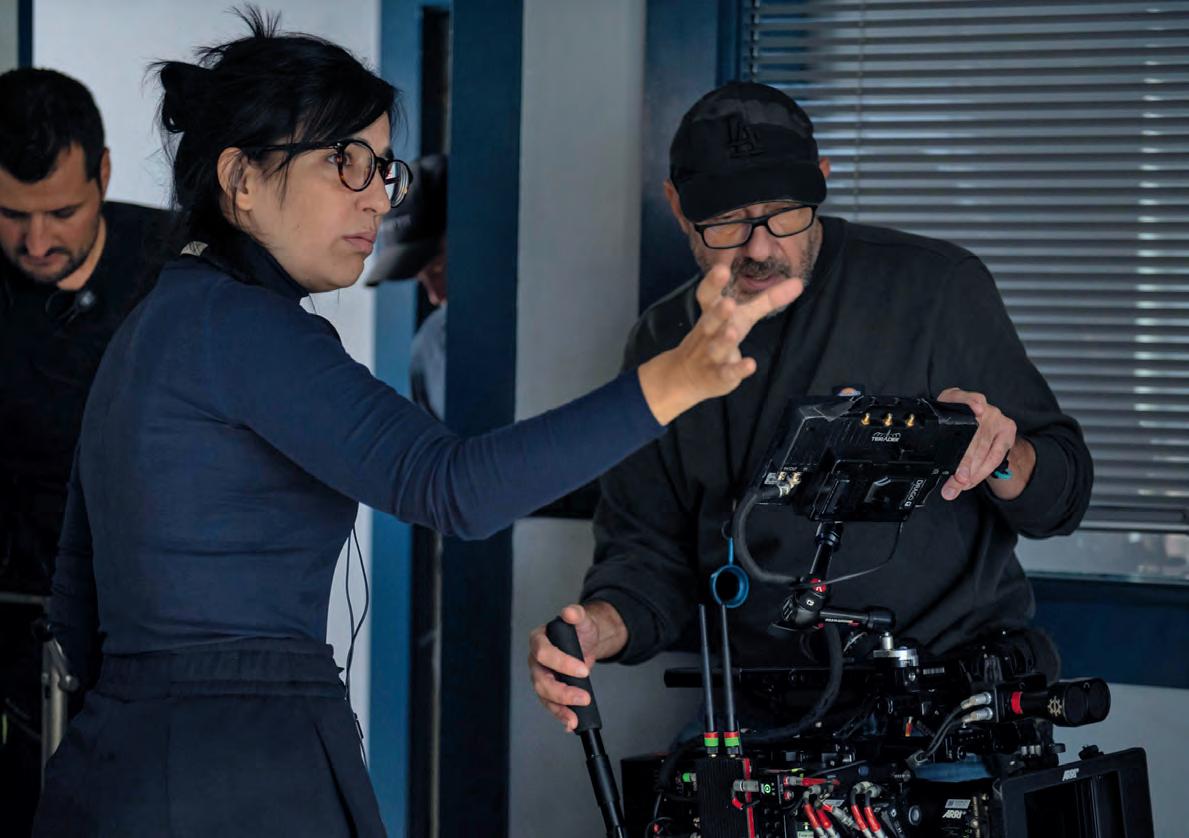
two Spanish soldiers who fought on opposing sides during the Civil War, but are forced to work together to survive in a Soviet gulag after World War II.”
The Bilbao Bizkaia Film Commission provides personalised assistance and a level of support that has earned it a reputation for excellence. “Our track record includes collaborations with major platforms — Netflix, HBO, Movistar+, Amazon Prime, Disney+ and SkyShowtime — as well as working with emerging Basque directors to help them bring their stories to life in their homeland. Beyond the exceptional locations, tax incentives and skilled workforce, producers will fnd a community that is fully committed to their success. Every institution, entity and private company in the city and the territory works together to support the audiovisual industry, creating a unifed and collaborative environment,” Claver Zurro adds. Shooting for the tense thriller Innate (Plano a Plano/Innato La Serie and AIE in association with Dynamic Television) started this March at locations in Madrid and in Vitoria, the latter being part of the Basque region. The series recounts the nightmare scenario of a mother who suspects that her son is a serial killer, something the producers wanted to refect in the locations. “We always pictured the show in the north of Spain because of the weather, the atmosphere and the landscapes, things that help create and build the tension needed,” says executive producer Álvaro Benitez. “The specifc choice of Vitoria from among the other northern territories of Spain such as Cantabria, Asturias or Galicia, is because of the tax incentives offered by the Basque country, which made it possible to complete the fnancing of the project right through to taking it to the screen. On top of that, we have been working in the region for three years now and we have always felt very welcome there.
Alauda Ruiz de Azúa directing a scene from the Movistar+ series Querer Photo: courtesy Movistar+
We know we can count on excellent location managers to help us when we need to access locations managed by public organisations, they really help in keeping a good relationship with the public administration bodies.”
At the other end of Spain lie the Canary Islands, nestling close to the North African coast. These unique, volcanic islands and their year-round sunshine are hugely popular with producers and directors. Data shows that after COVID the number of shooting days in Tenerife increased, mainly due to the amount of TV series flmed on the island. In 2024 900 shooting days were registered, mainly from Spain, Germany, the UK and the rest of Europe.
In 2024, the UK TV series The Gold — from Scottish TV writer Neil Forsyth's production label Tannadice Pictures — was shot on the islands over a period of eight consecutive weeks. Another big production, Bajo un Volcán (Under the Volcano) from director Martín Cuervo and starring the Cuban-American actor William Levy, is based around a cataclysmic event that serves as the backdrop for a passionate affair between two characters torn between desire and the constraints of their circumstances.
Locations used for the second season of The Gold include Arico Nuevo, Los Abrigos, Santa Cruz, Las Teresitas beach, San Andrés village, Santa Cruz harbour, La Laguna, Puertito de Güímar, Las Raíces woods and Los Realejos.
Bajo un Volcán mostly flmed in and around the village of Garachico in the north of Tenerife using Garachico's port, Charcos del Caletón, Parroquia and Santa Ana, as well as various streets and squares.
The Gold hired 90 local technicians, and Bajo un Volcán 64. Both productions chose Tenerife thanks to the wide range of locations and landscapes on a single island, the skilled workforce and the tax incentives of up to 50% for
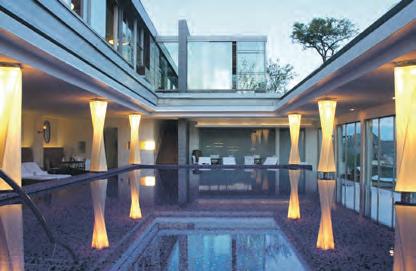

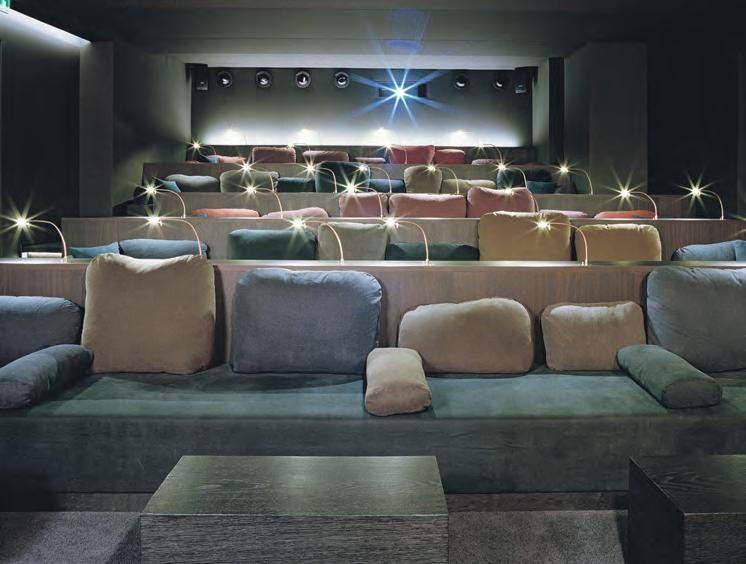



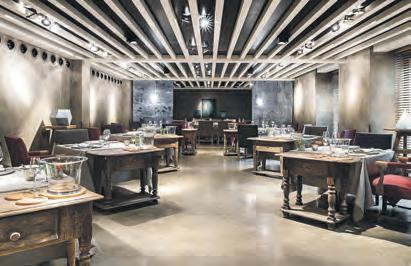



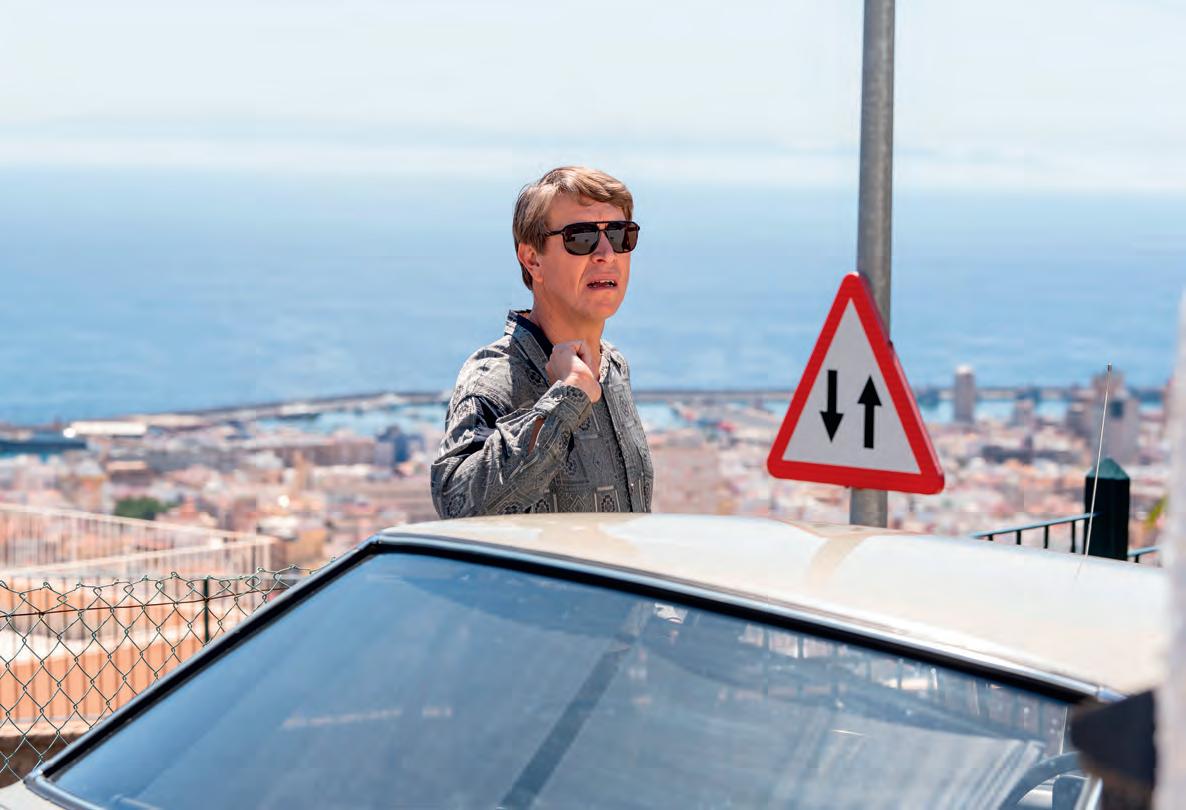
international feature flms, TV movies and scripted TV series. Tennerife is also an excellent jumping of point to Africa as there are direct fights to Morocco, Senegal and Gambia.
Mexican/Spanish flm director, showrunner, screenwriter and producer Rafa Lara, has been shooting series and feature flms for 20 years for Amazon, Disney and Netfix, and since 2018, he has regularly flmed in Spain. Jesus of Nazareth (2019) was fnanced by Beverley Hills Entertainment (US) and flmed in Almería and Andalucía. More recently the Disney series The Incredible Story of Julia Pastrana — led by Lara and showrunner Miguel Ángel Fox — spent two weeks shooting in the Canary Islands, followed by a further eight weeks in Madrid. “For a number of reasons it was really important to be able to shoot The Incredible Story of Julia Pastrana in Spain, mainly because in the story she travels from 19th-century Tijuana in Mexico through the Gold Rush-era US, to New York and then to Europe, and we were able to double all those locations in Spain,” Lara says. “Similarly with the feature flm Jesus of Nazareth, we had Almería and Andalucía doubling as Israel/Palestine. After we fnished the flm I went to that part of the world for the frst time, and was shocked by how much Almería really looks like the Middle East.”
Alongside the locations, Lara sees plenty of other reasons to shoot in Spain as often as possible: “I feel secure shooting in Spain because I know that I am surrounded by excellent technicians and backed up by highly dedicated and knowledgable film commissioners. For example, the assistance from the Andalucía Film Commission on Jesus of Nazareth was exceptional. Also from a technical standpoint, when you need to go big on the visuals — as in Jesus of Nazareth — you can do it for a fraction of the cost of other countries. Spain also ofers a ridiculous amount
Sam Spruell as Charlie Miller in the second series of The Gold ©Tannadice Pictures, Objective Fiction & All3Media International
of fantastic locations. Madrid is exceptionally adaptable for doubling, to the point where, at some locations, you can simply change the camera angle and efectively be in a diferent place.” Lara is also a fan of the quality of the light: “The sun in Spain is not like that in Mexico. By that I mean that you don’t have to stop shooting early afternoon because the sun is so strong that it is bleaching out all the colour. You can keep shooting all day and so you’re getting considerably longer working days.“
With the volume of shooting days per year steadily growing in Valladolid, the city’s diverse locations, institutional support and streamlined flming processes are increasingly seen as an attractive destination for audiovisual productions. Valladolid’s historic architecture, urban and rural landscapes, and modern infrastructure, make it appealing for filmmakers seeking authentic, visually compelling locations. “Notable examples of recent visiting productions are Zebra Producciones’ second season of Memento Mori in September 2024 for Amazon Prime, and the June 2025 release Voy a Pasármelo Mejor, which continues the story of Los Pitus, a gang of friends who, in the summer of 1991, embark on a camping trip,”
Rafa Lara “With the feature film Jesus of Nazareth, we had Almería and Andalucía doubling as Israel/Palestine”
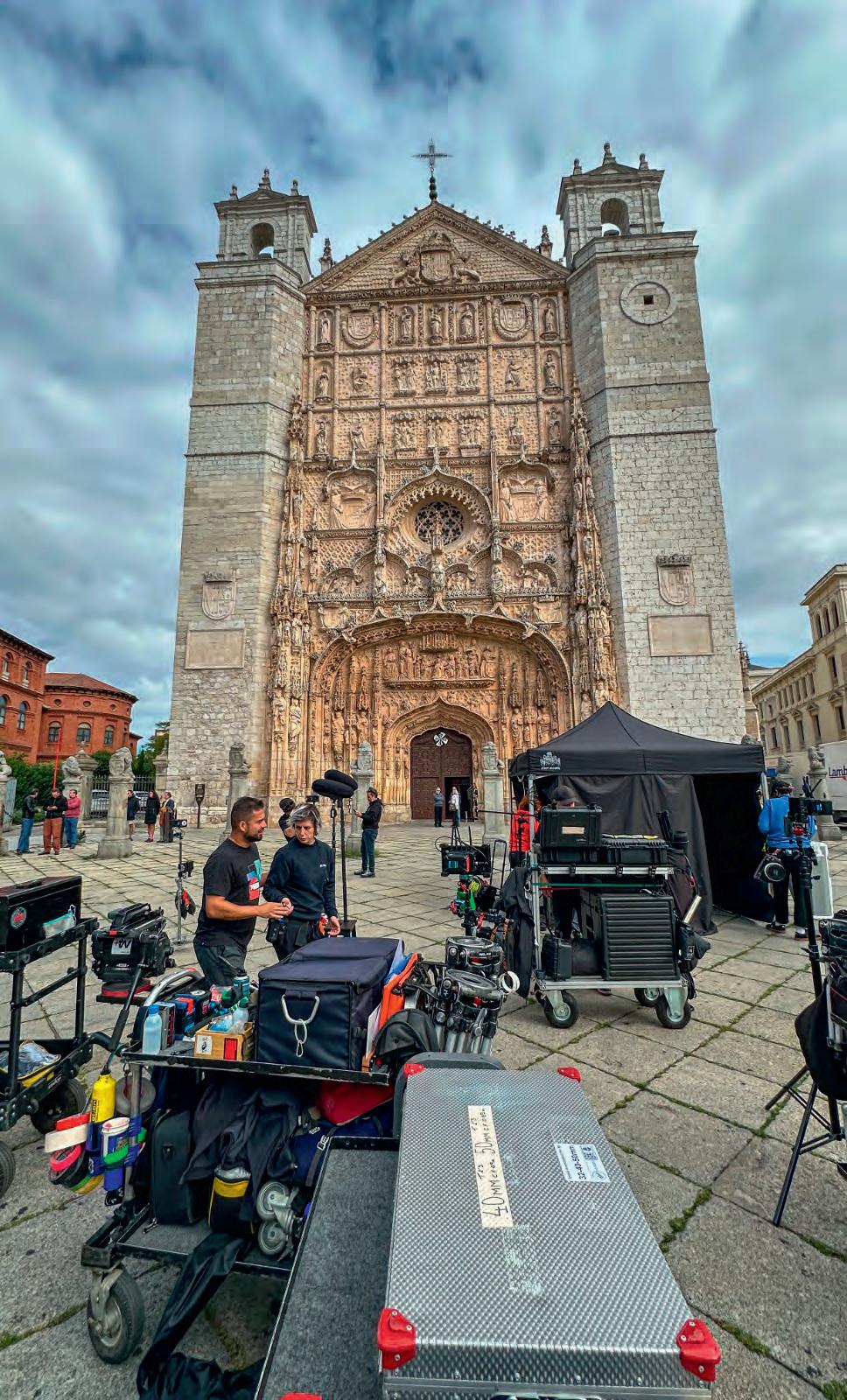
Loreto Arenales of the Valladolid Film Commission, says.
“The film used some outstanding locations including the Pasaje Gutiérrez, Plaza Mayor, Plaza del Viejo Coso, Plaza de San Pablo, Valladolid Cathedral and Valladolid Museum, consolidating Valladolid’s growing reputation as a leading venue for Spanish flm production. In fact the Spain Film Commission awarded the flm’s predecessor, Voy a Pasármelo Bien, Best Audiovisual Production of 2022, highlighting the flm's intelligent setting in Valladolid, which effectively transformed the city into another character in the flm.”
The second season of the series Memento Mori (2025), based on César Pérez Gellida's trilogy Versos, Canciones y Trocitos de Carne, used numerous locations in the city's historic centre. “The production was supported by Valladolid Film Commission in terms of permits and logistics, with the collaboration of our municipal departments, alongside the Castilla y León Film Commission for the buildings under the tutelage of the Castilla y León regional government, both in Valladolid and Zamora, where shooting also took place,” says Kristine Guzmán of the Cultural Division of the Castilla y León Film Commission. “The series faithfully reproduces scenes from the books, using using locations
including Plaza de la Universidad, Patio Herreriano Museum, Plaza Mayor of Valladolid, Plaza del Viejo Coso, Santo Domingo de Guzmán Street, Plaza de San Pablo, La Antigua Church and Carmen Cemetery.”
According to Elisa García Grande, executive director, ICEX-Invest in Spain, the country is now one of the main destinations for international flming in Europe. “We have made great progress thanks to the Spain Audiovisual Hub of Europe Plan. As a result of the €1.6bn investment of European funds from the Spanish Government's Recovery, Transformation and Resilience Plan, there has been an increase in foreign investment in the country, greater collaboration with international streaming platforms, improved administrative processes and tax-incentive policies, and a growth and strengthening of national production,” García Grande says. “The aim of this plan is to increase audiovisual production in Spain by 30% by the end of the period 2021-2025. We are optimistic about this year because the indications for the sector are favourable, and we are receiving positive feedback from foreign investors interested in flming in Spain. This is a time of great opportunities, and we will continue to move forward to position the country as a global benchmark in the audiovisual industry.”
The Making It Easy For You campaign, a new initiative, launched last year at the Marché du Film of the Cannes Film Festival, refects that objective: “ICEX-Invest in Spain ofers a personalised service to investors and producers where we present Spain as a strategic destination for investment and production,” García Grande says. “We also help them with their decisions on where to invest, shoot or set up, and on top of that, through our Shooting in Spain brand, we ofer investors a comprehensive range of services, including advice on the Spanish tax environment, assistance with setting up and expanding in Spain, plus access to a network of professionals and experts in the audiovisual industry.”
Producciones’ season two of Memento Mori shooting in Valladolid for Amazon Prime
In 2024, the City of Madrid hosted 41 flms, 53 series and more than 430 medium- and large-scale commercial spots. Along with video clips, short films and entertainment shows, in total there were more than 1,000 projects flmed in the city, between 5% and 10% more than in 2023. “Among the international projects, season three of the US series The Walking Dead: Daryl Dixon [2025/AMC], converted some locations in Madrid into an apocalyptic London, including in the city centre, just around the corner from the luxurious Four Seasons hotel and close to Puerta del Sol. They also filmed in the area around the Madrid Stock Exchange, where the Ritz hotel is located, and on the streets of the Pico del Pañuelo, social housing built in the 1920s with
“This is a time of great opportunities, and we will continue to move forward to position the country as a global benchmark in the audiovisual industry”
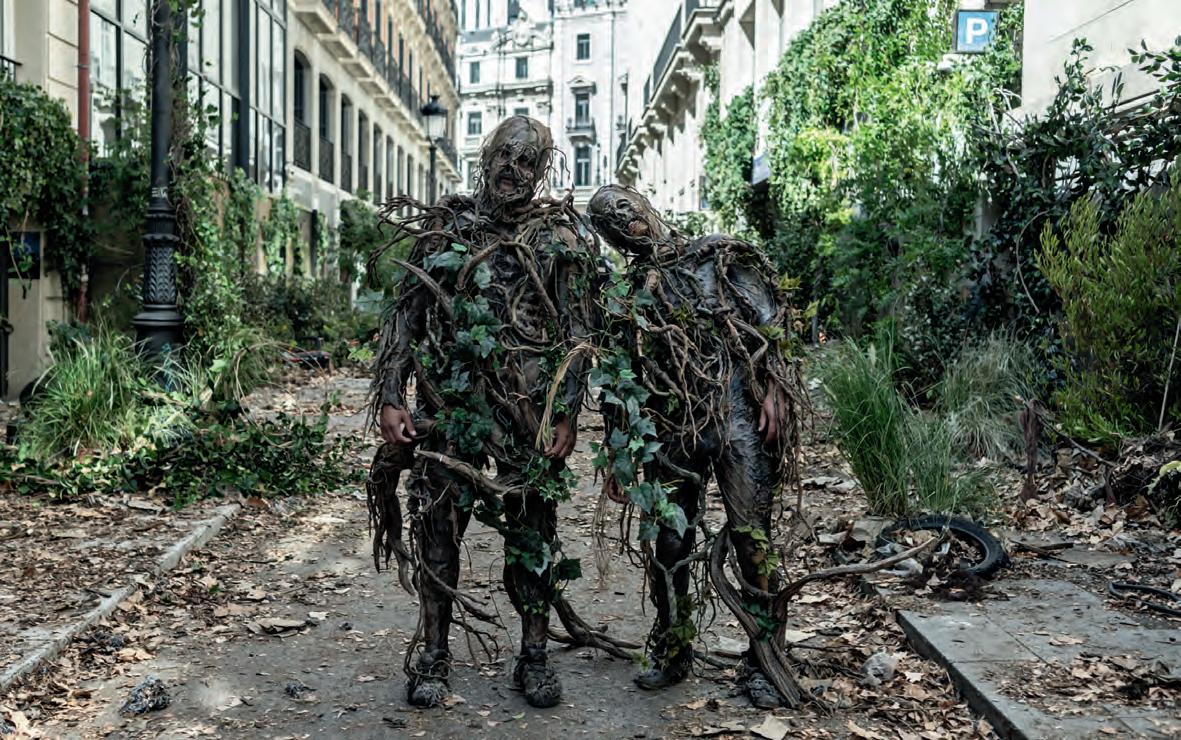
unique pale-yellow facades,” Madrid Film Commission head of communication, Victor Aertsen, says. “They chose Madrid because of the city's versatility in doubling for other cities such as London, and, above all, for its ability to host large-scale flming thanks to its extensive and experienced audiovisual sector and the support ofered at an institutional level. Furthermore, given the central geographical location of Madrid and its status as the country's main production centre, the choice was also motivated by the suitability of Madrid as a base from which to organise flming in the city itself and in other areas of Spain.” As Aertsen points out Madrid's main attraction lies in the confluence of a number of factors. “It has a solid audiovisual sector with all the suppliers, production services and professionals for projects of any size, and this ofer is at a more competitive price than those of other big cities in Europe such as London or Paris,” he says.
The Walking Dead: Daryl Dixon finished filming in Andalusia at the start of 2025. The production was flming in Spain for 10 months, assisted by Andalusian production services company Anima Stillking. “Spanish actors Eduardo Noriega, Óscar Jaenada and Alexandra Masangkay were part of the main cast alongside Norman Reedus and Melissa McBride,” Andalucia Film Commission’s Piluca Querol says. “And some of the episodes were directed by Andalusian director Paco Cabezas.”
The production team for the series was 98% Spanish, with 322 Spaniards working on a permanent basis on the technical team; and 93% of the 70 actors are Spanish, as are 98% of the 123 action specialists. The series also hired 2,491 extras locally. “In Andalusia, the series filmed in emblematic locations including Reales Alcázares and Casa de Pilatos in Seville and in Granada with the assistance of the Sevilla and Granada Film Ofces, both of which are part of the Andalusian Film Cities Network,” Querol adds. Filming for Young Sherlock — directed by Guy Ritchie and starring Hero Fiennes Tifn for Amazon Prime — started
at the beginning of 2025 in Cadiz, Jerez de la Frontera, El Puerto de Santa María and Seville, with the assistance of the offices of the Andalusian Film Cities Network, and co-ordinated by the Andalucia Film Commission. “The Cádiz Film Ofce estimates a spend of €2m in the city,” Querol says. “And Vancouver Media is currently flming the second season of the series Berlin for Netfix in Seville and Jerez de la Frontera.”
The scale of production around the third season of The Walking Dead is refected in the fact that it also shot in the location-rich region around Madrid. Film Madrid commissioner Xiomara García takes up the story: “According to the production company, more than 300 local technicians were hired, showcasing the high level of expertise among Spanish professionals, and half of the companies hired for this are based in our region,” she says. “Another aspect that makes The Walking Dead a particularly interesting case is that it chose the Madrid region not only for its diverse locations — such as Lozoya or Rascafría — but also because it established a production hub covering 8,000 sq m. The hub housed the entire production pipeline, from showrunners, executive producers and department heads, to the manufacturing of props and costumes, plus makeup, special efects and vehicles.”
In the case of the second season of local Amazon Prime production Reina Roja (2025), the city of Madrid itself plays a major role in the story, making it essential to flm there. “Another key factor is that the majority of professionals and crew members are based in Madrid, so for a platform like Amazon, having the production close to its headquarters is an advantage,” García adds. “I am particularly involved in facilitating access to publicly managed spaces, as was the case with Reina Roja. The audiovisual sector is so important to the regional government that Metro Madrid has a dedicated team for handling flming permits, and we work directly with them to support productions.”
With its rich tapestry of cultures, diverse landscapes and mesmerising architecture, the Asia-Pacific region has long been a magnet for travelers and tourists. And as Andy Fry reports, it is also increasingly becoming a popular destination for international producers on the hunt for the next great location
RECENT productions that illustrate the vast continent of Asia’s growing appeal include HBO global smash hit The White Lotus (2021-), shot against the beautiful backdrop of southern Thailand. Other high-profile projects to land in the region recently include a BBC/Stan adaptation of Lord of the Flies, filming in Malaysia; and Red Butterfly, a StudioCanal-backed crime drama that has made Singapore its home. All of this comes in addition to the steady stream of Chinese and Indian projects that film in the region. Several factors explain the growing number of projects seeking to locate in Asia-Pacific. The first is the impact of the tourist industry, which has laid down an infrastructure of which producers can take advantage; modern hotels and improved transport links have opened up access to previously hard-to-reach locations. Asia’s messaging has also improved, with pan-regional body the Asian Film Commissions Network (AFCNet) spreading the word far and wide via industry events. With 55 members from 20 countries, across the entirety of Asia, AFCNet has acted as a bridge between international and domestic stakeholders, sharing information about locations, regulations, incentives and entry requirements. In doing so, it has promoted the steady, sustainable growth of Asia’s production sector. Thirdly, the global streamers are investing more in local Asian productions. Netflix, in particular, has transformed the Asian production scene by backing talent across the region with significant budgets. In doing so, it has demonstrated what anyone in Asia already knew — that there is a world-class production community just waiting for the opportunity to showcase its creativity. Meanwhile there has been a significant ramp up in publicprivate support from production hubs across the region. Attractive incentives and infrastructure investments, combined with local crewing costs, are making shooting in Asia a no-brainer.
Thailand stands out as one of the region’s most exciting production hubs. Aside from The White Lotus (2025), the country has also recently welcomed Jurassic World 4: Rebirth (2025) and Alien-Earth (2025), a series spun out of
the Alien franchise. Shooting for 123 days across multiple locations, it is estimated that this production — created by Noah Hawley — brought $90m of production spend into the country and employed around 1,600 local people. The sixmonth shoot ended in mid-2024 and had a transformative effect on lead actor Sydney Chandler whose warm end-of shoot speech ended with the words: “Thank you Thailand and everyone here on this epic journey, for teaching me what I am truly made of.”
Having built a strong reputation, the country is now seeking to press home its advantage by increasing its cash rebate for international productions from 20% to 30% — with no ceiling on individual projects. The increase was unveiled by Prime Minister Paetongtarn Shinawatra on a recent trip to Los Angeles where she met with several Hollywood studio executives. According to Shinawatra, the country attracted 450 films from 40 countries in 2023, generating revenues of around $190m. She believes that the increased incentive will help push Thailand close to $290m in revenue from foreign shoots.
Thailand’s southern neighbour Malaysia offers a similar array of pristine beaches, awe-inspiring jungle and characterful architecture. It also has an industry-leading 35% tax rebate called the Film In Malaysia Incentive (FIMI), which has attracted around 150 projects in the last decade, with total production spend in-country estimated at $700m. Icing on the cake for foreign productions is the depreciation of local currency the Ringgit, which has made Malaysia a competitive region for filming. Notable 2024 scripted projects filmed in Malaysia include Marvel’s Thunderbolts (feature, US), Sony/BBC’s Lord of the Flies (series, UK) and Tencent’s The Contender (series, China). On unscripted, there have been several formats including the second season of Netflix’s The Mole, Banijay’s Survivor and BBC/Channel 4’s Tempting Fortune. There were also scripted productions from China, Hong Kong and Korea. Lord of the Flies is an adaptation of William Golding’s novel about a group of boys stranded on a desert island after their plane crashes. The book is being adapted by Jack Thorne,

who says: “The first few days shooting showed our cast are extraordinary and that director Marc Munden is finding a whole new visual language in capturing the wonders of them and the beauty of Malaysia.”
Uniquely in ASEAN, Malaysia is home to state-of-theart studio, Johor-based Iskandar Malaysia Studios (IMS).
Speaking to Location International, CEO Rashid Karim says: “Malaysia is a vibrant and film-friendly destination, offering a wide array of diverse and picturesque locations that cater to various cinematic needs. The country's tropical landscapes are complemented by the modern urban settings of Kuala Lumpur, UNESCO heritage sites of Penang and Melaka, idyllic rural areas featuring one of the world's oldest rainforest [130 million years old] in Taman Negara and Borneo, crystal-clear beaches and islands on the South China Sea, as well as stunning limestone caves in Ipoh and Langkawi. On recent productions, Malaysia has doubled as India, China, Hong Kong, Thailand, Singapore and Hawaii, among others.”
Located at the southern tip of Malaysia’s peninsula, Karim calls IMS “a fully integrated green facility, housing state-of-the-art sound stages, HD-equipped TV studios, water-filming tanks, period standing sets, backlots and production support facilities, all within its 80-acre lot.”
According to Karim, Malaysia and IMS have seen “very strong growth in both domestic production volume
and budgets. As a result, IMS has invested heavily. New offerings include a full-scale Virtual Production LED Volume which is housed in one of our 12,000 sq ft sound stages, as well as a number of water-effects equipment including wave machines and dump-tank towers for our water-filming environments.”
The studio has also prioritised the building of permanent filming sets, Karim says. As well as its Colonial Asian standing sets and the construction of a full-scale jetty, dockyard and a ship, “there are now over 40 buildings and structures on the six-acre backlot. We have also started construction of modern locations including hospital interiors and police stations, and are in planning stages for further builds including potentially a prison, court rooms and airplane cabins and cockpits.”
Significantly, Karim says, the Malaysian package has also been bolstered by the growth in experienced Englishspeaking local crews.
Other intriguing options in southeast Asia include Cambodia, which first burst onto the map as a film location around a decade ago. Key attractions are lowcost crews, improving infrastructure and a diverse range
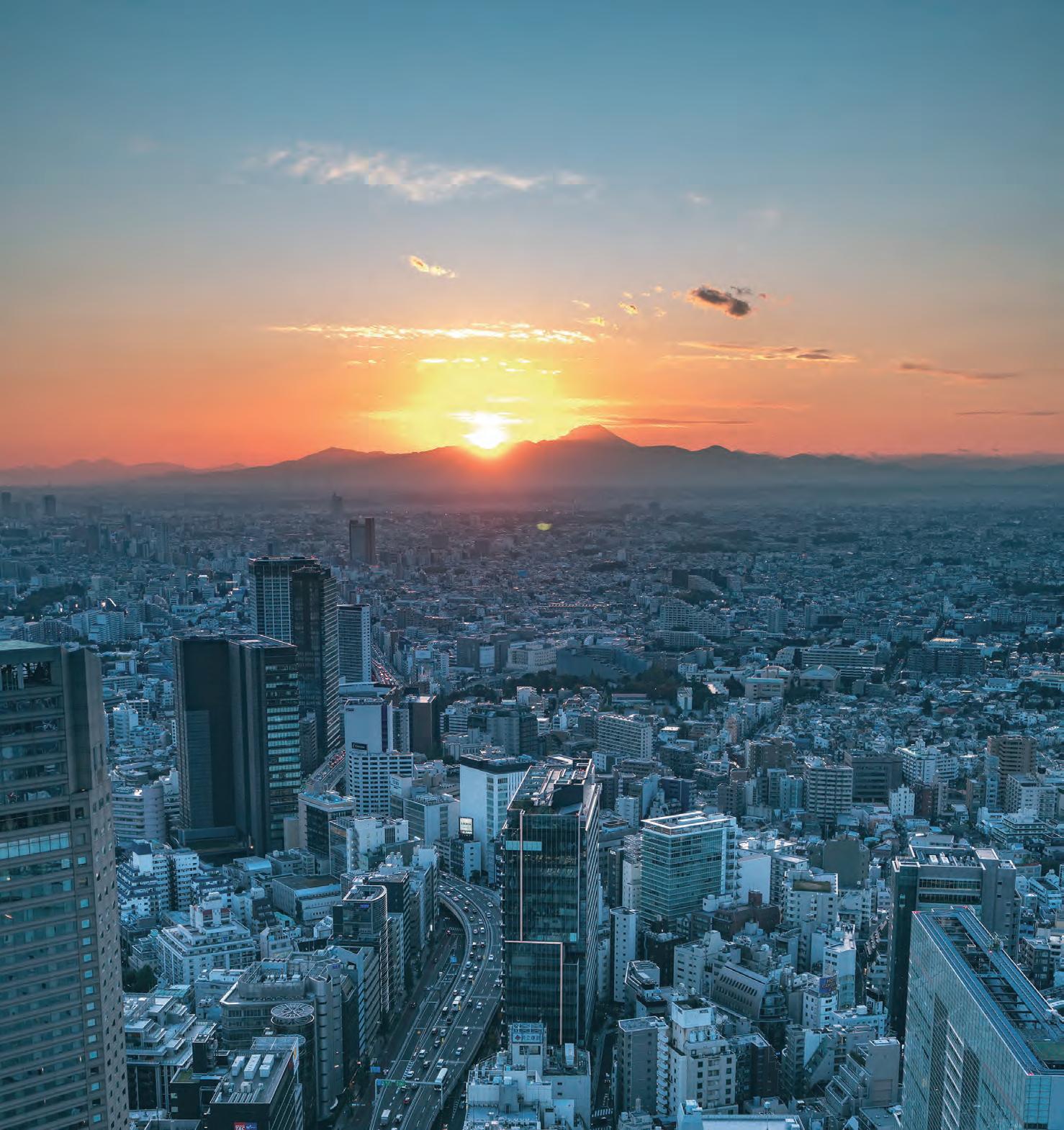
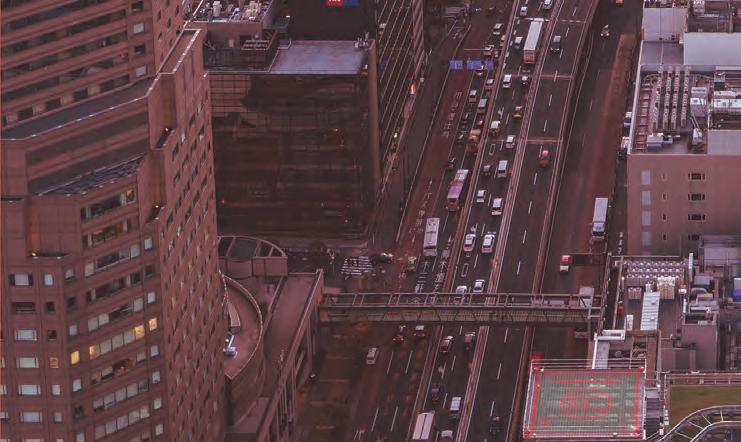
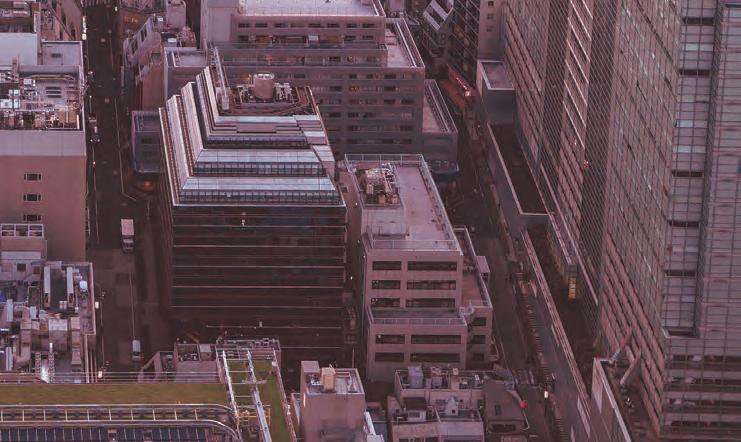

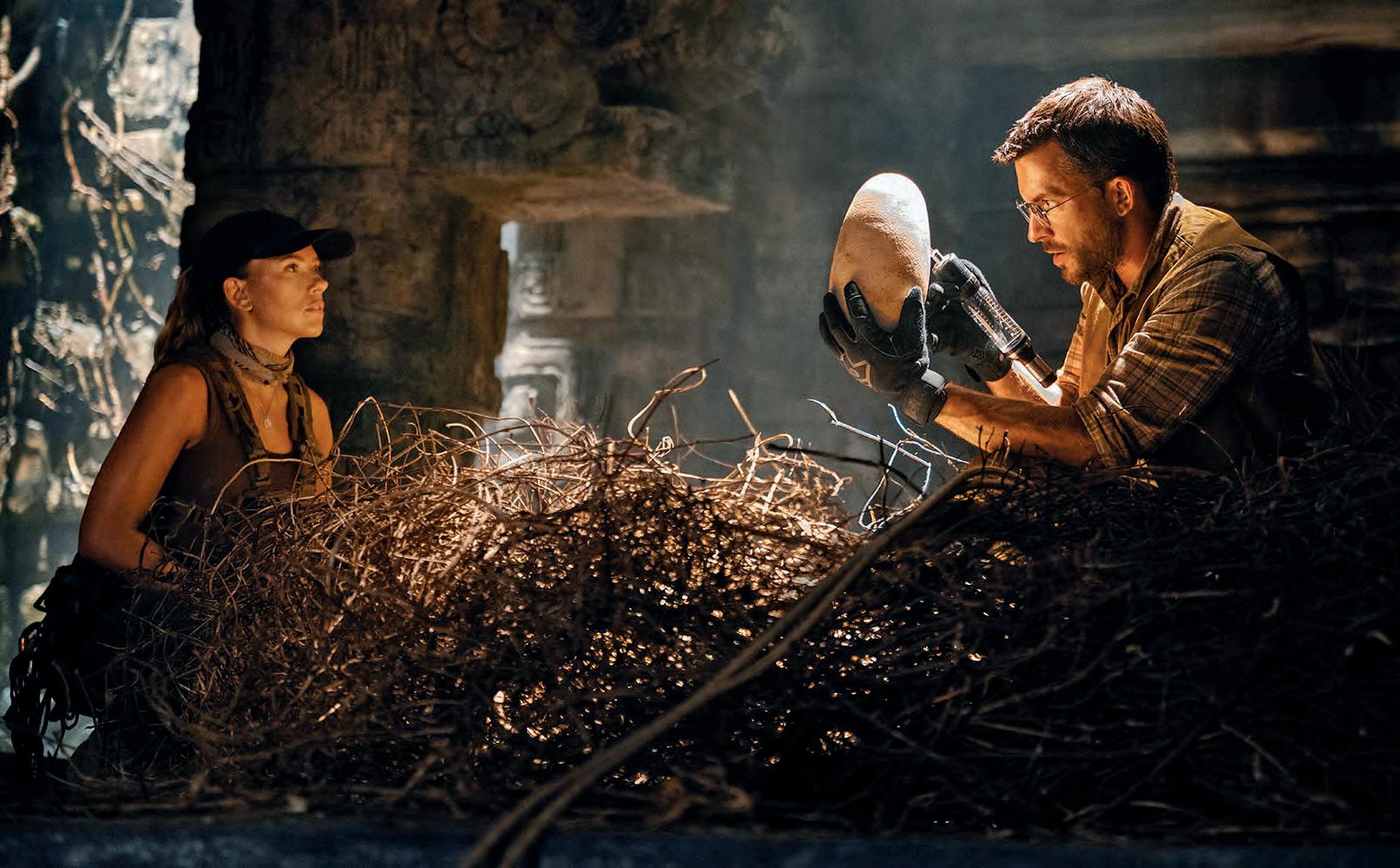
of locations, which include forests, rice fields, beaches, islands, colonial buildings and ancient architecture.
Speaking to AFCNet in 2024, Sovichea Cheap, director of Cambodia Film Commission (CFC), said the government has set up a range of measures to facilitate foreign filming. Not least is the CFC itself, which acts as a one-stop-shop for foreign productions. He adds that “there is a real interest in being proactive on policies that follow the needs of the foreign producers while benefiting the Cambodian film industry”.
Cheap also highlights benefits including tax-free importation for filming-related gear, a French-Cambodia co-production agreement which has benefited several European feature-film productions and a flexible taxrebate regime. “Since 2014, a tax rebate has been allowed to feature film projects which plan to shoot significantly in the country. This incentive must be requested with the project presentation and is allocated on a case-by-case basis. It has benefited several projects and implies a 10-15% cut on local spend.”
While capital city Phnom Penh is at the heart of Cambodia’s film industry, Cheap notes there are several production epicentres that foreign productions use. Siem Reap and the mesmerising Angkor Temples are major attractions while Kampot and Kep offer coastal locations. Other authentic locations include the historic city of Battambang and the mountainous area of Mondulkiri.
The Bali Film Center (BFC) has recently joined the AFCNet board of directors. Deborah Gabinetti who established the BFC in 2002, says: “Scenes can be set amid literally one of thousands of temples, ancient tribal villages, palatial ruins, colonial architecture, lush tropical rainforests, a trail of extinct and active volcanoes, stone and modern cities,
ocean cliffs, pink, gold and black sand beaches, as well as the most biologically diverse underwater locations.” Productions have tended to come from the US, UK and Australia, she says, adding that global streamer investments could benefit Indonesia as a whole: “The significant rise in regional shows on streaming platforms like Netflix and Amazon presents a perfect opportunity for Indonesia to serve as a captivating backdrop for these productions. We're also actively targeting the burgeoning Indian entertainment industry.”
South Korea has a strong domestic production base and has also enjoyed much success exporting content internationally. But it is also keen to attract productions to its shores. The Seoul Metropolitan Region, comprised of Seoul, Incheon and the province of Gyeonggi, is especially busy in terms of production. It offers producers a mix of state-of-the-art studios, diverse locations and incentive programmes via the Korea Film Council and Seoul’s Metropolitan Government. The city of Busan, home to a major international film festival, is also an important production hub. Phil Choy, formerly head of AFCNet, has recently taken up a role with the Busan Film Commission. Speaking to Location International, Choy says his job is “to attract and support both international and domestic film productions for filming in Busan. I assist with location support for projects from platforms like Netflix, Disney+ and Apple TV+, as well as domestic OTT productions. Last year, eight productions from eight countries filmed in Busan.”
The year 2025 was also shaping up well for Busan, Choy says with a large-scale project from an international OTT platform, and “Disney+ UK preparing for a short shoot in Busan, featuring a famous director and well-known actors”.
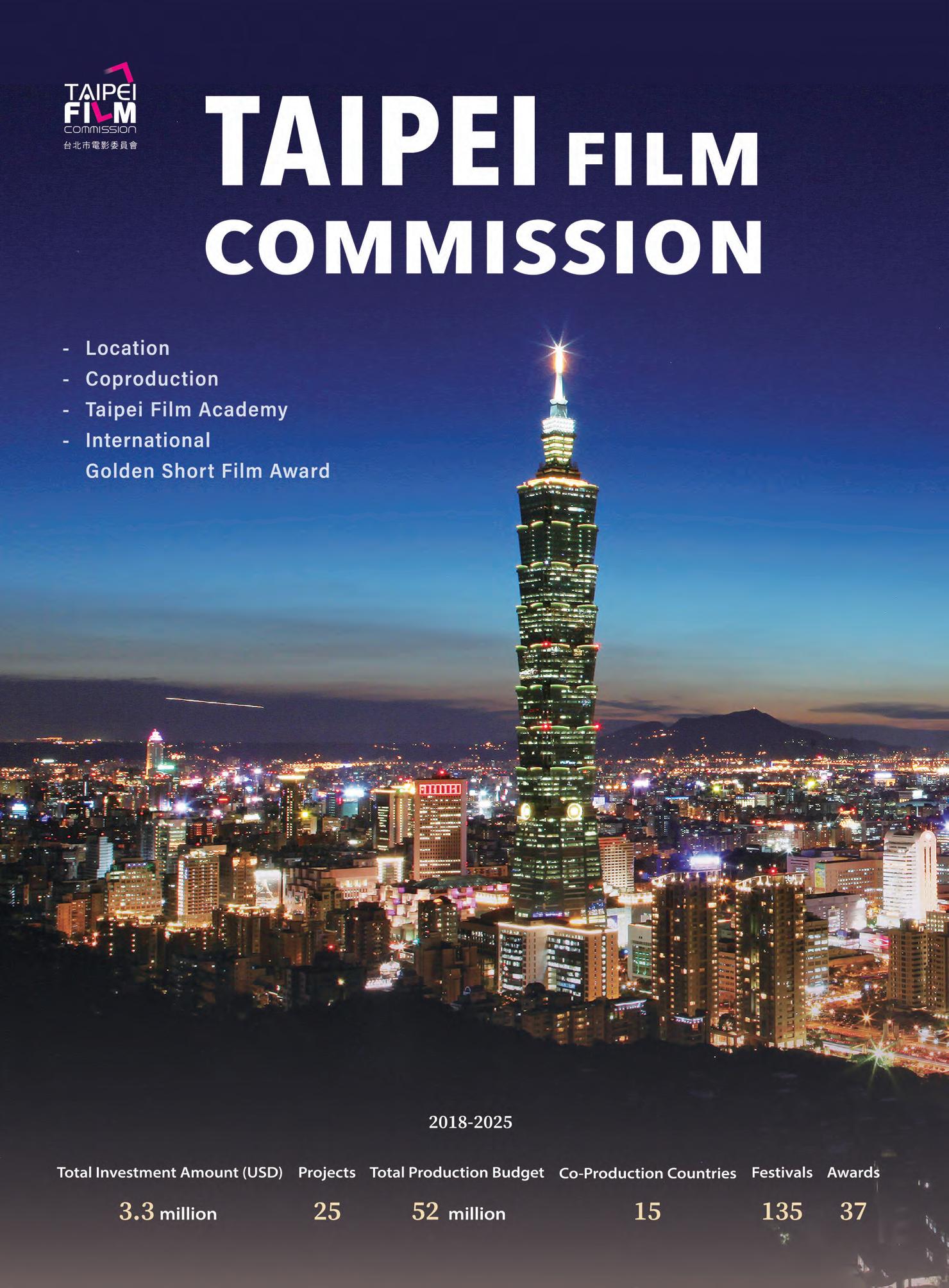
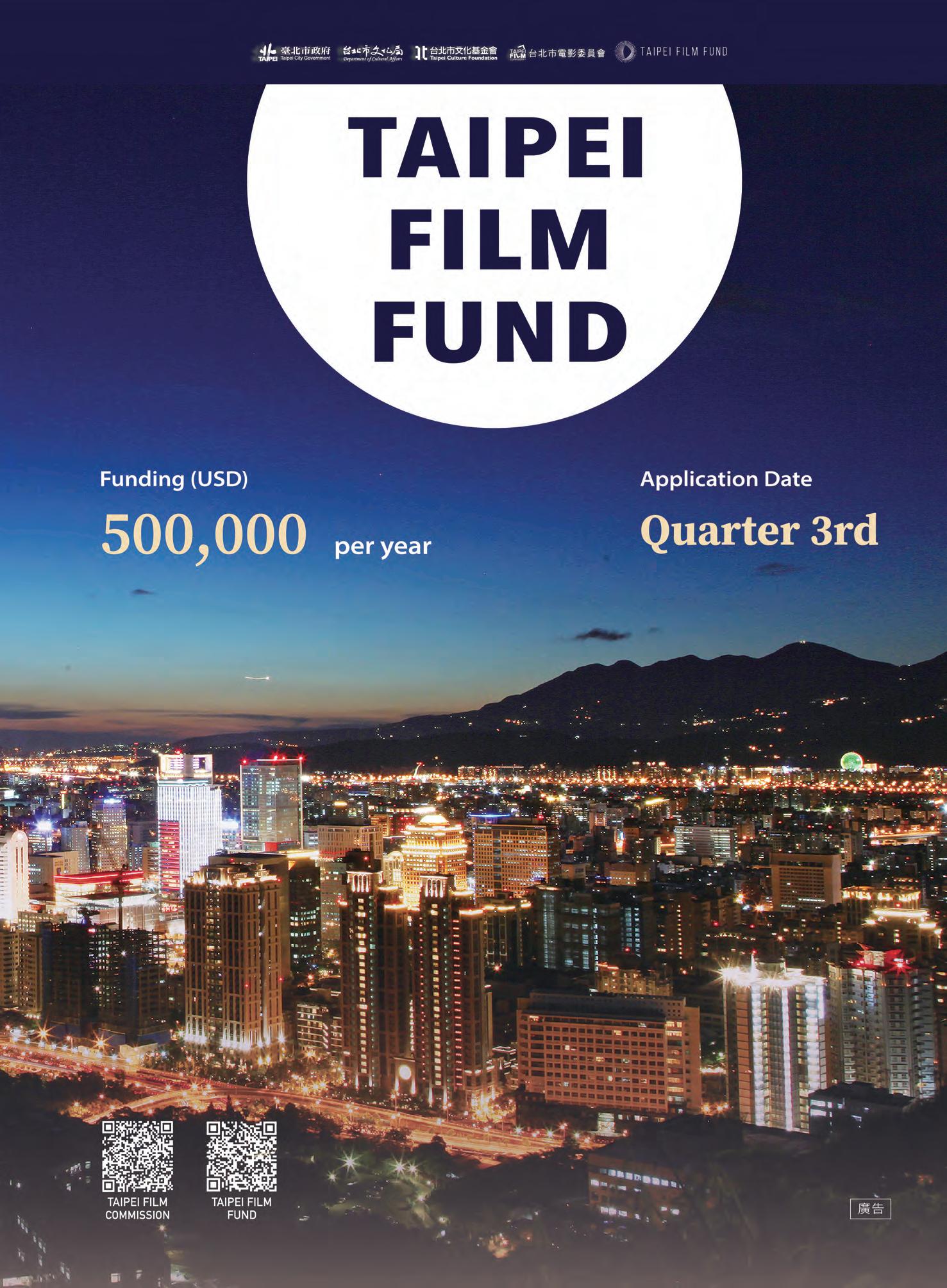

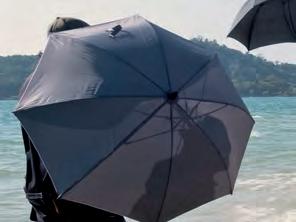
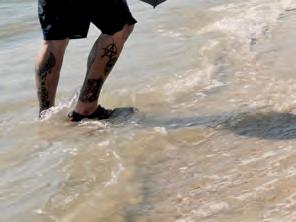


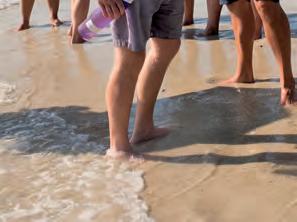






Japanese capital Tokyo is another vibrant production hub. Itto Kameshima, manager of the Tokyo Film Commission, describes Tokyo as “one of the most unique cities in Japan. It combines history, cutting-edge architecture and nature, which are all suitable for filming. Good examples include Asakusa, with its many historical and cultural assets; Shinjyuku, the symbol of a cuttingedge city; and the traditional Japanese gardens which are located throughout the city.” It is also, he adds, “the most accessible city in Japan”.
With so much to choose from, the Tokyo Film Commission is on hand to help producers navigate their way across the city, Kameshima says. “We have extensive experience assisting filming at these locations. Some popular spots in Tokyo — for example the Shibuya Crossing — have restrictions, such as shooting hours. So we have seen a trend towards companies offering near-realistic 3D shooting environments.”
Kameshima says the city has welcomed projects from China, the US and Europe, among others. “We support various genres of movies, dramas and commercials. We would like to support filming projects that show attractive locations in Tokyo and can be seen by large audiences — as long as they are not contrary to public order and morals. Projects including Monarch: Legacy of Monsters (2023), an Apple TV + drama and Tokyo Vice 2 (a HBO Max/Wowow co-production/2024) were filmed in Tokyo.”
Taiwan has a rich diversity of natural locations and a splendid mix of architecture, says Taipei Film Commission international co-ordinator Ella Hsieh. “Taipei, capital of Taiwan, is a popular filming destination due to its mix of modern cityscapes, historic temples, bustling night markets and lush natural scenery. Taipei
101 is a symbol of modern Taipei and has appeared in many productions, such as Weekend In Taipei (2024), the action movie directed by George Huang and produced by Luc Besson and Virginie Besson-Silla.”
Contrasting looks can be found within close proximity, Hsieh says. “Taipei has a historic location, Dihua Street, which dates back to the Qing Dynasty. Known for its traditional shops, tea houses and colonial-era buildings, films set in old Taipei often use this location to recreate early 20th-century scenes. Two kilometres away, Ximending is a vibrant shopping and entertainment district. Its neon-lit streets, street art and trendy atmosphere make it a favourite for youth-centered films, TV dramas and music videos. Movies like Monga [2010] have been filmed here, showcasing Taipei’s old-school gangster culture.”
Since its establishment, Hsieh says the Taipei Film Commission has assisted on 8,601 films, from feature films, TV dramas and commercials, to music videos, documentaries and short films. Regarding financial backing, Hsieh says there are local and national options: “The Taipei Film Fund, managed by the Taipei Film Commission, is a selective fund designed to encourage international co-productions involving a Taiwanese company with an annual budget of $500,000. Projects are eligible if at least 25% of the scenes are shot in Taipei or if post-production takes place there.” To date, the fund has supported projects from numerous markets including Singapore, Japan, the Netherlands, France, Malaysia and the US. This incentive can be accessed alongside the Taiwan International Co-production Programme (TICP), administered by the Taiwan Creative Content Agency (TAICCA). In 2024, TAICCA revamped TICP, increasing its investment ceiling from 30% to 49%. TAICCA also said TICP would now place greater emphasis on commercially viable productions. Taipei is also a great hub for reaching other locations: “Taiwan is a small island. With its great public transportation systems, it is easy to travel between different cities, and from mountain to ocean,” Hsieh says. “And if production takes places in different cities, we can also refer it to other regional organisations for localised production assistance.”

And what of Asia-Pacific’s rising stars? One location of note is Vietnam, with its spectacular scenery and distinctive culture. After a period when it was primarily used as a backdrop for Vietnam War movies, the country is now attracting a much broader range of projects — for example Kong: Skull Island (2017), Pan (2015) and A Tourist's Guide to Love. The latter, released by Netfix in 2023, tells the story of a travel executive who accepts an assignment to go undercover and learn about the tourist industry in Vietnam. She finds adventure and romance with her Vietnamese expat tour guide along the way. Local reports suggest that Vietnam’s authorities are keen to woo international productions with a range of film-friendly measures and incentives. A delegation from the Vietnam Ministry of Culture, Sports and Tourism visited California last year to promote their cause.
Also attracting interest right now is The Philippines, a beautiful country that is actively courting producers. At time of writing, the country offers a 20% incentive for international coproductions and offshore productions, with an extra 5% available to productions that add a cultural component. Eligible formats for FLIP (the Film Location Incentive Programme) include features, animated and documentary films, TV and streaming series and virtualreality content.
Projects shot recently in the country include upcoming The Last Resort, directed by Donald Petrie and written by Karen McCullah. The film is being funded by Asia Pacific Films and centres on a hotel executive who is tasked with scouting a new resort location. While doing so, she falls for a charter pilot, while also becoming engrossed in the local scenery and culture. The film fits a recent trend of romances played out against the backdrop of Asia’s beautiful locations — previous examples including Crazy Rich Asians (Singapore/
Malaysia/2018), Ticket to Paradise (Bali/2022) and the aforementioned Netflix production in Vietnam. The Last Resort’s producers Ernesto Sta Maria Jr and RJ Collins say: “The beauty of the Philippines is awe-inspiring and setting a romantic comedy against the backdrop of the magnificent landscapes of our country will bring a truly cinematic experience to the screen.”
Another recent production to land is James J Robinson’s debut feature, First Light , which is backed by Screen Australia. Set in the remote mountains of the Philippines, the death of a young construction worker forces an elderly nun to confront her beliefs.
Producer Gabrielle Pearson lauded the creative impact of blending two cultures: “Learning about the intersection between Filipino and Australian methods of working has been one of the myriad gems of doing an international co-production. Realising the ways that disparate cultures across the globe can uncover the universality in their experiences treads the pathway toward inclusive filmmaking, while offering complex insight into the human condition.”
The Film Development Council of the Philippines’ (FDCP) chair and CEO Jose Javier Reyes recently outlined his ambition to support both domestic and international production, including co-productions: “The Philippines comprises more than 7,000 islands, boasting 135 languages. It takes pride in being an Asian nation with a population that is generally proficient in the English language and possesses highly skilled and trained film technicians and artisans as well as artists. We provide assistance, not only through the FDCP, but also government units to simplify the process of foreign productions.”
While Reyes is keen to attract production from around the world, he stresses there is also a compelling opportunity for collaboration within Asia — a reminder that this dynamic region isn’t reliant on the US and Europe for business. “Our immediate focus is to strengthen the development of content and establish solid and mutually beneficial bonds with film councils within the Asian region to tap this market and develop a truly authentic and unique Asian market.”
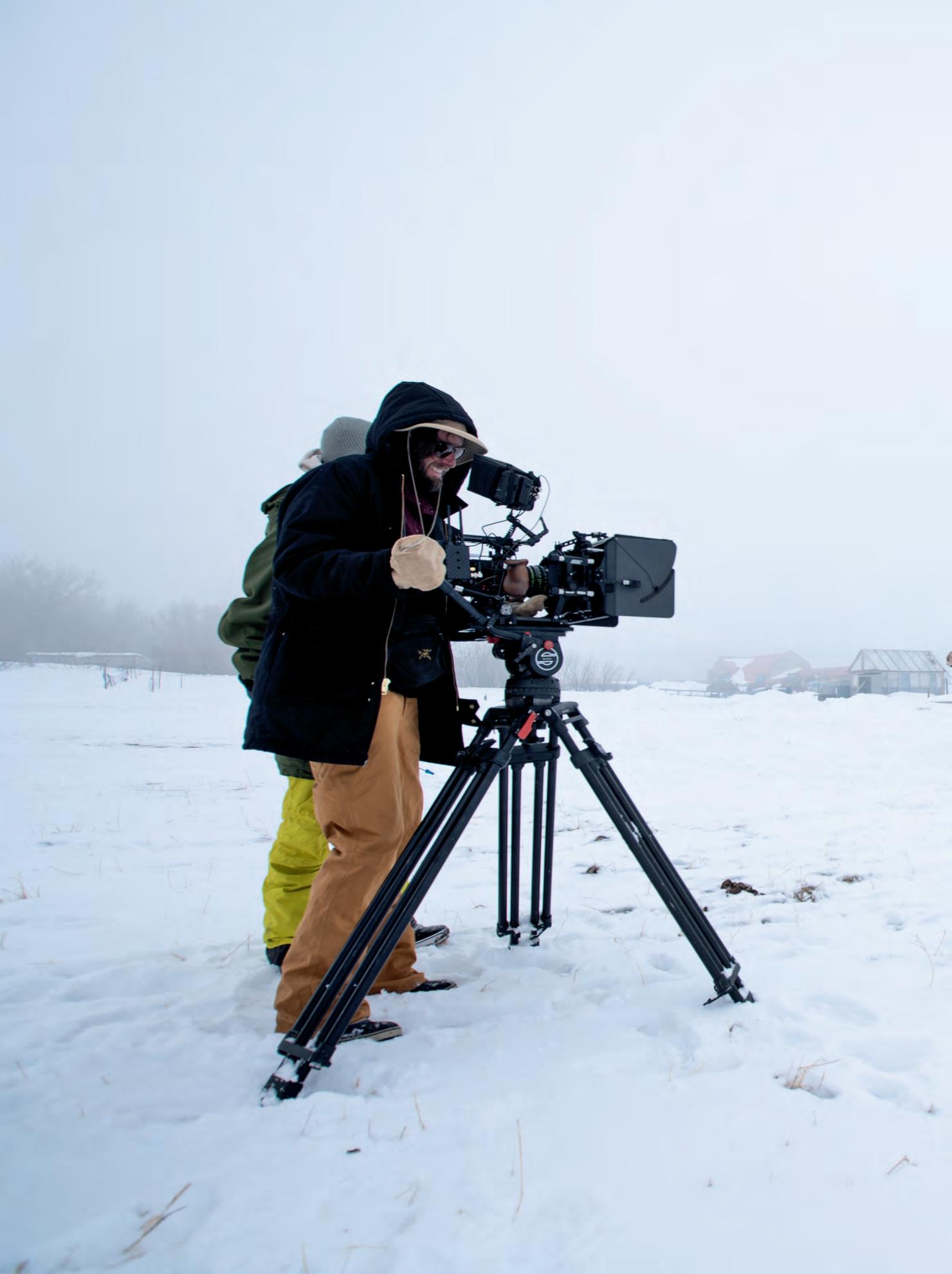

Canada has long been a coveted destination for filmmakers, offering a vast range of landscapes and cityscapes that can double for virtually any location in the world. Clive Bull takes a tour
FROM the rugged mountains of the Rockies to the bustling streets of Toronto, the expansive forests of British Columbia (BC) to the snowy vistas of Quebec, Canada provides a stunning variety of backdrops that are frequently chosen for their ability to mimic other locations around the world. Beyond its breathtaking scenery, it is Canada’s robust film industry, bolstered by a wealth of experienced crew members, established production expertise and attractive incentives, that encourages productions to place Canada in a starring role as a stand-in location.
Toronto has established itself as popular destination to double for New York and Chicago, while Vancouver is a favourite when looking for an American West Coast look and feel, often standing in for cities including Seattle and San Francisco. And if you are searching for a Texas-style Western set then the choice includes the badlands and foothills of Alberta, Saskatchewan’s grasslands and flat plains, and Manitoba’s prairie regions.
And there are few better examples of Canada taking a leading role as another location than the hit Netfix drama series
Virgin River. The cozy tale of life’s up and downs in a rural community is set in a remote fctional town in Northern California, near the Redwood Forest. In the show, Virgin River is depicted as a peaceful and picturesque community surrounded by nature, with a close-knit, small-town feel, and it is not just the storylines that are dramatic, the
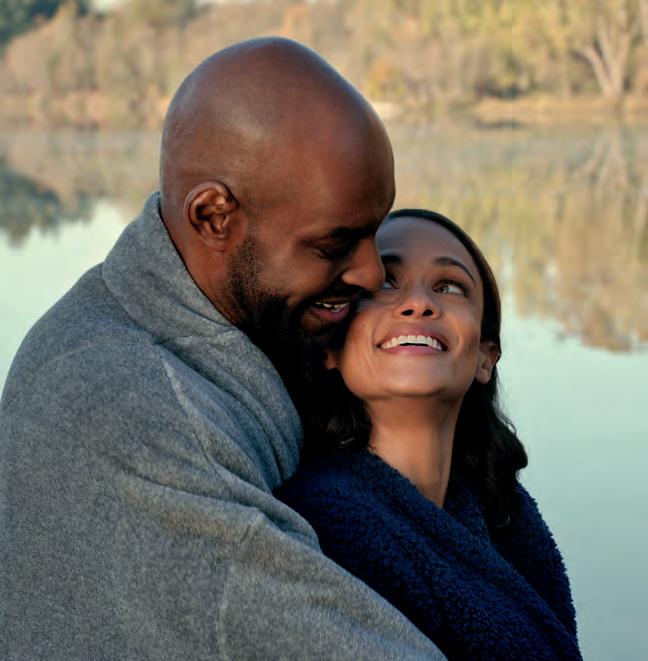
dramatic scenery is another of the shows stars. In reality the series is flmed in British Columbia, primarily in locations around Vancouver and surrounding areas. The lush forests, mountains and rivers in British Columbia make it the perfect stand-in for the show's setting.
The show is based on a series of books by Robyn Carr which follows the life of Melinda ‘Mel’ Monroe (Alexandra Breckenridge), a nurse who moves to the small, rural town in Northern California to start afresh after personal tragedy. The books explore Mel's journey and relationships with the townspeople, including a romance with Jack Sheridan, a local bar owner.
One of the people playing a pivotal role in fnding the right locations for the storylines is location manager and scout W Robert ‘Fluffy’ Millar, a member of the The Locations Managers Guild International (LMGI), who has been in the location-scouting business since 1997. He knows the region well and has found settings for dozens of flms and television series that were shot in and around Vancouver, including Shooter (2007), the Fifty Shades of Grey trilogy (2015-18) and A Dog’s Way Home(2019) . He lives in British Columbia and says he is in the habit of taking pictures, geo-tagged on his phone, whenever he comes across a beautiful setting.
Millar says as the series continues he is always looking to go one better and fnd the next stunning beauty spot, or another easily accessible but dense forest. “We always co-ordinate with the First Nations themselves. The Squamish Nation has been really supportive of our show because we do a lot of flming on First Nations land. Because the show is so popular and has an overall positive message, we've developed a really great relationship,” he said.
One particular challenge was in season three which centred on the lumberjack games at Grouse Mountain. Because it was during COVID the ski mountains were shut down to the public and although there are usually actual logger sports and lumberjack games held in this area they were also not running.
“Luckily the producer of those [local] lumberjack games lives in the interior of British Columbia. He brought his team up — the kind of stunt people who know all about log rolling and axe throwing and everything,” he said. The shoot was made possible as the crew managed to use gondolas and shipped all the equipment up the mountains in the gondolas from the bottom of the slope.
It may be a small-town story but for BC it has had a big economic impact, with CA$44.4m spent in the province on season five alone, with $29.3m spent on local wages, supporting over 390 BC flm professionals and CA$15.m spent on local businesses, benefting more than 500 companies across BC. The show has also attracted fans from all over the world to the area to visit the show’s key locations.
The BC Film Commission at Creative BC has the job of uniting and collaborating with local industry as well as government on flm-friendly policy. As a frst point of contact in BC, it provides production and community-afairs services, and supports industry stewardship initiatives focused on sustainability, inclusion and regional opportunity. Marnie Gee, BC Film Commissioner at Creative BC agrees that BC’s unique value is that it’s adaptable to play any part: “The province’s unique geography includes temperate rainforests, alpine peaks and even arctic-like tundra in the north, making it a versatile backdrop for any production. With such a wide variety of natural and urban environments, BC can seamlessly stand-in for locations across the globe, making

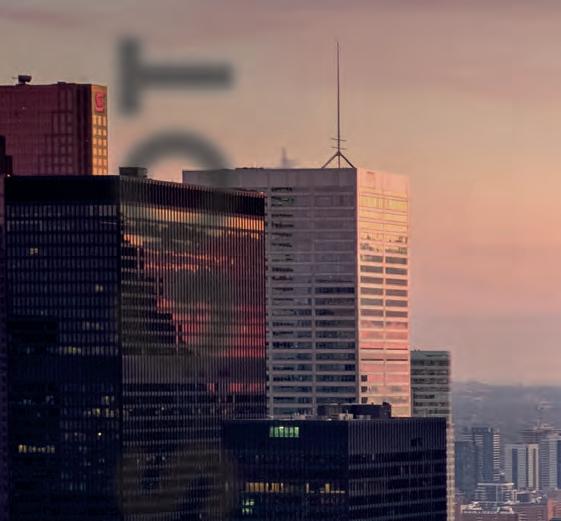
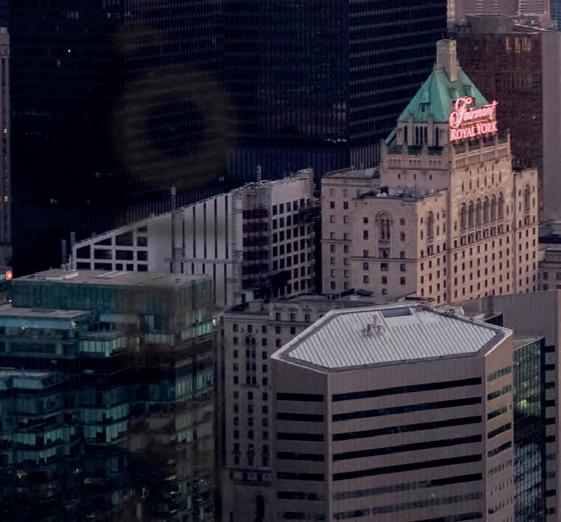
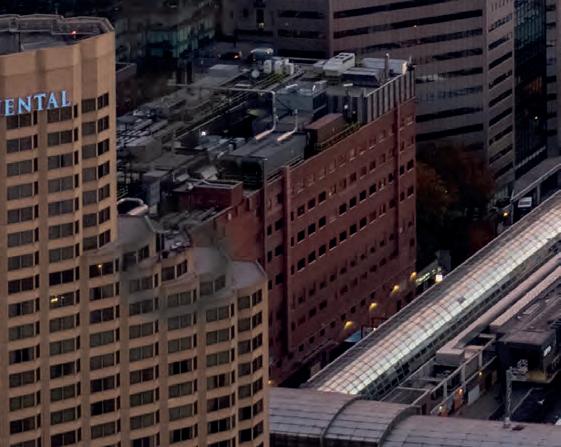

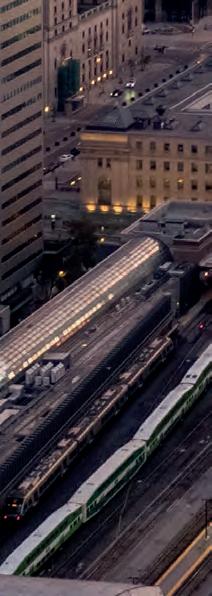
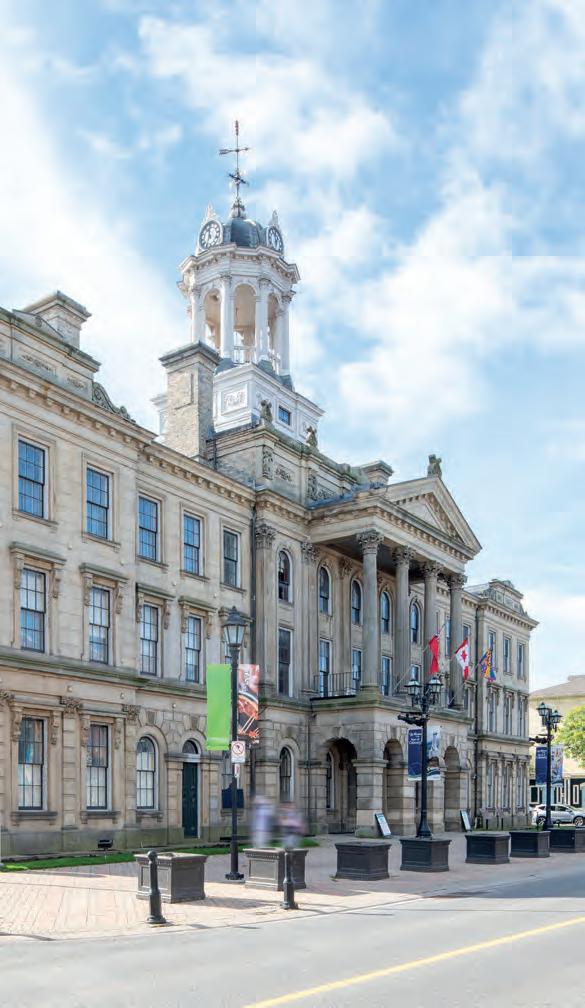
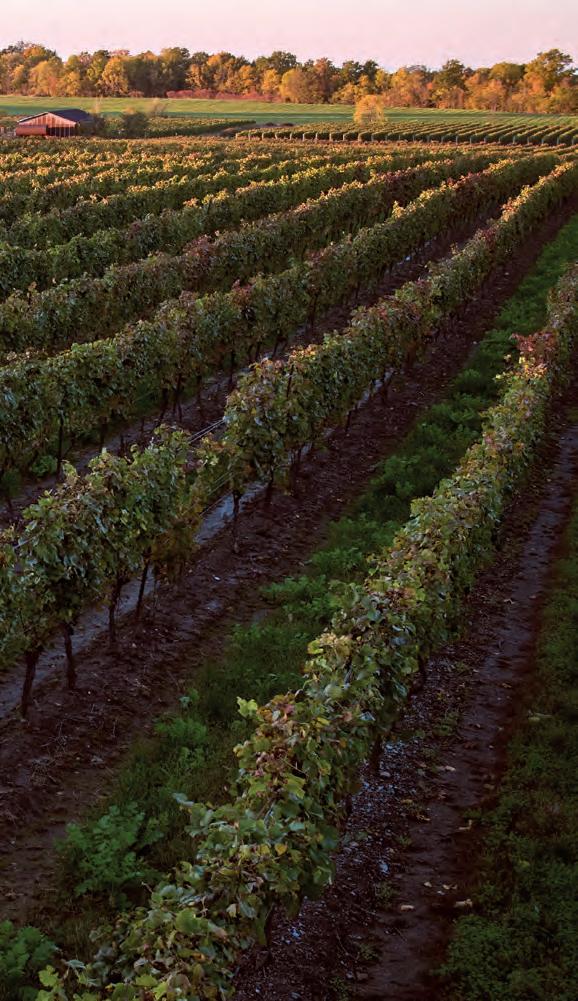
Learn more about production supports and incentives





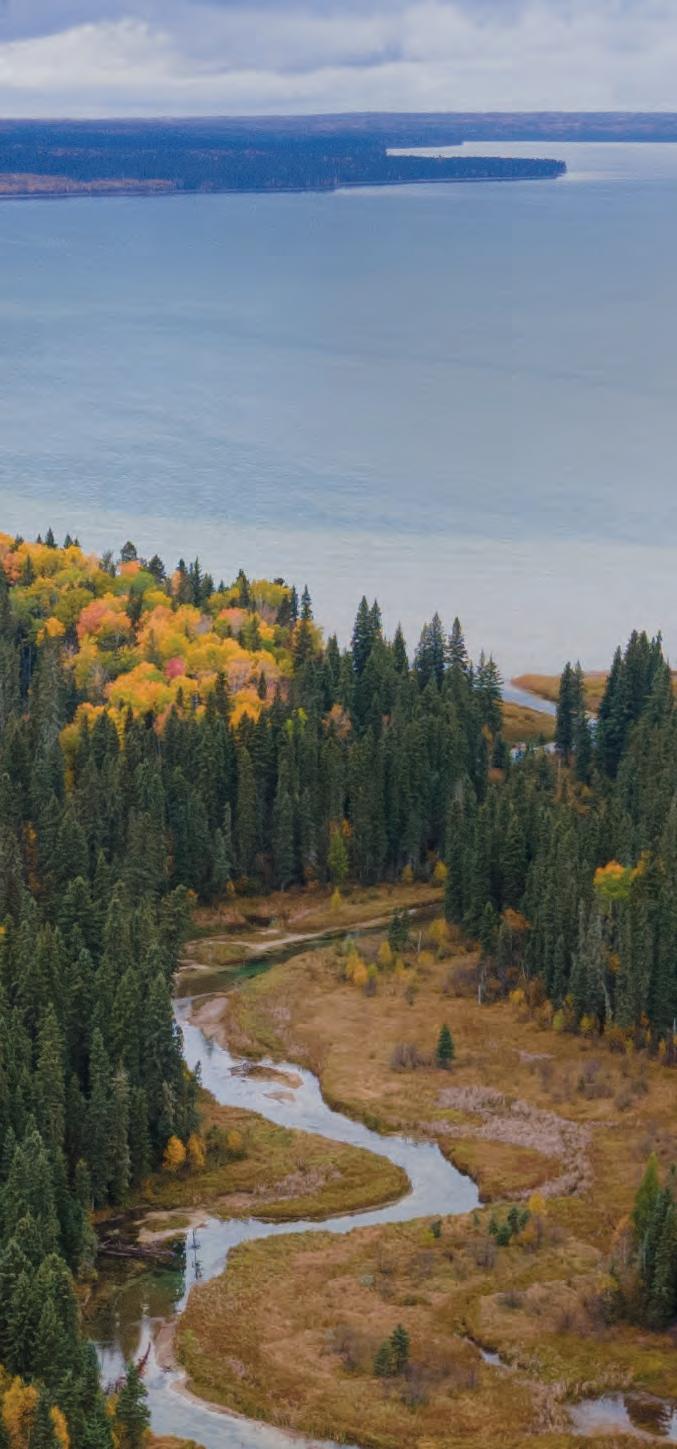
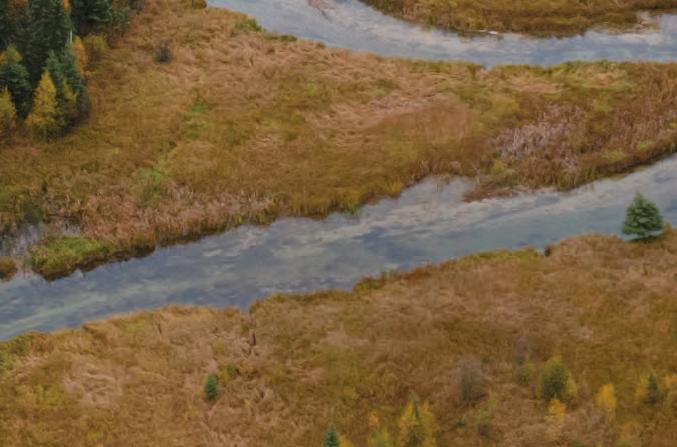
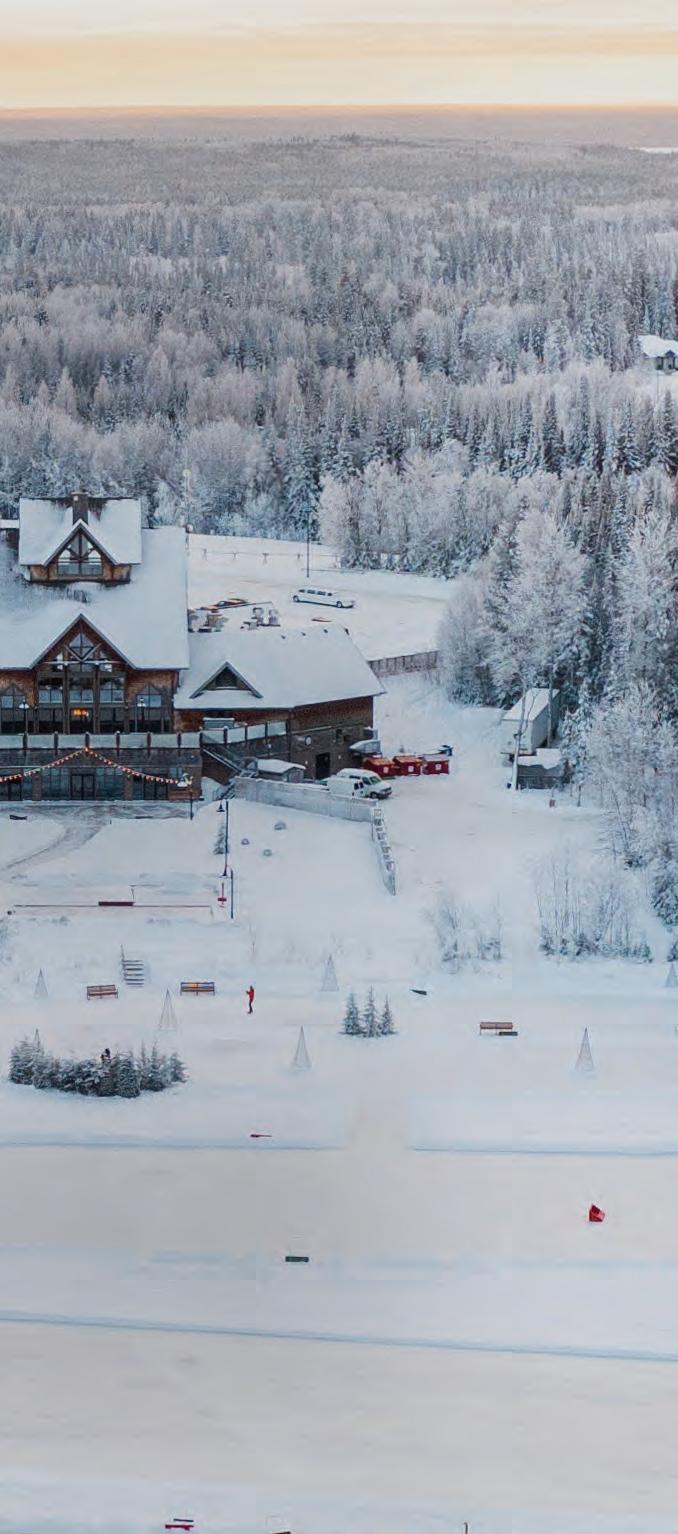
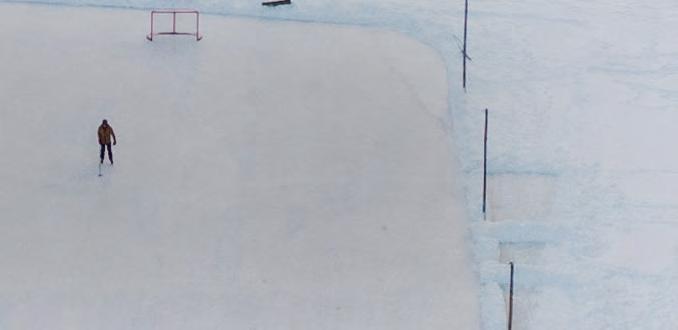

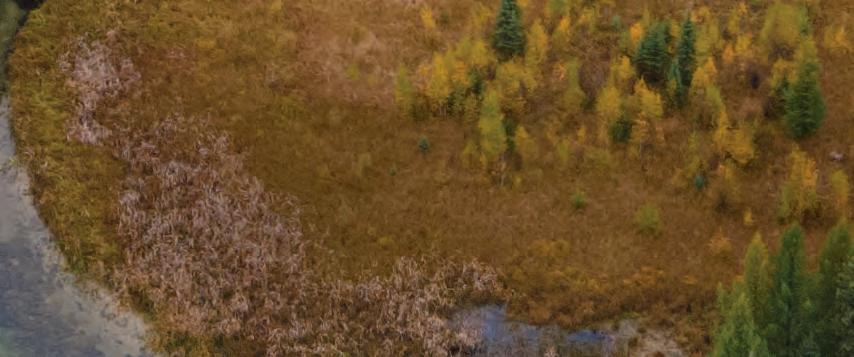


Funding up to 40% of Saskatchewan spend to a maximum of $5 million.
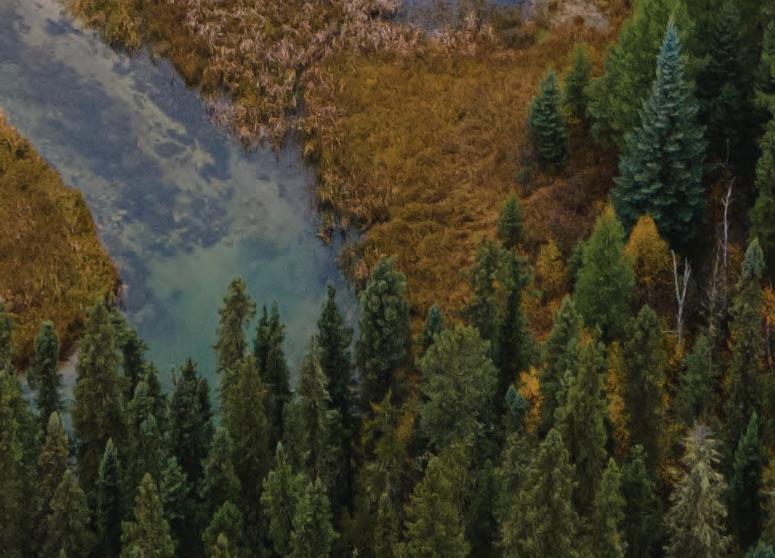


*Photos courtesy of Tourism Saskatchewan.

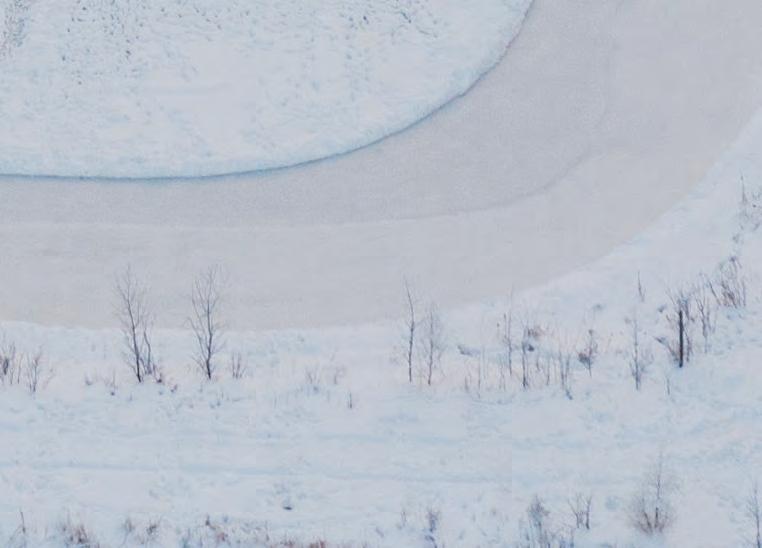
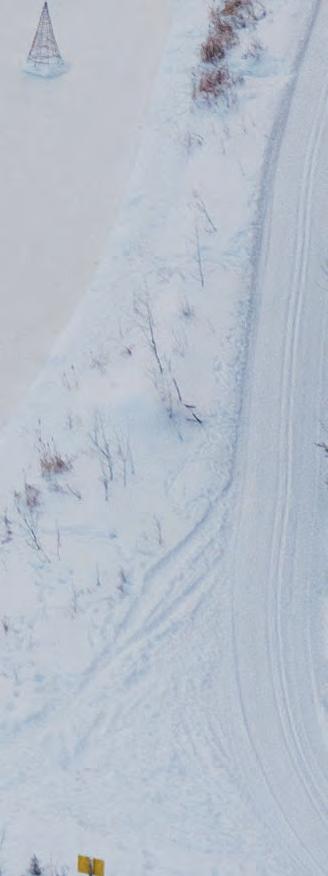
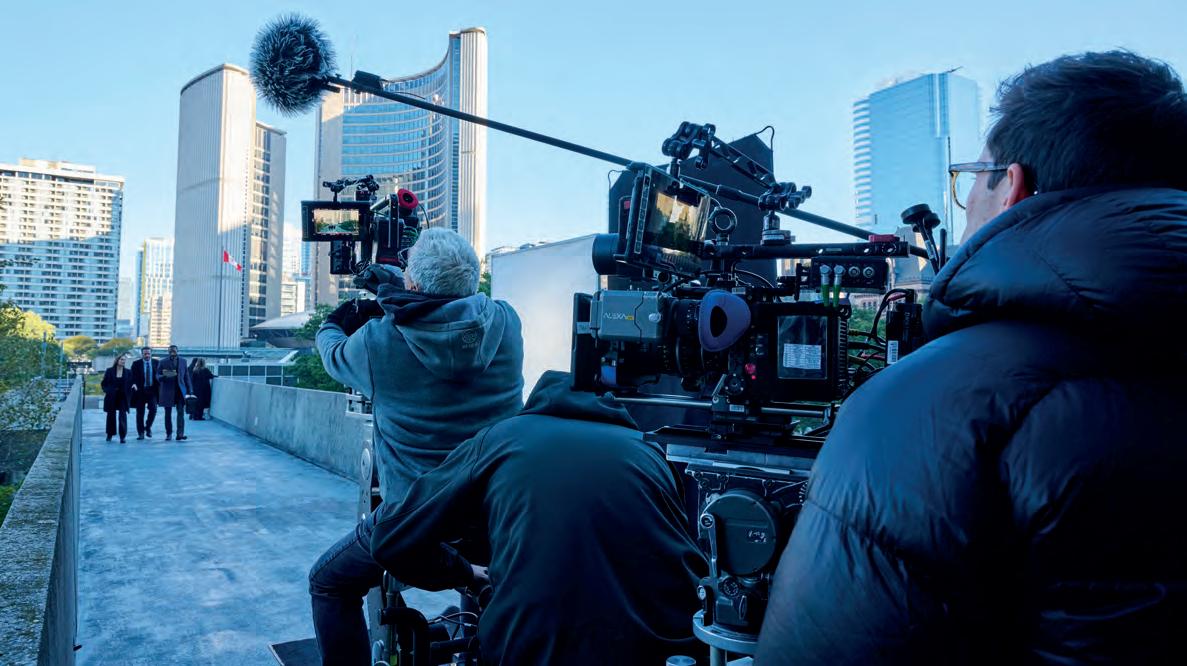
it a top destination for flmmakers. BC has a combination of qualities and a world of looks that can’t be found anywhere else,” she says, adding that BC is North America’s thirdlargest foreign-location film centre and has long been dubbed Hollywood North, and is just a three-hour fight from Los Angeles.
As well as being a stand-in, more productions are now embracing the province as itself, Gee says. While early examples like Continuum (2012-15) and Motive (2013-16) paved the way, she also points to recent projects including Canadian teen drama FAKES (2022), legal drama Family Law (2021) and the TV thriller series Allegiance (2024). This shift also refects the growth of the domestic industry, with flms like Riceboy Sleeps (2022) which is set around Vancouver. Like many filming jurisdictions, BC has faced industrywide challenges, but the province recently announced an increase to its tax-credit rates to strengthen its competitive position. In terms of studios, the province has two million sq ft of space with a network of stages ranging from 2,000 sq ft at their smallest to more than 120,000 sq ft at the top end of the scale, with a wide selection of stage specs in between. Gee anticipates 1.04 million sq ft of additional space over 50 stages incoming in 2025. “BC employs over 70,000 talented crew to support up to 60+ live-action productions at a given time and much more capacity when counting animation, VFX and post production,” she says.
Among this year’s projects are Amazon Prime Video’s new prequel series Legally Blonde, CBS’s Fire Country, Disney+'s Tracker, the fourth season of Syfy’s Resident Alien, an untitled Disney+ reboot of Malcolm In The Middle and the second season of HBO’s The Last of Us, which was flmed primarily in BC and Alberta.
Canada’s second largest and most populous province, Ontario, is also in demand both for doubling and to appear as itself. Ontario doubles for a wide variety of international locations including big-city looks like New York and Washington DC, as well as 19th-century London and Tokyo. Amazon Prime’s Reacher (2022) used Ontario to double for the southern US while Ontario plays itself in international hits including TV comedies Letterkenny (2016-23) and
Kim’s Convenience (2016-21). Justin Cutler, Ontario Film Commissioner, Ontario Creates, says the province has a unique selection of flming locations.
“In 2024, Ontario played New England, outer space and the arctic tundra. We have seaside towns with lighthouses, ski villages and beach views. We have industrial wastelands and abandoned quarries. We even have landscapes that mimic the surface of the moon. We are fortunate to have expansive location options with the infrastructure to support flming anywhere you need to be,” he says.
While production remains steady in Ontario, Cutler says the province has studio availability in a range of stages of diferent sizes and capacities to meet every production need. One of the Film Commission services is to assist productions with studio-vacancy searches. Ontario also has a wellestablished infrastructure — and crew capable of carrying 50 concurrent projects and 400 projects annually.
“Ontario crews have won international awards and have made Oscar Best Picture winners like Chicago[2002] , Spotlight [2015] and The Shape of Water [2017]. Ontario has all of the support services you need to make a production happen: equipment suppliers, catering companies, post-production facilities, VFX and animation services, accommodation, transport, fnancial services and more. We also have the Ontario Green Screen to support productions with their sustainability goals,” he says. Ontario aims to be a worldwide leader in sustainable production.
Toronto, capital of Ontario and the largest city in Canada, is a favourite option for numerous US TV series, with many returning this year. A new season of Law and Order Toronto:
Justin Cutler “In 2024 Ontario played New England, outer space and the arctic tundra”
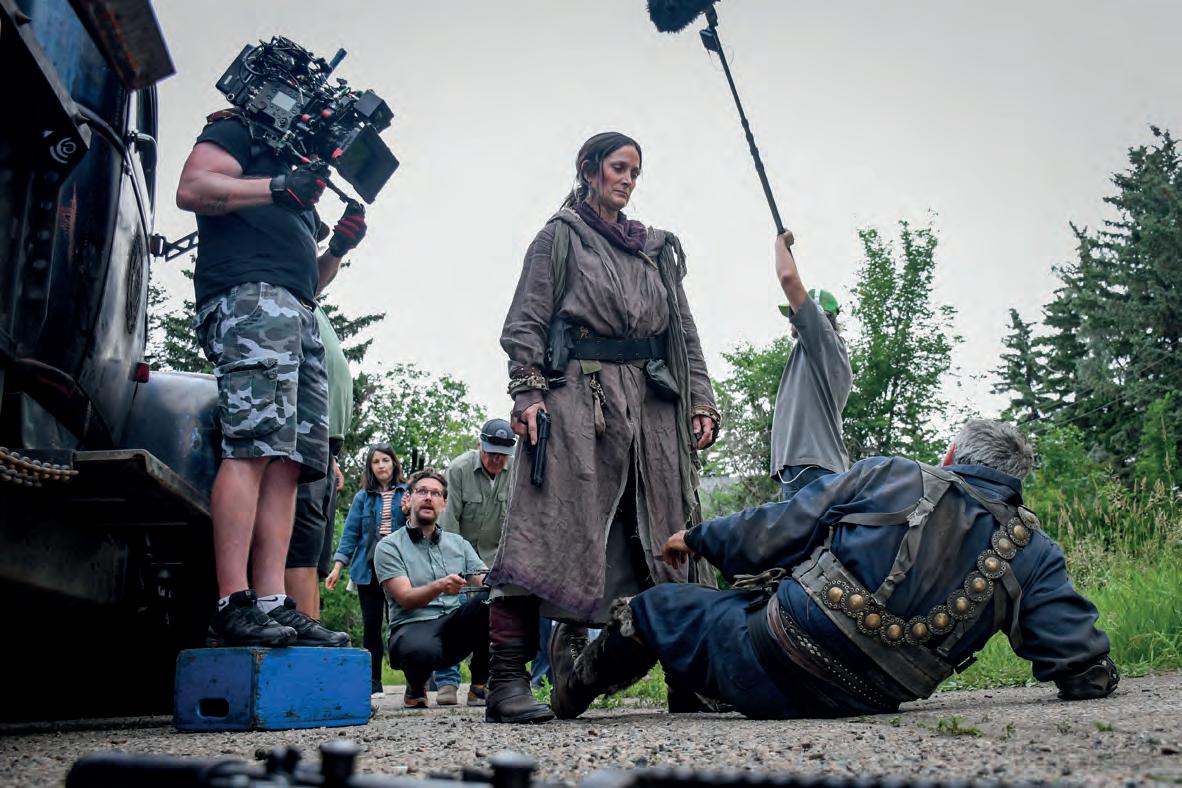
Criminal Intent has been shooting in Ontario, and the latest addition to the Star Trek franchise, Star Trek: Starfleet Academy (Paramount+), has shot its frst 10-episode season in Toronto. Heading further east, the province of Quebec is a prime location among creators and producers worldwide, offering expertise in the scripted and unscripted world, animation, VFX, post production, VR-AR and music scoring. Quebec produces over 1,000 productions a year, 900 of which are domestic productions, and the balance are in production services and international co-productions. Like much of Canada, Quebec ofers a wide diversity of landscapes, scenery and architecture that spans three diferent centuries with both European and North American touches.
“We can double New York, Washington, Boston, Chicago, Paris, London and Berlin, just to name a few,” says Chanelle Routhier, commissaire flm & télévision, Province de Québec.
“We have four distinct seasons: a mild spring, a warm and sunny summer, a colourful fall and a snowy winter.”
When not standing in for somewhere else, Quebec has also been one of the stars of the show. With Amazon Studio’s The Sticky (2024) for example, the province was the obvious choice as the storyline was inspired by the Great Canadian Maple Syrup Heist, which happened in the province of Quebec over the course of several months between 2011 and 2012.
Other recent productions include Apple TV+'s thriller drama series The Last Frontier (2025) which spent a sixmonth flming period in Montreal with Jason Clarke starring as a US Marshall. Skydance’s adventure movie Mayday (2025), starring Ryan Reynolds and Kenneth Branagh, was shot principally in Montreal. The city also hosted Sony Pictures' Karate Kid: Legends (2025) starring Jackie Chan, Ben Wang and Ralph Macchio, which merges the original Karate Kid flms with the Cobra Kai TV series universe. Of course fnancial assistance is important in any audiovisual landscape and it is no less true in Quebec, with the province
offering its own tax incentives. “These programmes are designed to attract local and international studios while leveraging Quebec’s advanced infrastructure and highly skilled labour pool,” Routhier says. Administered by the Société de développement des entreprises culturelles (SODEC), the Refundable Québec Tax Credit for Film or Television Production Services (QPSTC) is a refundable tax incentive designed to stimulate production in the province. Montreal is also a culinary destination, Routhier points out — and that is an extra attraction for filmmakers. “We've got one of the highest concentrations of restaurants on the continent, a celebrated league of local chefs, urban farming, world-class culinary events, open-air markets, gourmet stores, food trucks and a stream of local and global infuences contributing to our incredible epicurean ofer. Simply put, Montréal's food scene is vast, diverse and dynamic.”
Offering its own unique set of backdrops, the western province of Saskatchewan is reporting a busy period of activity with CA$12.3m committed in the last fscal year to 22 projects. Recently completed productions include horror feature Die Alone (2024), the fourth season of culinary show Flat Out Food, the second season of reality series Guardians of the North, and the holiday-themed rom-com
A Cowboy Christmas (2023), which was shot in Maple Creek and showcased Saskatchewan's grasslands, Historic Reesor Ranch and small-town charm. Maple Creek kept its name in the movie and was flmed within the community with funding from the Government of Saskatchewan through the Creative Saskatchewan Feature Film and Television Grant.
Over 200 locals participated in the production, decorating the main street, playing extras in their Christmas sweaters and re-creating their seasonal market just for the show.
“The people of Maple Creek really came through for us on this production,” Trilight Entertainment producer Jessica Watch said. "They went above and beyond in every aspect to make
this production run as smoothly as it did. Every person we met wanted to help. They welcomed us with open arms, and we could not be more grateful for their help and support.”
Explaining the appeal to filmmakers, Megan Folden of Creative Saskatchewan says many of the locations in Saskatchewan feel “fresh and unique”, ofering settings that haven’t been overused in other productions. This novelty sparks creative storytelling and the local community in Saskatchewan is enthusiastic and supportive of flm, she says. “Often when people think of Saskatchewan, they might think of wide-open prairie and dirt roads. While we certainly have plenty of those, Saskatchewan is also home to endless horizons of grasslands, boreal forests, rivers, valleys, sand dunes and over 100,000 lakes. Our acres of farmland range from lush green crops, vibrant blue fax fowers and golden wheat felds.”
Saskatchewan also experiences four very distinct seasons: sunny summers, colourful autumns, snowy winters and refreshing springs. These seasonal variations provide flmmakers with visual opportunities throughout the year, and its beautiful sunsets and skies, thanks to the landscape, has led to the province being dubbed the ‘land of the living skies’.
Folden adds: “We have four major cities and a state-of-theart production facility with three sound stages. Our cities may be smaller, but they are versatile enough to stand-in for big-city backdrops, without the hustle and bustle of larger metropolitan areas. We like to think of ourselves as having that small-town charm with big-city chops!”
The province offers attractive incentive programmes including an all-spend grant of up to 40% of Saskatchewan expenses, commission services and resources, and is home to the John Hopkins Regina Soundstage.
“Unlike some jurisdictions where the community can experience production fatigue, our crews are enthusiastic to work, and our communities are excited about the prospect of film happening in their area. Our provincial partner, Saskatchewan Media Production Industry Association (SMPIA), has also been busy training the next generation of filmmakers and crew via mentorship programmes, workshops and hands-on experience on flm sets. We also have crew trained on how to operate LED walls,” she says. In the centre of Canada, with the southern edge bordering the US, is the province of Manitoba, known for its natural landscapes, wide-open prairies and dense forests, plus the urban vibe of the capital Winnipeg.
Last year director Timo Tjahjanto brought Bob Odenkirk back to Winnipeg as principal photography began on Nobody 2 (2025), the sequel to the 2021 action thriller Nobody. The upcoming feature November 1963: The Killing of a President, which explores the JFK assassination from a mob perspective, is also slated for Winnipeg, while local productions include a new season of Acting Good, a drama set in the fctional
Megan Folden “Our cities may be smaller but they are versatile enough to stand-in for big-city backdrops”
fy-in community of Grouse Lake First Nation in Northern Manitoba, and Winnipeg writer-director Ian Bawa has followed up his award-winning short flm Strong Son (2021) with his debut feature.
Manitoba Film & Music CEO & flm commissioner, Lynne Skromeda says: “We do small-town America really well — that kind of Midwestern look. But we also have a really interesting part of town called The Exchange District which has that sort of turn-of-the-20th-century look of older buildings. So it doubles really well for Chicago, Boston, New York — places like that. It's often very popular because it's right in the middle of the city and it's easy to shoot there.”
The ability to shoot in a functioning city has also led to actionbased productions like the Nobody movies and Violent Night (2022) being shot in Winnipeg. “They can actually do some shooting on real city streets as opposed to having to do it in a backlot,” she says.
Beyond the urban and small-town look, it is perhaps the province’s natural beauty that is the biggest draw. "Manitoba famously has four distinct seasons, ready to be captured through the lens. Lime-green foliage and freshly scrubbed streets in the spring; languid summer days with bright sunshine and bonfre-ready nights; copper-hued trees and windblown leaves in the autumn; and winter bringing frost and snow." Skromeda adds: " The potential backdrops include fat, expansive prairies giving the Western feel of wide, open spaces; canoe and river scenes can be catered for by the many waterfront locations like the Red River and Lake Manitoba; and Northern Manitoba is home to vast forests, wetlands and wildlife, offering a raw, untamed environment." To underline the variety, Manitoba can even ofer open blowing sand dunes and arctic terrain — the tundra and the arctic coast is polar-bear country.
“A lot of the time, when people are looking for something here, they're looking for a cabin in the woods, right? And we've got it and it's really easy to get out of town and get into that kind of atmosphere,” she says. There are National Parks and a number of provincial parks that are run by the province of Manitoba that ft the bill. “And the good thing about that is that anything that is outside a 35km radius of the city of Winnipeg has an uplift and tax credit too. So there is a rural bonus when people come here for flming,” she says.
Manitoba ofers two kinds of incentive. There is a cost-oflabour tax credit and a cost-of-production tax credit.
“The cost-of-labour one is a base level, 45% on eligible Manitoba labour and then you can get an uplift if you work with a Manitoba producer — that's an additional 5%. If you shoot three or more productions in a two-year period, which basically all the local producers do, you get an additional 10%,” she says.
If you add in the additional 5% for the rural bonus you can in fact reach to 65%. The cost-of-production incentive has a base level of 30%, and if working with a Manitoba production company there is an additional 8%.
In terms of facilities, Big Sky Studios is Manitoba's newest sound stage facility, containing 187,000 sq ft of fexible space. It includes two 15,000 sq ft clear-span sound stages with 40-foot-high ceilings; two sound stages with 20-foot-high ceilings; two stages that can form one space with a 30ft x 40ft column grid (17,000 sq ft and 12,800 sq ft); a mill and paint shop (14,400 sq ft); and wardrobe space with dye and laundry (13,800 sq ft). Manitoba’s other purpose-built studio, the Manitoba Production Centre, ofers a 15,000 sq ft clear-span space supported by ofce space, a carpentry shop, loading docks, wardrobe and a commissary.
While most major production hubs experienced a slowdown in work, the state of Georgia still attracted a remarkable $2.6bn in revenues for the year up to June 2024, and its extraordinary variety of locations played a big part in that.
Andy Fry reports
PPROBABLY the largest production base in the US, the Peach State has generated $11bn worth of work over a three-year period, according to the Georgia Film Office.
In the latest financial year, Georgia hosted 273 productions including 25 big-budget feature films, 30 independent films and 166 television and episodic productions. Alongside juggernaut franchises like Netflix’s Stranger Things (2016-25), recent successes have included the latest film adaptation of The Color Purple (2023) — which generated $73m for the state and employed an estimated 2,300 people. Other incoming projects have included Alex Garland’s Civil War (2024), which filmed extensively around Atlanta.
Georgia Film Office (GFO) deputy commissioner Lee Thomas says that the state has weathered the storm pretty well — considering the impact of industry strikes and a contraction in spend by the global streamers. Episodic TV is proving robust, with Cobra Kai (2018-25), Will Trent (2023), Stranger Things and Tulsa King (2022) all returning for new series. “We also have an HBO limited series with Jason Bateman and David Harbour called DTF St Louis,” she says. Film highlights for 2025 include a new sci-fi feature film from Steven Spielberg called The Dish and the latest movie in the Scream franchise. As momentum builds, Thomas says Georgia is better placed than most to bounce back: “One of our real strengths is the consistency of our offering. We have a very supportive legislature that has provided the security of a 30% tax credit for many years. That doesn’t just attract productions but also provides investors with the confidence to build infrastructure now. In 2010, we had 45,000 sq ft of purpose-built sound stage space, and now we have around five million sq ft of stage space.”
This massive increase in studio space has enabled Georgia to continue competing robustly for big-budget productions, Thomas says. 2024 box office hit Bad Boys: Ride or Die, starring Will Smith, filmed at Eagle Rock Studios in Atlanta while Lionsgate Studios, which shot its Hunger Games franchise in Georgia, has invested $200m in its own purposebuilt complex in Douglas County. Other recent additions to Georgia’s studio ecosystem include BlueStar Studios, a 53-acre campus that boasts 18 sound stages; and NBC Universal-backed Assembly Studios. Located in Doraville,

Assembly Studios is managed by Universal Production Services in partnership with Gray Media. Dan Biersdorf, vice-president, Assembly Studios & Cineo Operations, says the newly constructed site is home to “a 19-sound stage film and television studio lot just north of Atlanta. It features a robust set of production services including set lighting and grip, costume, transportation, production offices, dressing rooms, mill spaces and post-production. It also offers exterior filming locations for New York, New Orleans, Tribeca and Europe along with multiple interior locations.” The facility has a flexible design to accommodate features, TV, streaming and commercials both on-stage and in the exterior locations. Worth noting, Biersdorf says, is that “within Assembly is Third Rail Studios, a boutique threesound stage facility with mill and support space ideal for productions looking for a self-contained facility next to high-quality production services”. Logistically, he added, Assembly offers “easy access to the airport and proximity to hotels for talent and crew.”
The studio has quickly built up a significant client base comprising both in-house and third-party projects. “Our goal is to be a creative home for talent and crews across the industry. Our debut production was Peacock’s Fight Night: The Million Dollar Heist (2024) followed by Teacup (2024). This year we’ve hosted Murdaugh Murders and Grosse Point Garden Society along with Beyond the Gates from CBS/ Paramount.”
Another studio complex that has acted as a magnet for major movie production is Trilith Studios, which recently hosted Francis Ford Coppola’s epic Megalopolis (2024) on its state-of-

the-art virtual production stage Prysm, built in partnership with NEP Virtual Studios. Located in Fayetteville, Trilith has hosted a steady stream of blockbusters including Spider Man: No Way Home (2021) and the latest re-imagination of Superman (2025) by James Gunn. According to reports, Marvel's Armor Wars, starring Don Cheadle, is also going to be shooting at the site for much of 2025. With 32 stages going up to around 40,000 sq ft in size, Trilith is always ready to accommodate its next blockbuster project. But the facility side of the business only tells part of the story says CEO Frank Patterson. “There are studio facilities going up all over the world, so what we’ve really focused on is moving up the content business supply chain. That protects us from the risk of commoditisation.”
This ambition is built into the DNA of Trilith, which has built a residential community for creatives, technicians and their families. The complex also has a new live-event venue and is now home to the US Soccer Federation. In terms of the content side of the business, Patterson said Trilith is keen to embrace talent at all stages of their careers: “We want to help producers get their projects greenlit.”
He cites the example of a new project by flmmaker Jeremy
Frank Patterson “We want to help producers get their projects greenlit”
Finn Wolfhard as Mike Wheeler (left), Matthew Modine as Dr Martin Brenner, Millie Bobby Brown as Eleven, Charlie Heaton as Jonthan Byers and Eduardo Franco as Argyle in Stranger Things
Photo: courtesy Netfix. ©2022
Garelick, which has a budget just north of $15m. “Jeremy is working on a flm about a man who takes his son to a rap concert and loses him (Rolling Loud, starring Owen Wilson and Matt Rife). Live Nation got involved and we sent a team to Miami to capture a lot of content from a live event. Jeremy then worked on the flm in Prysm, our VP studio. This is a studio that has seen projects like Superman and Megalopolis — so it is designed for massive projects. We love having the likes of Marvel at Trilith, but we also see it as our goal to support rising stars — because they are the future.”
Putting his money where his mouth is, Patterson has now sanctioned the launch of production company From Red Clay, which will be seeking partnerships with emerging talent across a range of content genres. There is also a new virtual studio on the way — again built in partnership with NEP Virtual Studios. “For us, VP isn’t just about making money, it’s about enabling filmmakers to experience emerging technologies. We want to make ourselves indispensable by being a collaborator with storytellers,” Patterson says. Being indispensable has also seen Trilith invest in extensive production support. “For productions interested in using our services, we can do a full analysis that doesn’t cost them anything. We can create a lookbook of locations, a breakdown of visual efects shots and identify equipment and vendors to support their project,” he says.
Other projects which underline the versatility of Trilith include Jason Reitman’s Saturday Night (2024), a movie which tells the story of the premier of Saturday Night Live. “They built a beautiful reconstruction of 30 Rock in New York [30 Rockefeller Plaza, where NBC Studios is located].

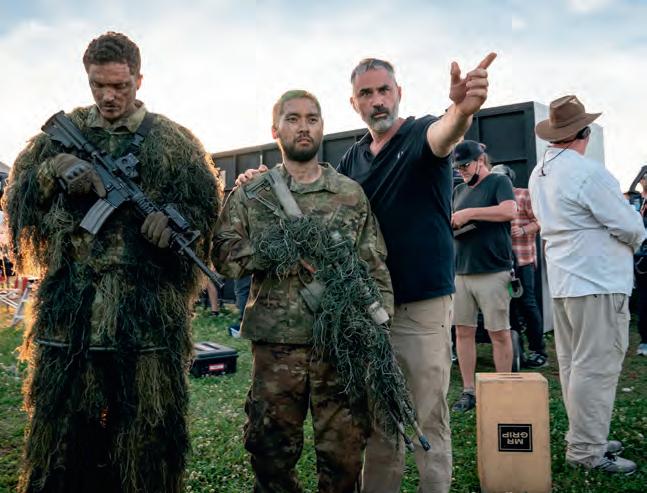
Dan Aykroyd was at Trilith filming some reshoots for a Ghostbusters production and he walked in on the set and came to tears.”
GFO’s Thomas stresses that Georgia isn’t just about studio square footage. The state can also provide a wide variety of locations to support its stages. “We have everything from mountains and coastlines to big cities and small towns,” she says. “So pretty much every script we get, we can fnd a location for. We don’t have glaciers, but the production team on Black Adam (2022) did manage to fnd a desert in South Georgia. We also have a lot of locations that can be used to double for parts of the US and Europe.”
The area surrounding metro Atlanta is used heavily for location shoots and is constantly busy with a mix of highend TV and flm projects. Henry ‘Hank’ Jones, co-executive producer on the third season of Will Trent, says: “There is a lot of specifcity here, for productions that want to play Atlanta for Atlanta. But the city can also be Anytown USA. It can be anything you need it to be.” Jones is also efusive about the “high-quality crew members here. Marry that with the Southern hospitality and I fnd that I’m preferring to work with Atlanta crews.”
This positivity is echoed by Ben Levy, showrunner on Me (2024), an AppleTV+ series about a 12-year-old boy who discovers he has superpowers. “We needed everything from rural to suburban to urban and we found it all here within a 25-minute drive. The DeKalb School of the Arts [in DeKalb County] became so much for us. It was a boarding school in New England, a middle school, a hospital and a prison.” Atlanta’s proximity to so many studios makes it an obvious place to scour for locations, but there is also a vibrant production scene around the city of Savannah. Situated on the Atlantic coast, this exquisite conclave has a remarkable track record of hosting flms — including classics Forrest Gump (1994) and Midnight in the Garden of Good and Evil
Lee Thomas
“We don’t have glaciers, but Black Adam did manage to find a desert in South Georgia”
(1997). More recent arrivals include the Clint Eastwooddirected Juror #2 (2024) and critically acclaimed May December (2023). Another project that flmed extensively around key city locations was Apple TV+’s series Manhunt (2024). Savannah Film Commission executive director Walker Dalton says Savannah has a “plethora of locations, ranging from our period properties to the Georgia coastline”. Savannah is probably best-known for its elegant 150-200-year-old houses, cobbled streets, leafy parks and bustling marketplace. But, Dalton says: “We cover everything within 60 miles of the city centre. So that’s small towns, meadows, marshes, beaches and so on. We have a lot of rural locations, so we get plenty of enquiries for ‘trapped in the woods’ horror movie-style locations. If you’re looking for something a bit diferent we are also a port city, so there's a lot of warehouses to choose from.”
Doubling is a possibility, Dalton says, pointing to Amazon Prime Video’s Clean Slate (2025), where the city stands in for Alabama. “I’d also draw attention to our light, which has a very particular efect on the lens. The light in recently produced movies like The Peanut Butter Falcon (2019) and May December is absolutely gorgeous.”
While locations and light are a big draw, Dalton says Savannah’s success is also down to great logistics, attractive financial support and a can-do film office. Savannah’s local incentive can be used in conjunction with Georgia’s state incentive. The headline, Dalton says, is that “we have increased it from $100,000 to $175,000 for feature films budgeted at $4m and above. We went from $250,000 to $300,000 for series that are fve-episodes minimum and have a $5m budget. In addition, there is a bump of $25,000 if your production employs at least 50% locals on it.”
As for flm-ofce support, Dalton says the Savannah team is keen to help producers create their best possible project: “We go to industry events and we talk about the rebate and locations, but more than that we want to be collaborators. I would love us to be a part of something that hits a moment in the cultural zeitgeist.”
Beyond Atlanta and Savannah, there are several emerging hubs of note. A case in point is Athens, home to the new $60m Athena Studios facility. Having opened in March 2023, the site landed its frst major shoot in 2024, The Woman in the Yard. A feature film from horror factory Blumhouse Productions, it was released in Q1 2025. The flm shot at Athena Studios during Spring 2024, and also used various locations in Athens and the nearby town of Bostwick. Athena Studios CEO Joel Harber has urged locals to register their property and businesses as potential shooting locations. Other locations that have won the attention of the wider flm-production community include Macon. Aaron Buzza, vice-president of development/COO at Visit Macon, told Location International: “There are terrifc locations in and around Macon. Downtown Macon has a variety of looks that can play for almost anywhere and any timeframe. And just outside Macon, we have farmland, forests and an area that can play for hilly deserts.”
According to Buzza, Macon is easy to work with: “I always tell people that everyone here does everything in their power to meet the needs of the flm. Producers and location managers don’t need to come to Macon to make the case for why the project makes sense here. We want to make it work and look for ways to ensure the flm’s success.”
In a similar vein, if the needs of a project change “it doesn’t take much time, nor additional investment to change the scope of the permit”, Buzza says. “We’ve had instances when
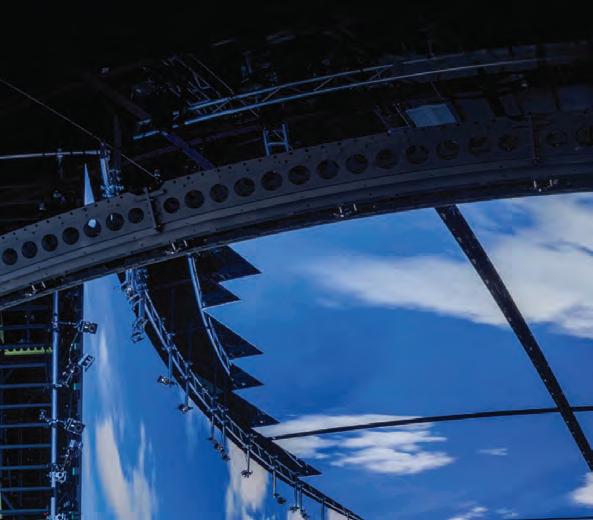


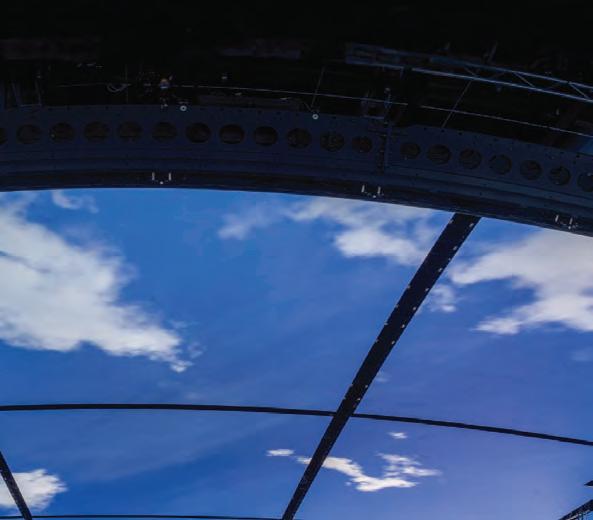
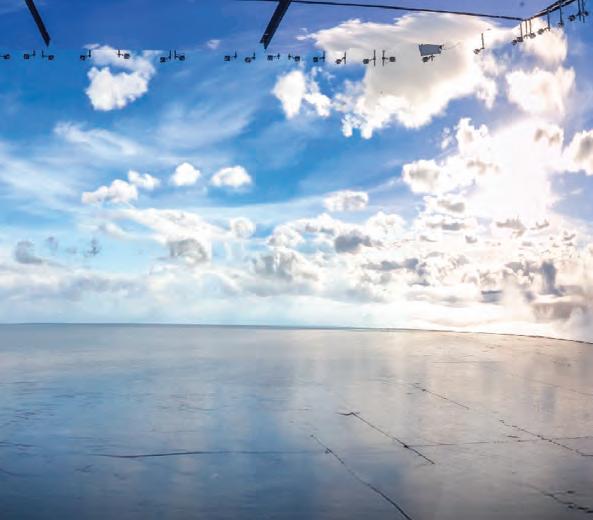

From features and shows to commercials and music videos; if you can dream it, we can bring it to life.

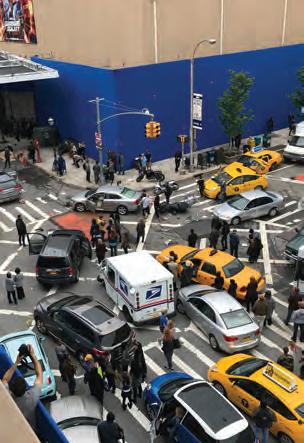



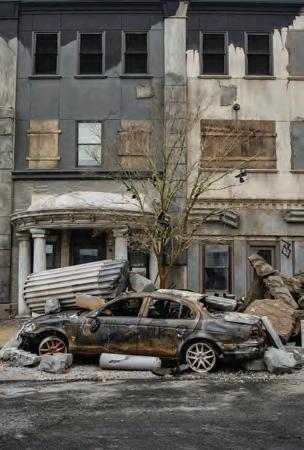


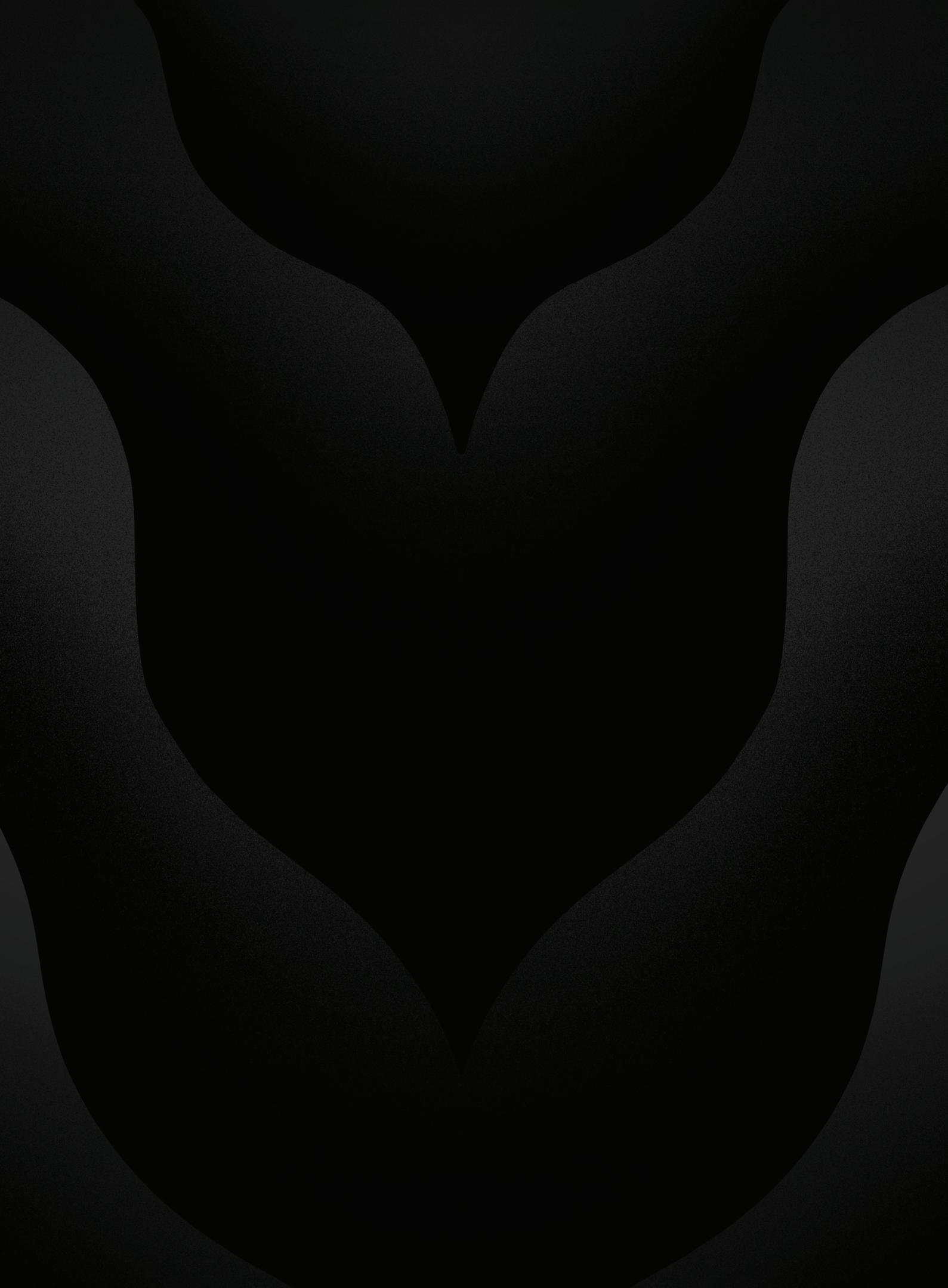
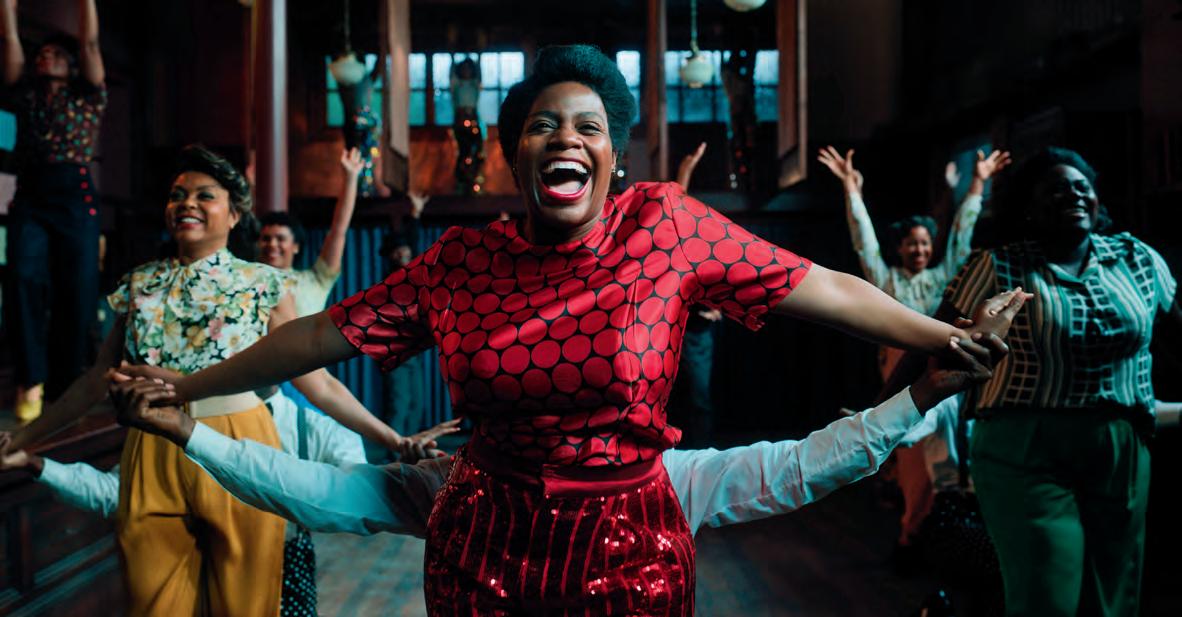
weather has caused issues, and with just a couple of phone calls, we’ve kept streets closed for longer than permitted and moved the production from one location to another. Businesses and residents enjoy welcoming cast and crew.”
In term of recent productions, Buzza says “we’ve hosted a number of TV shows, commercials and independent flms. We had a major production in Macon last summer, and that is set to premiere this year. We’re excited to see how the location was used.”
Perhaps the most noteworthy news out of Macon right now is that there is a studio complex under construction — with plans to open later this year. “The 40,000 sq ft space will be confgurable for productions of diferent sizes. It will feature a mill and editing space and is located minutes from Middle Georgia Regional Airport,” he says.
Augusta is another attraction for producers, says Jennifer Bowen, the city’s flm liaison. “As the second oldest city in the state, and one of the few cities not burned in the Civil War, we have architecture from the 1800s to the modern day. You can find mill row houses to mansions in our Summerville Neighborhood. Augusta is also home to the Medical College of Georgia and Georgia Cyber Center, both film-friendly, which provide hospital and governmentofce style buildings.”
Bowen also references the Augusta Canal, “an eight-mile waterway that cuts through the middle of the city. The canal parallels the Savannah River which also runs through downtown, separating us from South Carolina. These water assets are accessible within the city limits giving a very rural feel while still being within a city.”
Jennifer Bowen
”As the second oldest city, Augusta has architecture from the 1800s to the modern day”
Augusta occasionally works with international productions, but its line of business mostly comes from US productions:
“The Hill [2023] starring Dennis Quaid flmed in Augusta and the surrounding area,” Bowen says. “Five Star Murder flmed in Augusta in 2023 for Tubi and is streaming on that channel currently. Smaller independent flms, The Observance and Mister Sleep, flmed in Augusta in 2023 and 2024.”
Over and above its location-based attributes, Bowen says “Augusta is a very flm-friendly city and region. Our leaders are committed to growing the flm industry and not creating red tape to do business in our area. We do not have permit fees nor application fees and our location costs are 1/10th of what they are in Atlanta.
Other places enjoying a surge in flming activity include Rome in northwest Georgia, says the GFO’s Thomas. “They've done a lot of Stranger Things up there. Likewise, some of Georgia’s mountain towns around Clayton and Rabun County have been really good about positioning themselves for more modest-sized projects. They provide great customer service, which is kind of their sweet spot.”
Thomas stresses that nowhere in Georgia is of limits — and that there are mechanics in place to encourage producers to travel. An example is the Camera Ready Community Programme. “Essentially, every county has a designated person that liaises with our ofce to try to get projects into their area. If we get a script with an unusual request, we can send it out to all these reps to see what's in their area.”
Georgia’s 30% incentive also has a component that encourages producers to flm outside the Atlanta area. In short, 20% of the 30% incentive is for flming in Georgia and the fnal 10% is for productions that deliver promotional value. Producers can earn points towards this additional 10% by shooting away from Metro Atlanta. With its strong incentive, robust crew base and studios popping up across the state, there’s no question Georgia is in good shape. And as Thomas points out, support-services companies, including VFX and post houses, are solidifying the state’s position as a one-stop-shop for production. Virtual efects studio Whiskytree, for example, opened a facility in Alpharetta last year. “It’s been a bruising couple of years,” Thomas says. “But coming into 2025, it feels like we’ve turned a corner.”











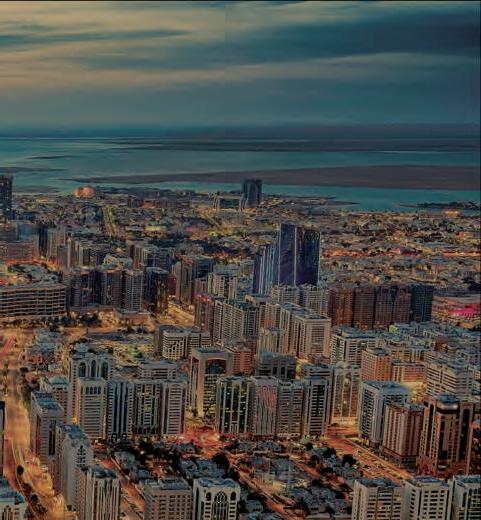


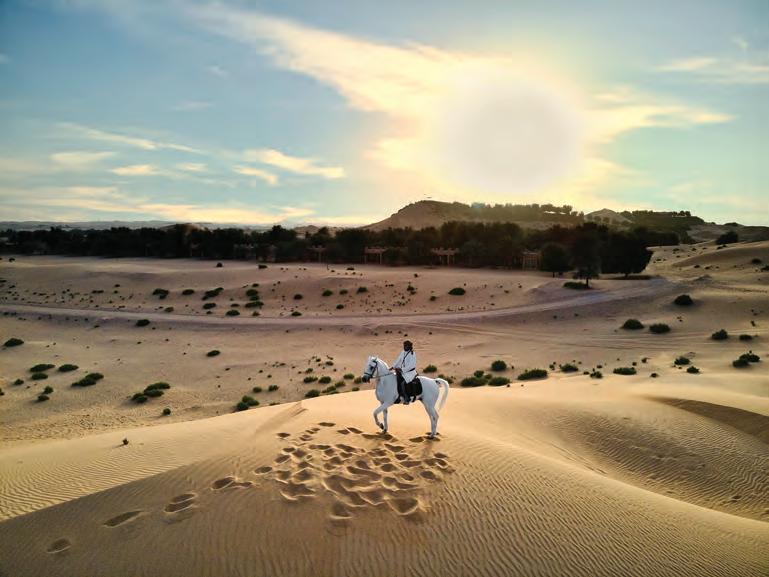
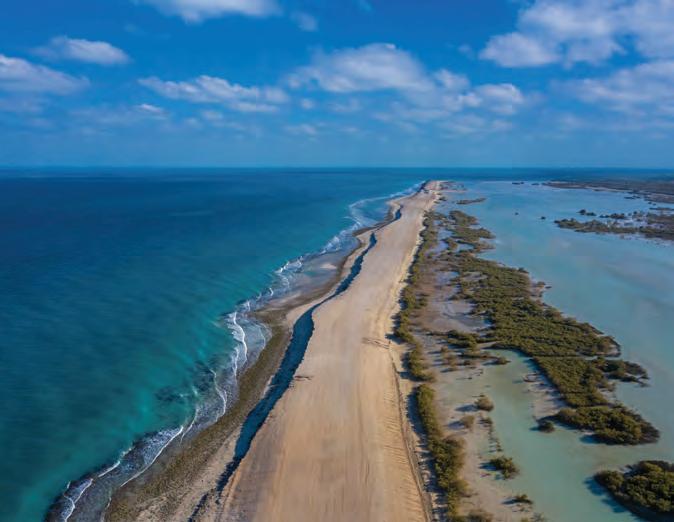

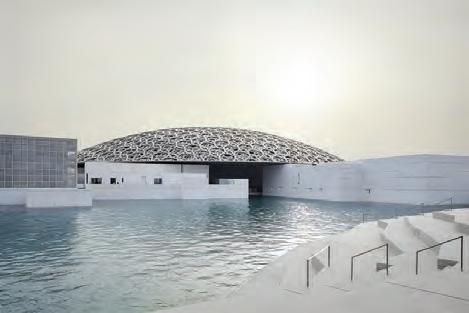
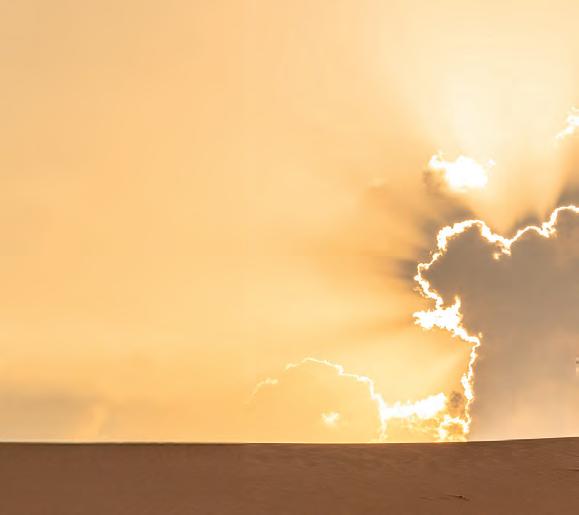

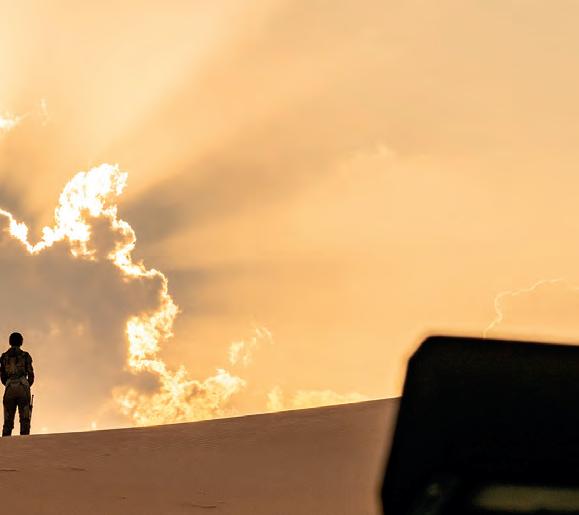
As film and TV look further afield for the right backdrops to tell their stories, so territories worldwide are opening up to all kinds of productions. Gary Smith looks at how the Middle East and North Africa are hosting and facilitating shoots for all kinds of storytelling
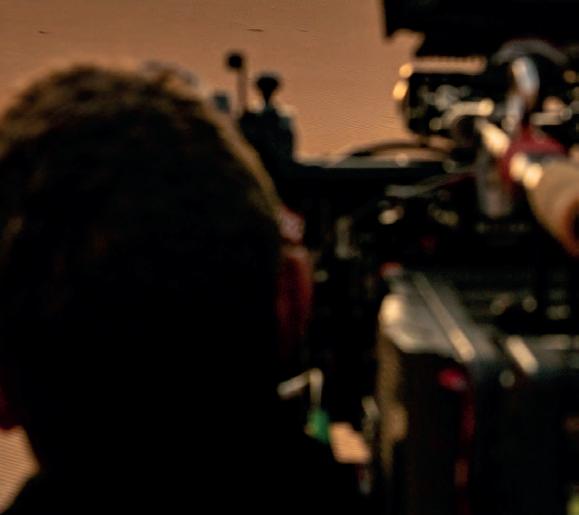


WWE CAN be forgiven for thinking of the Middle East and North Africa simply as perfect places to film other planets and desert epics. But there are other kinds of location in those regions that can inspire a wide range of productions and become part of the story.
Karim Naceur, executive producer of This Land Is Calling (2024), the promotional film produced by Partisan and BETC for the Saudi Tourism board, says he was overwhelmed by the wealth of stunning locations in the country: “There were so many things to pack into the film that we really had a battle to keep the length down to below two minutes,” he says. The production was serviced by Truffle, a production company with bases across the region. “They were technically
excellent,” Naceur says. “But also, they really helped us with permits, which was complicated because our locations were so spread out that we had to deal with separate authorities and permit applications for most of them.”
Locations included the archaeological site Hegra, also known as Mada'in Salih; and Al-Balad, “the traditional and very authentic old town of Jeddah. It’s the first time I have included so many locations in one film,” Naceur says. When it comes to true ‘otherness’, AlUla is a cinematic wonder offering unmatched heritage including Saudi Arabia’s first UNESCO site, Hegra, alongside diverse and striking locations with mountain ranges, nature reserves, 111 beautifully preserved tombs, a 12th-century old town and 80 natural springs at the oasis. “AlUla is also a dynamic and evolving city with a population of approximately 60,000, a wealth of restaurants, plus a strong culture and community,” says Zaid Shaker, acting executive director, at Film AlUla. “This, paired with modern infrastructure which we are continuing to develop, and dedicated production support,

sets AlUla apart. We have also developed a brand-new studio complex in AlUla.”
In the last 12 months AlUla has hosted the Turkish-Saudi feature flm Siwar, from Saudi director and producer Osama Alkhurayji; director Shahad Ameen’s adventure drama, Hijra; and Stampede Ventures’ K-Pops!, Anderson .Paak’s directorial debut which launched at the 2024 Toronto International Film Festival. The flm follows a Los Angeles-based musician, played by Paak, who travels to South Korea in an attempt to reinvigorate his career by writing for K-Pop stars.
The drama Hijra centres on the bond formed between different generations of Saudi women during a journey across the desert to Mecca. The 17-day shoot took place in AlUla with 60 crew members, utilising the idyllic Shelal area; the heritage Hijaz Railway Station; Wadi AlFann, also known as ‘the valley of the arts’, a cultural destination for contemporary art; and the lush green oasis of the Tayma archeological site, a destination in AlUla where tools and warrior tombs from the Bronze Age have been discovered. Legendary Entertainment, the production company behind the flm Dune: Part One (2021), returned to Abu Dhabi to shoot the highly anticipated Dune: Part Two. Abu Dhabi reprises its role as the iconic setting of the desert planet Arrakis in Denis Villeneuve’s adaptation of Frank Herbert’s best-selling novel. The movie, from Legendary Pictures and Warner Bros. Pictures, flmed in the Liwa desert — in the Western Region of the Emirate of Abu Dhabi — for over a month. Production services were provided by Epic Films, along with support from a number of UAE production partners.
For the 27 days of flming, the crew of Dune: Part Two shot at and around the stunning green Liwa Oasis, where the Abu Dhabi authorities went to great lengths to accommodate its visitors: “We built a 30-km road to facilitate access to multiple locations, plus there were not enough hotel beds in the immediate area so we built a temporary village that housed 150 people. And then, of course we had to maintain the road because everyday usage and desert conditions mean that it needed regular attention,” says Sameer Al Jaberi, head of the Abu Dhabi Film Commission. “Another example of how we work closely with the authorities is the shoot for Mission:Impossible – Fallout (2018). Scenes including the famous HALO (High Altitude Low Opening) parachute jump were flmed in the skies over Abu Dhabi.
"If it wasn’t for the help of the UAE, we wouldn’t have been able to do this stunt," Tom Cruise says. "It involved jumping from over 7,000 metres, descending at 300 kph and opening the parachute as low to the ground as possible to avoid detection, and we were able to do it for real thanks to them.”
During the latter COVID period, Bollywood production Vikram Vedha (2022) was shot across multiple locations in Abu Dhabi, including Al Wathba Wetland Reserve and twofour54's backlot, which provided the setting of the war-torn city and Arabian-themed marketplace. “We were one of the few countries that was busy during the pandemic because we could ofer isolation bubbles and safety corridors
Tom Cruise “If it wasn’t for the help of the UAE, we wouldn’t have been able to do this stunt”
for cast and crew,” Al Jaberi says. “So for Vikram Vedha we used the 300,000 sq m backlot for the cast of 600 people, plus 250 crew, and all of them had an app on their phone to remind them to take PCR tests and show their certifcates. The whole thing went very smoothly, and all cast and crew stayed safe.”
Jordan has long been a destination for the global flm and TV industry, but since the Gaza War, insurance premiums have tripled, meaning that most recent shoots have been local and regional. “Jordan has always been a flming destination for the whole world, particularly from Hollywood and Bollywood,” says Jordan’s Royal Film Commission (RFC) CEO, Mohannad Bakri. “We are lucky that the regional TV industry has grown so much, and that we have huge opportunities thanks to that. In particular, the Saudi streaming platform Shahid has become the Netfix of the MENA region, and Saudi Arabia is very active in terms of production across the Middle East.”
Boomah, a local production that was hosted recently by the RFC, was directed by Zaid Abu Hamdan, and is being positioned as an Arab-world thriller, similarly gritty to La Haine(1995), City Of God (2002) and Gomorrah (2014-21). Boomah is the Jordanian director’s second feature after his acclaimed female-focused drama Daughters Of AbdulRahman (2021); it shot for 30 days in Jordan.
With a population of 11.5 million, Jordan has a mature local flm industry with a large pool of highly skilled technicians: “The local crews have a wealth of experience, and you see that refected in how small visiting crews are. Dune: Part Two shot here at the Wadi Rum, also known as the Valley of the Moon, chosen for its soft, red sand and granite and sandstone clifs and rocks. There were 235 Jordanian crew and cast alongside 285 foreign crew and cast.”
According to Ali Azarmi, managing partner at Dubai-based
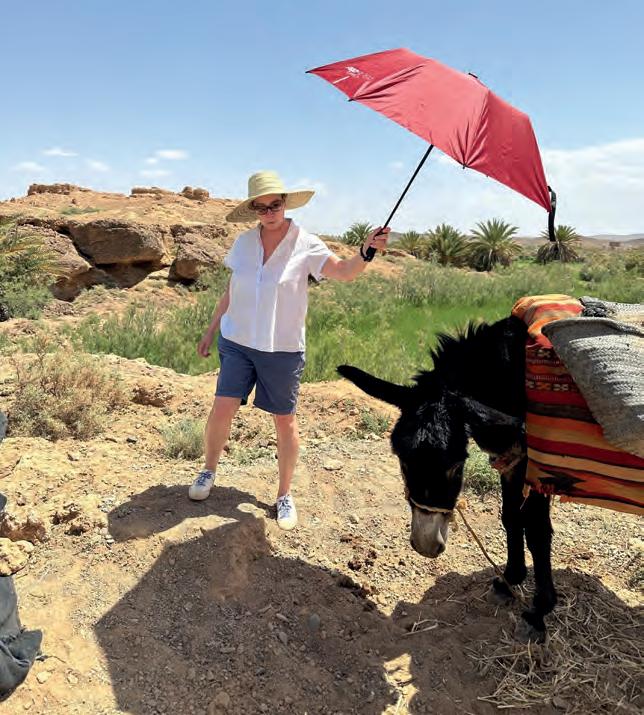
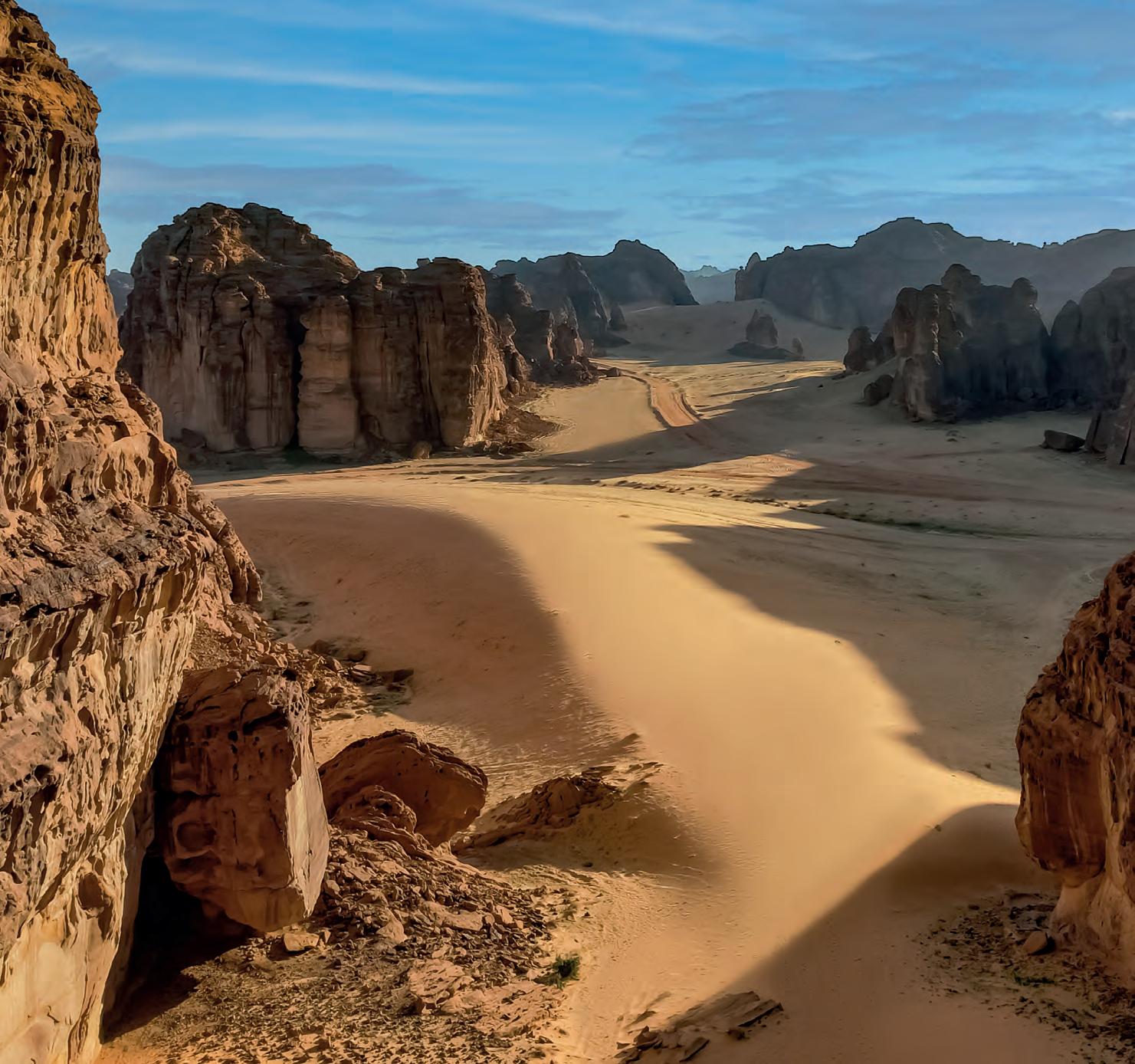
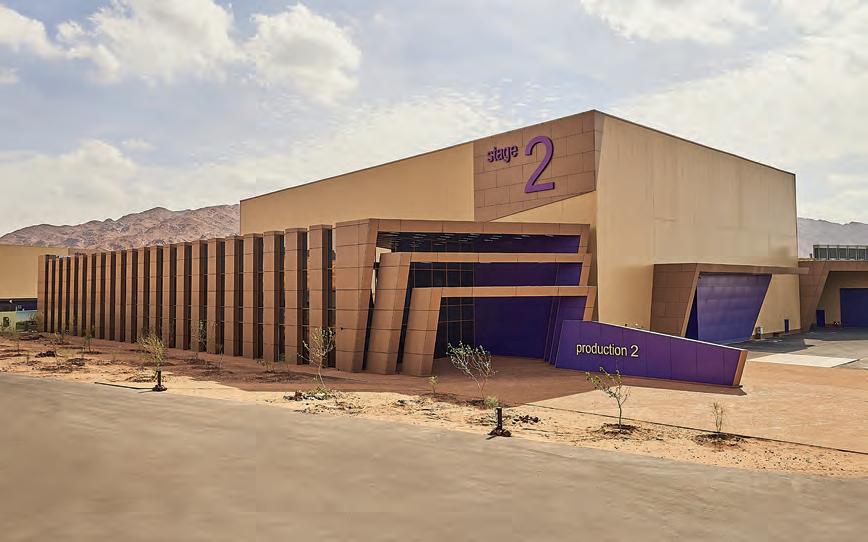
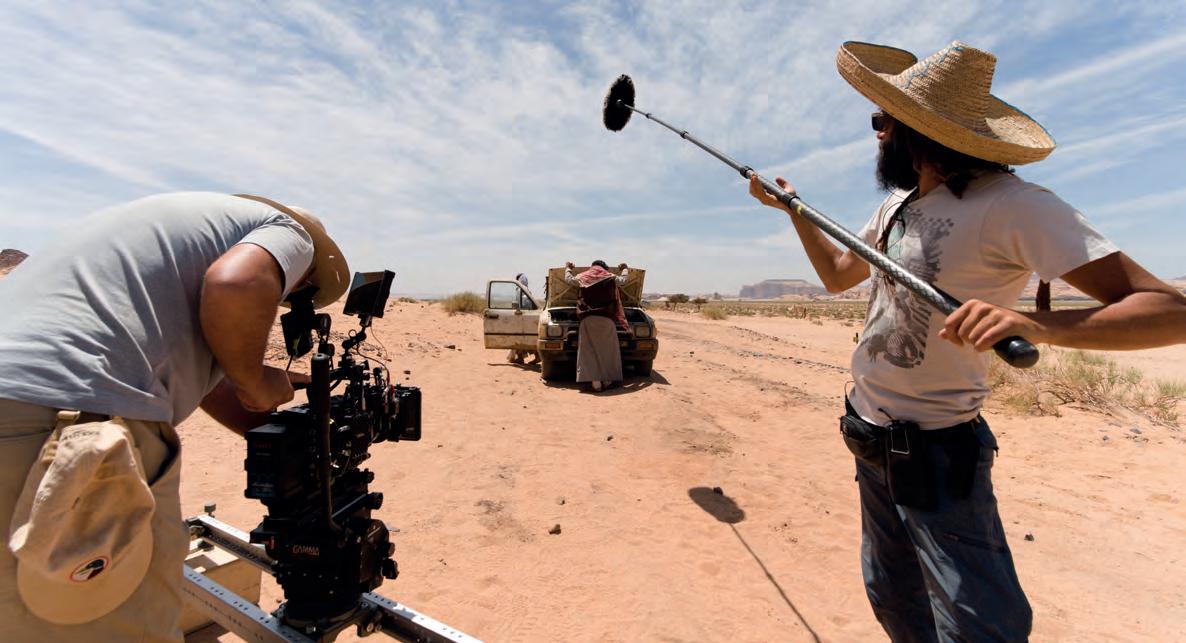
Joy Films, 2025 has started surprisingly well: “Usually January and February are fairly quiet, but it must be said that the UAE is not seasonal, so we have to expect the unexpected, especially when we have eight months per year of great weather.” Azarmi spent most of the last 12 months working on Meet The Architects, a documentary for the Neom development project covering the 13 architects who have been commissioned to create a string of new seaside resorts around the Red Sea. “The project is for McCann London and directed by Clay Jeter. The brief for the resorts was highly unusual. One of the architects said that he hadn’t had a brief like that since his college days. They were asked to design something that was both out of this world and yet that also belongs in its environment. But the real challenge was to design buildings that could be constructed with a minimal carbon footprint, which meant that new ways of constructing had to be found using techniques that are on the edge of what’s possible.”
Like something from a Bond flm, one of the projects has been constructed in a hollowed-out mountain: “It’s invisible from the outside and access is from under water,” Azarmi adds. “The documentary shows how the architects rose to the challenge and projected themselves into the future of design and construction.”
According to Khadija Alami, producer at K Films, filmfriendly Morocco regularly doubles for Iraq, Syria and Afghanistan, and the amount of foreign business is on the up: “The volume is growing, with most of it coming from the US and the UK, but also from all over the world,” Alami says. “We
Mohannad Bakri
“Jordan has always been a filming destination for the whole world, particularly from Hollywood and Bollywood”
have hosted and produced Brazilian, Turkish and European shows over the last 12 months, but the biggest productions we’ve welcomed were both international jobs.”
TV series Martin Scorcese Presents: The Saints (2024-25) — produced, hosted and narrated by Martin Scorsese — was in Morocco for a month. The series explores the lives and sacrifces of historical saints including Joan of Arc, Francis of Assisi, John the Baptist, Thomas Becket, Mary Magdalene, Moses the Black, Maximillian Kolbe and Saint Sebastian. Both shoots worked with a crew of around 150 people, and both used the entirety of Oasis Studios. “We ofer amazing locations and sets; a generous cash rebate of 30% on top of VAT exemptions; no cultural boxes to tick; highly skilled crews; good infrastructure; and the authorities are very helpful,” Alami adds.
Theodosia is an Egyptology-themed tween live-action series produced by Paris-based Cottonwood Media and German public broadcaster ZDF. The second season was flmed in 2023, across Paris, Belgium and Morocco.
The production team shot Morocco for Egypt, basing themselves at Ouarzazate, just south of the Atlas Mountains. It’s a popular location for flms and series that need desert locations, with studios and crew on-hand to service visiting productions.
“The process was quite simple. In Morocco they shot Asterix & Obelix: Mission Cleopatra (2002), for example, which is also a movie set in Egypt, and they have shot big productions like Gladiator (2000), so they are very professional, they take charge of all your needs,” producer Cecile Laurenson says. “You contact a local producer in Ouarzazate and they organise everything for you.”
One element the local crew doesn’t have control over, however, is the heat. “We were flming near an abandoned village — it was built, I think, for a Syrian TV show years ago. It’s pretty wrecked and we were flming near there and had a donkey as part of the dressing on the set,” director Alex Jacob says. “It was so hot that we had somebody just stand with an umbrella over the donkey to make sure it had shade. We’re all sat hiding under the palm trees and cast members are in the tent with air-conditioning, and this poor donkey was just looking around as though to say, ‘What about me?’.”
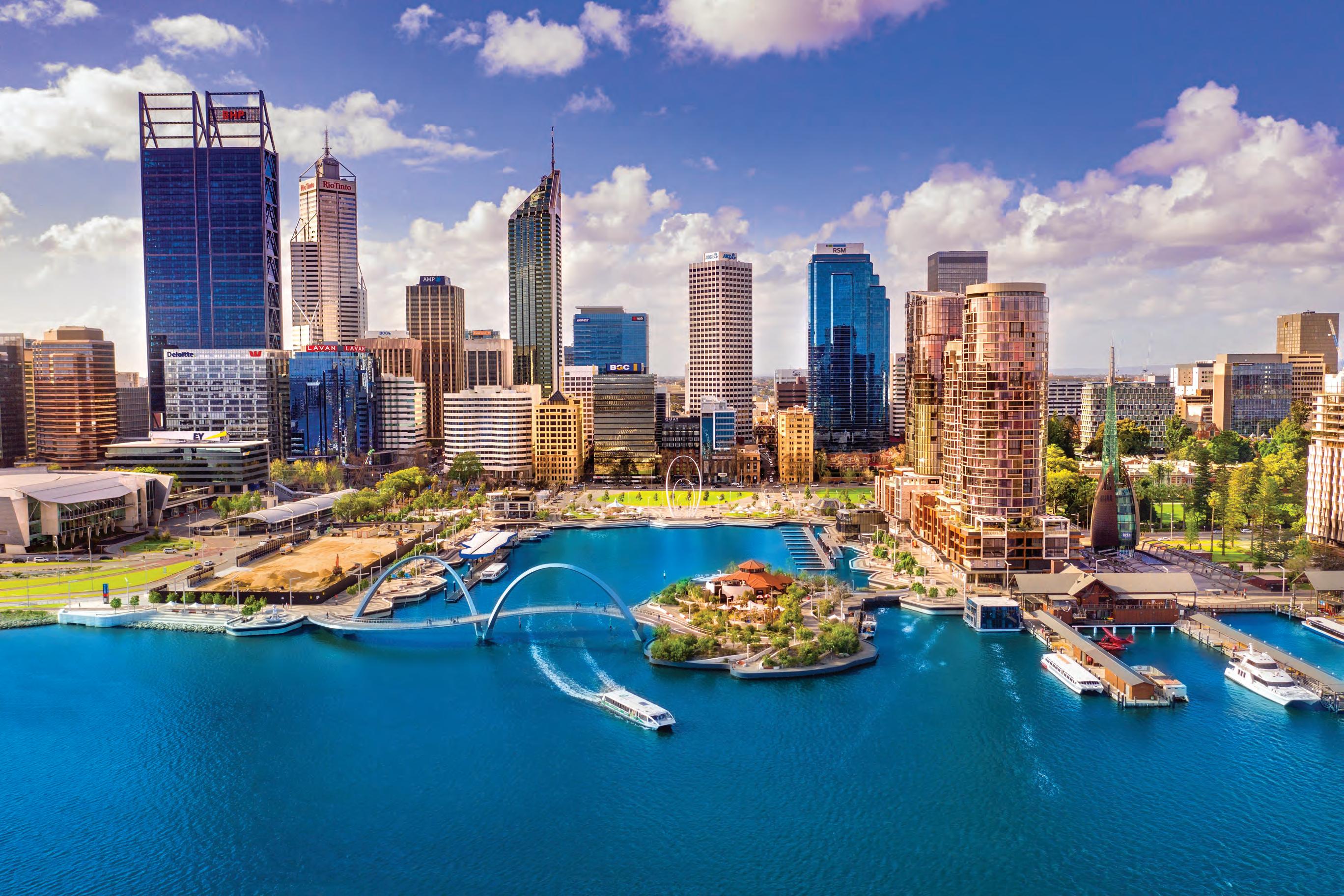

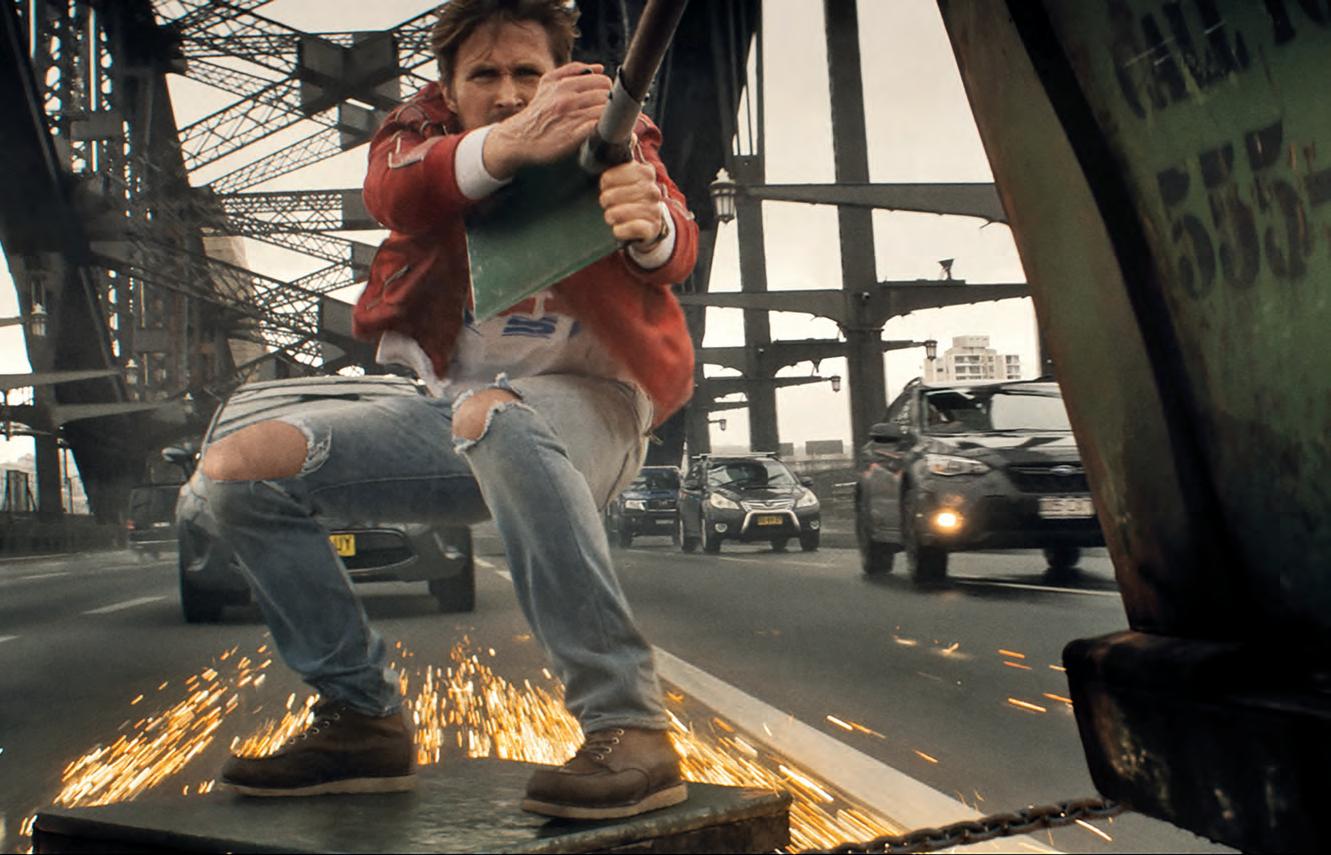
Ever punching above its weight, Australia is holding its own on the international marketplace as a source of feature films and TV series. And it’s proving to be an increasingly popular production hub for homegrown as well as international productions.
Clive Bull reports
AAUSTRALIA has a rich heritage of film and television production dating back more than a hundred years. In fact 1894 saw the first public screening of a film, in Pitt Street, Sydney, using an Edison Kinetoscope, and the 1906 production, The Story of the Kelly Gang, is widely regarded as the world's first-ever feature film. And with its first television broadcast taking place in Melbourne in 1929 the country was pioneering on the small screen as well. And it is that history that has helped to build and establish Australia’s reputation for top-class crews and expertise, alongside some of the world’s most diverse locations. Today there is a constant flow of international and domestic productions including recent major Hollywood projects Godzilla x Kong: The New Empire (2024), The Fall Guy (2024) and Better Man (2024) — Oscar-nominated for the work of its Australian VFX team.
Godzilla x Kong: The New Empire, the latest entry in the Godzilla franchise, was primarily shot in Queensland and supported by Screen Queensland, with filming taking place around the Gold Coast and at Village Roadshow Studios. “Queensland has always been one of our favourites on the Monsterverse films, with varied locations, great studio facilities, really first-class crew and craftsmen,” producer Eric McLeod says. “We came here first on Kong: Skull Island [2017], came back for Godzilla vs. Kong [2021]and now on the sequel. It offers great diversity in locations, set building and environments, everything from beaches to jungles to mountains to cityscapes. The reason we decided on the Gold Coast specifically for this film is the same as
the other two films — diversity of locations and a solid crew base. Also, the studios are world-class and they give us the size and scope of stage space and working environment to achieve what we’re looking for.”
Directed by David Leitch, the action-comedy film The Fall Guy stars Ryan Gosling and Emily Blunt. It was shot at Disney Studios Australia, and at a number of iconic locations in Sydney, including the Sydney Harbour Bridge and the Sydney Opera House. Leitch says that the stunt filmed on the Harbour Bridge was particularly ambitious as there was only a four-hour window to film the sequence, in which Gosling was dragged across the bridge at 48km/h while hanging onto a shovel.
Primary filming for Better Man, the Robbie Williams biopic, took place at Docklands Studios in Melbourne. Director Michael Gracey brought the production to his hometown and made Better Man the biggest film ever made in Melbourne, Victoria, which VicScreen says created almost 3,000 jobs and injected AUS$142m in direct Victorian expenditure into the local economy. The movie stars Jonno Davies as Robbie Williams, who is shown as a chimpanzee, using motion-capture technology.
With Furiosa: A Mad Max Saga (2024) director George Miller once again put Australia's dramatic landscape in the spotlight recreating a post-apocalyptic vision. The blockbuster starring Anya Taylor-Joy and Chris Hemsworth is said to be Australia’s biggest and most expensive movie to date, and was primarily filmed in New South Wales, with key locations including Broken Hill, Hay, Kurnell and Terrey Hills.
According to Ausfilm CEO Kate Marks, this continuing stream of incoming production has experienced something of an uptick since mid-2024, a boost which coincided with the Australian Government’s new Location Offset passing through parliament in July last year. The 30% tax rebate is for big-budget film and television projects shot in Australia and can be combined with state and territory government incentives.
“It’s a really healthy pipeline of projects that we anticipate as a result of the reforms to our location offset. It's really exciting,” Marks says. “The incentives, underpin Australia’s competitiveness, but it's really everything else that Australia has to offer as well. I always say first and foremost that it is our people. International filmmakers generally do love working with Australians — Australian crew, Australian cast.”
“It’s our people and it’s our facilities. We have got world-class studios, post-production visual effects and a vast country with diverse locations,” she adds. All of those elements, combined with the new incentives have made Australia a stronger production destination because, she says, they provide the kind of certainty and consistency international producers are looking for.
Already in production this year is The Mongoose , an upcoming thriller starring Liam Neeson as a war hero accused of a crime he didn’t commit, with the action based around a cross-country car chase. Filming has been taking place in regional Victoria, standing in for various US states including Kentucky, Arkansas and Texas. Directed by Mark Vanselow, The Mongoose is another production supported by the Australian government’s Location Offset as well as VicScreen’s Victorian Screen Rebate.
Over at Screen Queensland CEO Jacqui Feeney, agrees that the pipeline is looking positive for 2025. “2024 was an incredibly solid year for both attracted and local production in Queensland and that momentum is even stronger this year,” she says. Through the Queensland Government’s

Production Attraction Strategy, Screen Queensland secured three productions from Amazon MGM Studios—The Bluff, Balls Up and Voltron—and further repeat business from Legendary Entertainment with season two of Monarch: Legacy of Monsters 2024 was also a strong year for Australian film and series production in Queensland, including Brouhaha Entertainment’s Dangerous Animals; Goalpost Pictures’ Black Snow; Fremantle Australia’s Rock Island Mysteries; CJZ’s Darby and Joan; Tracking Films’ Spit and Jaggi Entertainment’s survival thriller Killer Whale; and You, Always which filmed in tropical North Queensland and at the recently opened Screen Queensland Studios, Cairns. Production is also under way on Bear Country starring Russell Crowe; Spa Weekend, an upcoming comedy directed by Jon Lucas and Scott Moore; and Sky Original Fing which is filming at Screen Queensland Studios, Brisbane. Director Luke Sparke chose Brisbane as the backdrop for the action thriller Bring Him To Me (2023), starring Barry Pepper and Jamie Costa, which turned the Queensland capital into a mid-American setting. He personally scouted locations with the locations manager, choosing places that had an American atmosphere and used visual cues including Americana props, American flags and American accents to create an authentic feel. Additionally, he looked for bridges, motorways and cityscapes that felt very American to him. One of the most challenging aspects of the location shooting was driving on the opposite side of the road and flipping shots to make it look like the characters were on the correct side while at the wheel.
“Queensland is blessed with some of Australia’s best beaches, rainforests and jungles, bushland, mountains, deserts, cane fields and tropical islands, as well as contemporary cityscapes and heritage towns, so we can quite effortlessly double for myriad locations,” says Feeney, who points to John Quaintance’s new series Good Cop/Bad Cop as an example of the local and international coming together. Now streaming on The CW and Roku in the US and Stan in Australia, the production was filmed around the Scenic Rim and Gold Coast, doubling for Washington State.
“This co-production between Future Shack and Jungle Entertainment may be US-led but is very much a local
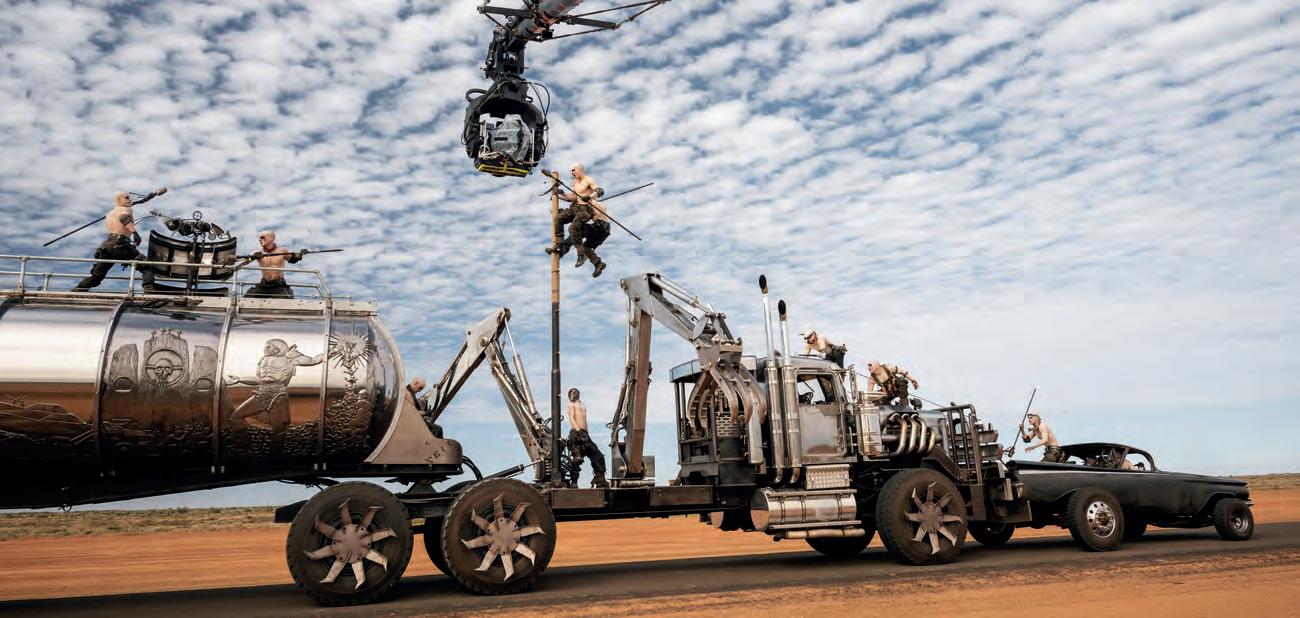
production in the sense that directors, writers, heads of department, crew and most of the cast are Australian and largely from Queensland. It speaks to the trust that’s been built in our local creatives to lead much of the production delivery and highlights that we have everything you need in terms of talent here in Queensland.”
A key component of the Gold Coast offering is Village Roadshow Studios which has hosted Nautilus, Good Cop/ Bad Cop, Apples Never Fall, Mortal Kombat 2 and Voltron, among others. “One of the main appeals producers identify is that we have a film-friendly council with a dedicated development division and are the only council in Australia that has an incentive for film production,” says Lynne Benzie, president of Village Roadshow Studios. “The incredibly diverse range of locations within reach of the Studios includes beaches and jungles which have doubled for the Asia Pacific region, Miami, Europe and much more.” 2024 was a record year for scripted production in Western Australia with multiple projects going into production via the WA Production Attraction Incentive and Scripted Production Funds. A number of high-profile projects were attracted to the state including Warner Bros. and Easy Tiger’s The Twelve series three starring Sam Neill, Bruce Beresford’s feature Overture and locally produced We Bury the Dead, starring Daisy Ridley.
“Being the biggest state in Australia and making up one third of the continent, Western Australia (WA) has everything
Chris Veerhuis "Only in Western Australia can you get a Boab tree set by the ocean and a Southern Ocean swell all in the same state"
from white-sand beaches to remote outback vistas and everything in between,” says Chris Veerhuis, Screenwest head of production. “Perth can double for Southern California and the local hills have been shot for both France and the UK. Only in WA can you get a Boab tree set by the ocean and a Southern Ocean swell all in the same state.”
Due to open in early 2026, construction is well under way on Australia’s newest facility, Perth Film Studios. The facility will include four purpose-built sound stages, as well as production offices, an art department and wardrobe, workshops, a backlot, parking and set storage.
Australia’s Northern Territory (NT) was front and centre stage in the six-part Netflix series Territory (2024). The neo-Western follows the power battle of a cattle-ranching dynasty and was filmed across the Northern Territory and South Australia in areas so remote they’re barely inhabited — let alone shown on-screen. Locations included the UNESCO World Heritage–listed Kakadu National Park — with special permission from the Traditional Owners — and Tipperary Station, a real-life, working cattle station that’s so large it has its own airfield and school.
Filming was secured in the NT through Screen Territory’s Production Attraction Incentive Program, which contributed AUS$1.3m to the production. In addition to the breathtaking desert and outback settings, NT offers filmmakers lush rainforests, waterfalls, wetlands, rocky escarpments, plus the buzz of a modern tropical cosmopolitan city or the community spirit of small country towns.
The capital of the Northern Territory, Darwin, features a coastal cityscape with stunning waterfronts and beaches that can serve as backdrops for urban, beach or sunset scenes. The screen industry in NT is growing rapidly with recent productions including NCIS: Sydney shooting special episodes in Darwin, and Prime Video’s crime comedy Deadloch heading to the territory for Season Two. Kevin Whyte and Tanya Phegan, the show’s executive producers at Guesswork Television said they were excited to be taking the series to the territory. “The NT is on a roll, with a great string of productions touching down in Darwin and an increasingly assured skill base, making it more than just home to stunning locations. We are hoping this will be the first of many shows we bring to Darwin and the Territory.”



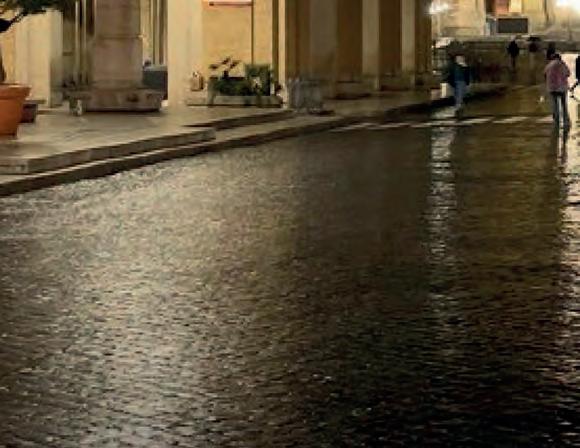
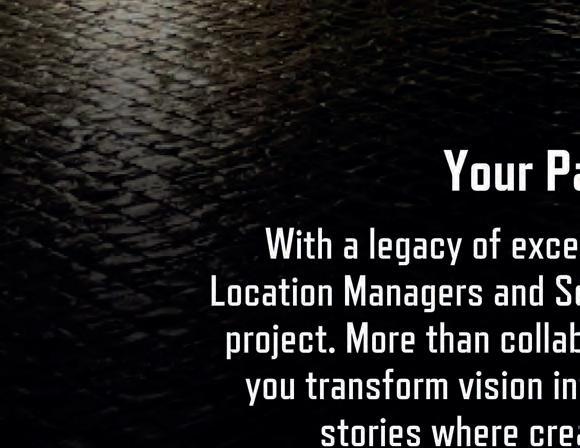
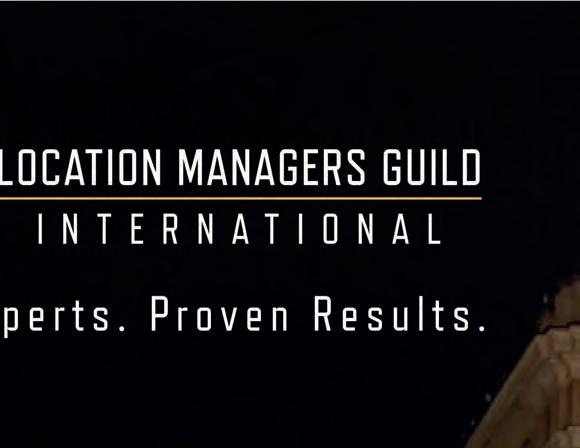

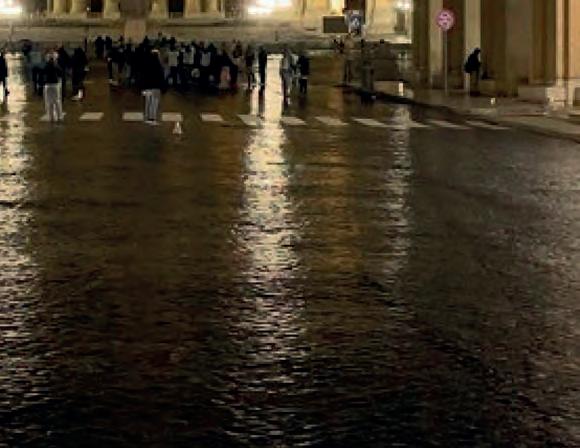
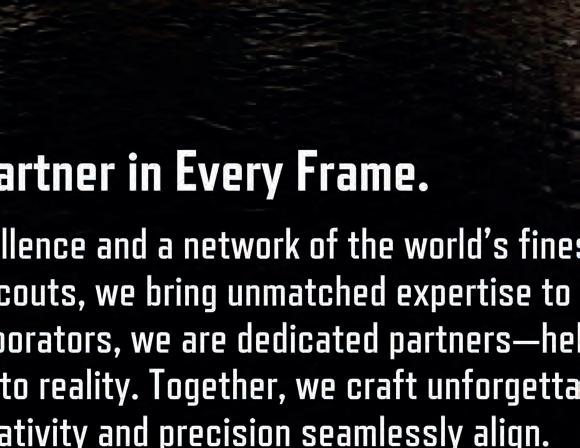




“I have a list of reasons for coming back here, but the top one is I budget flms, and here in New Zealand we get the most on screen for our dollar.”
Mark Katchur –Executive Producer M3GAN and M3GAN2
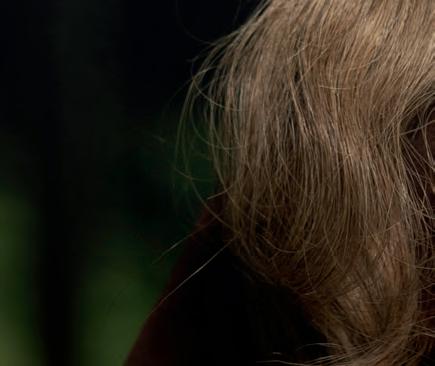


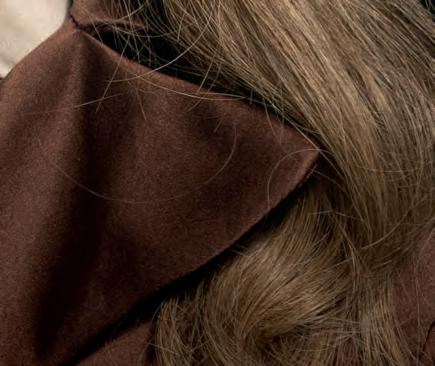
It all stacks up –for accurate comparisons refecting 20% or 25% Rebates, benefcial exchange rates, NO fringes and low cost of living, talk with us about covering a budget fip.
M3GAN, courtesy of Blumhouse
